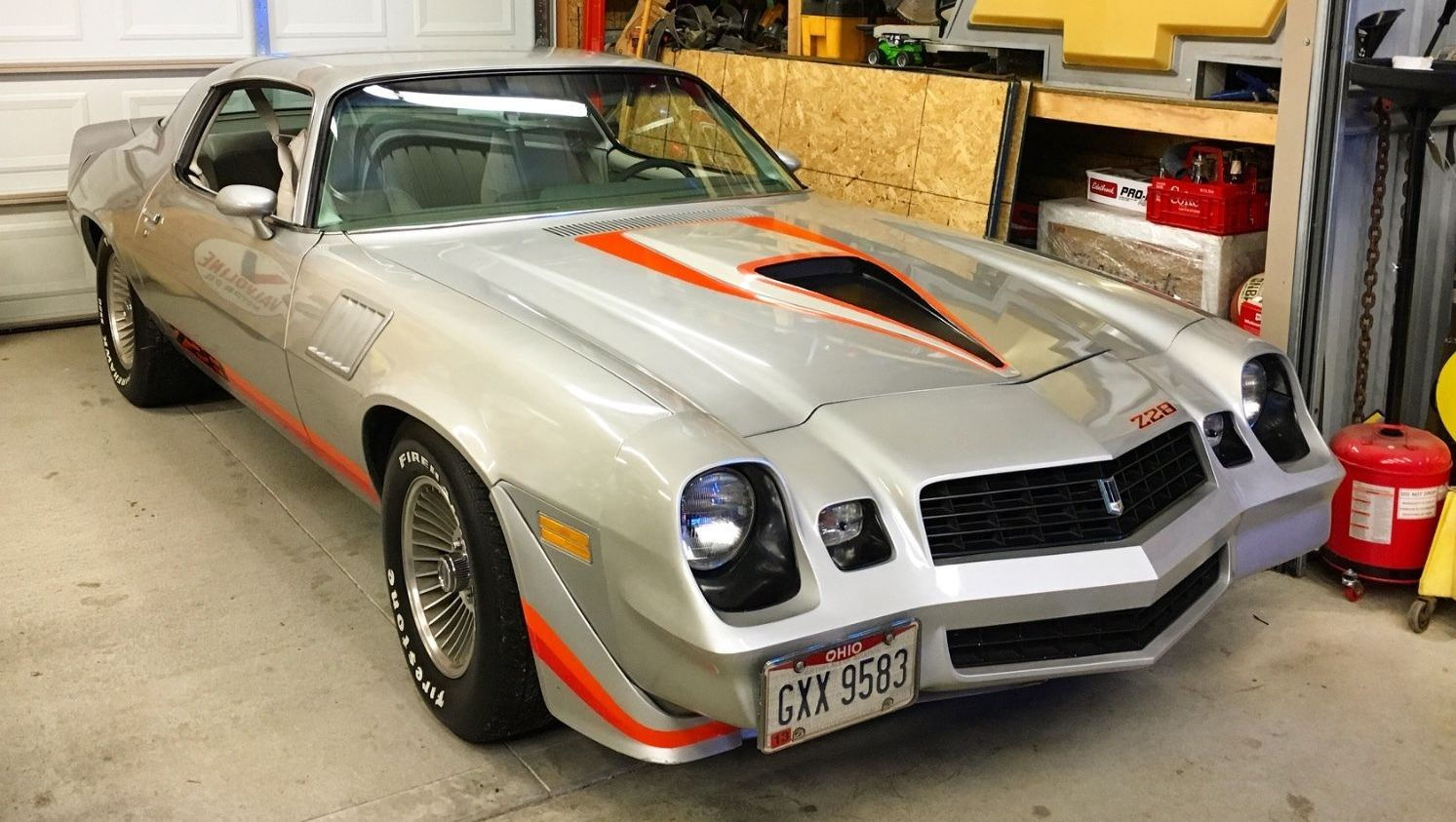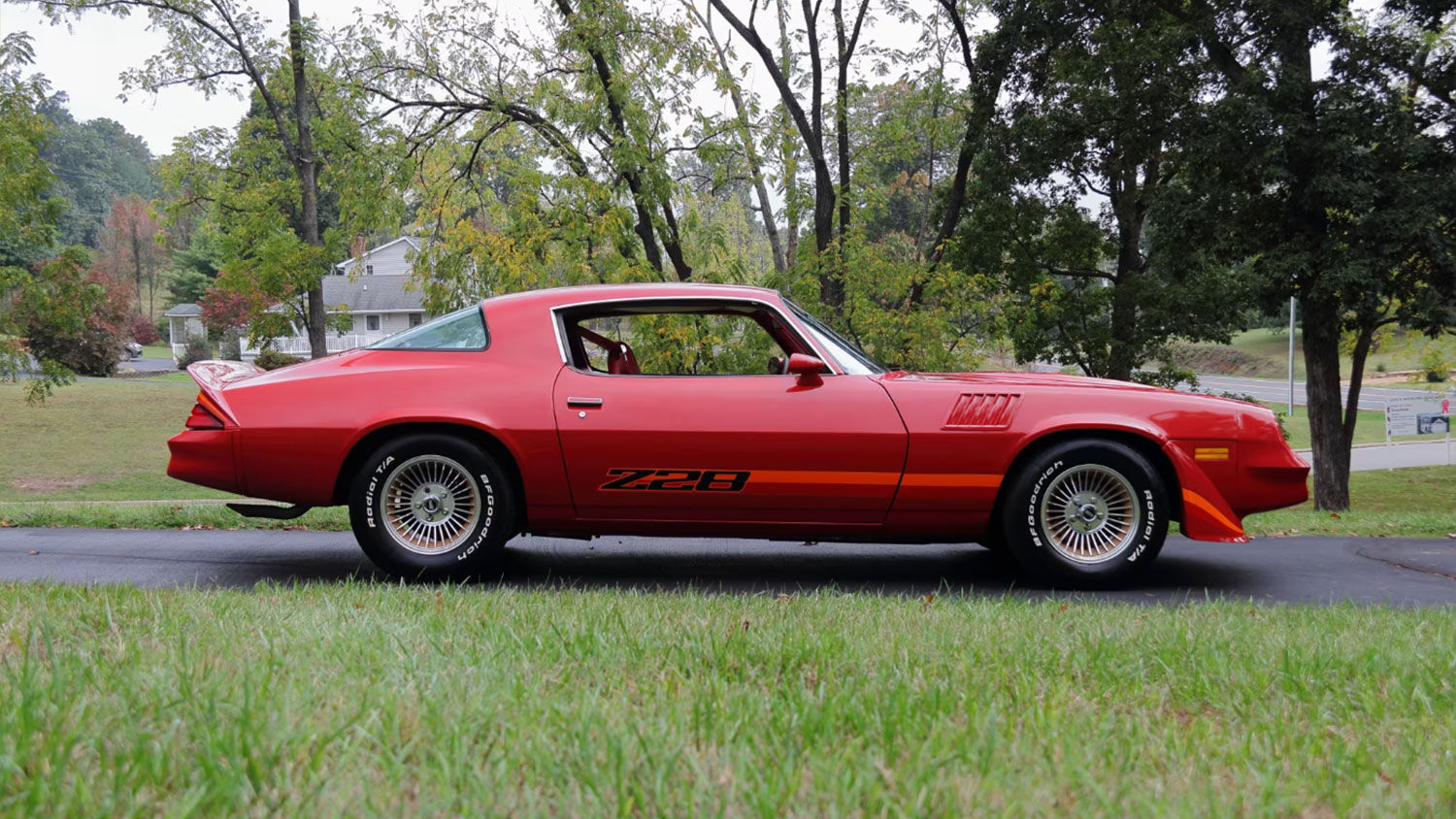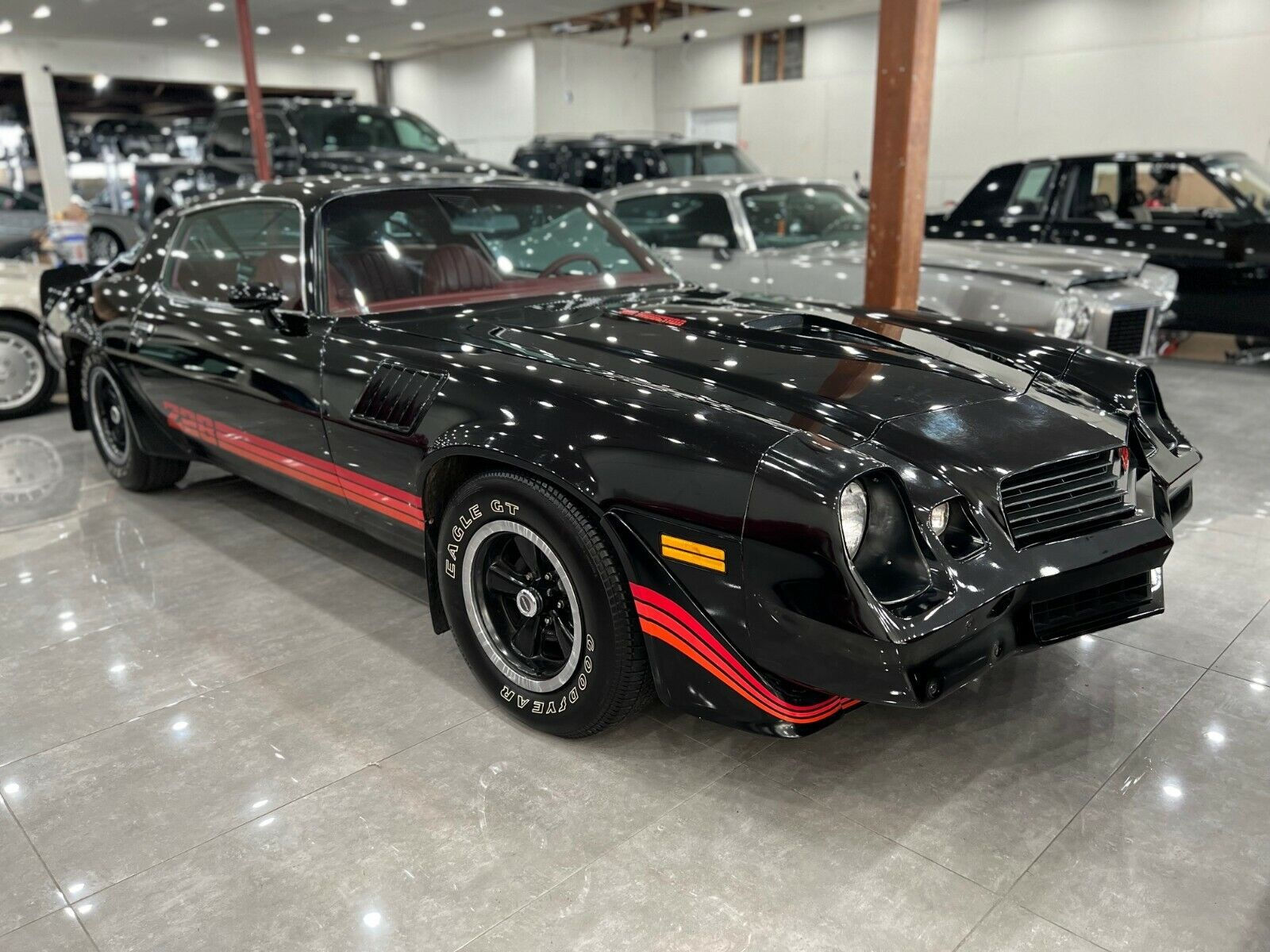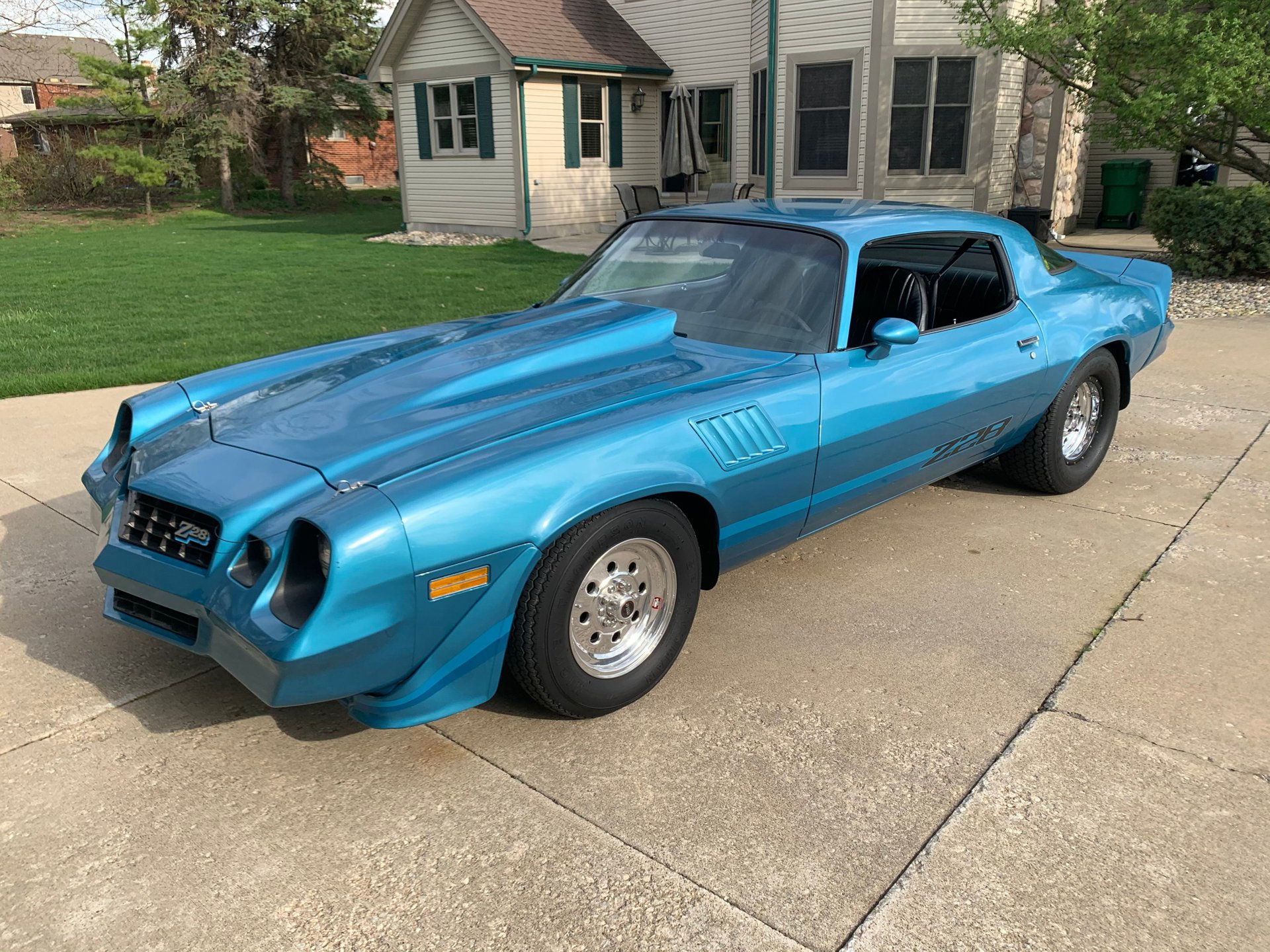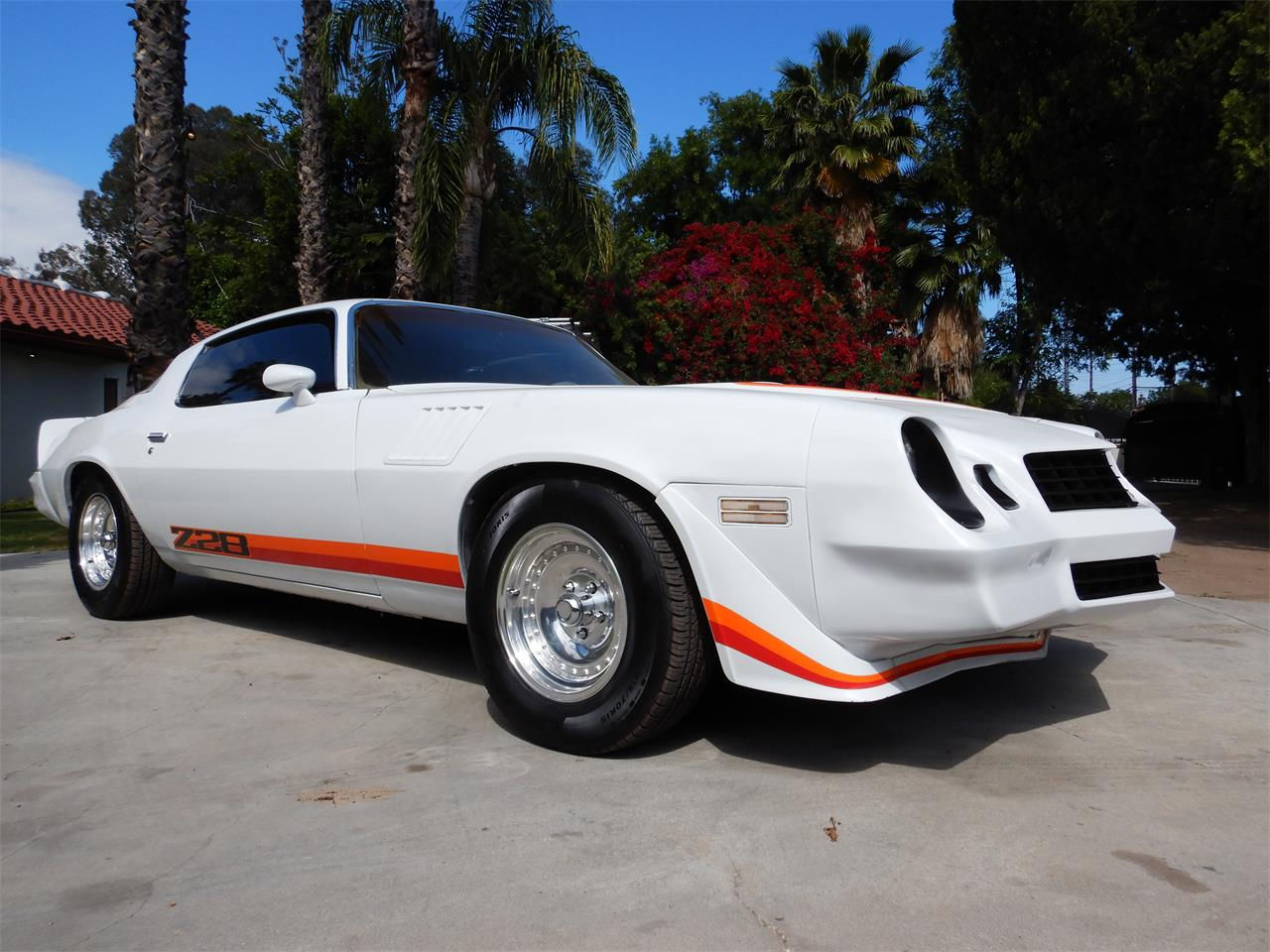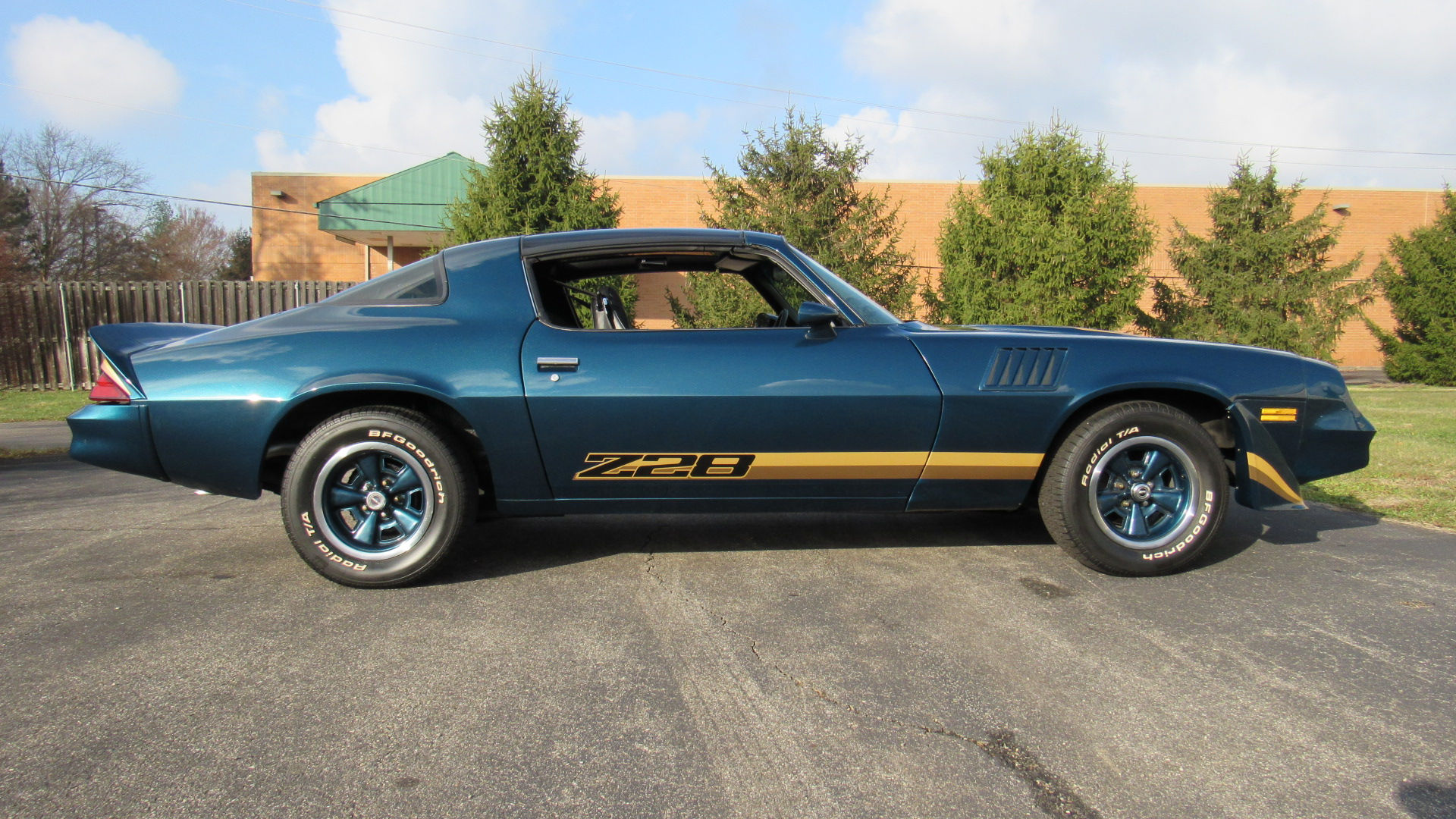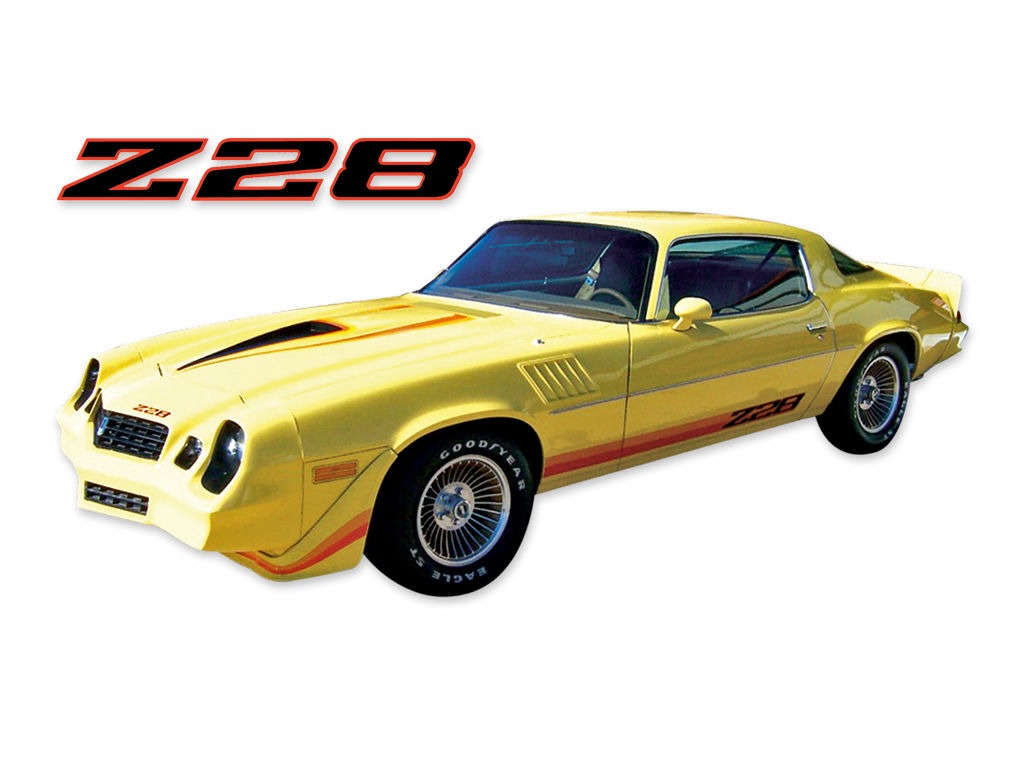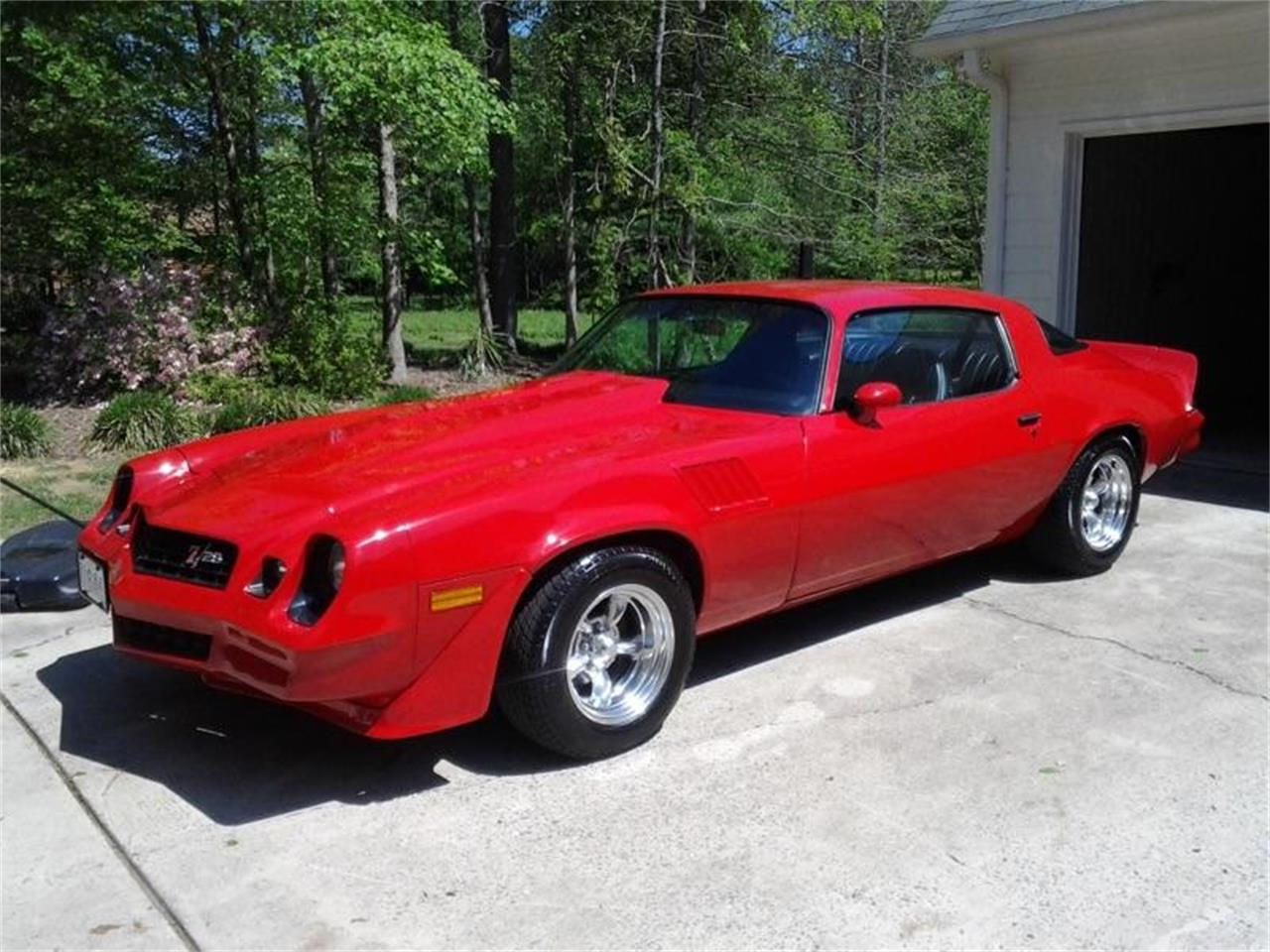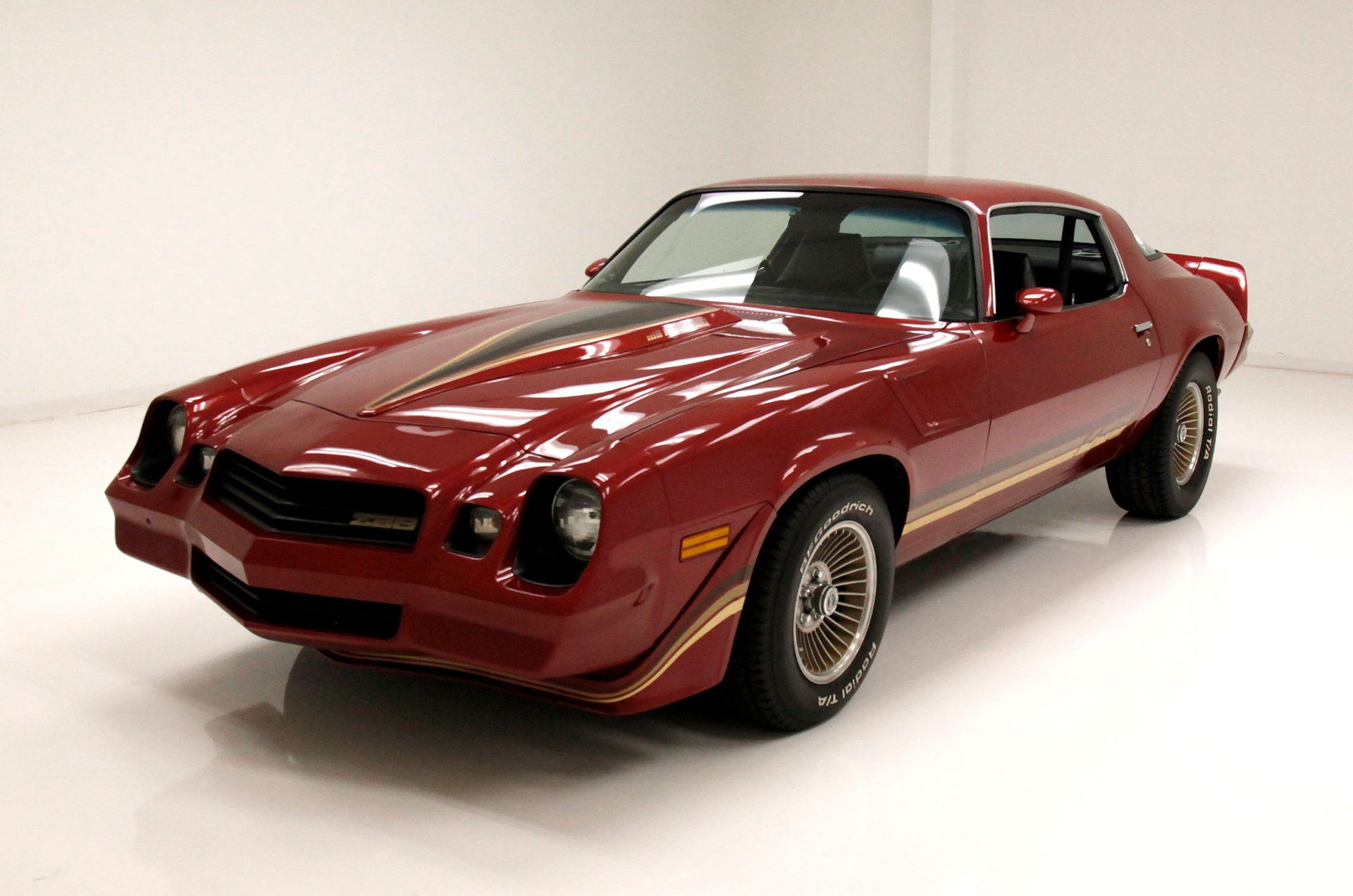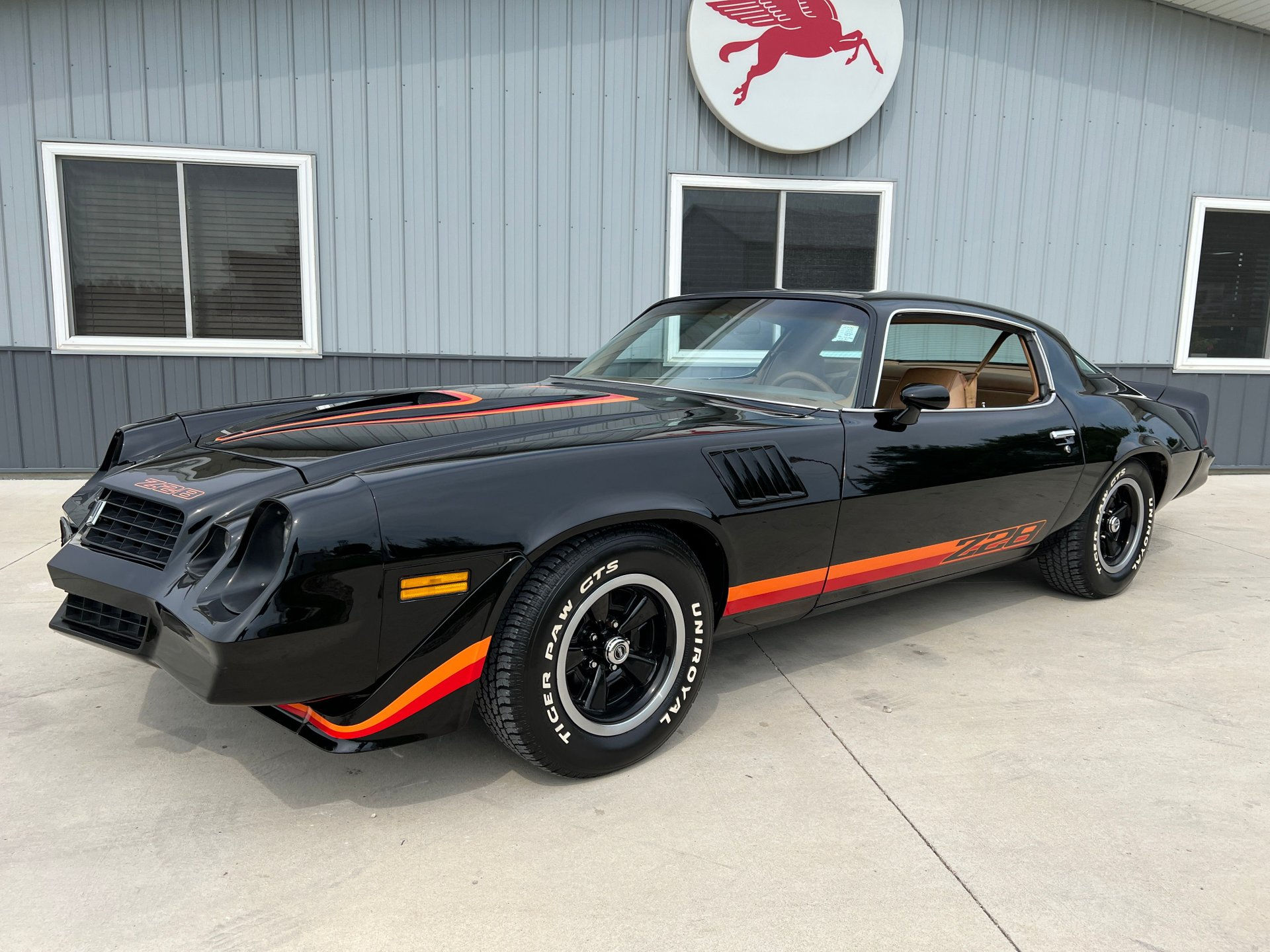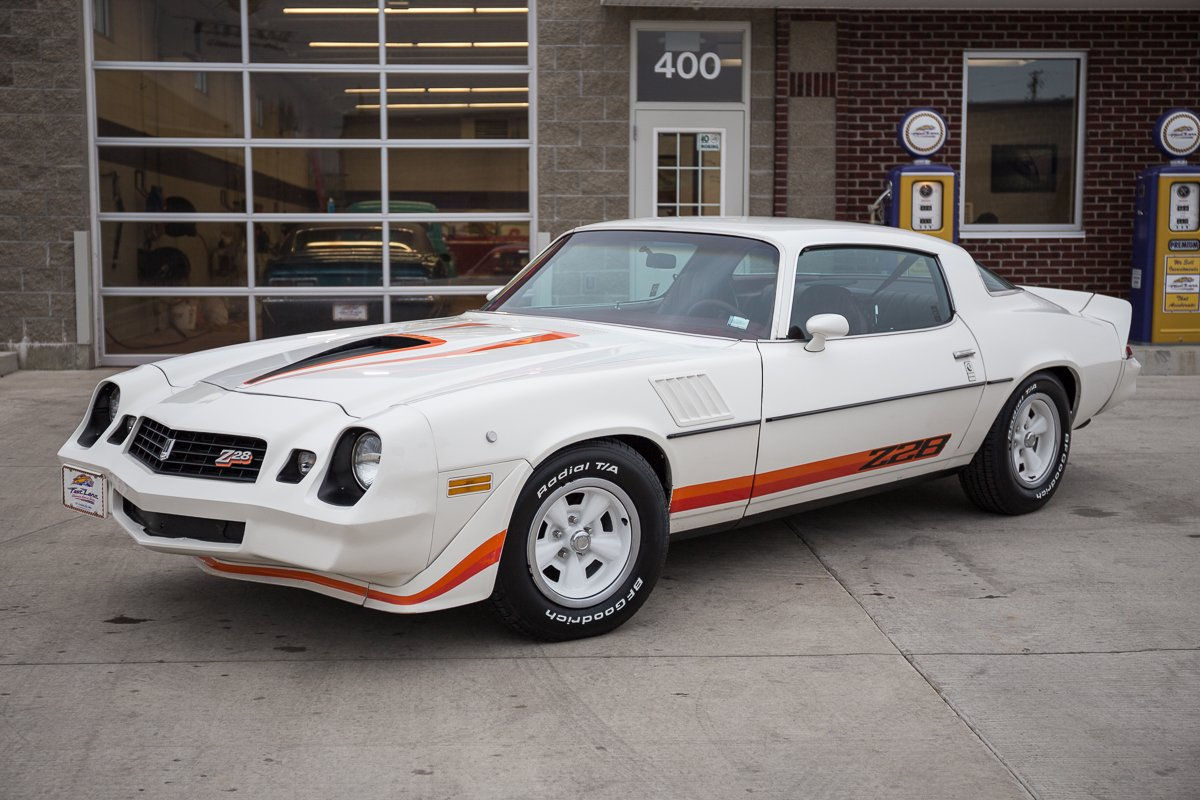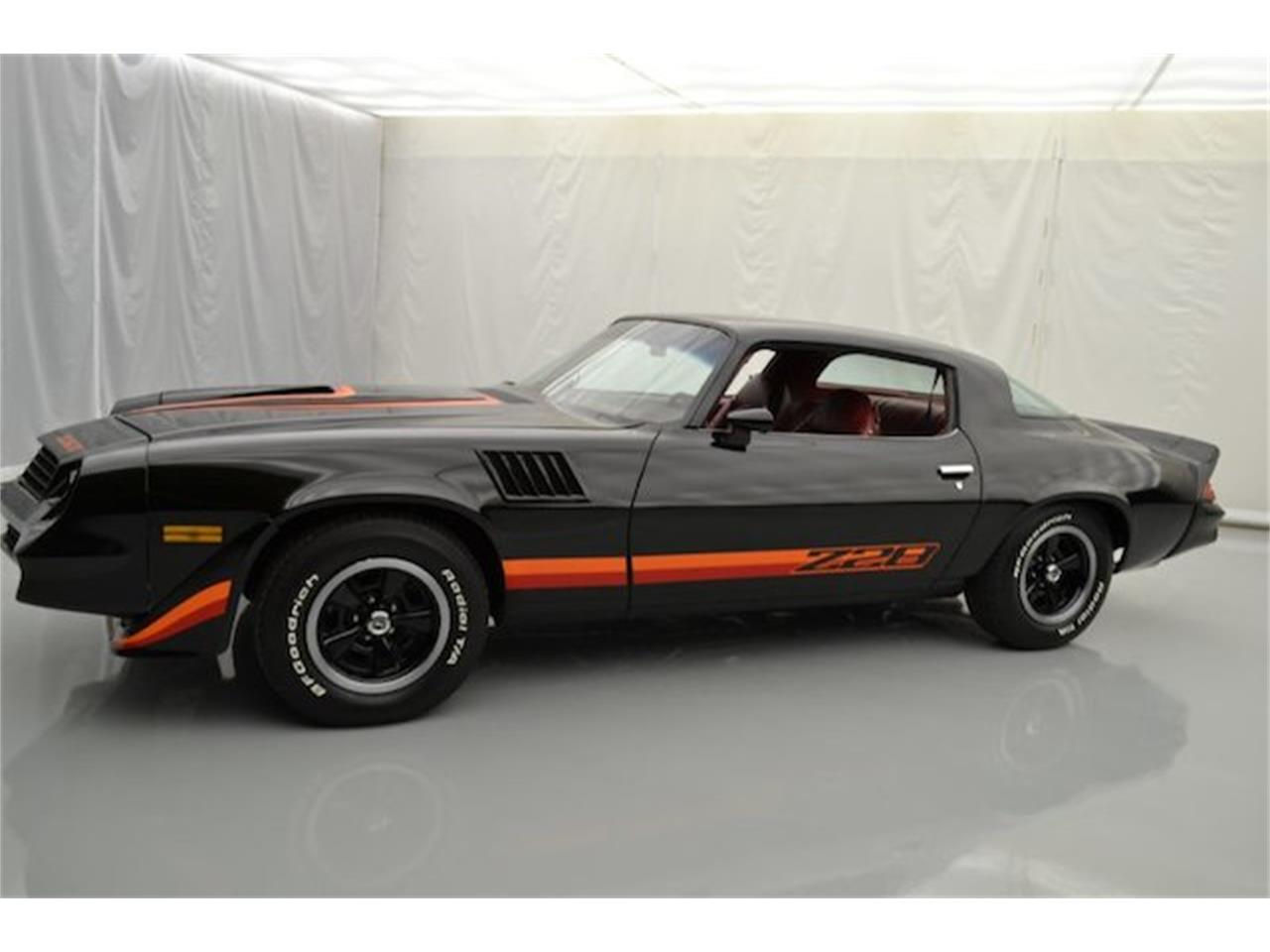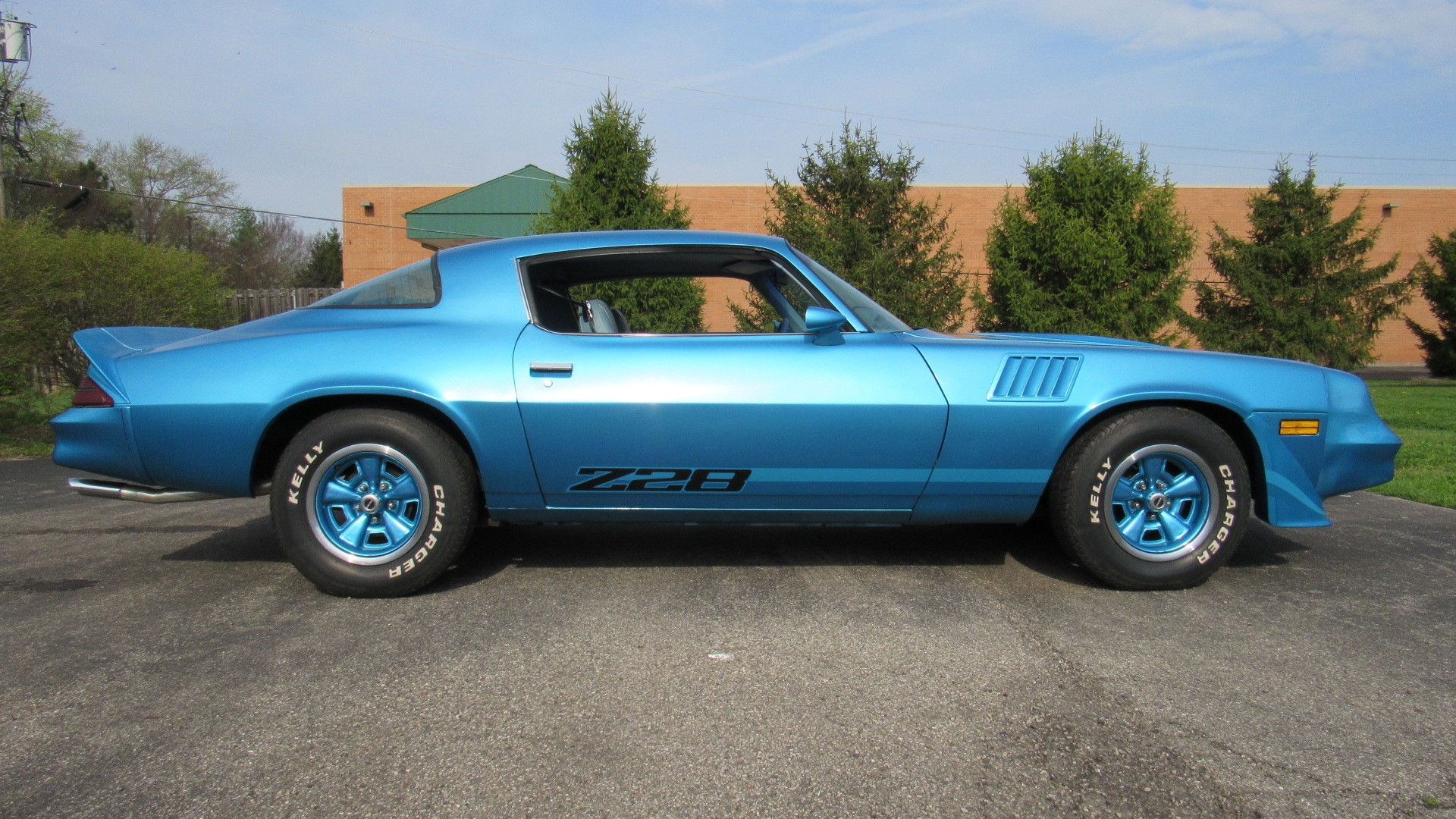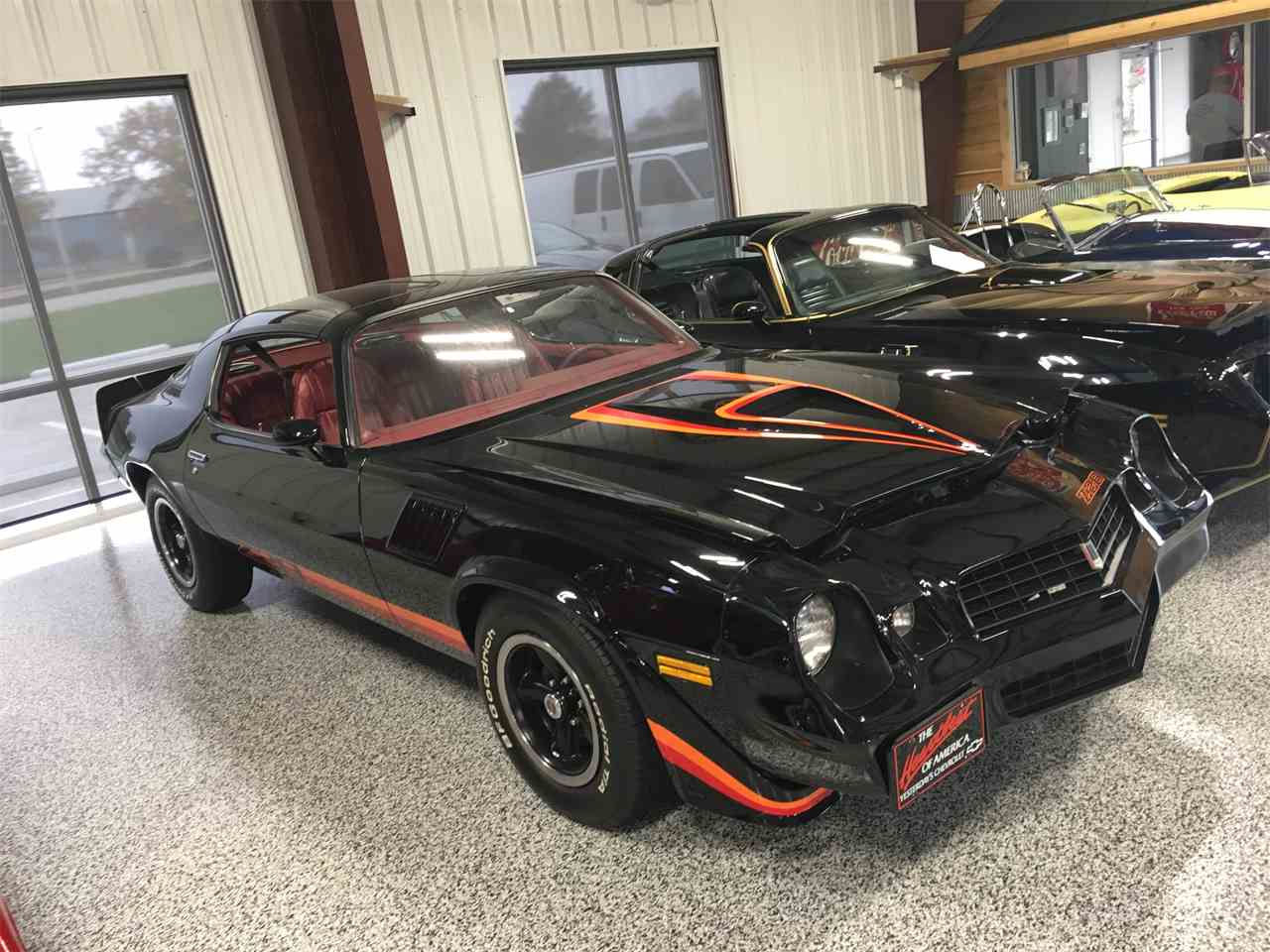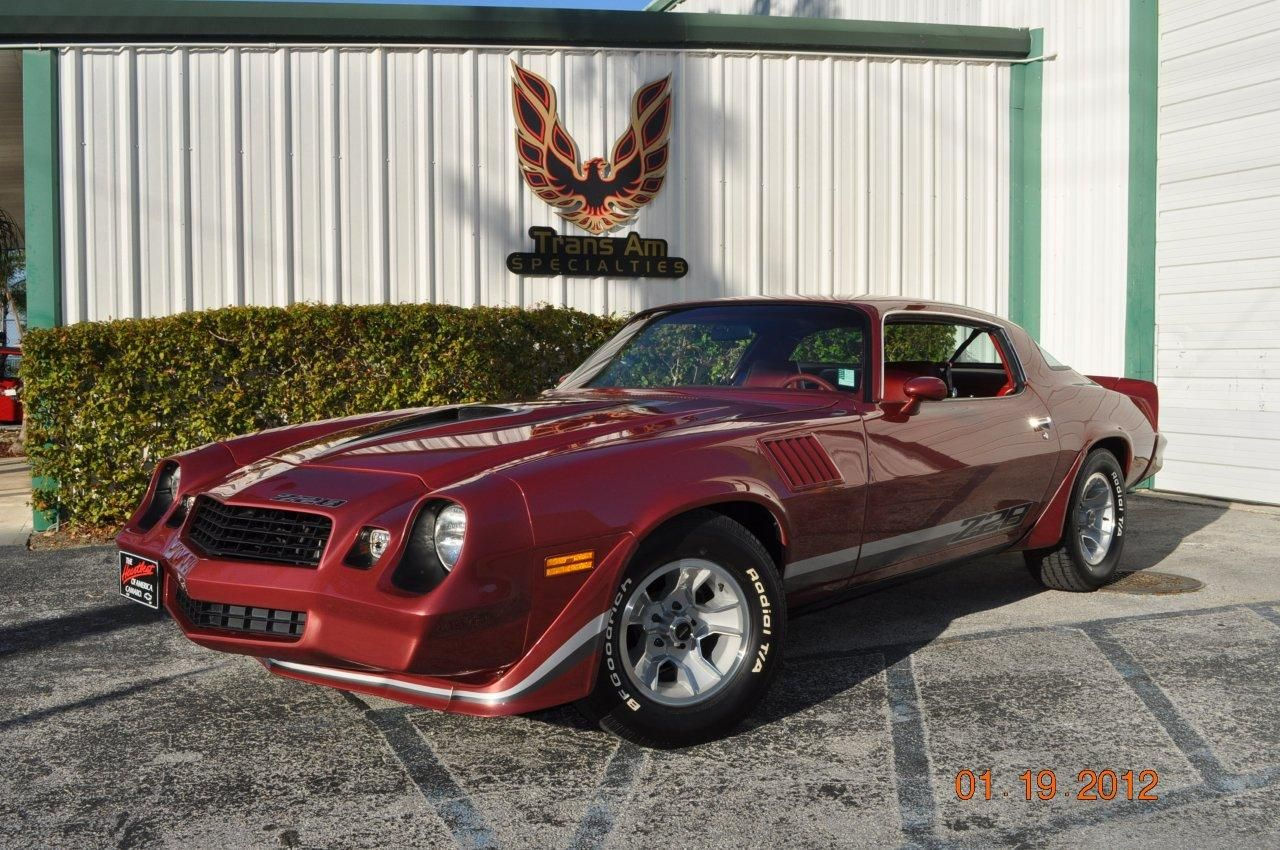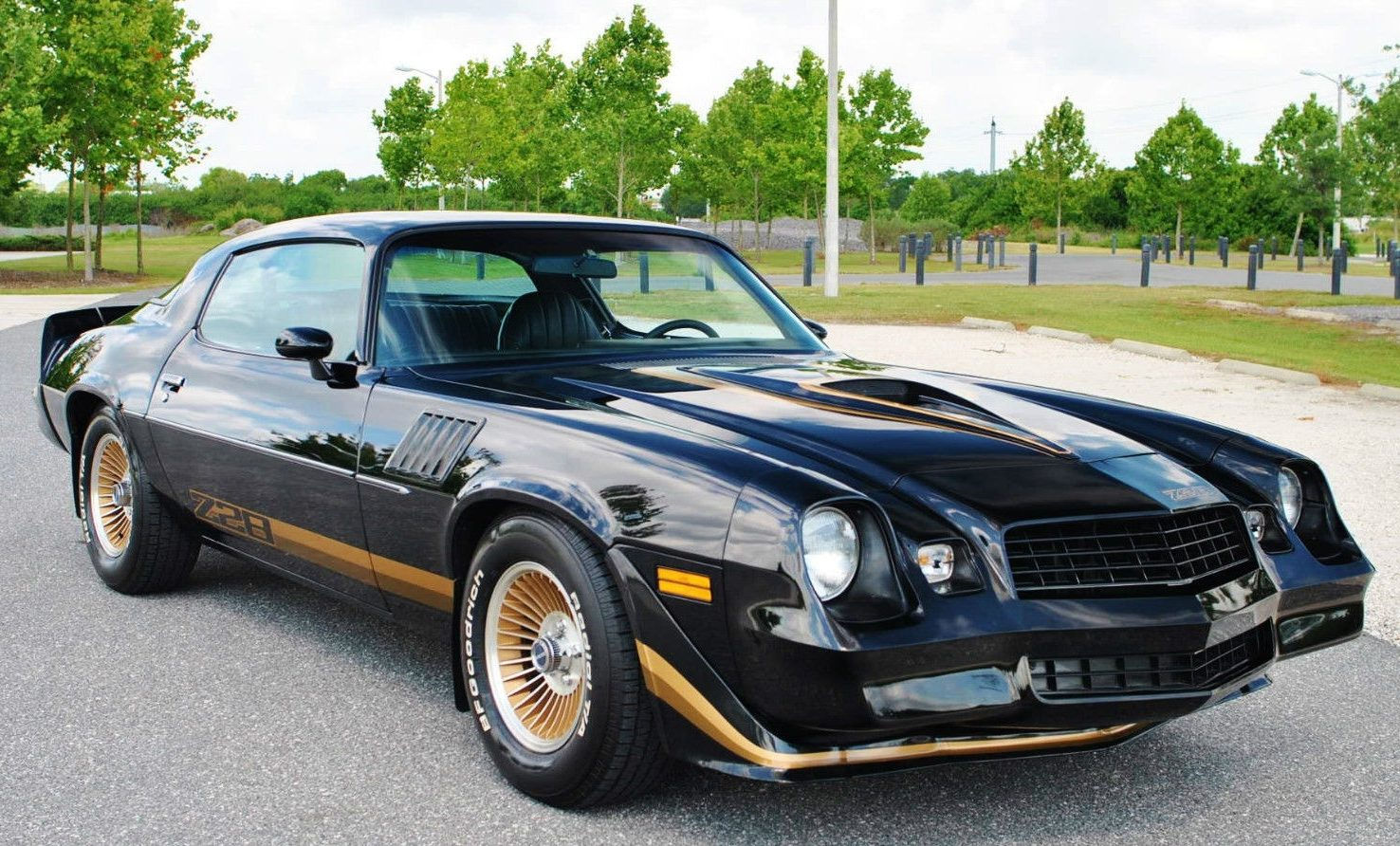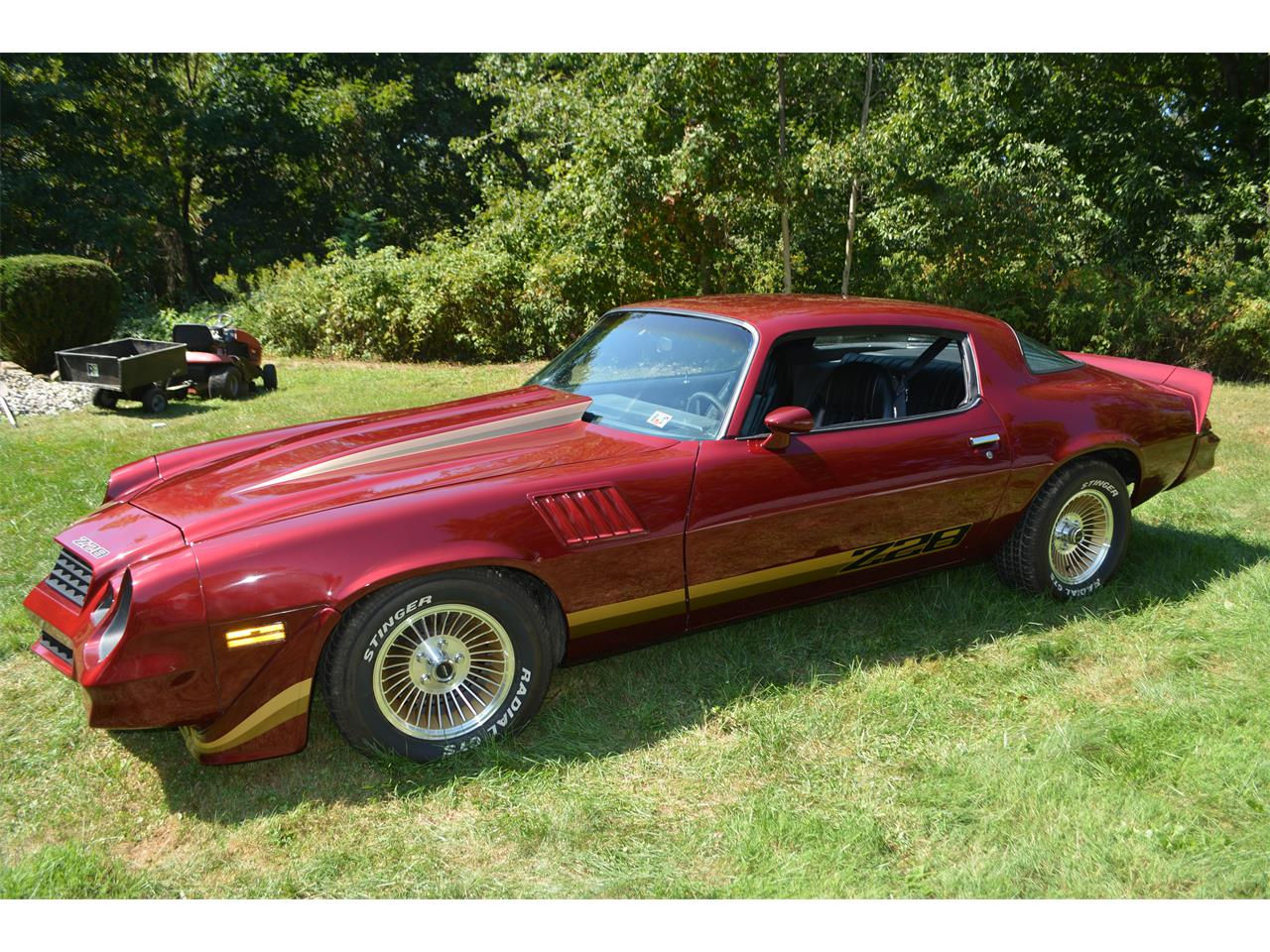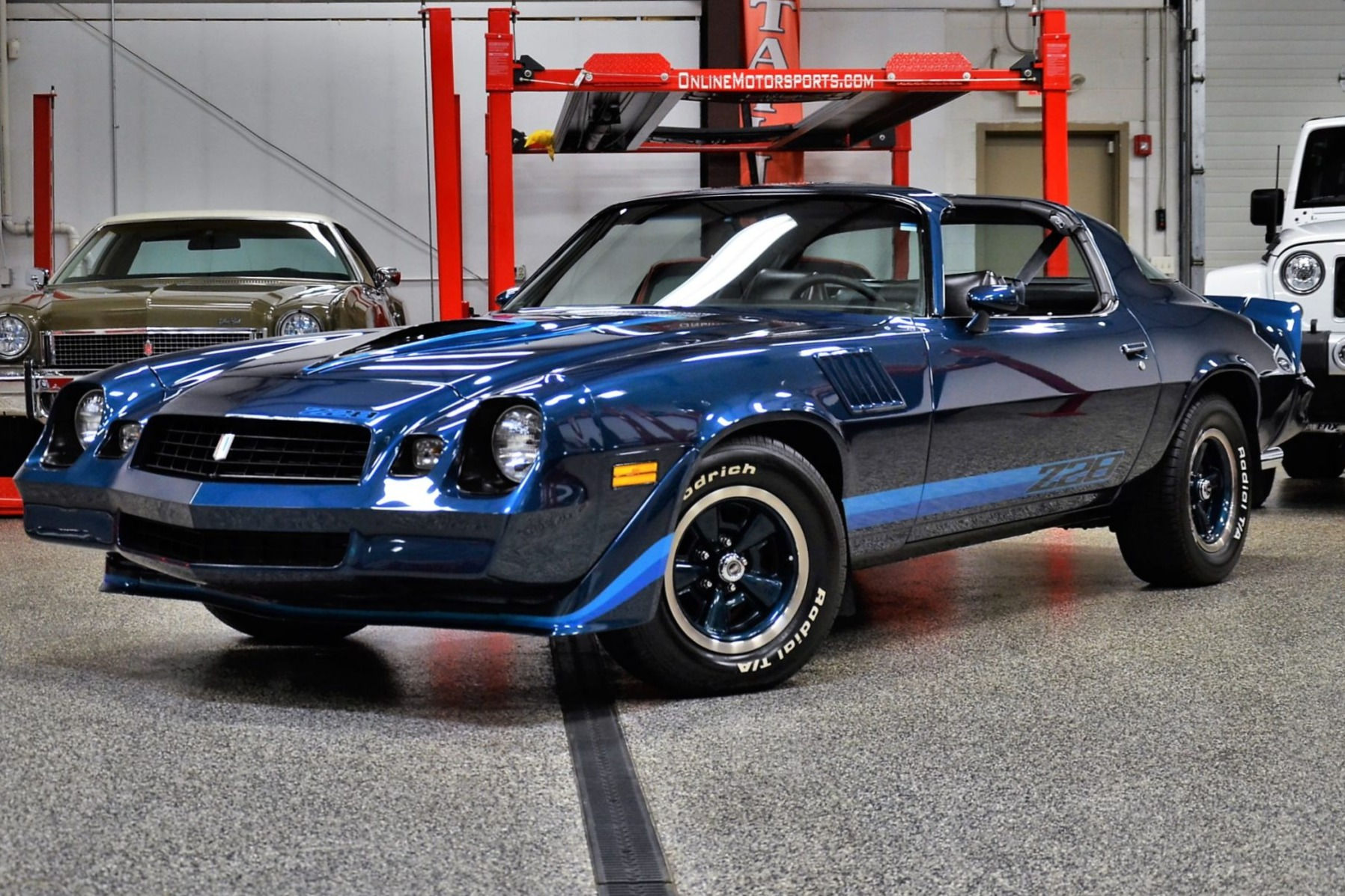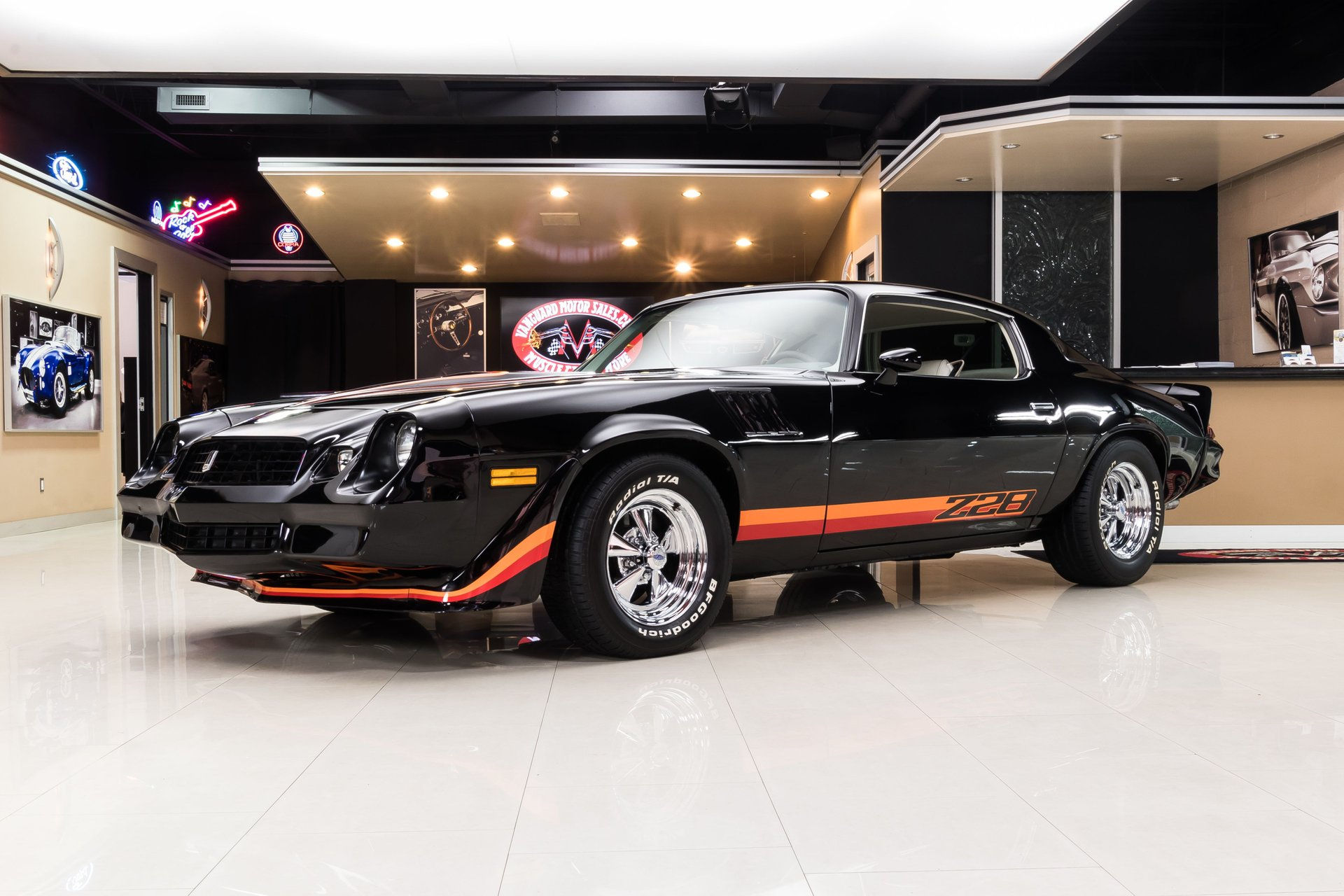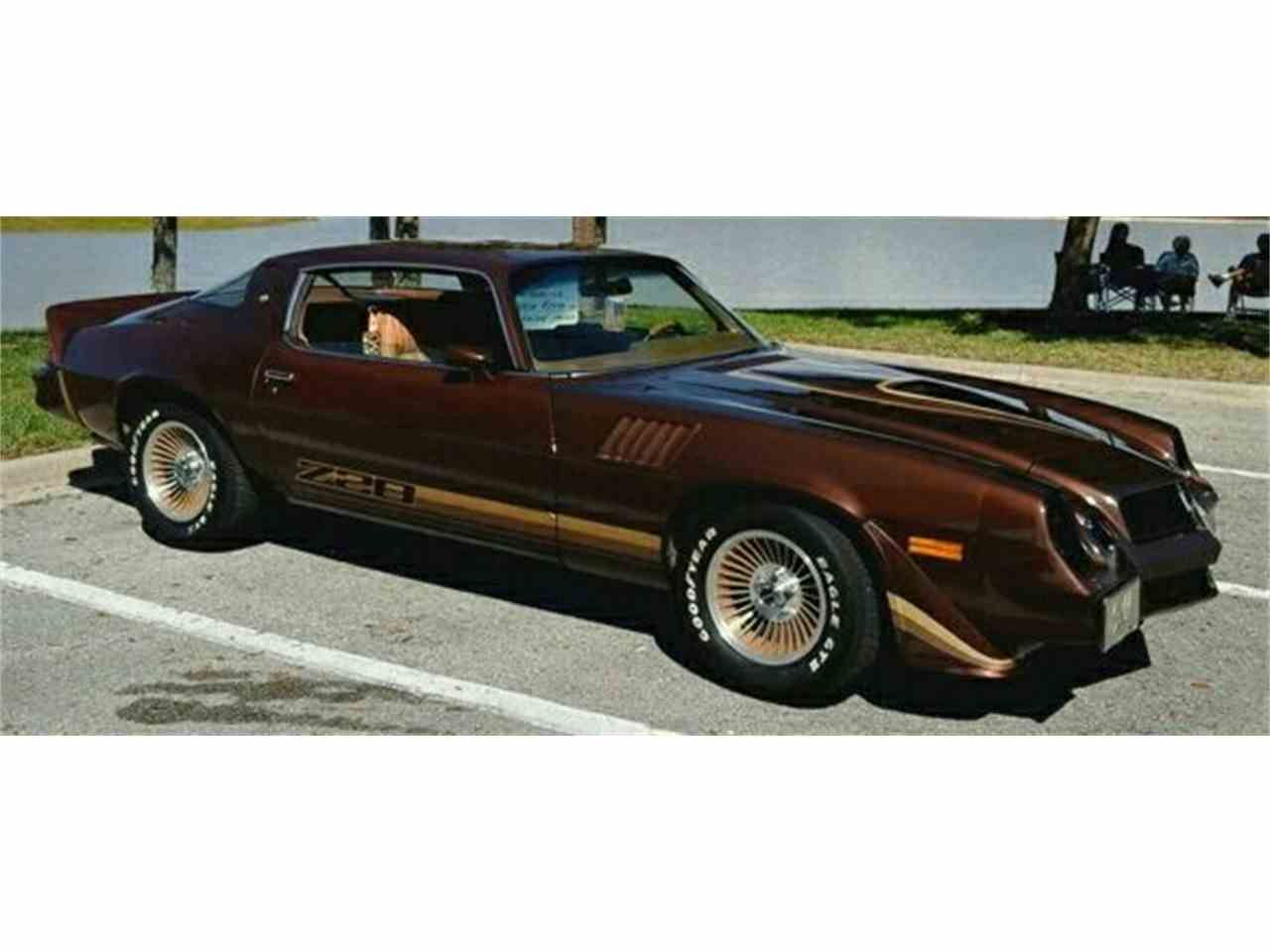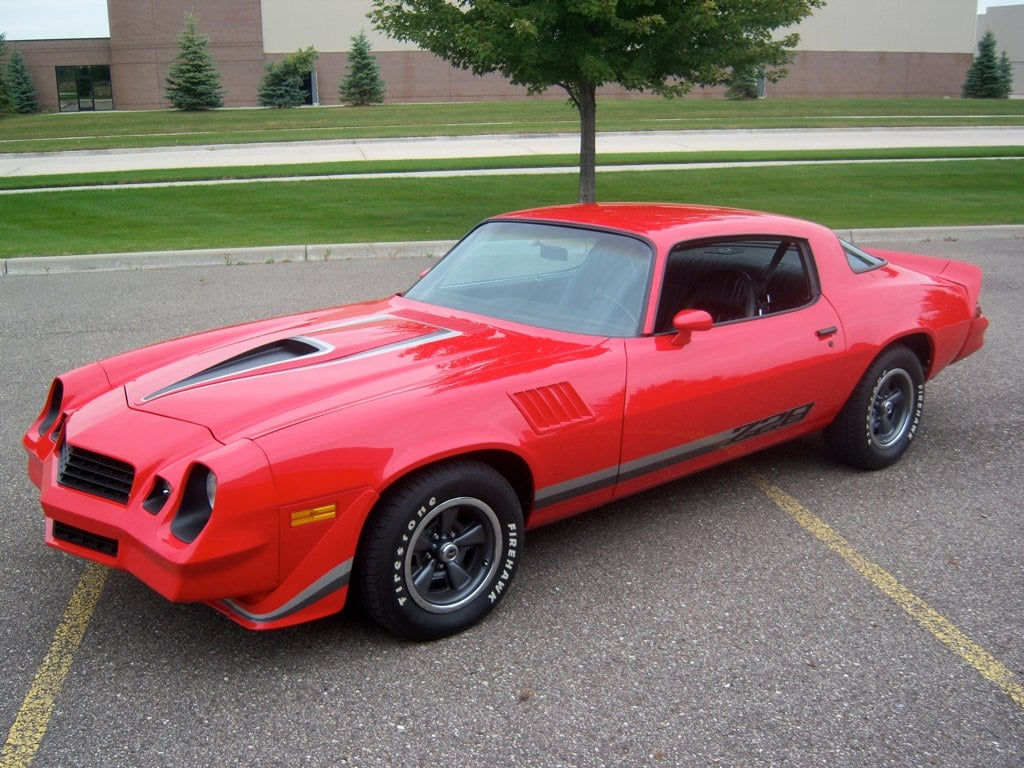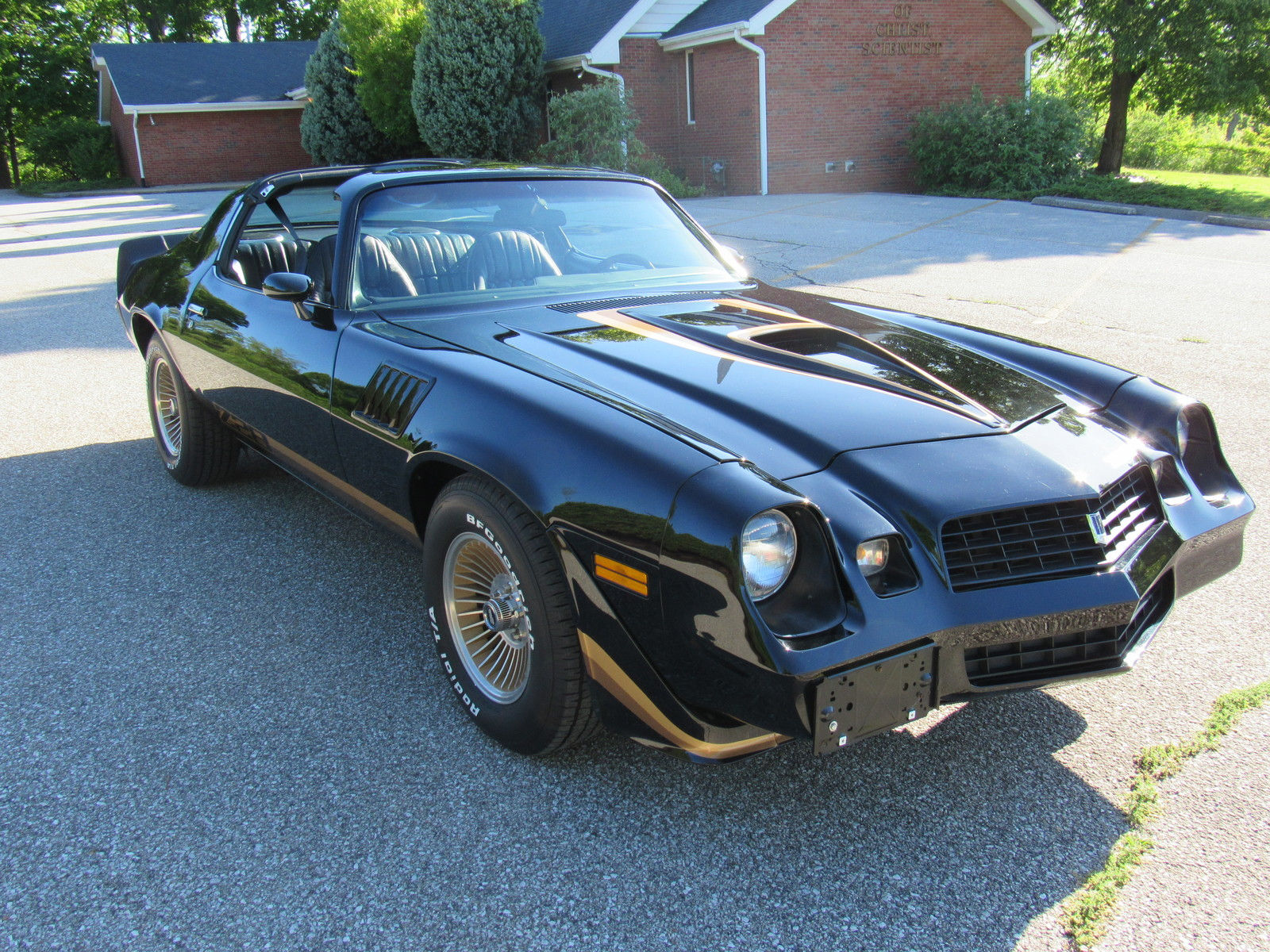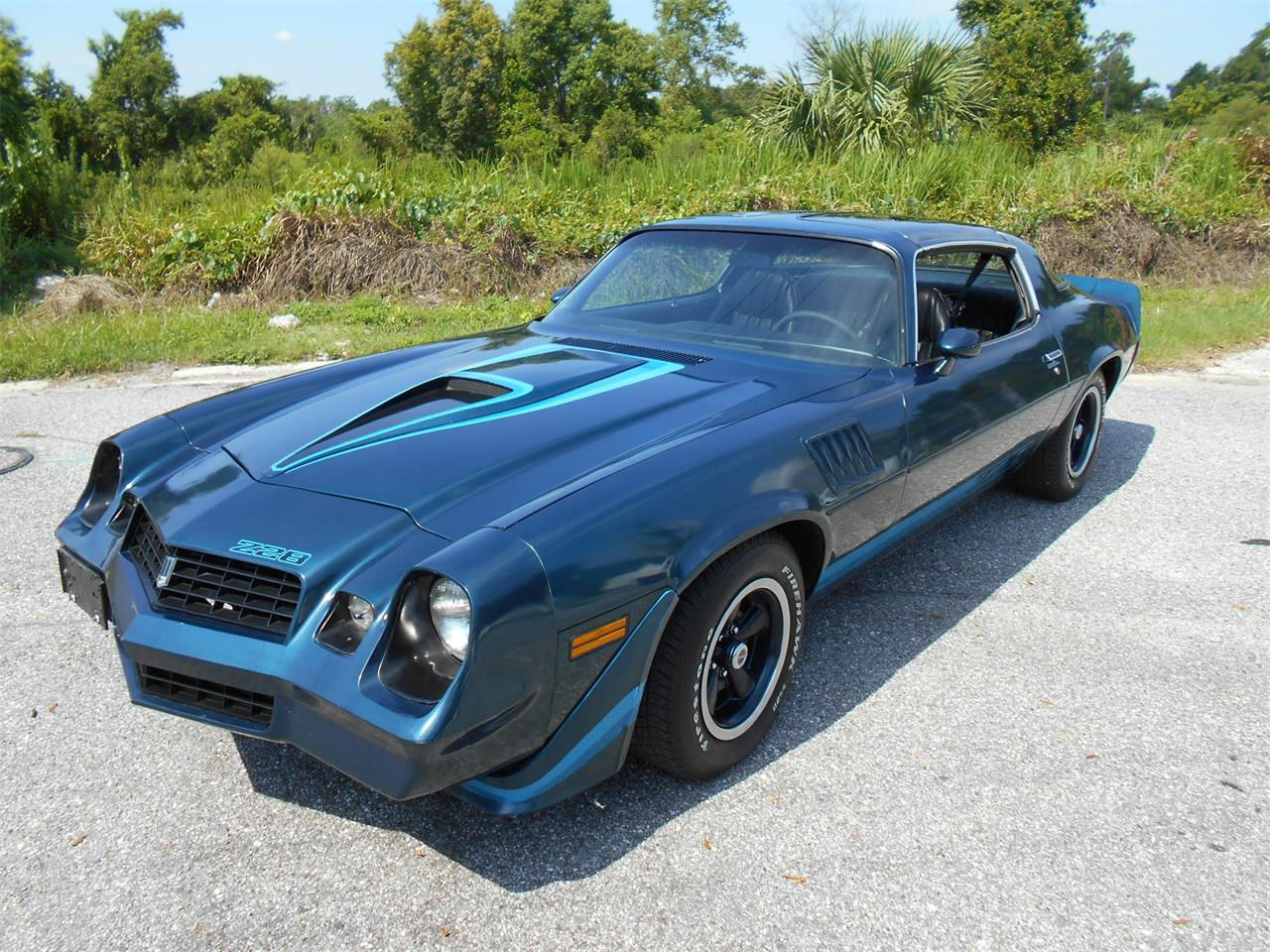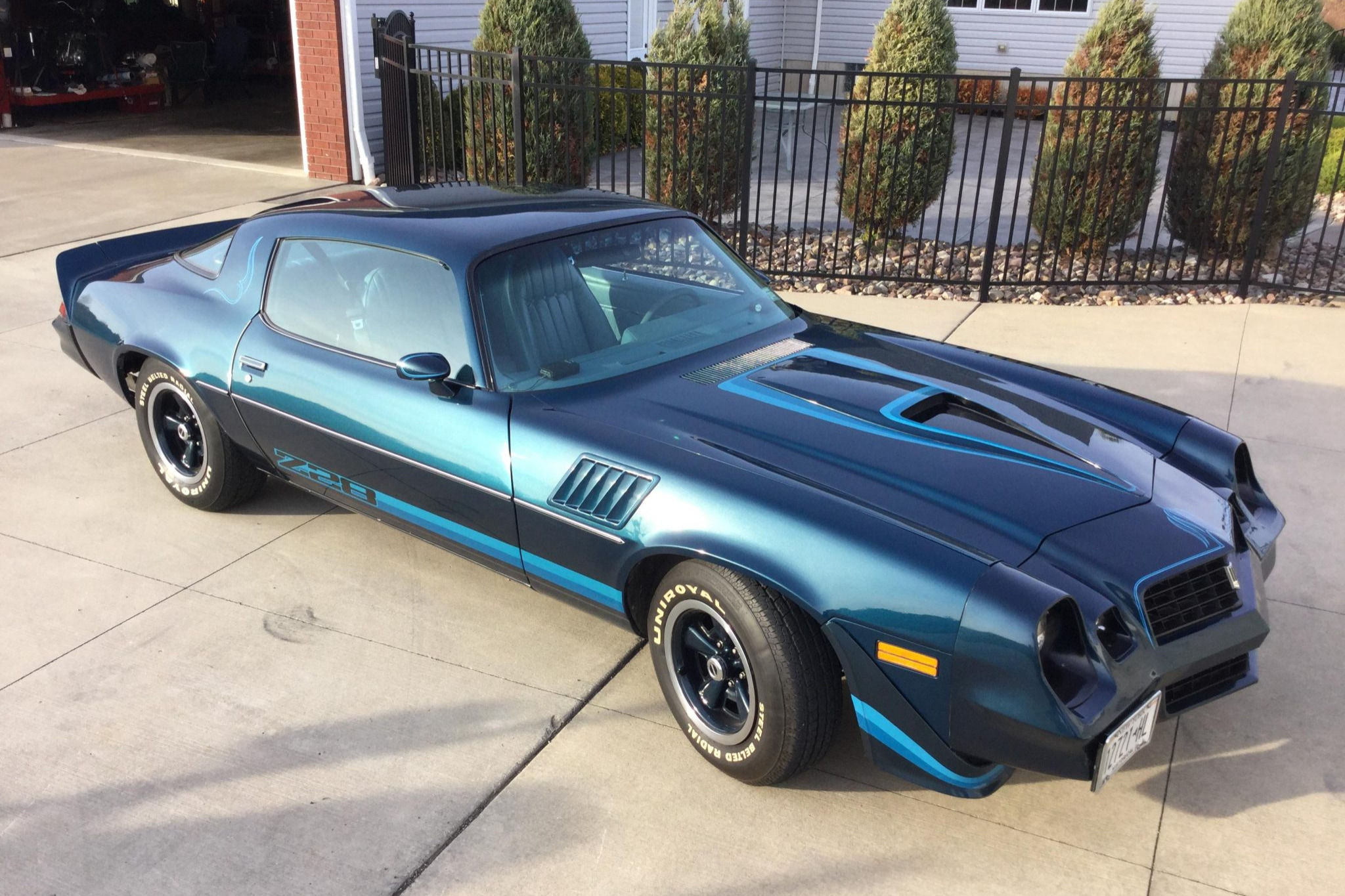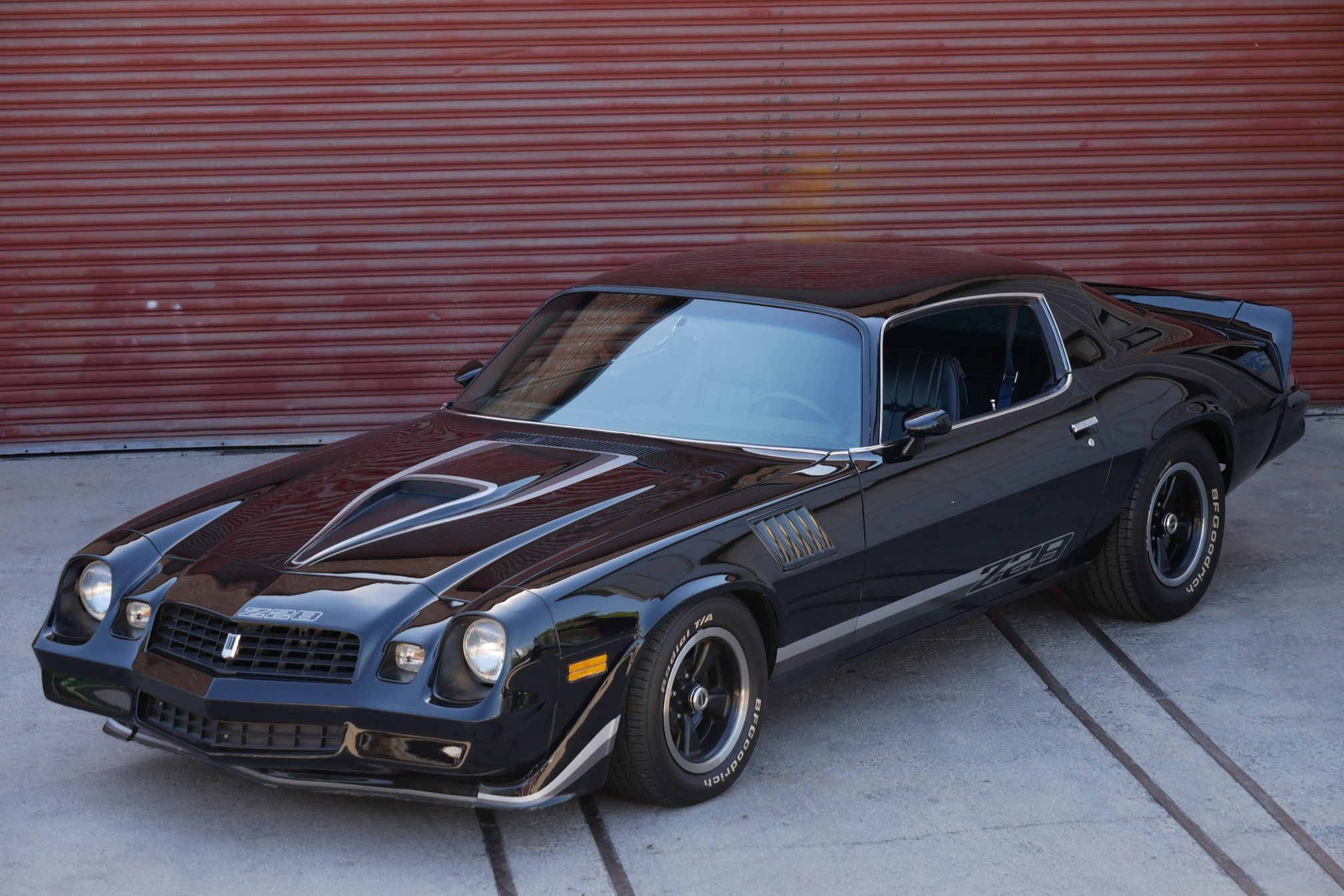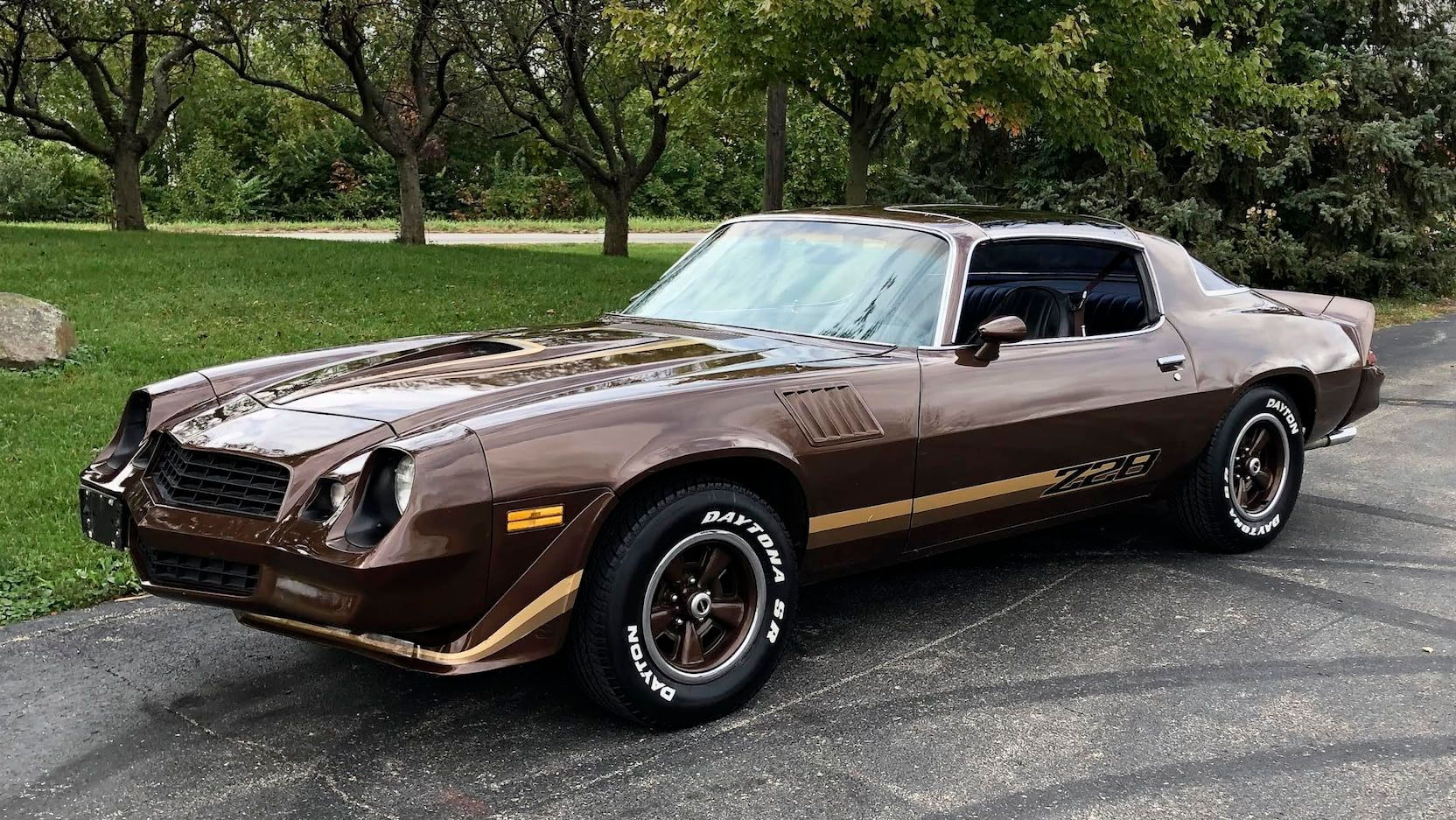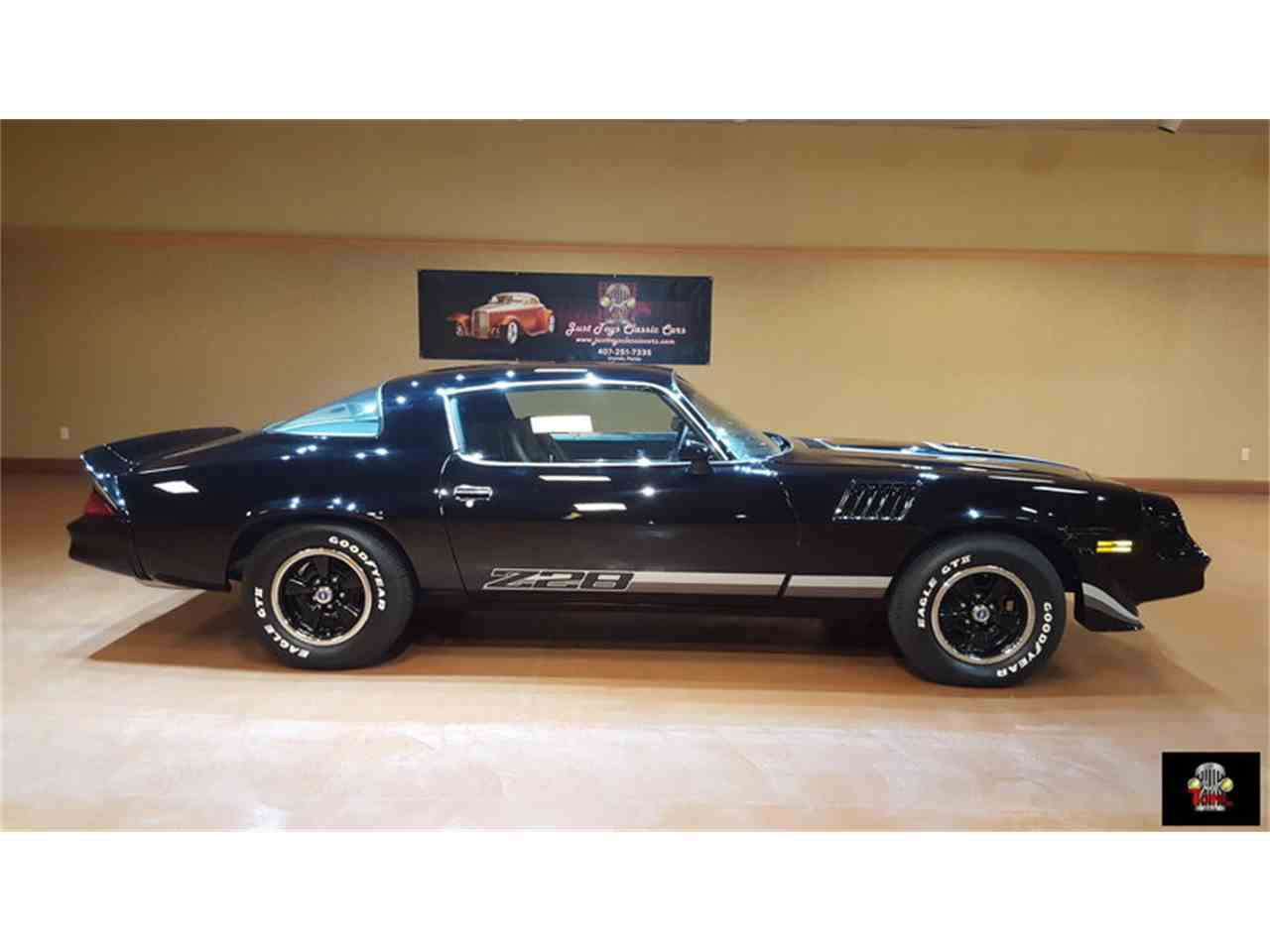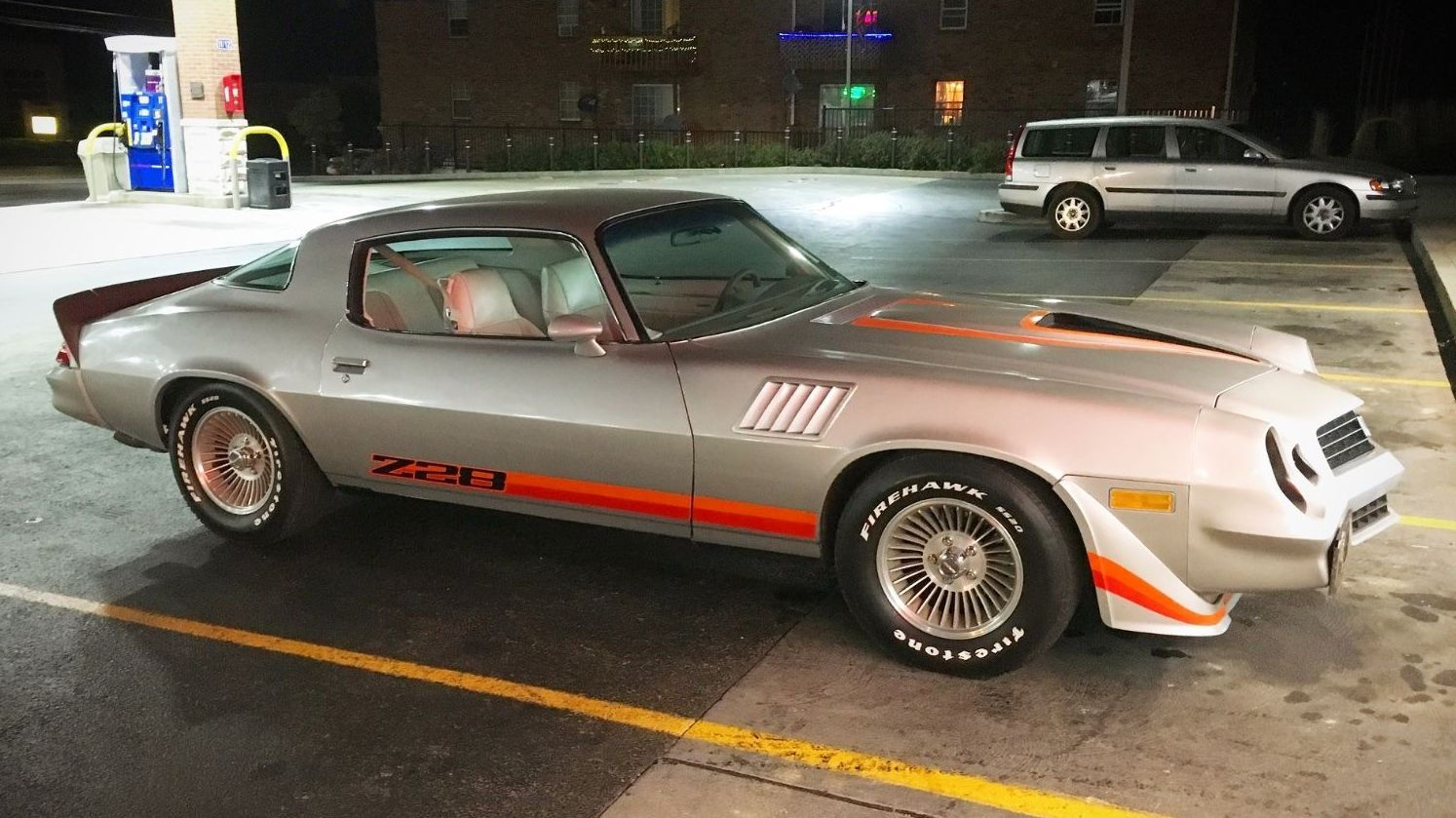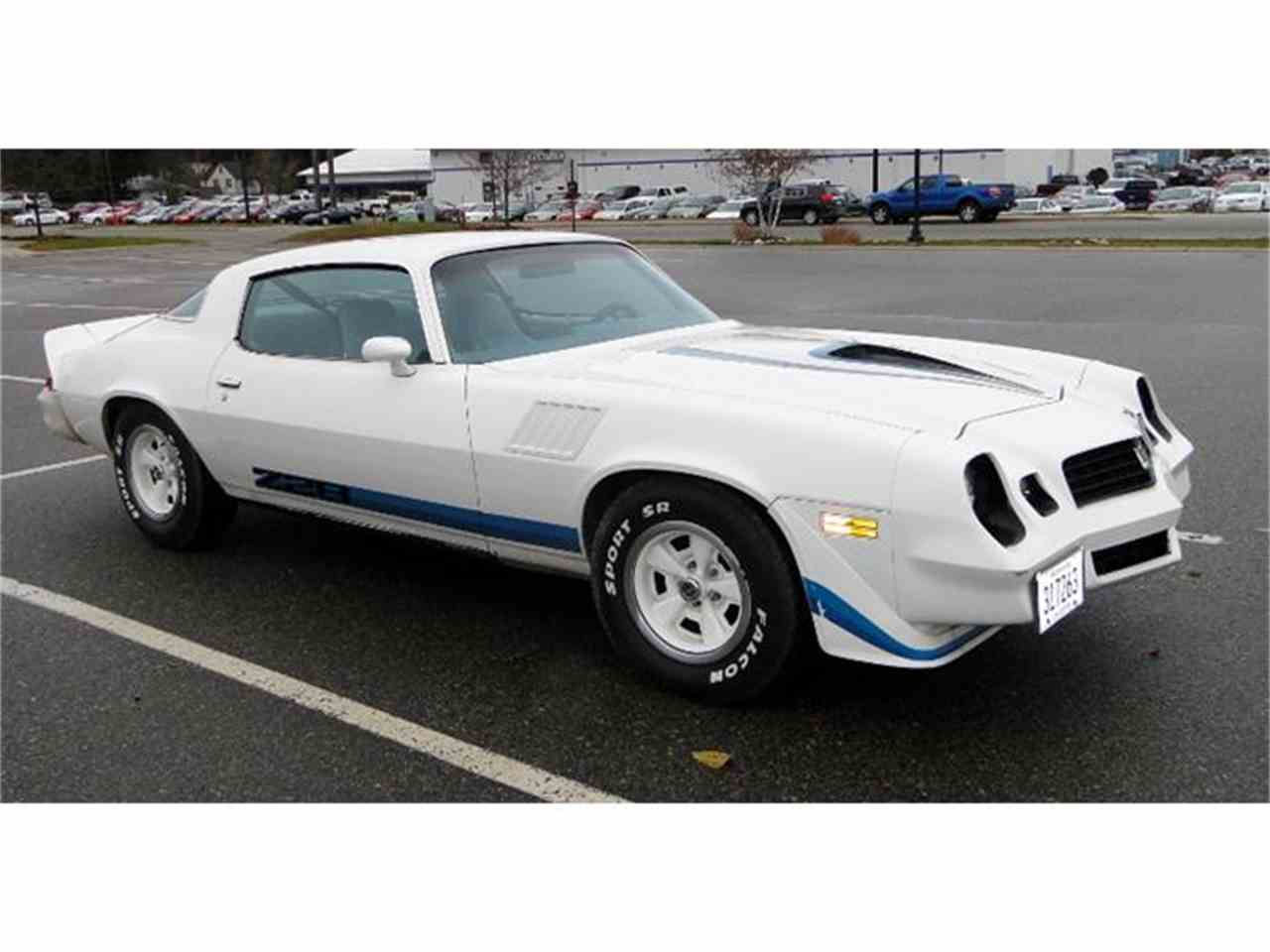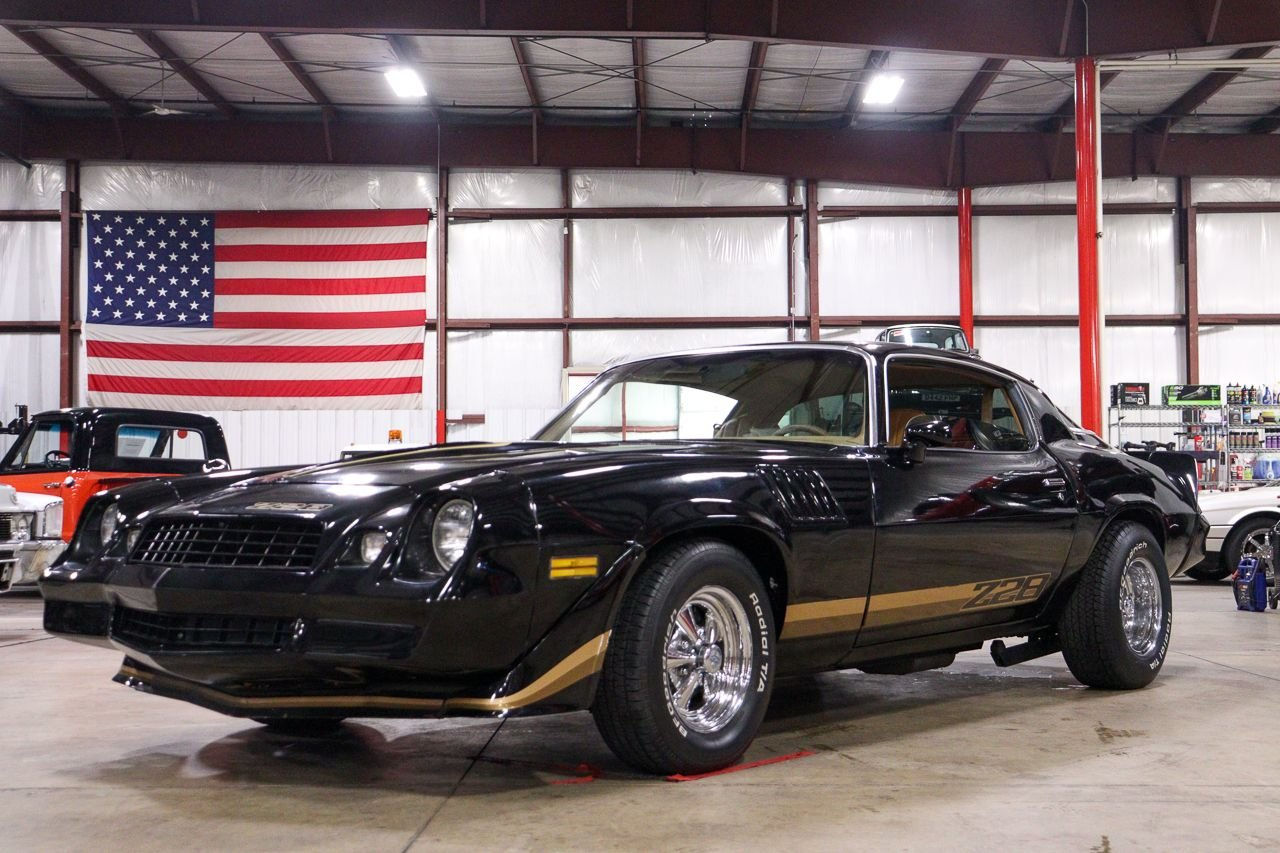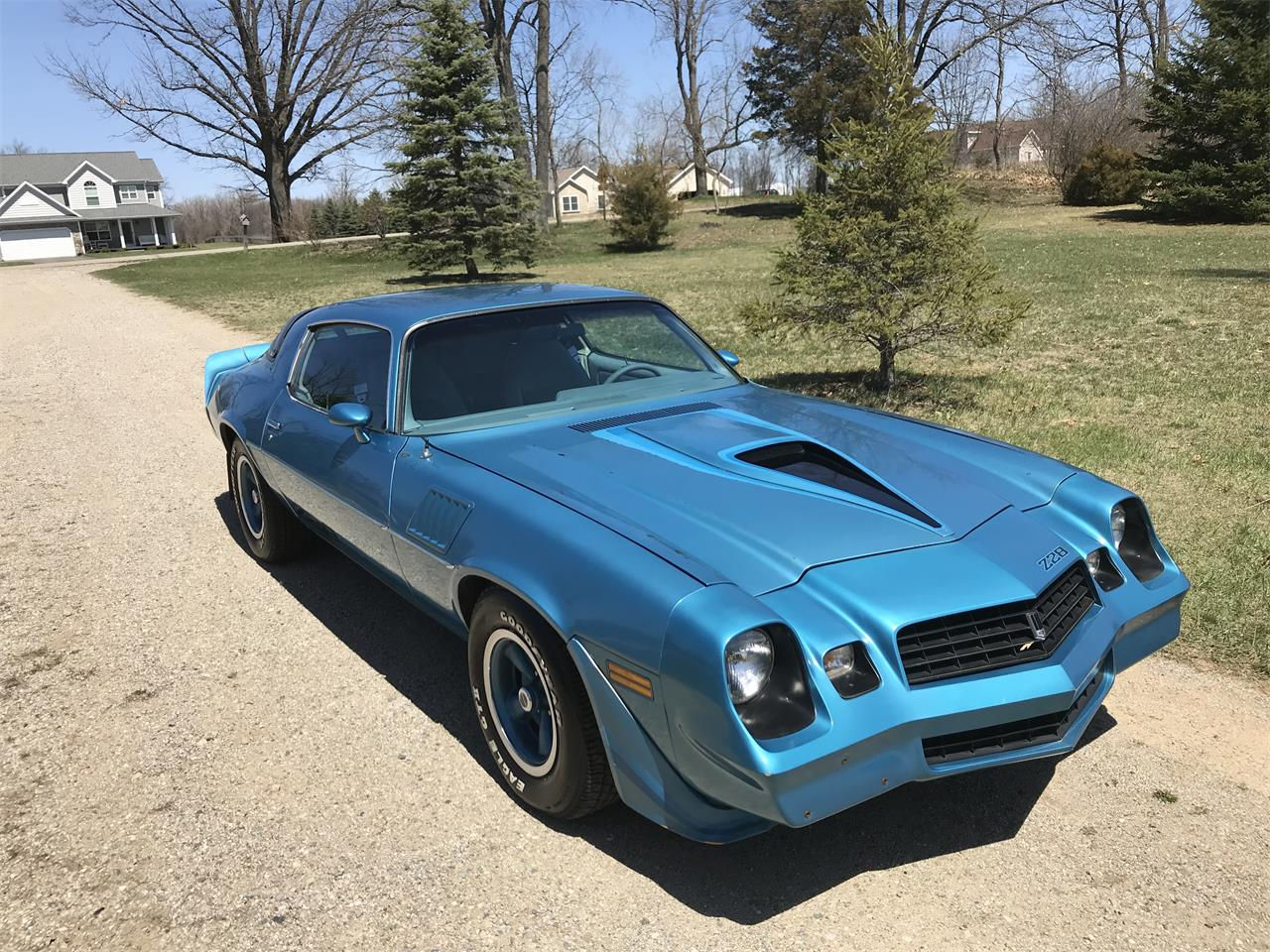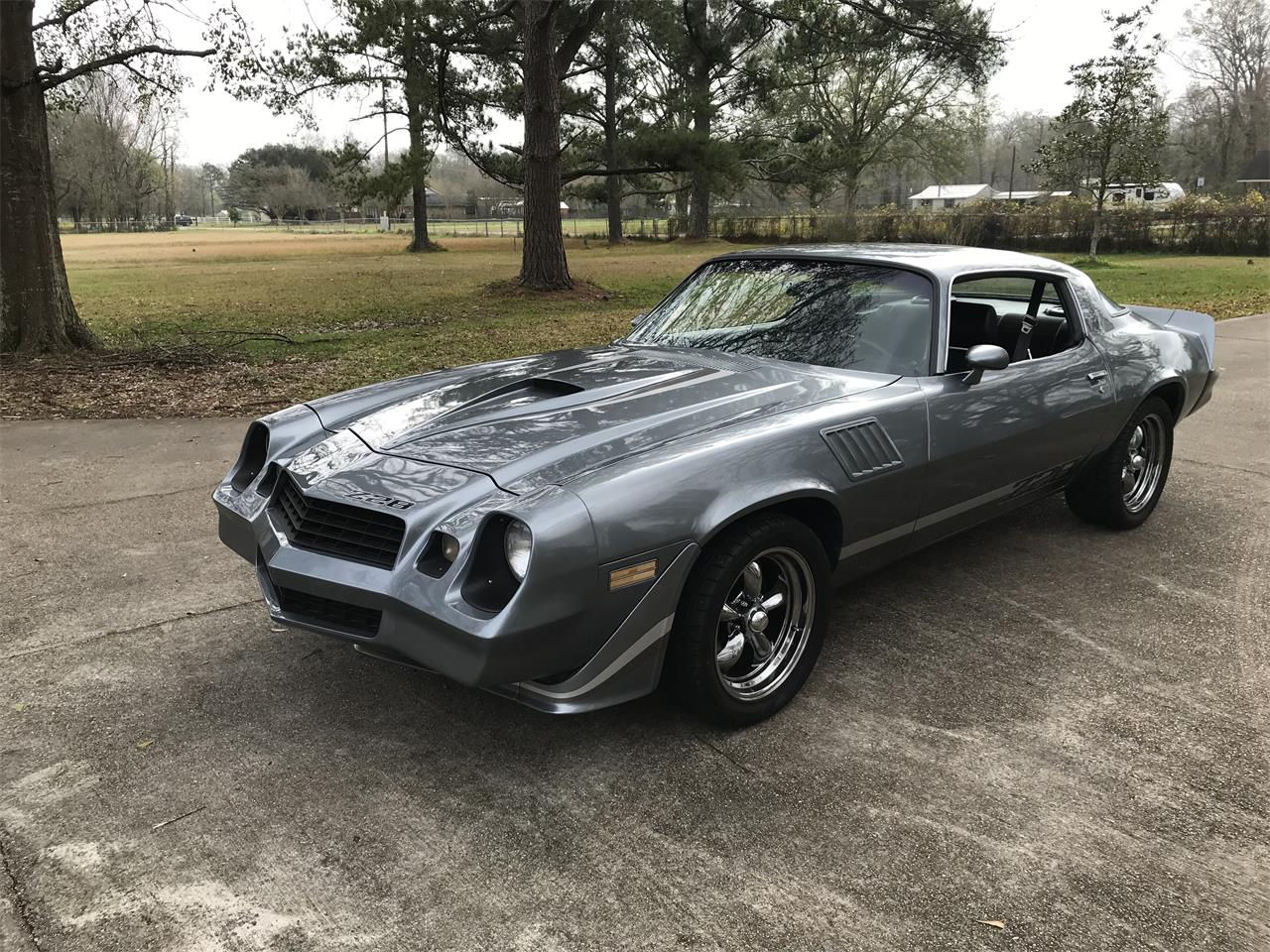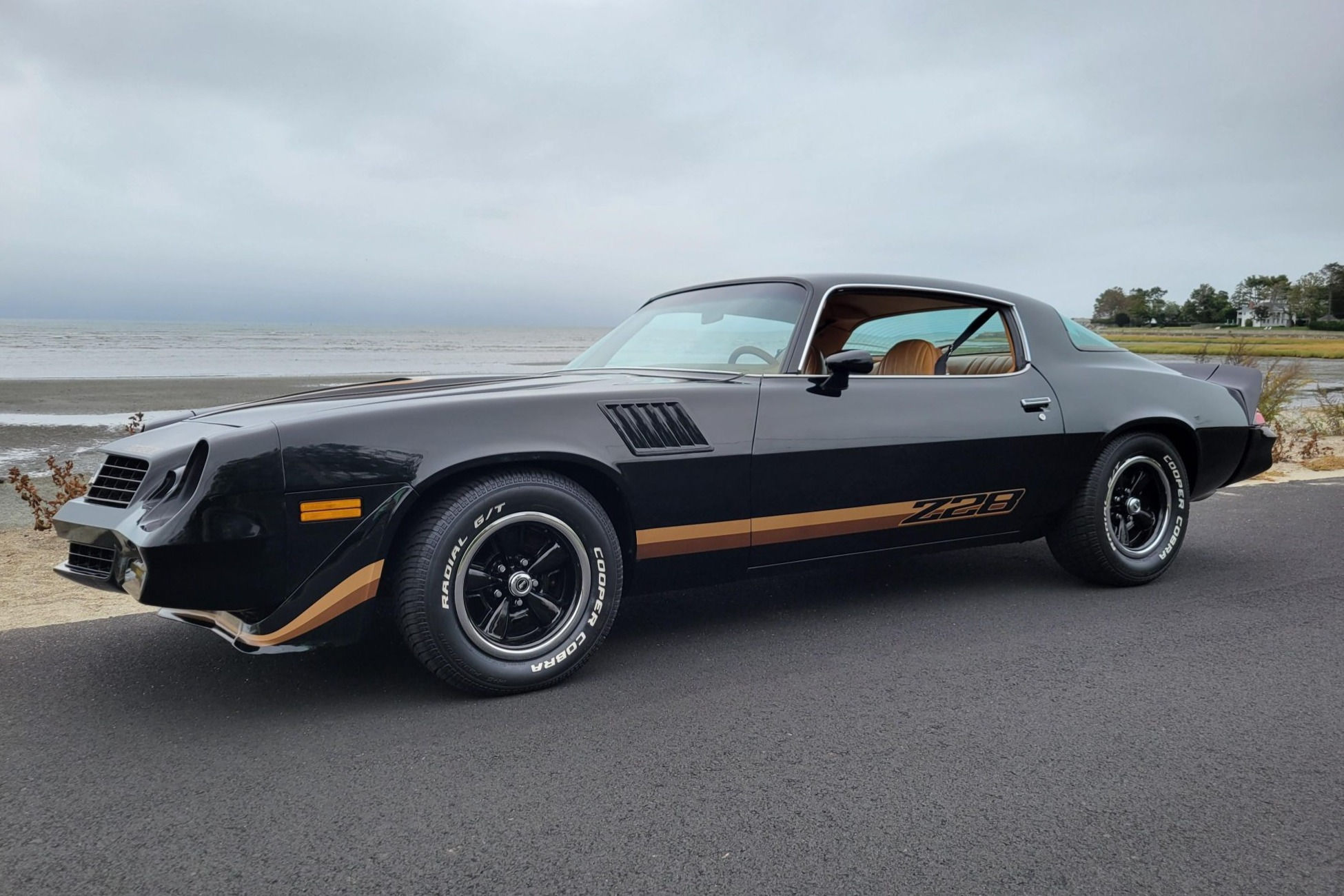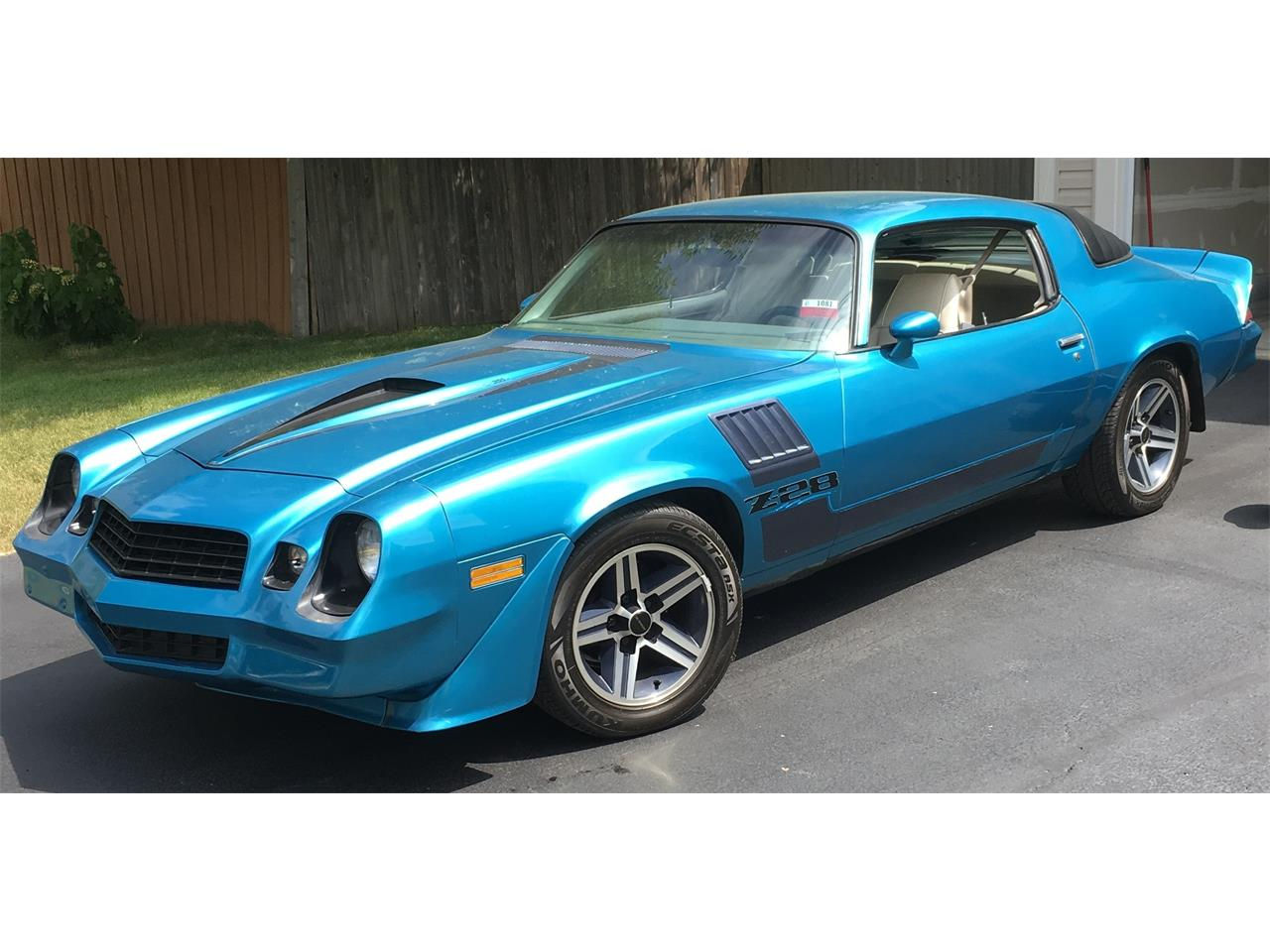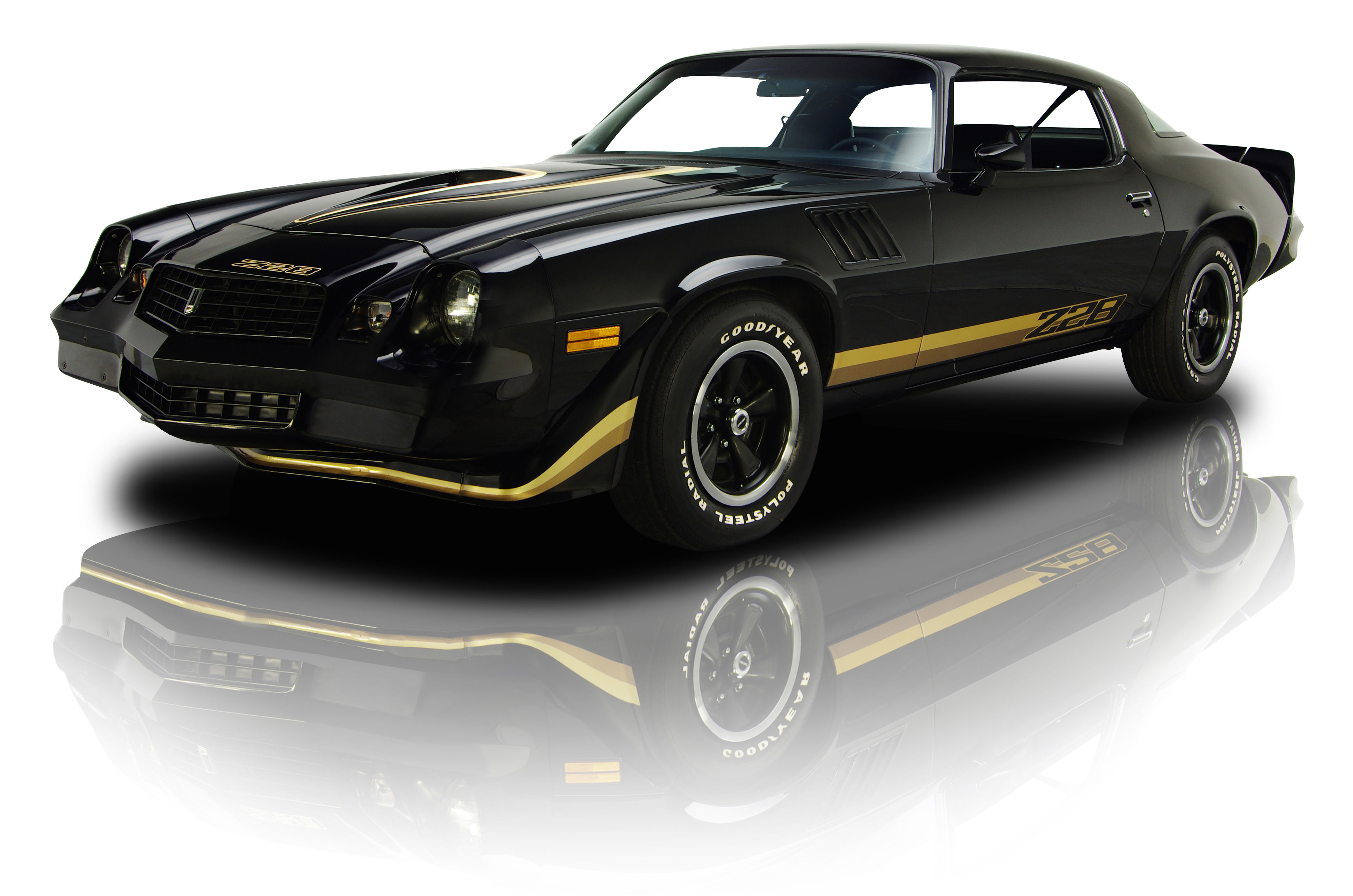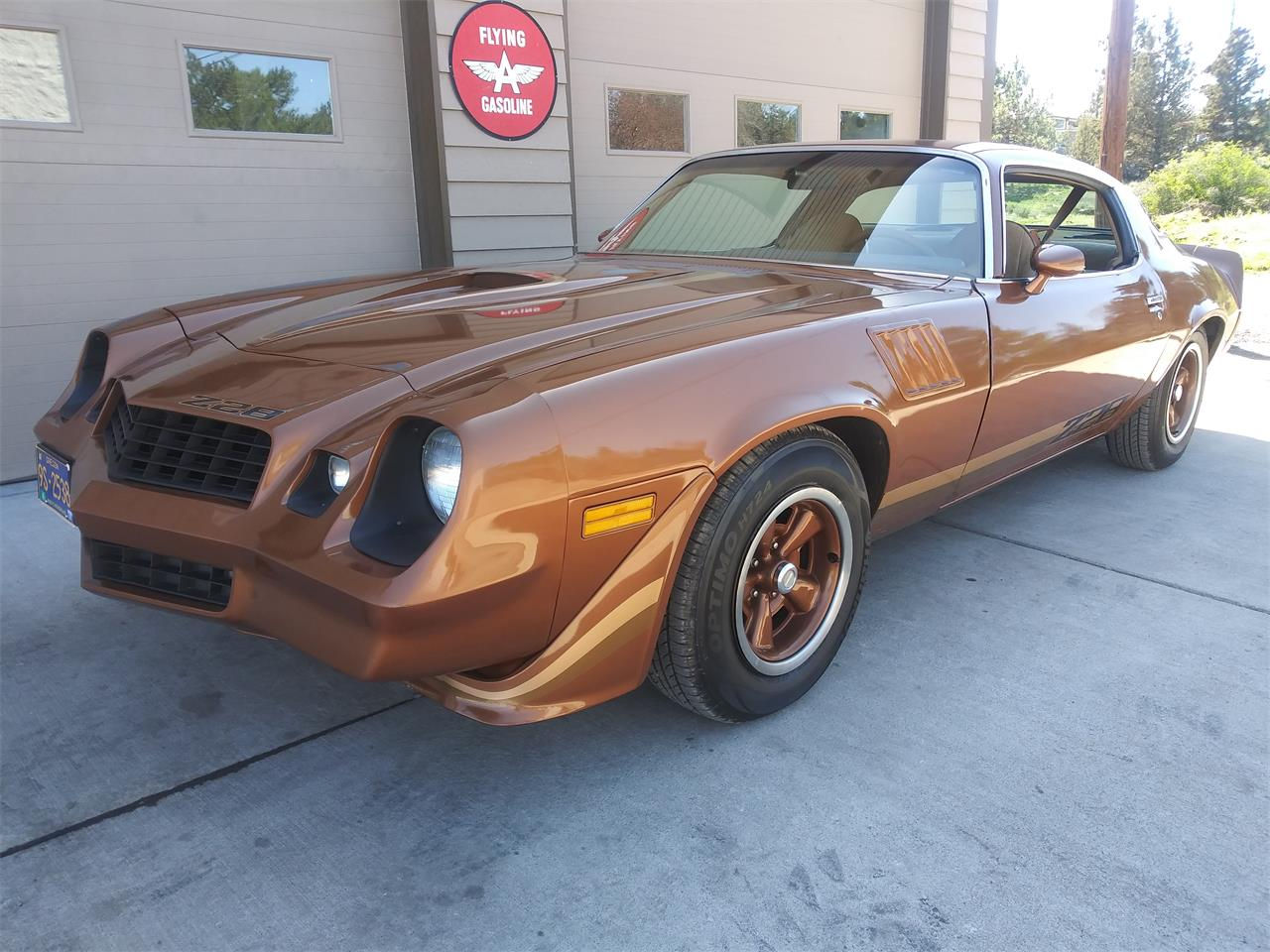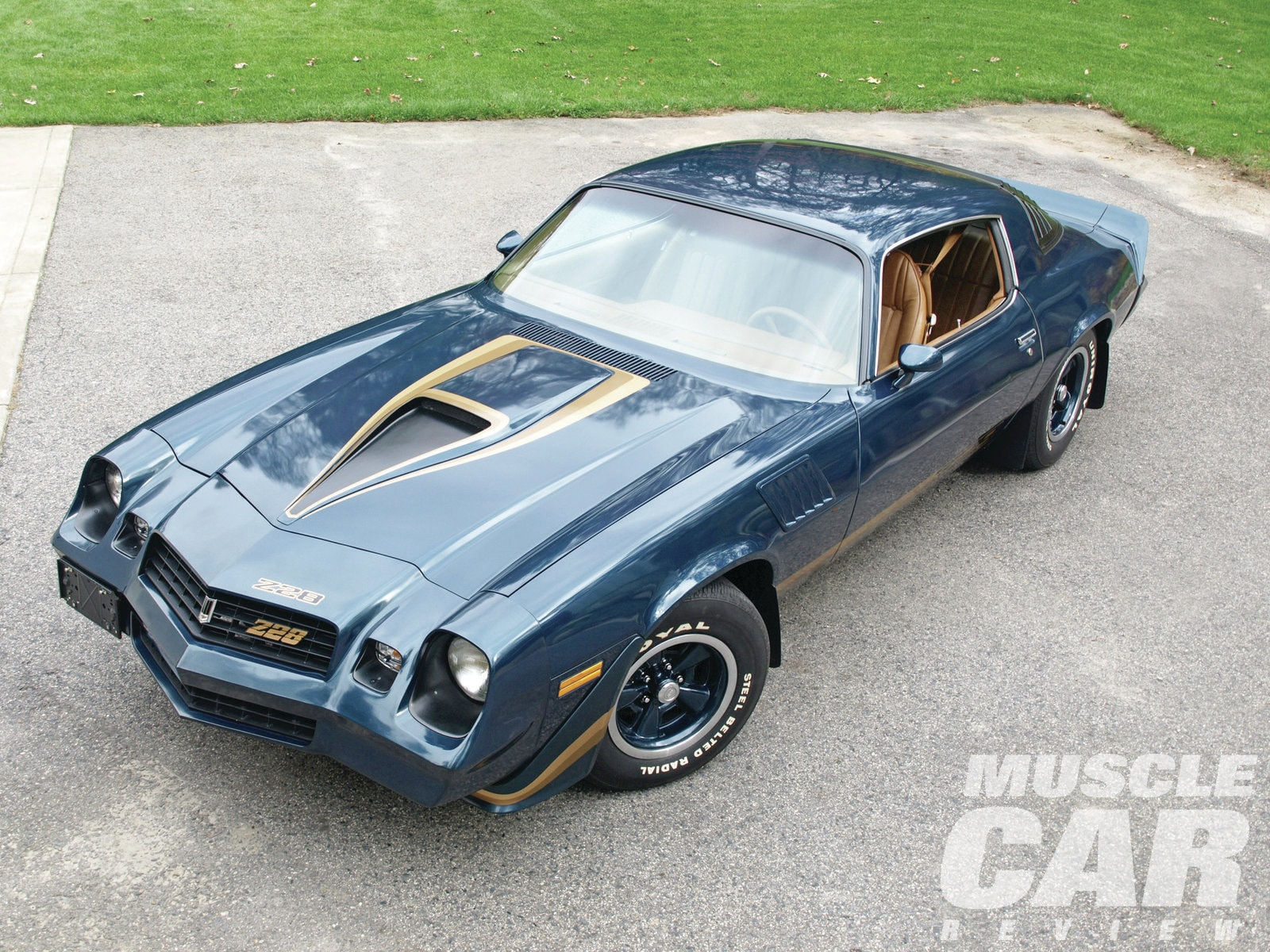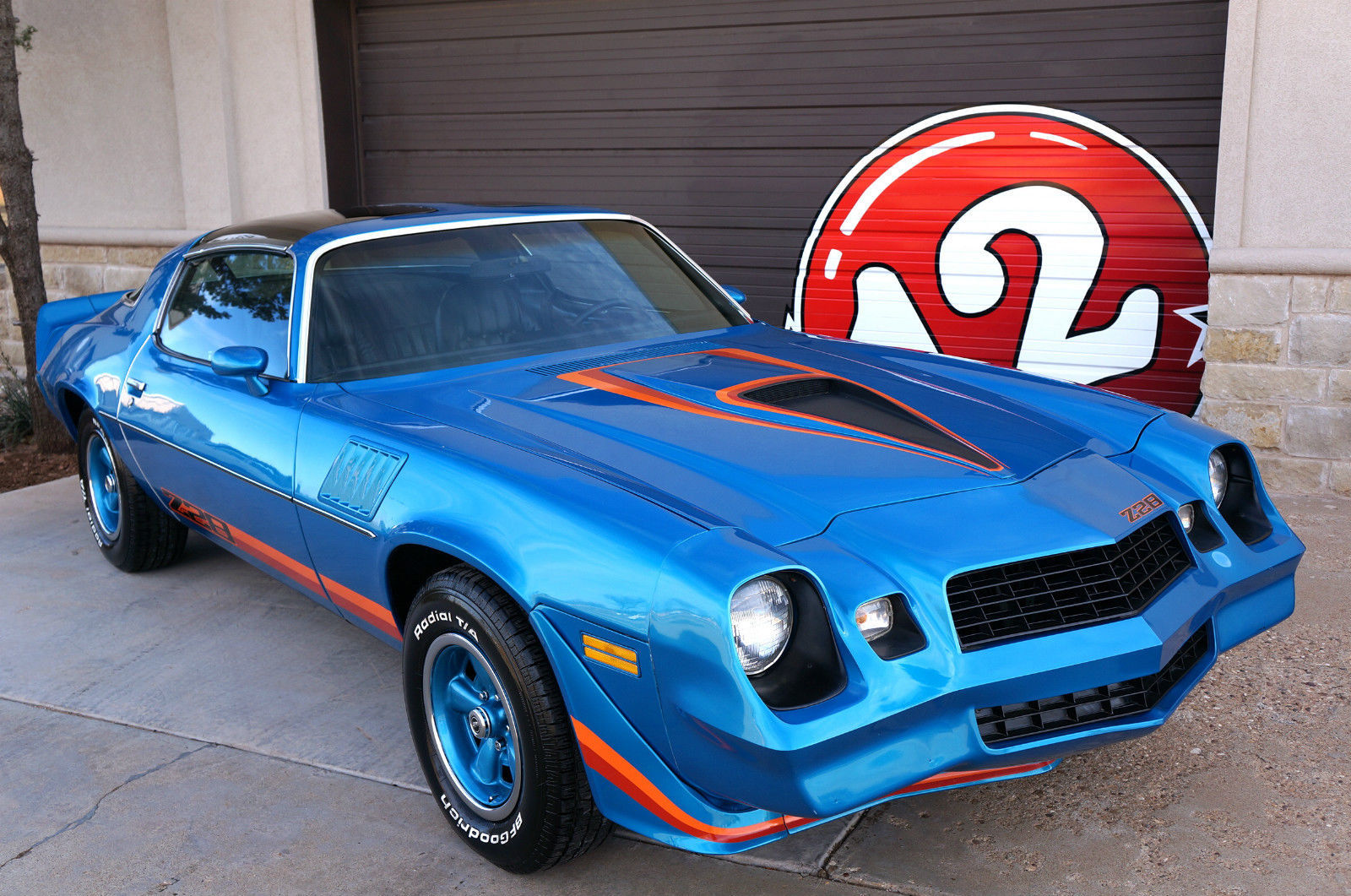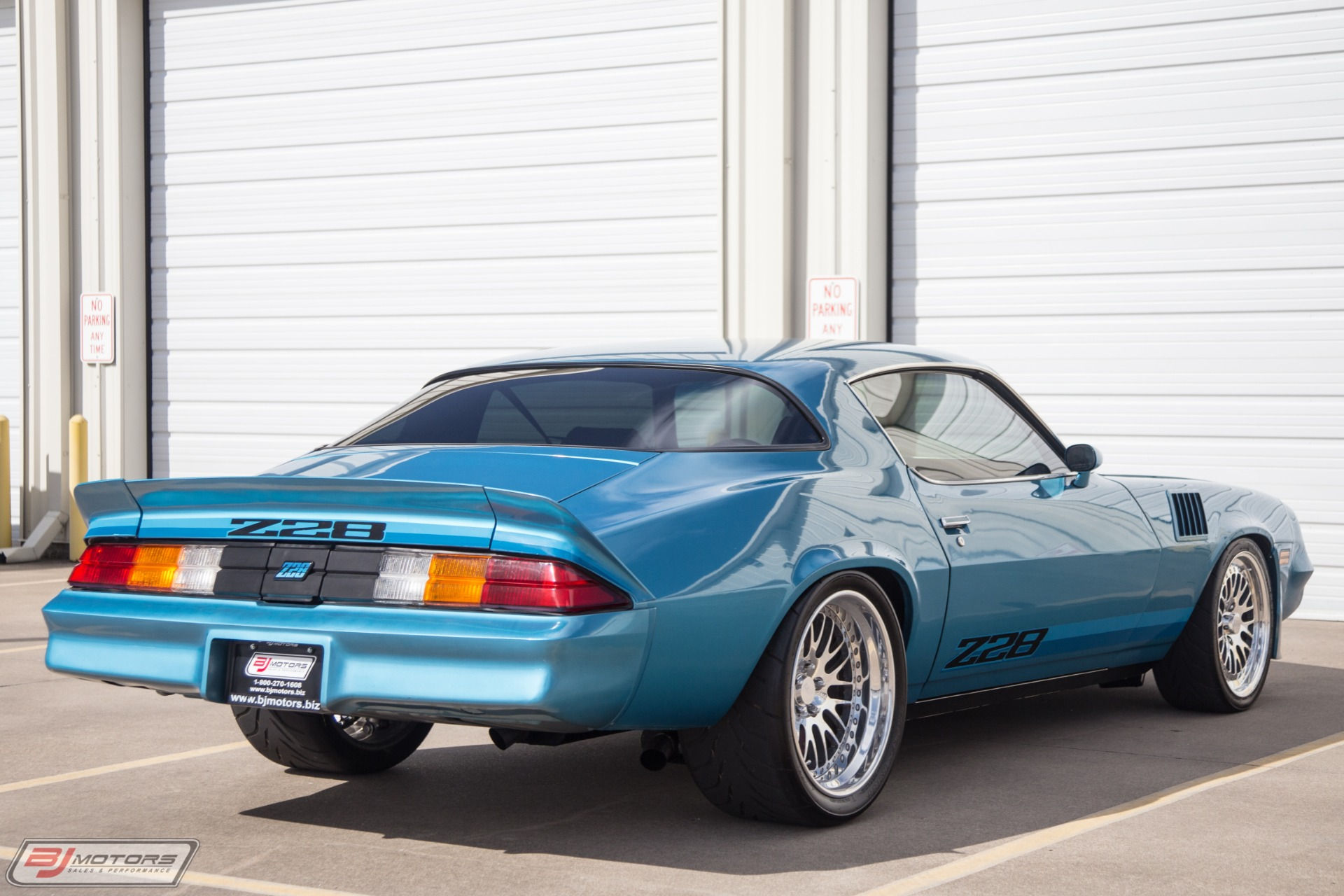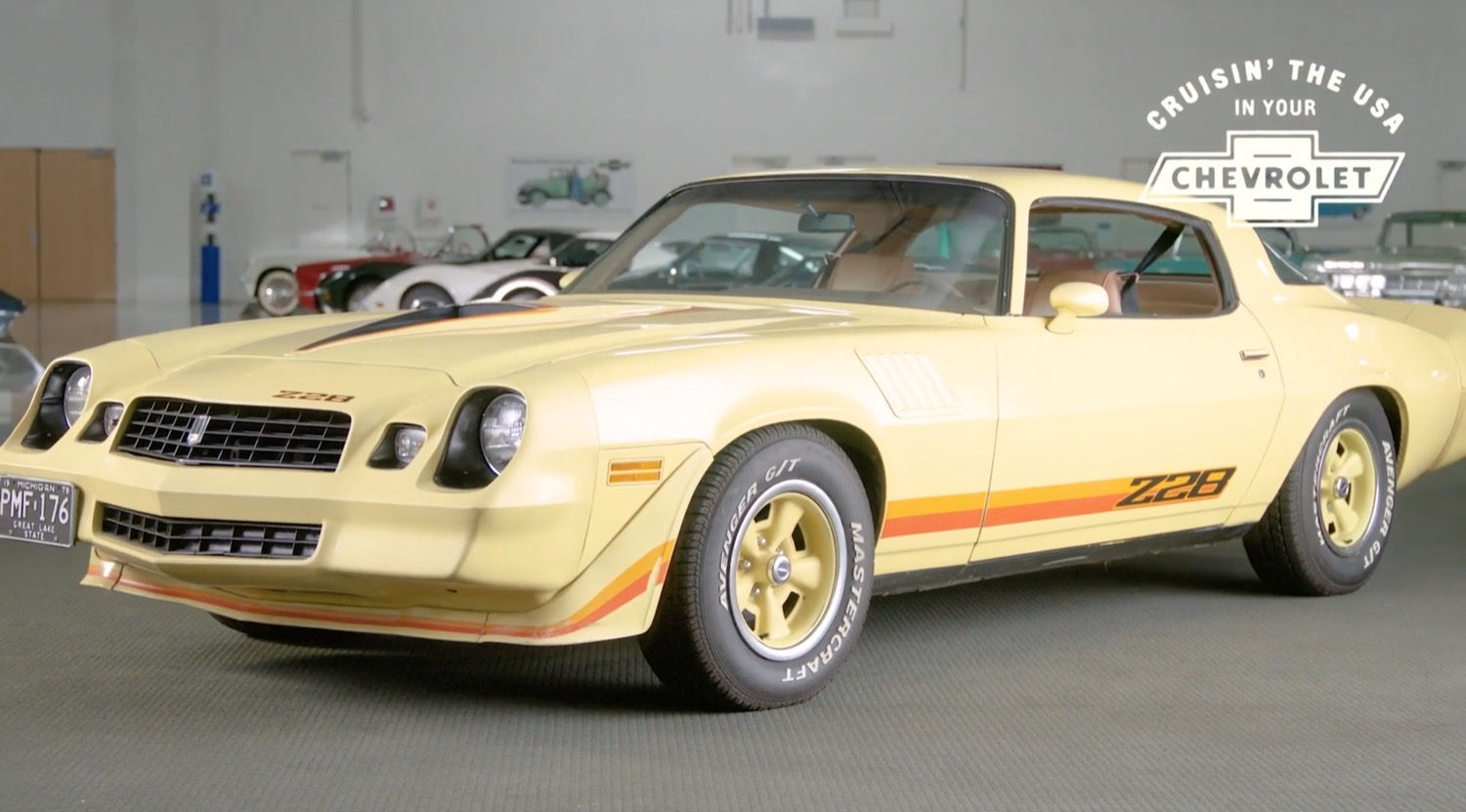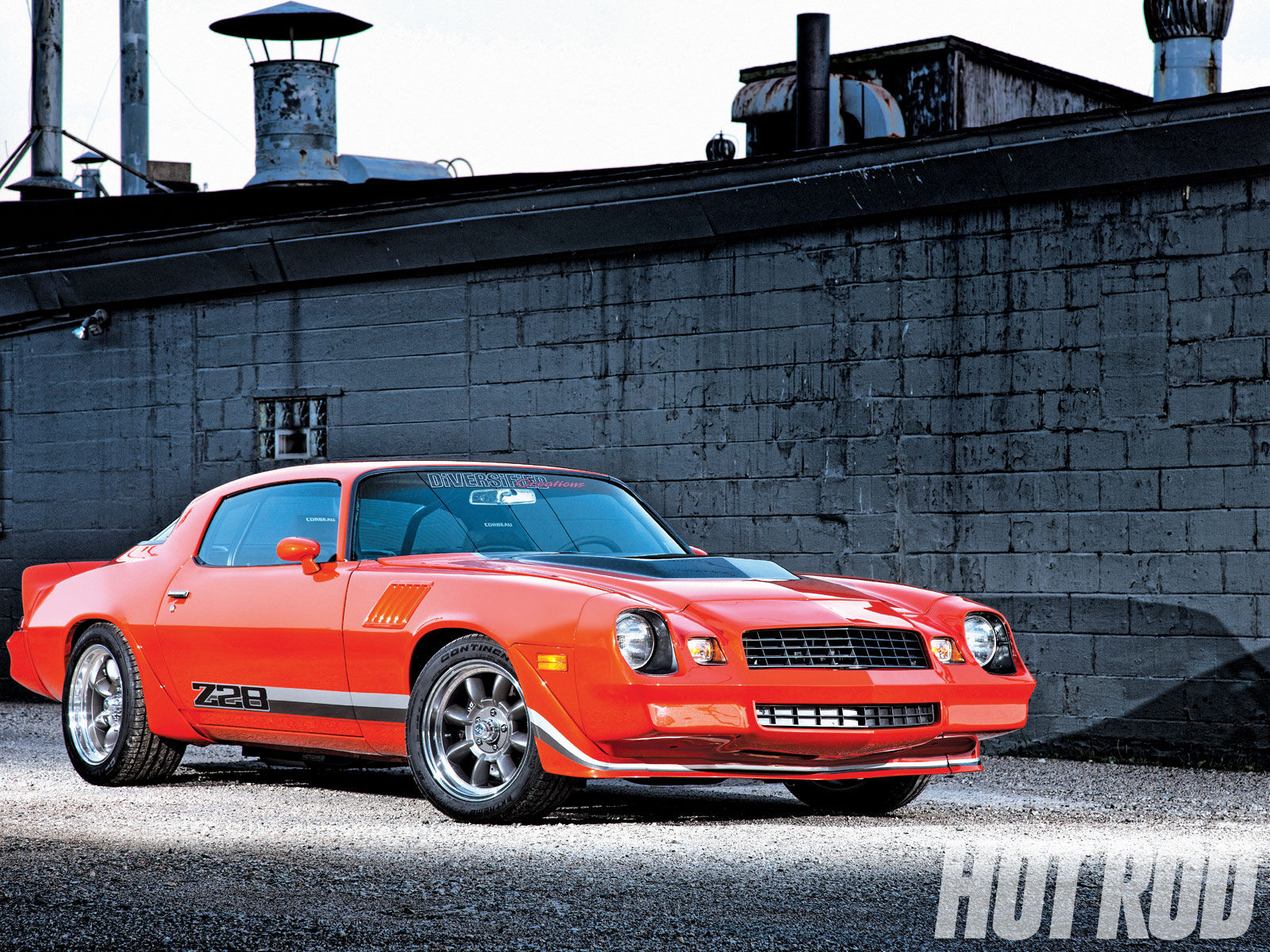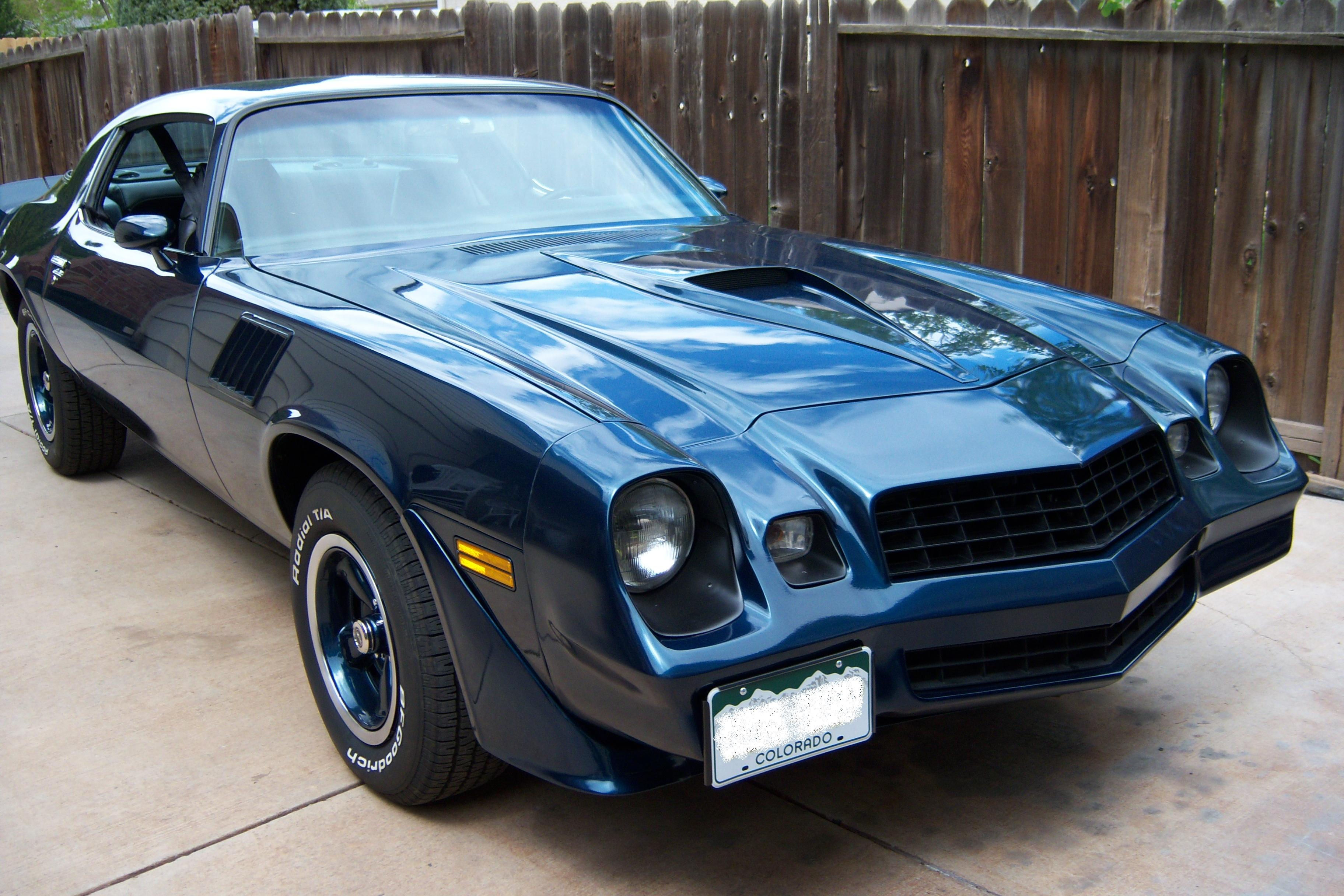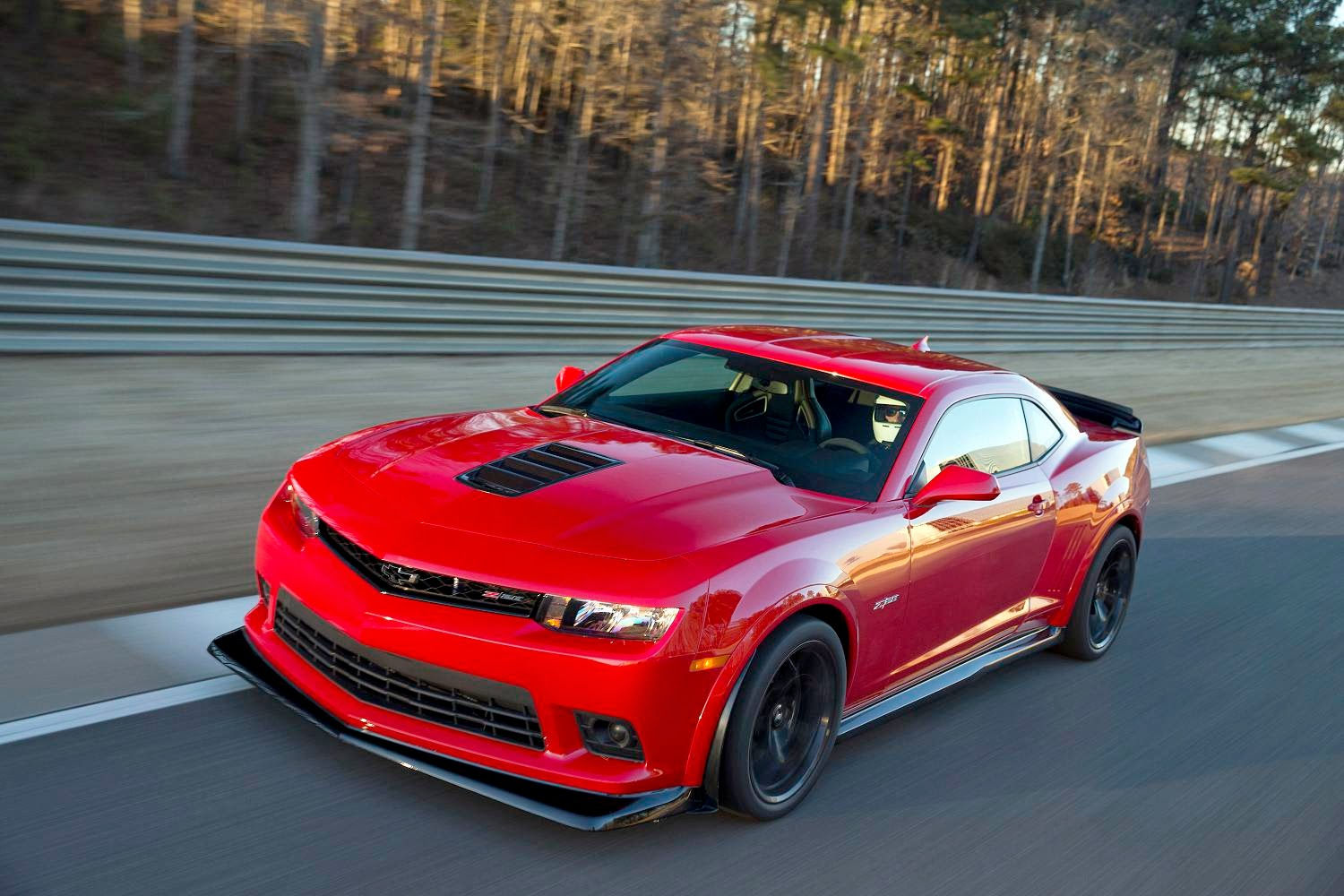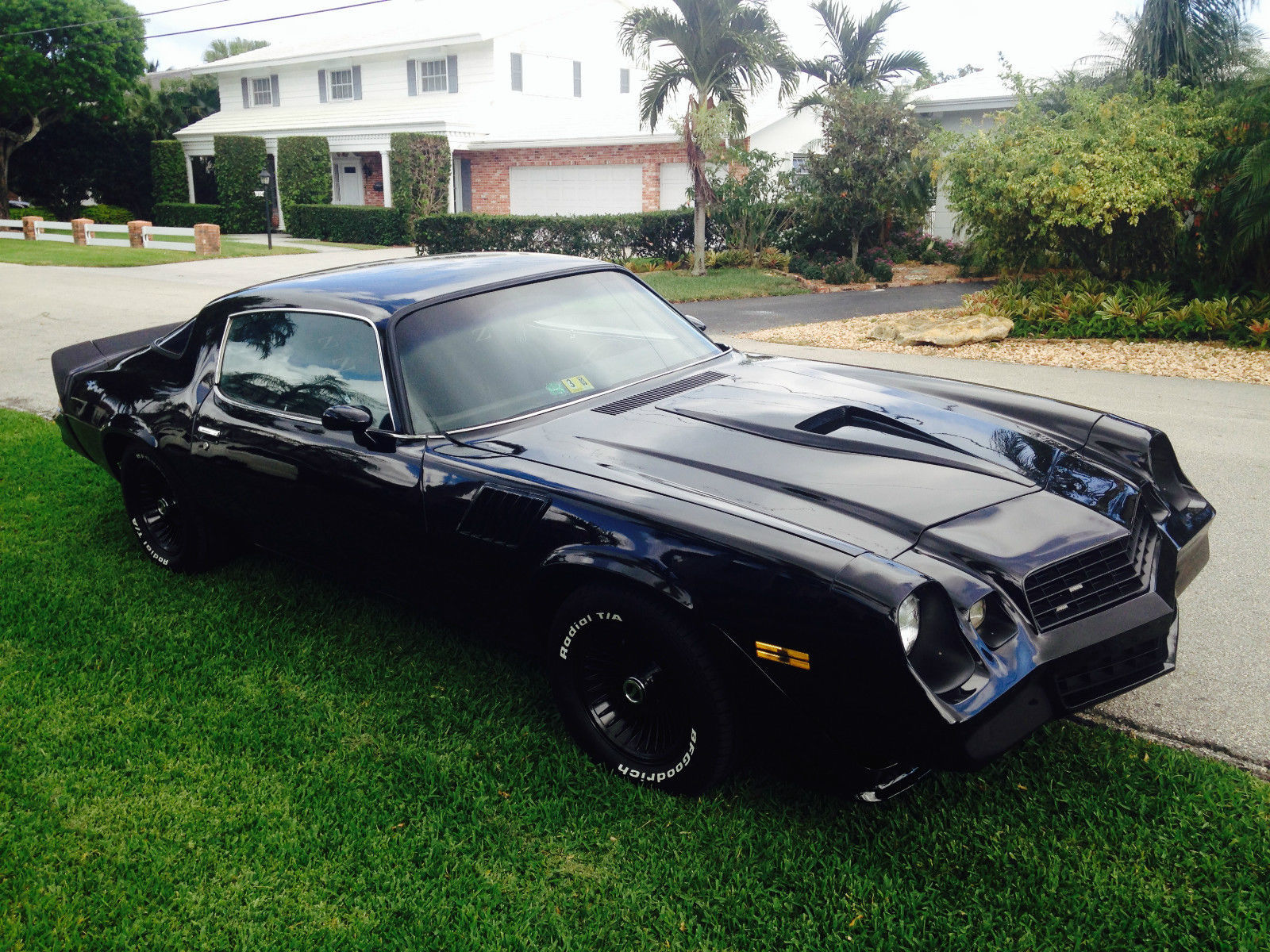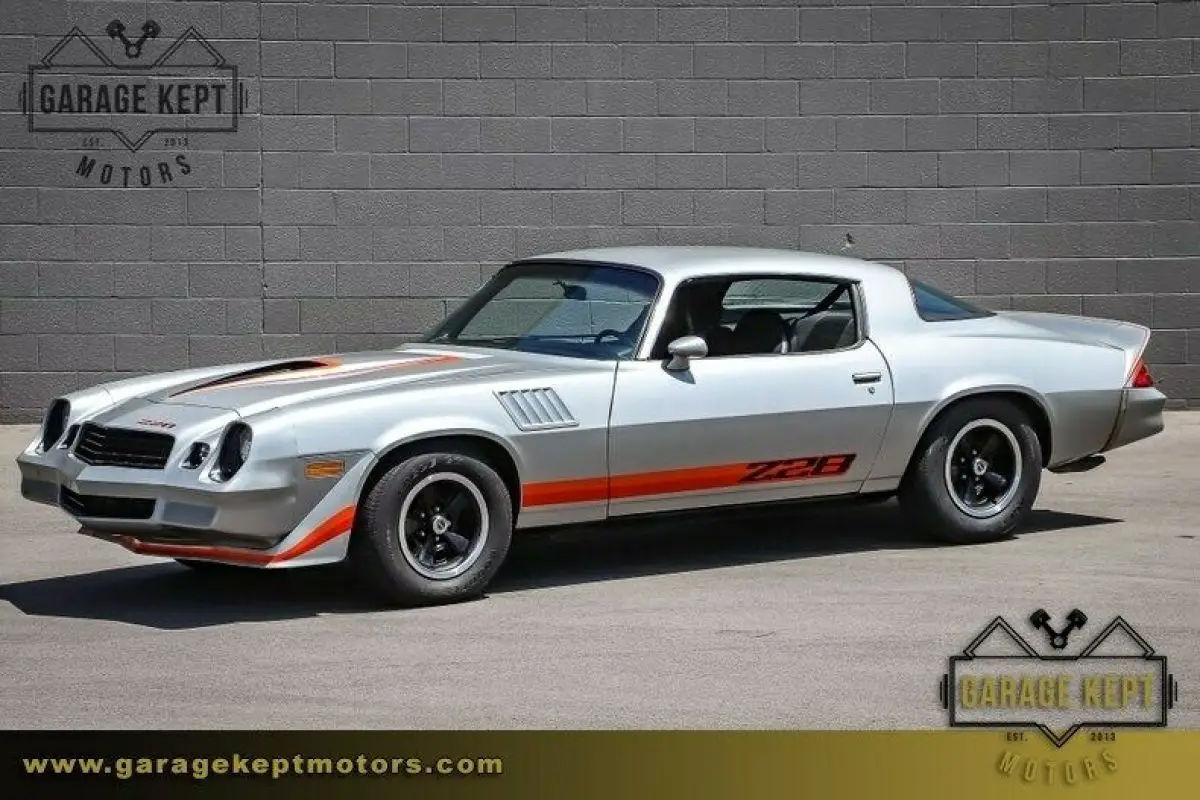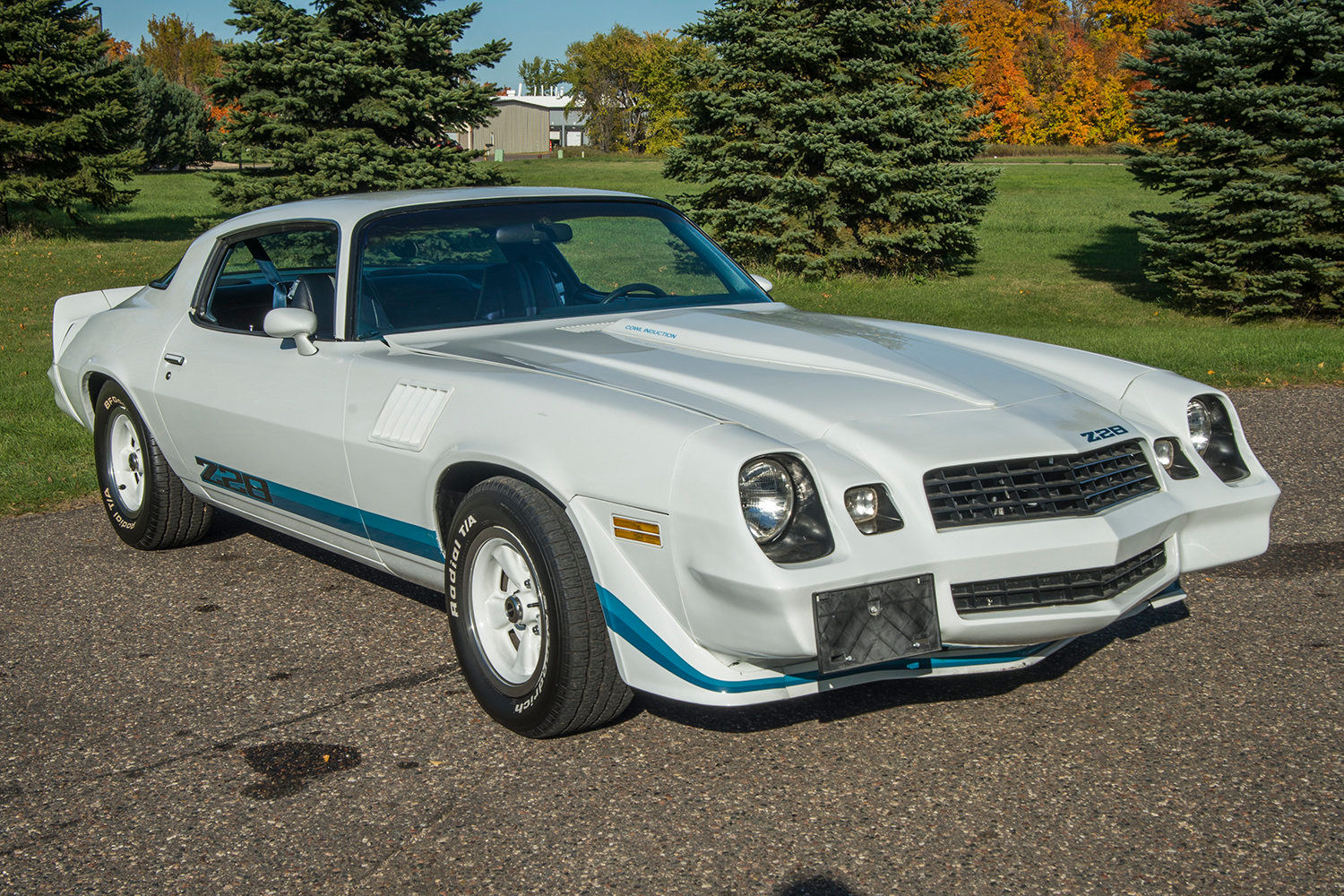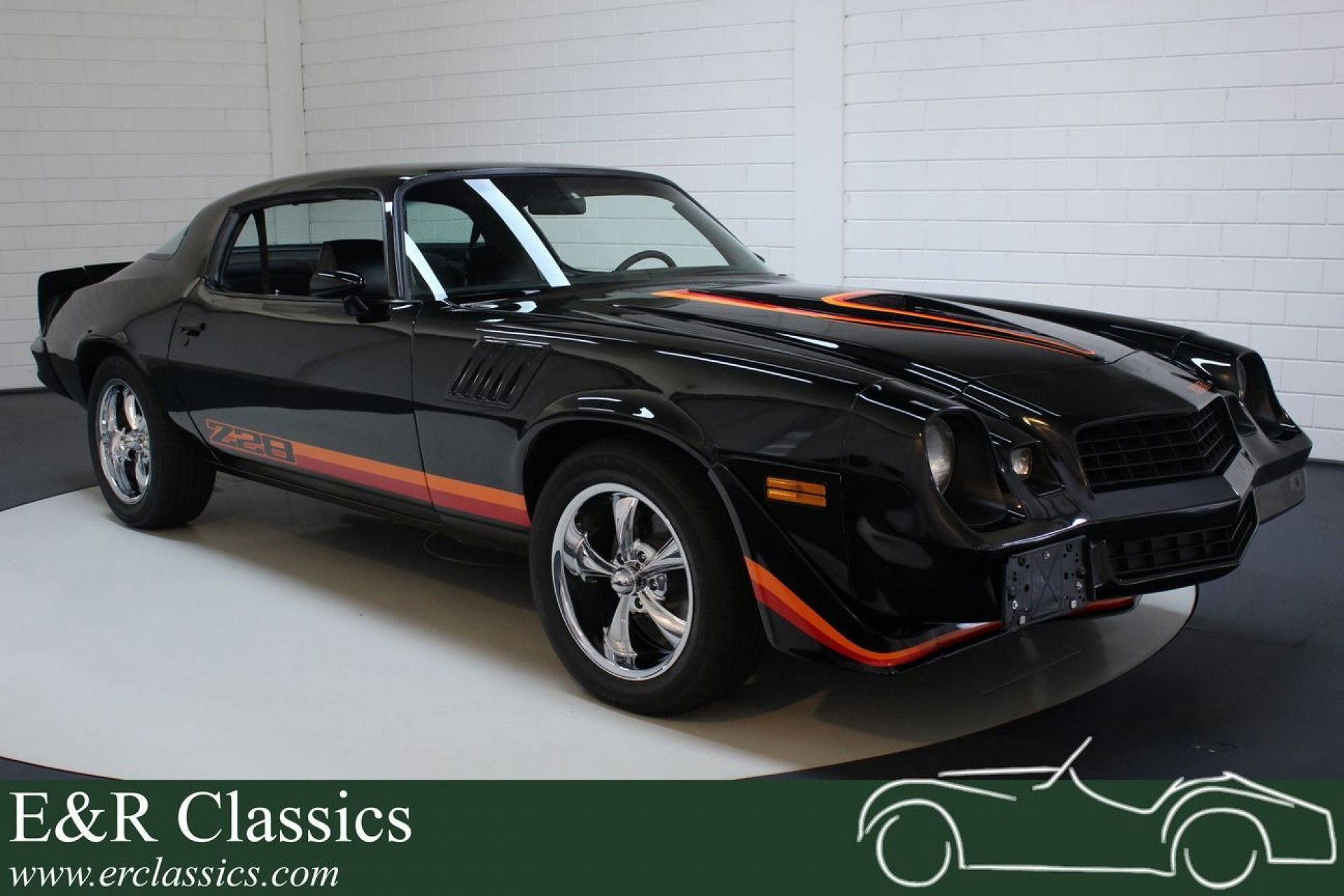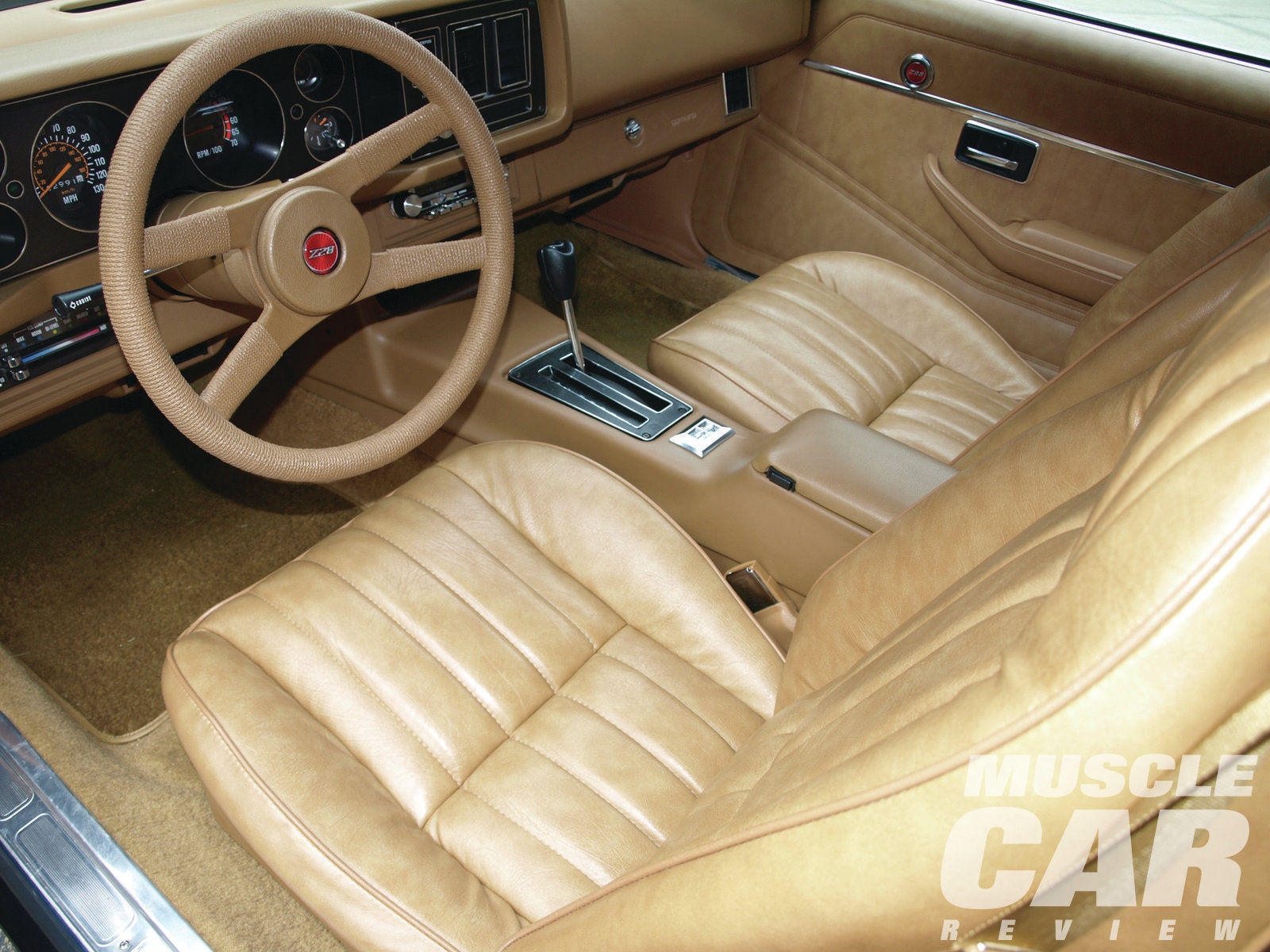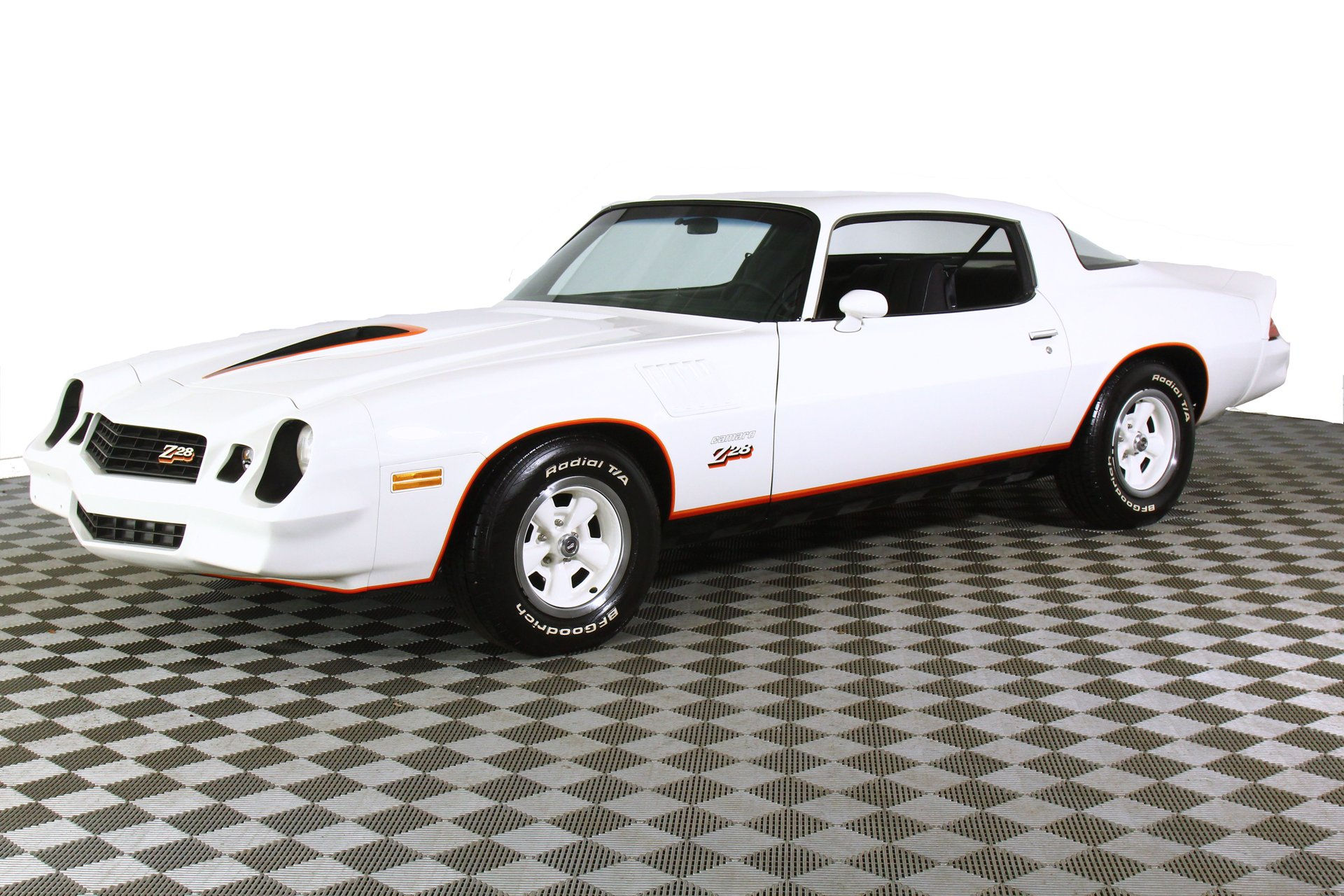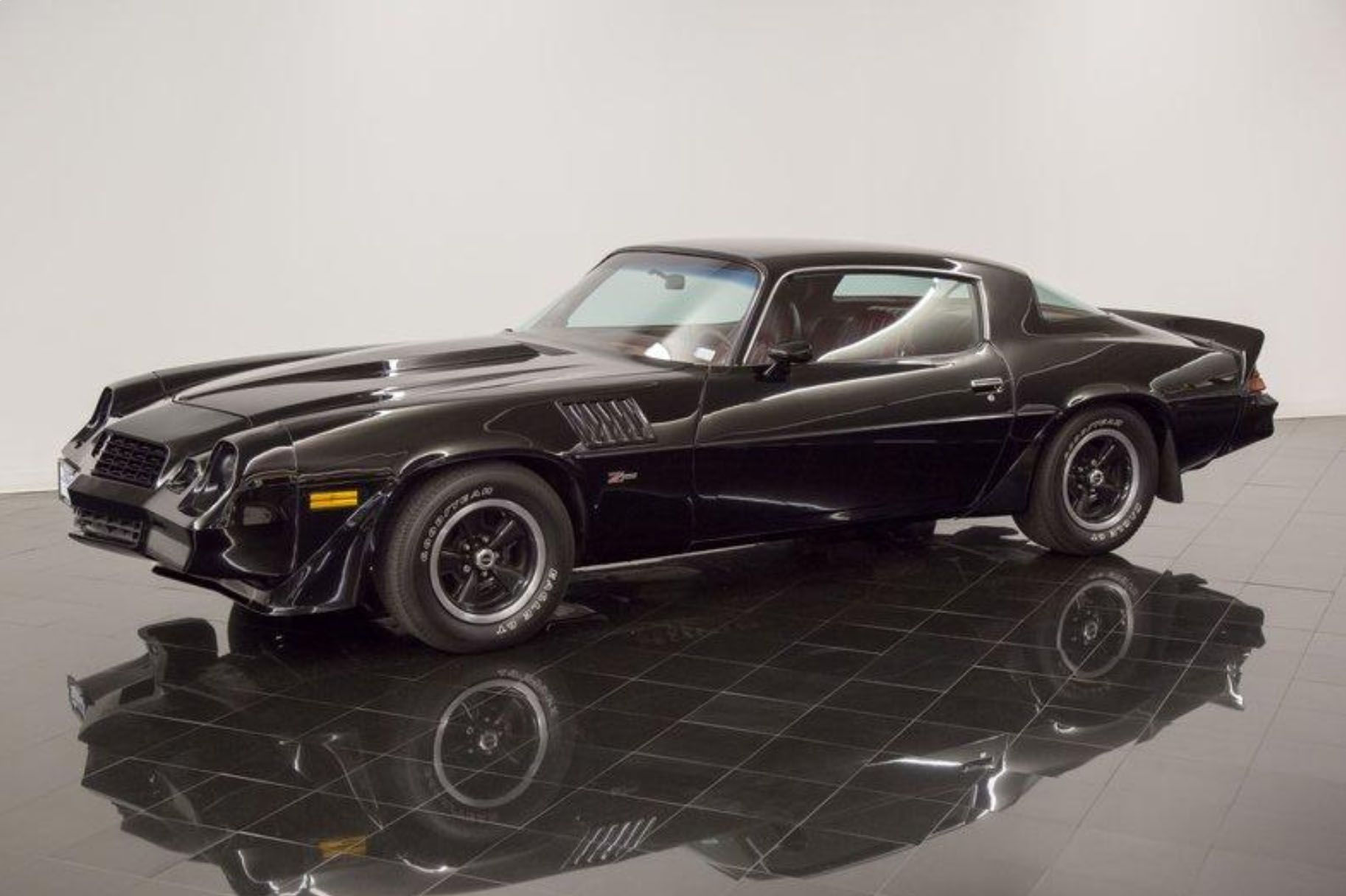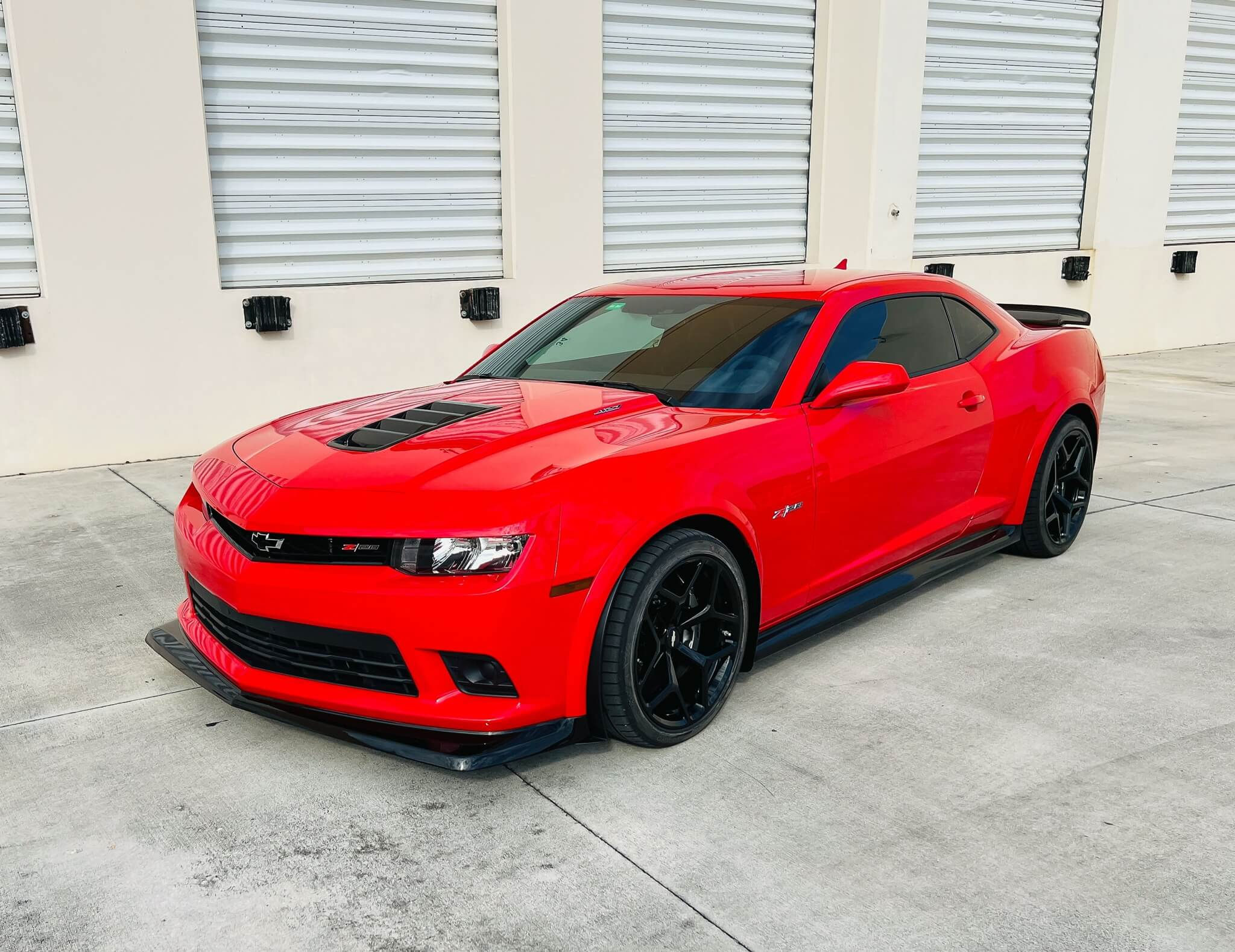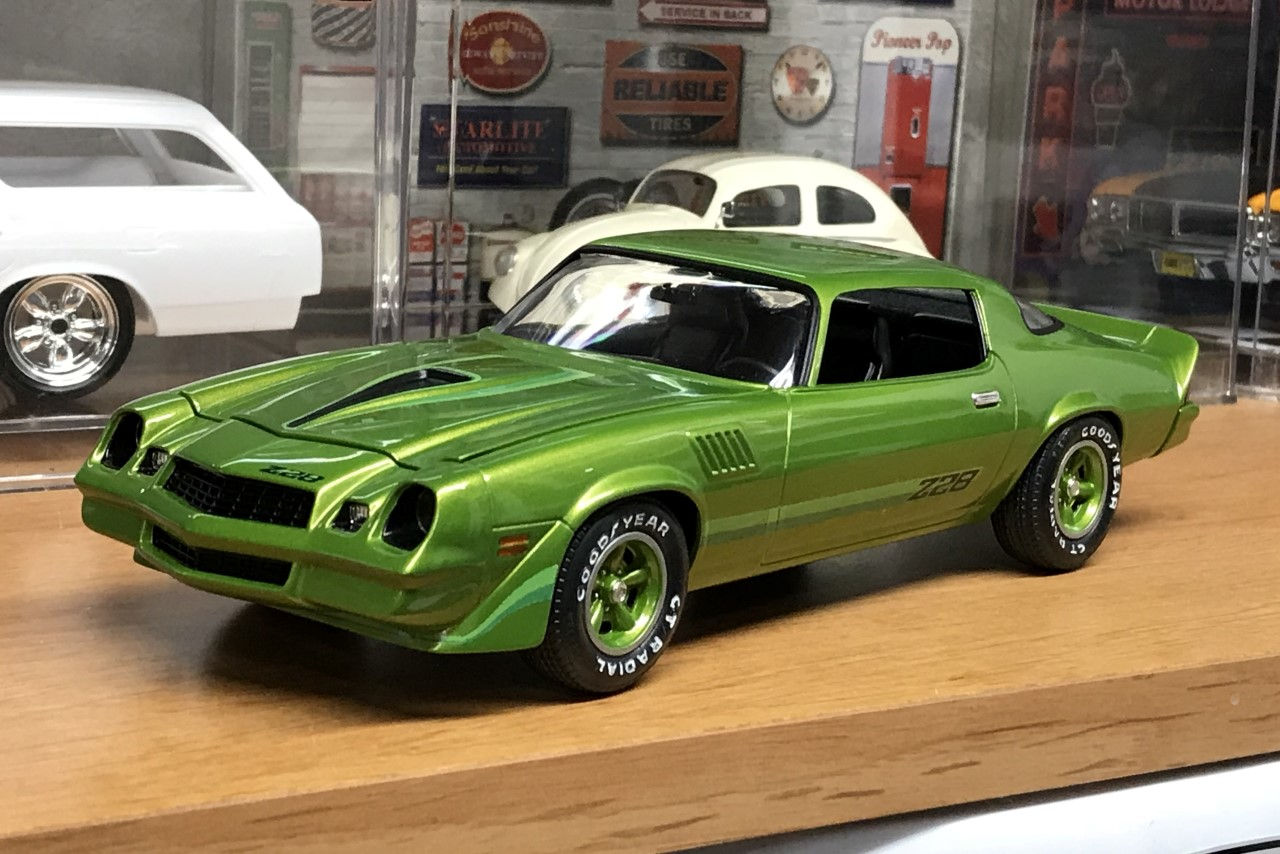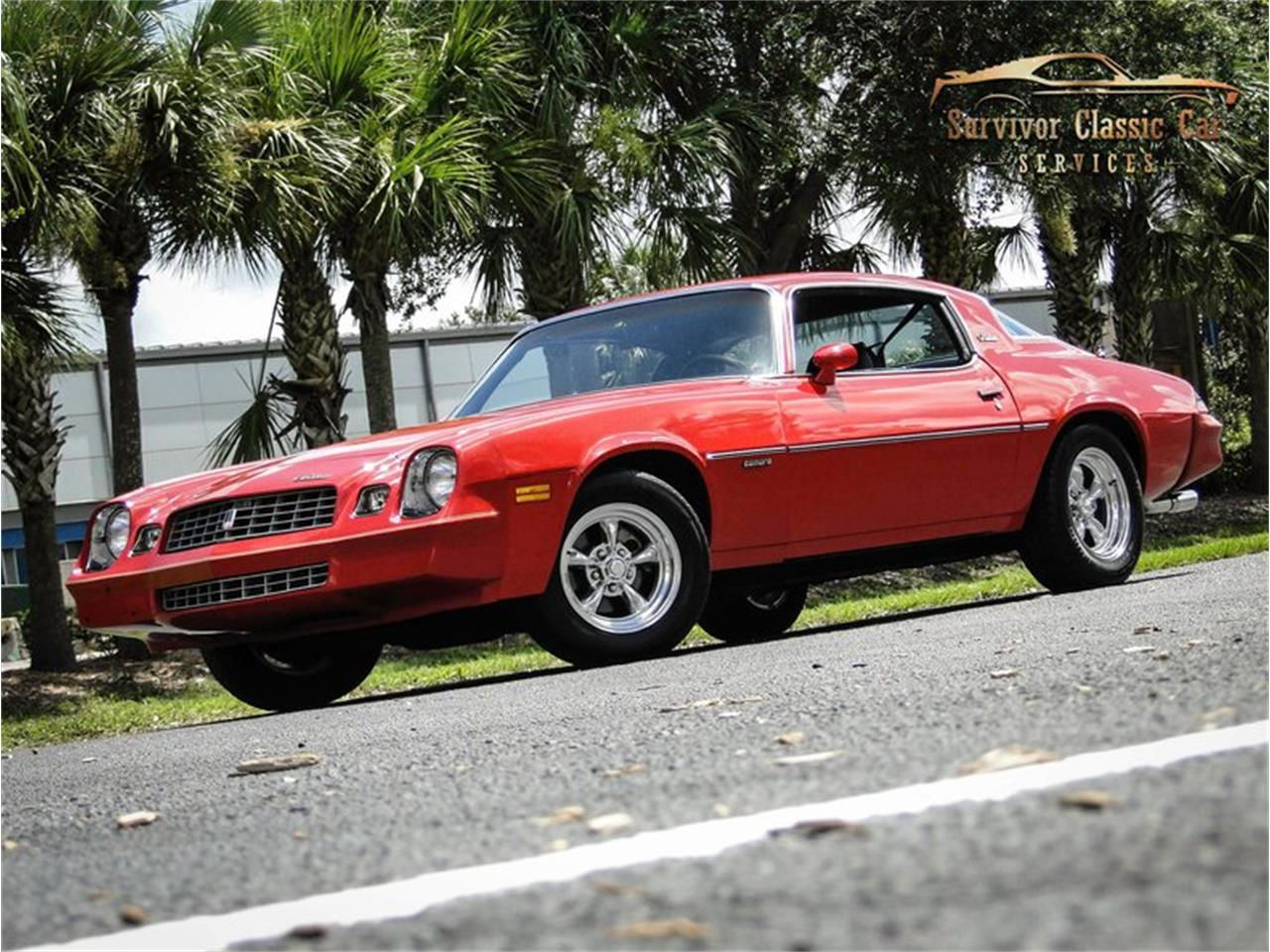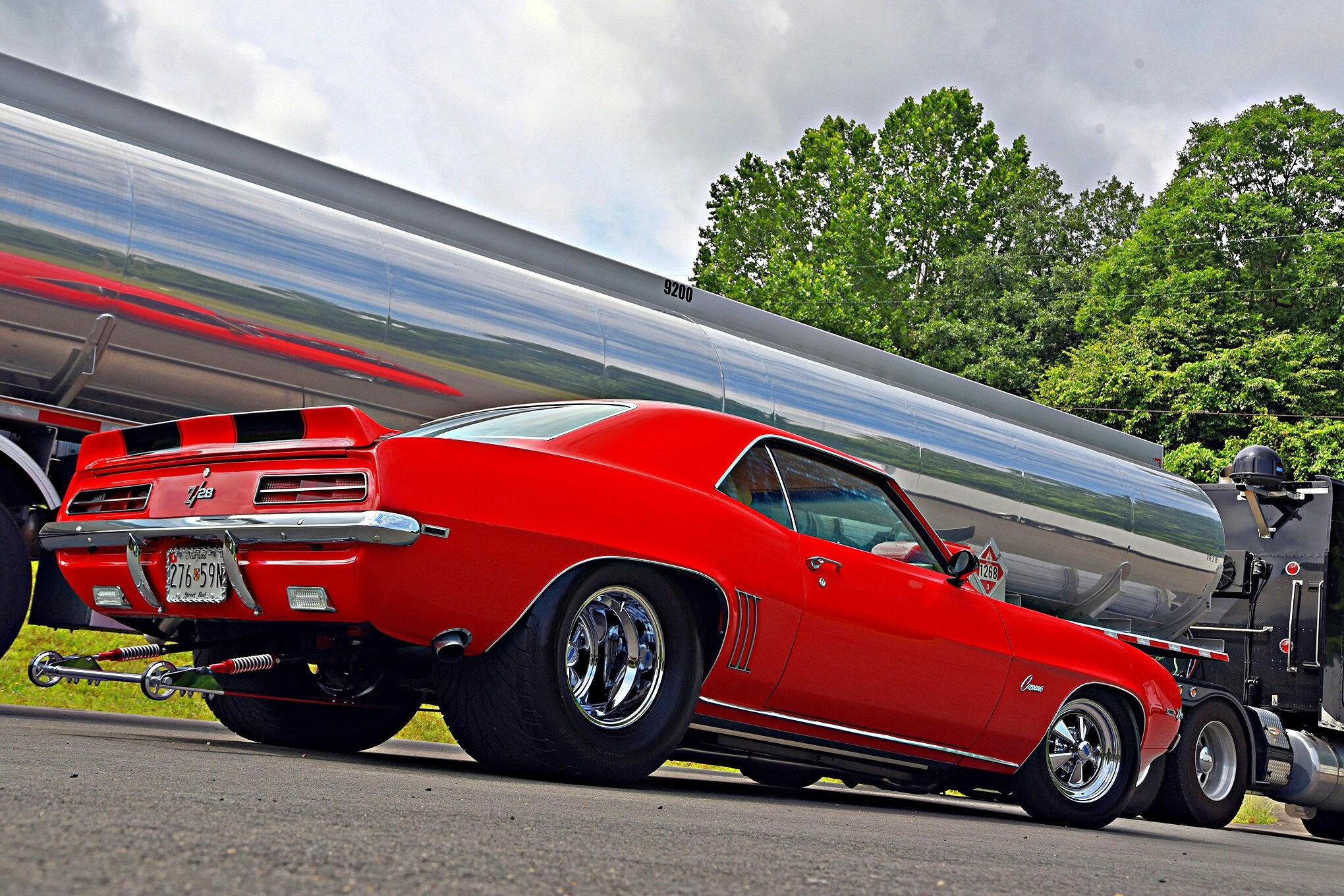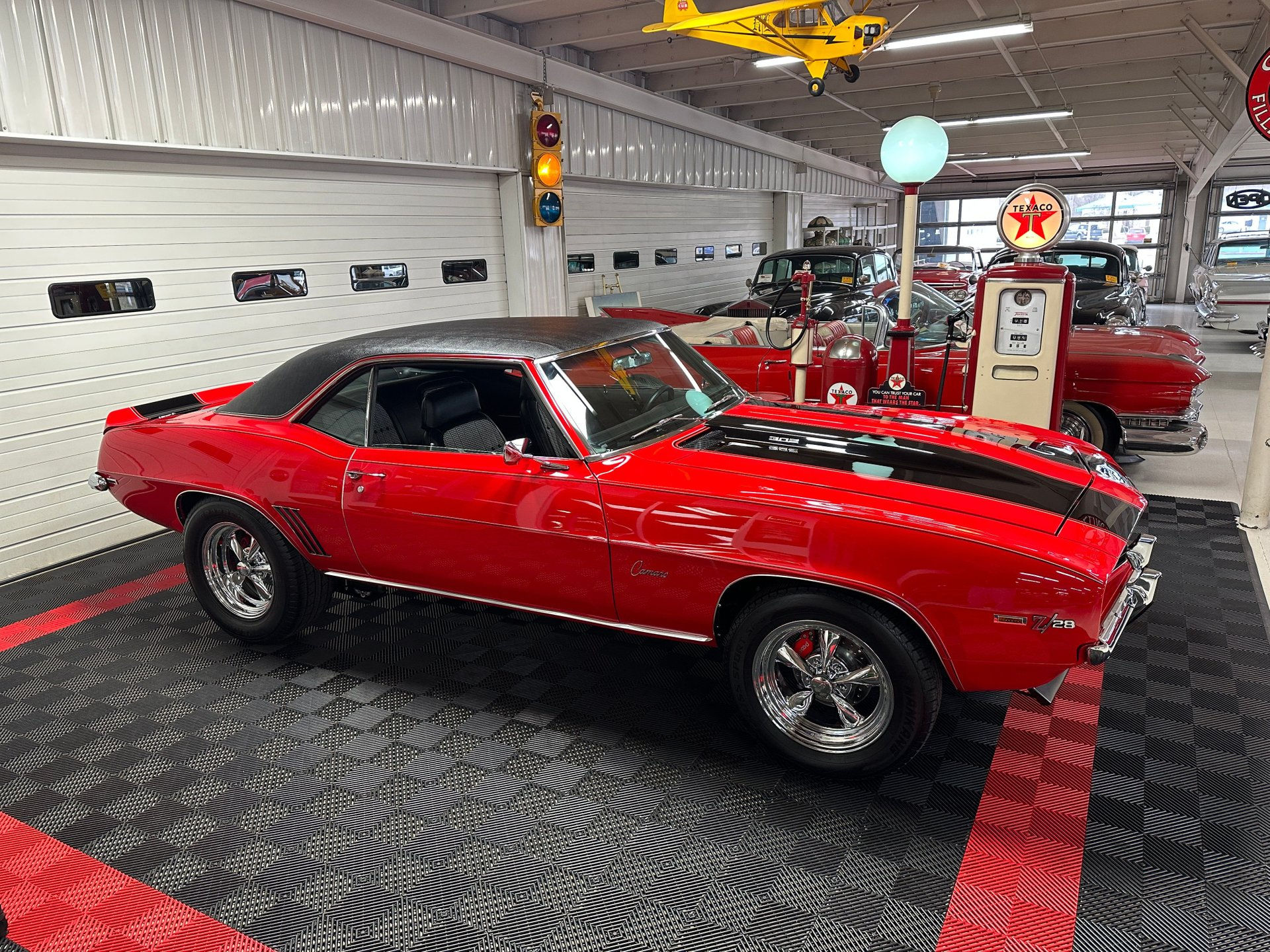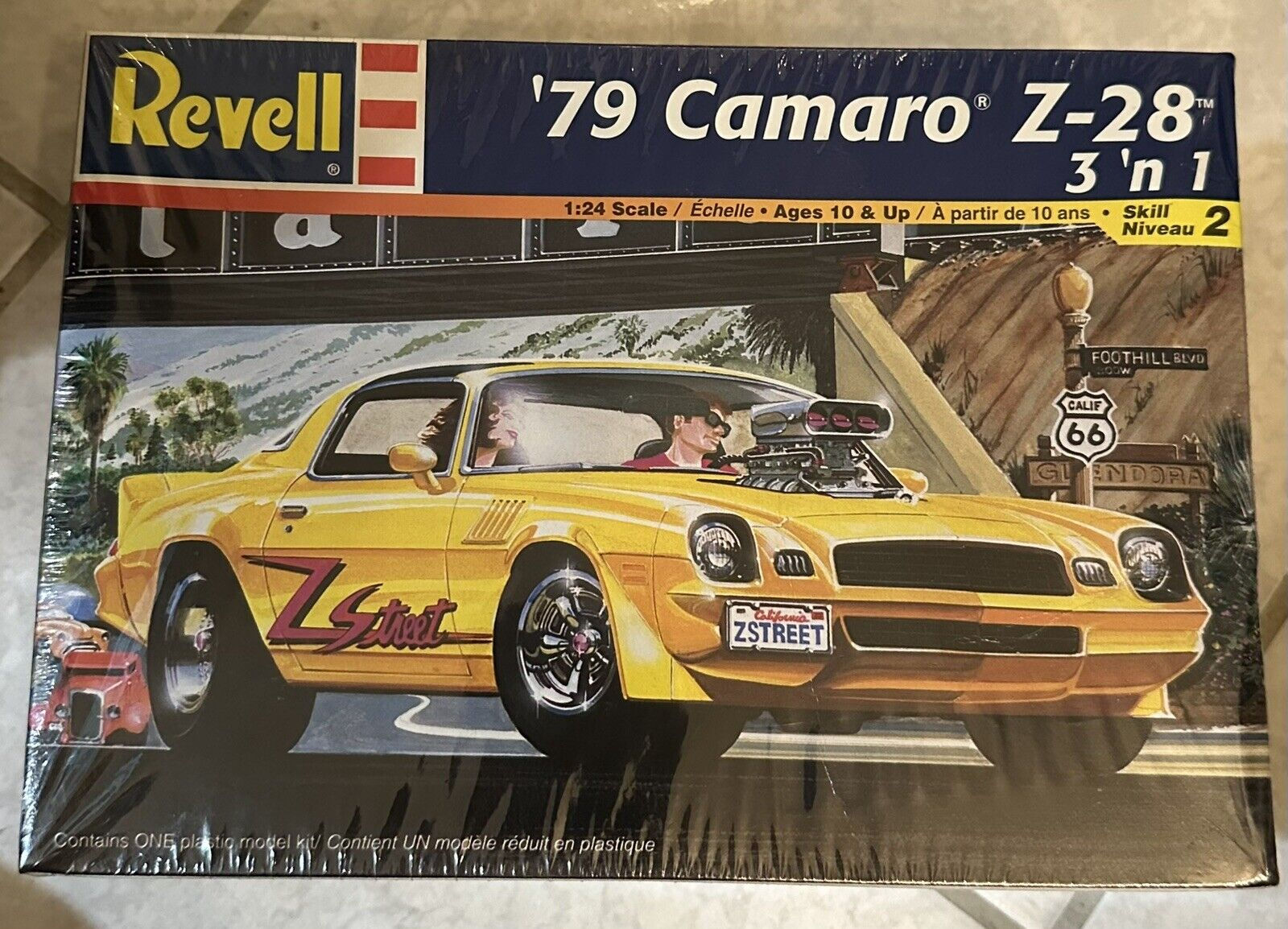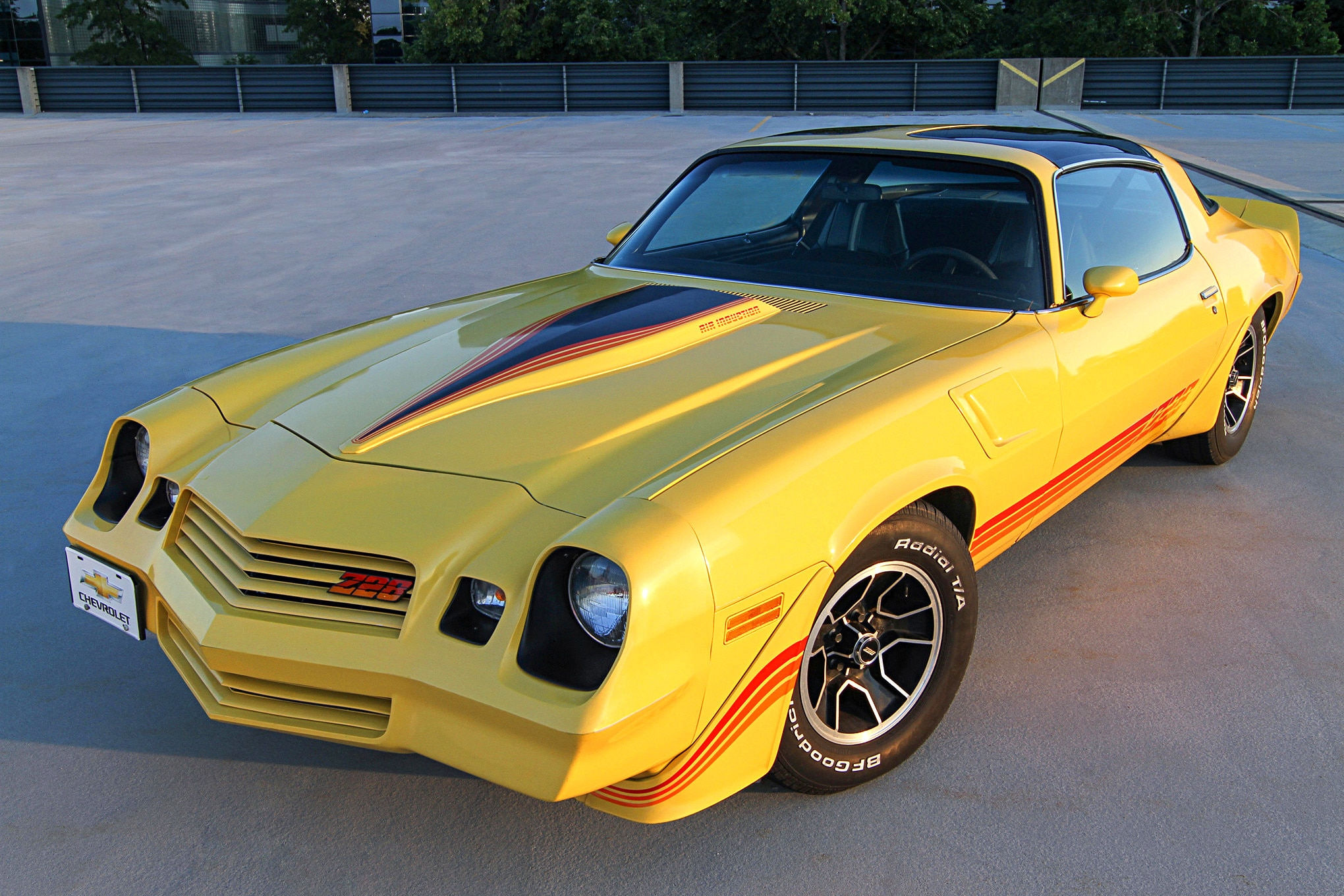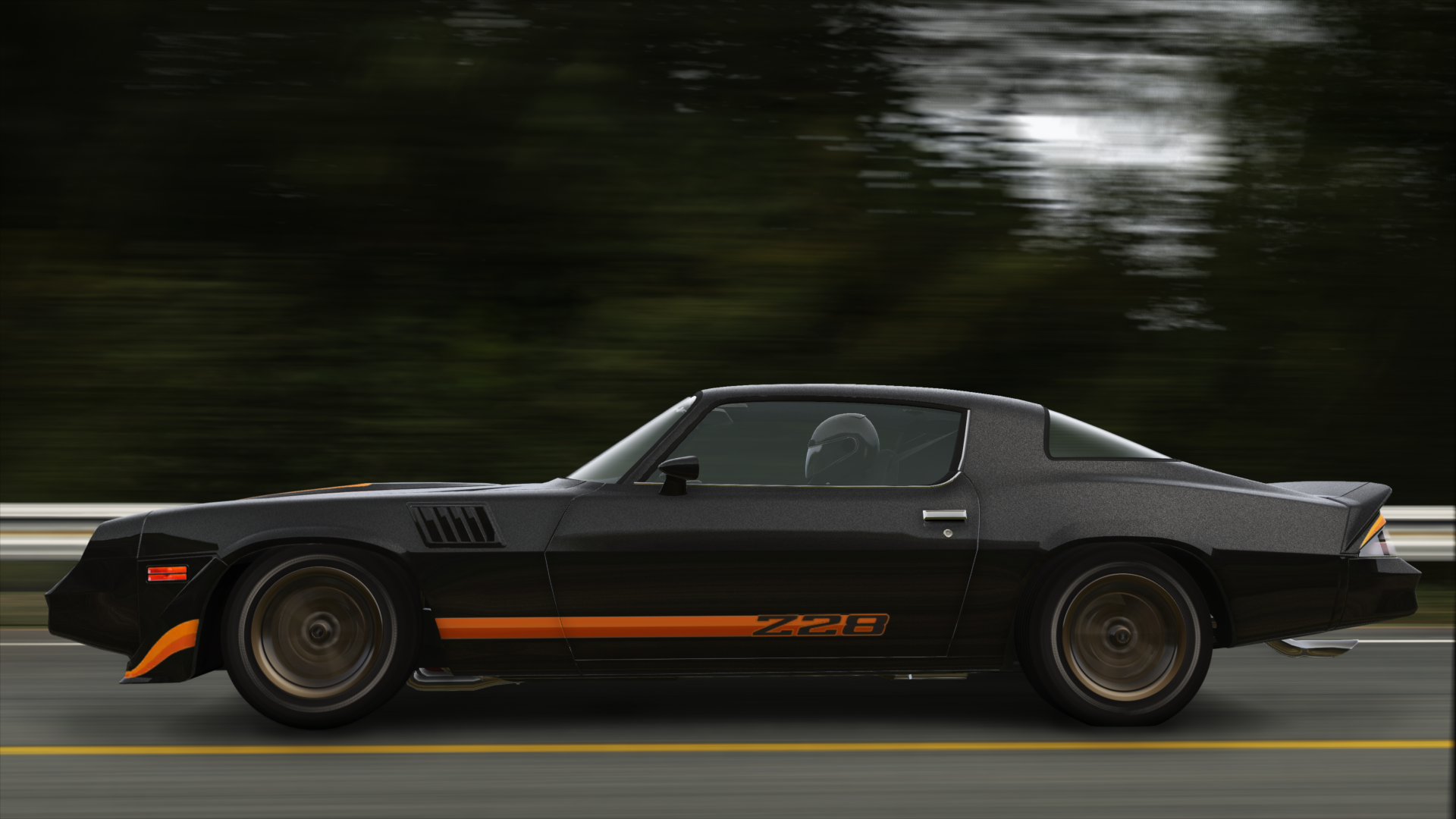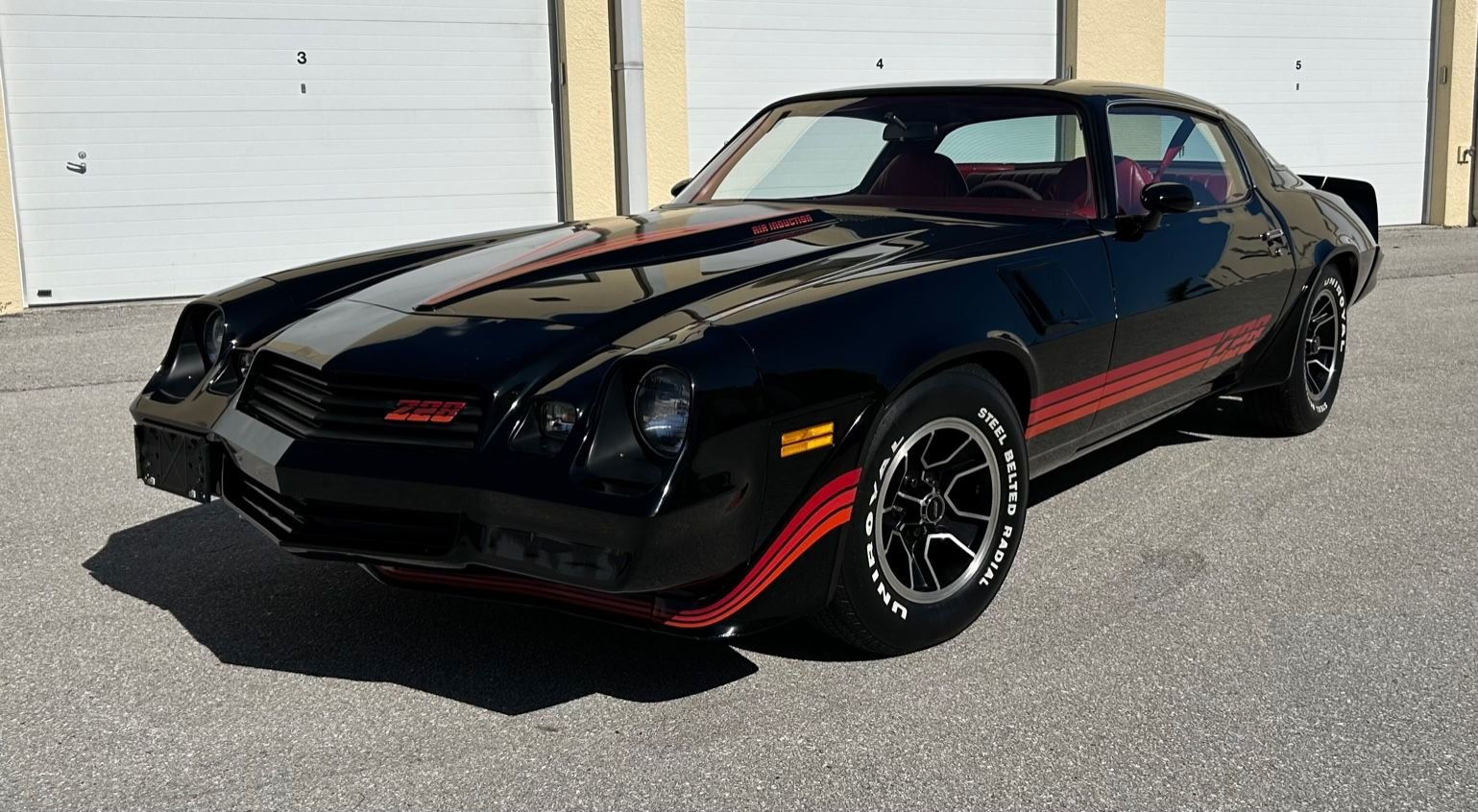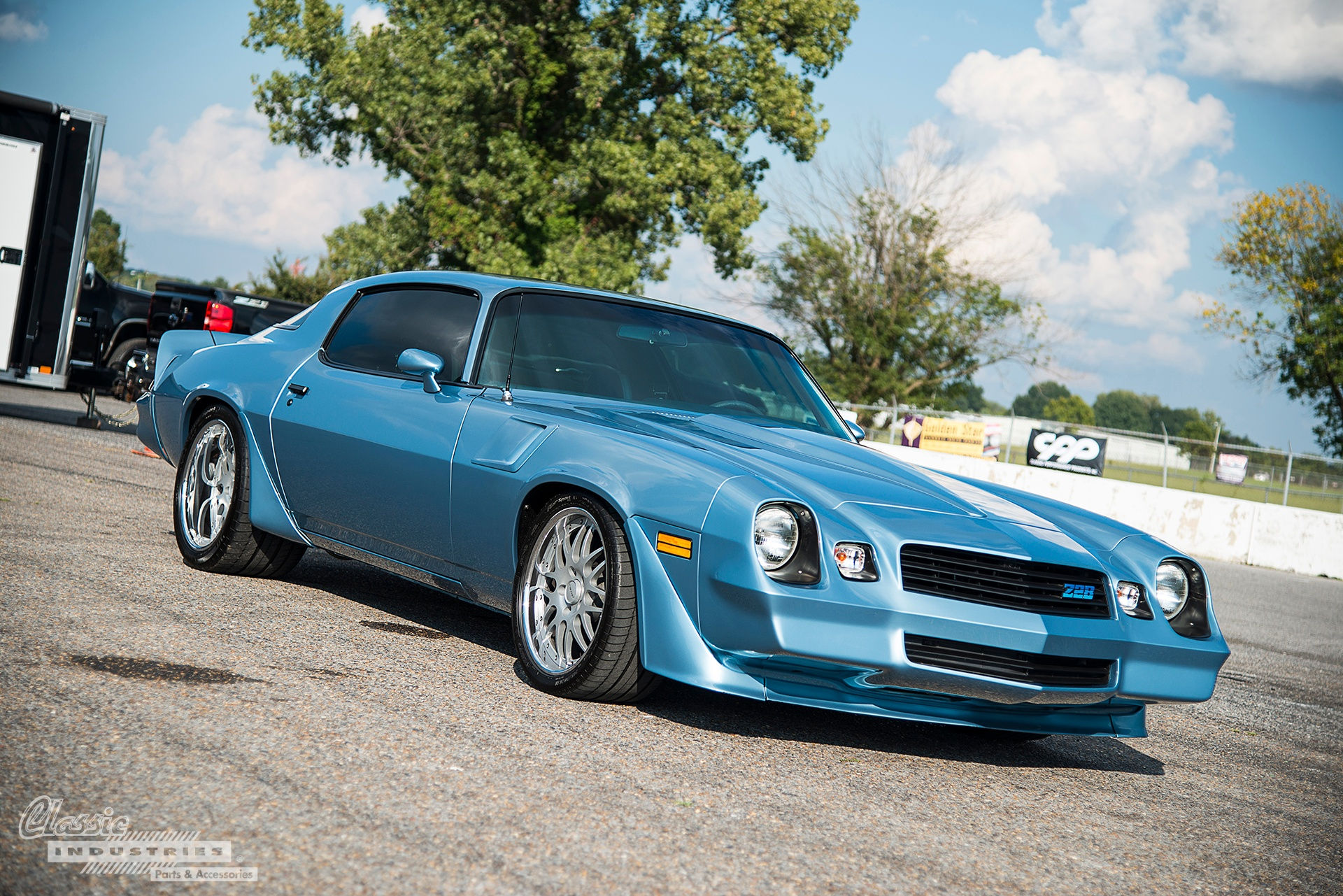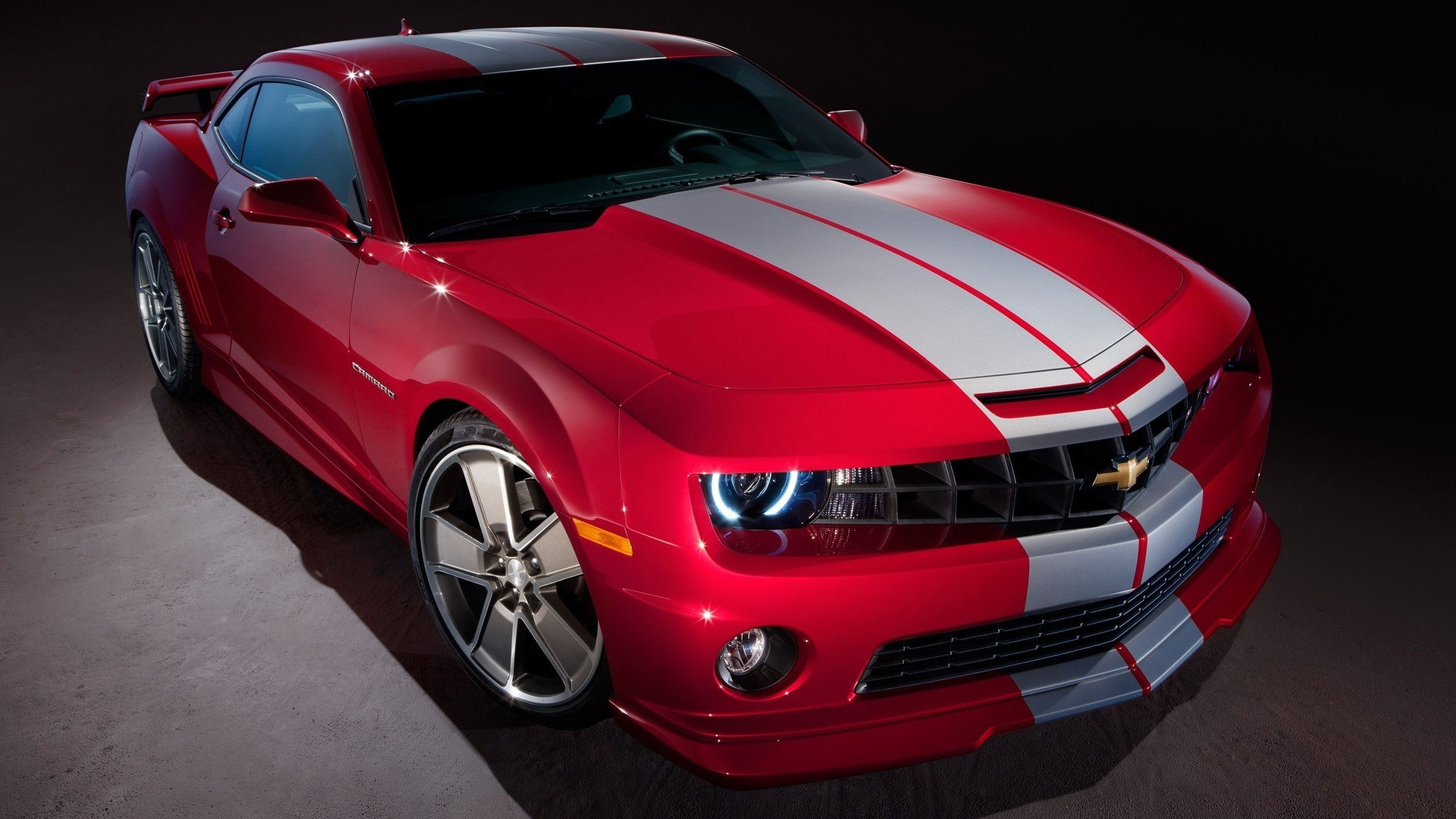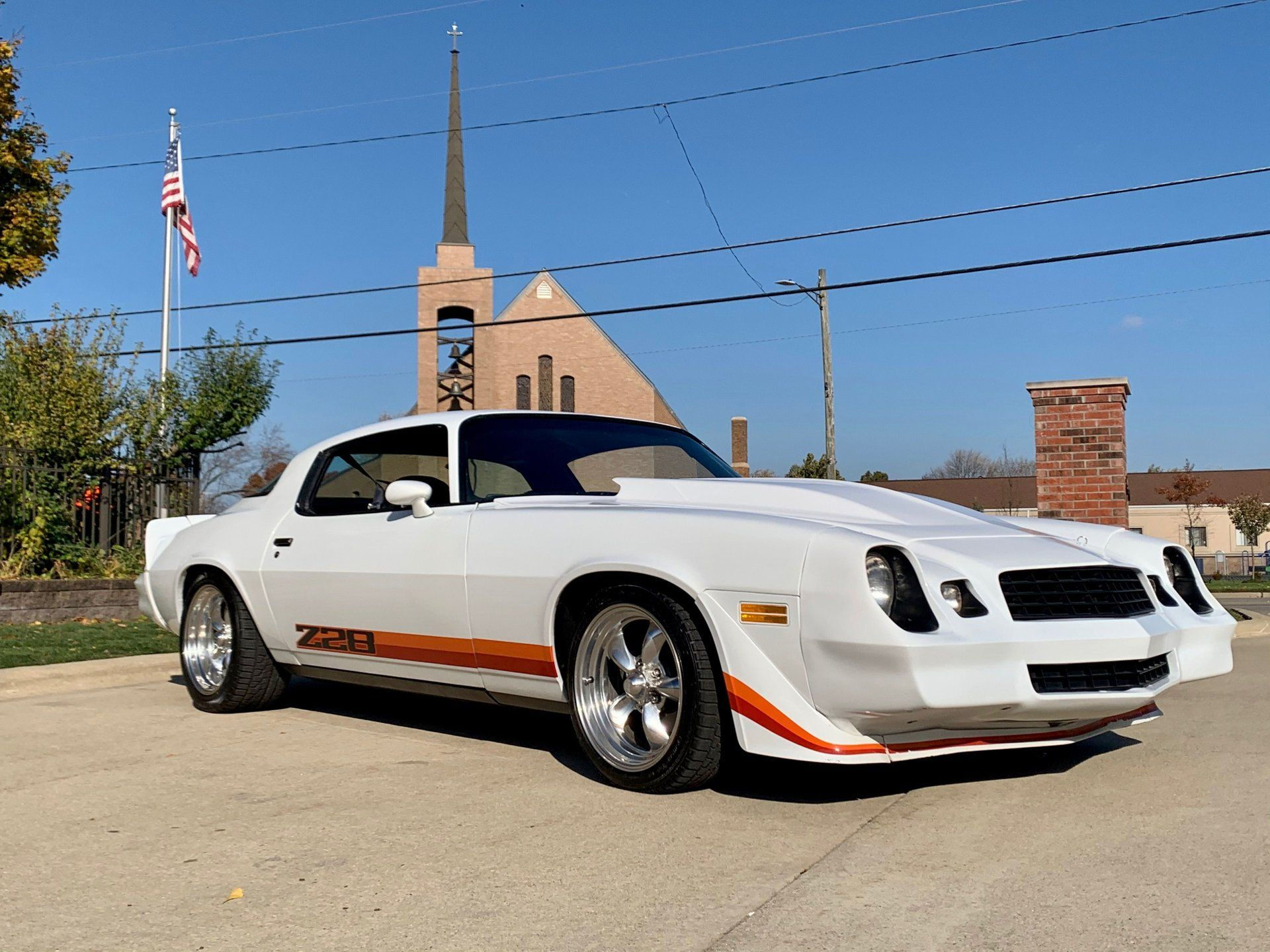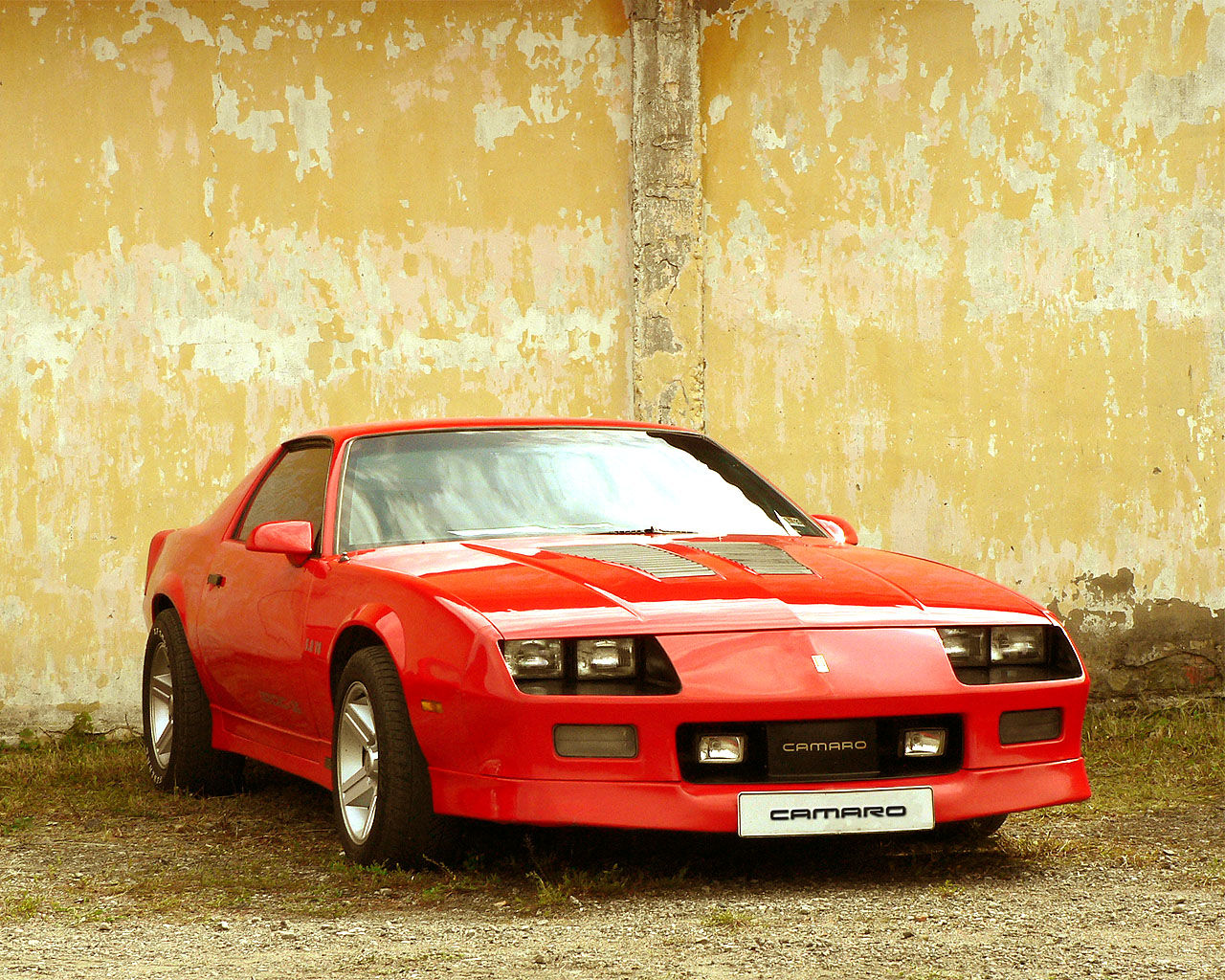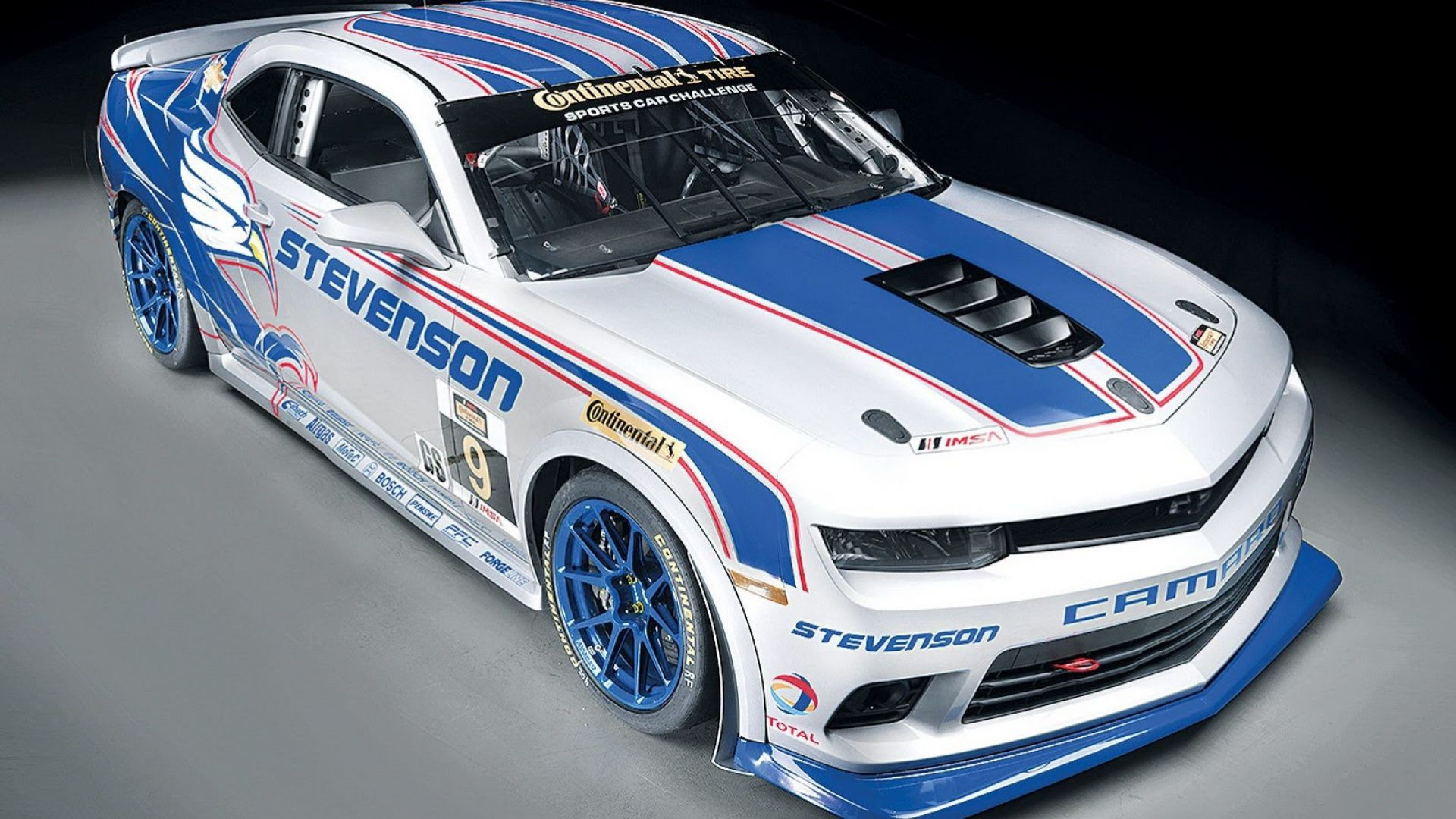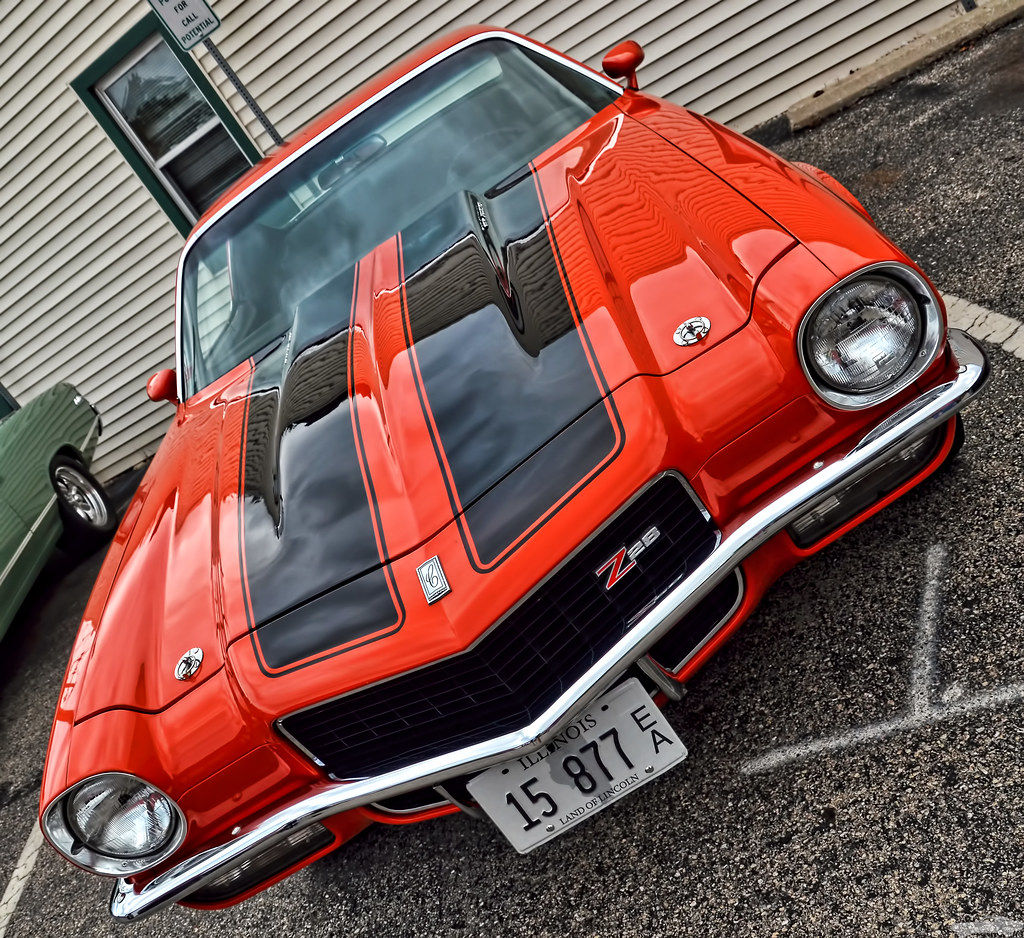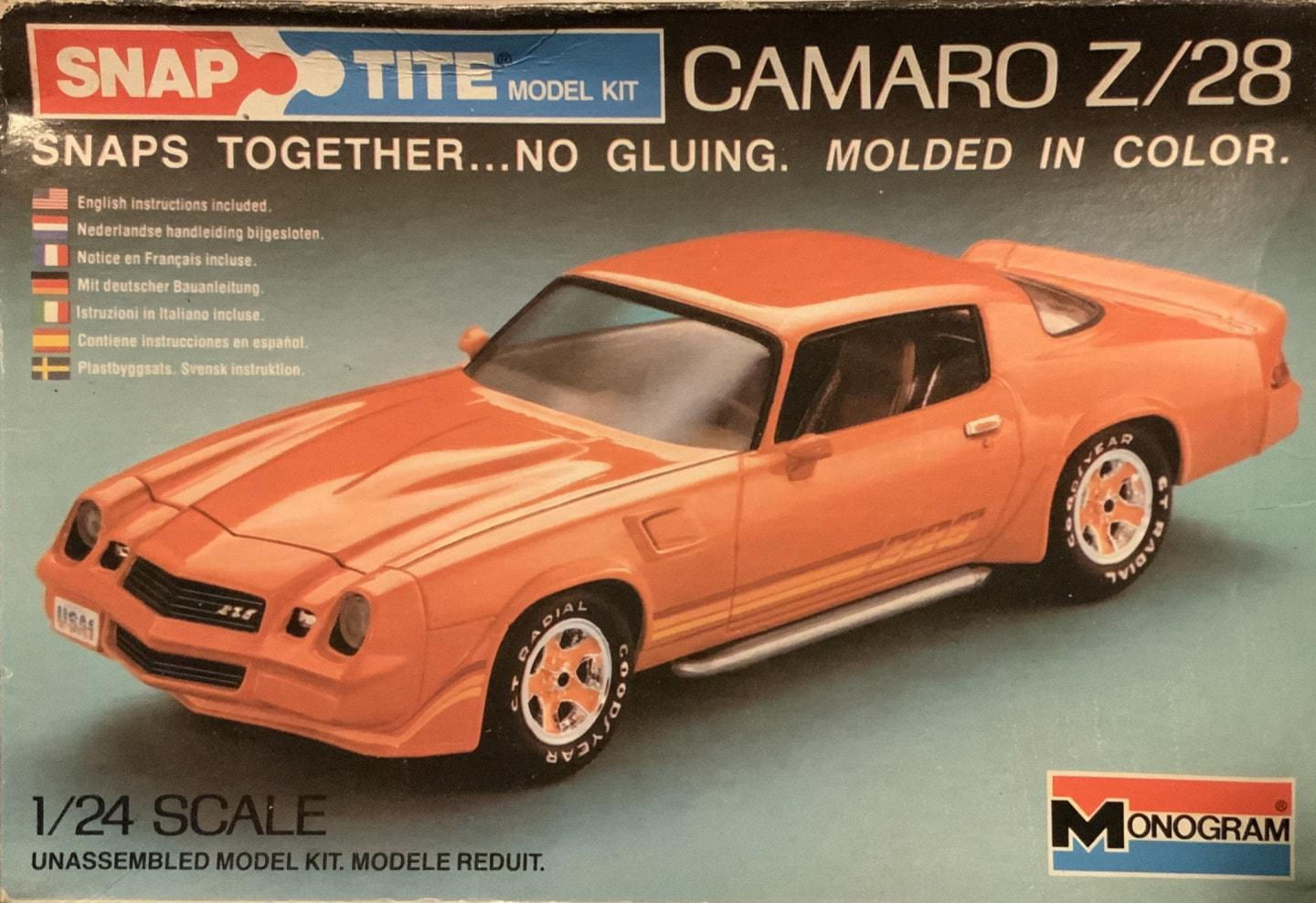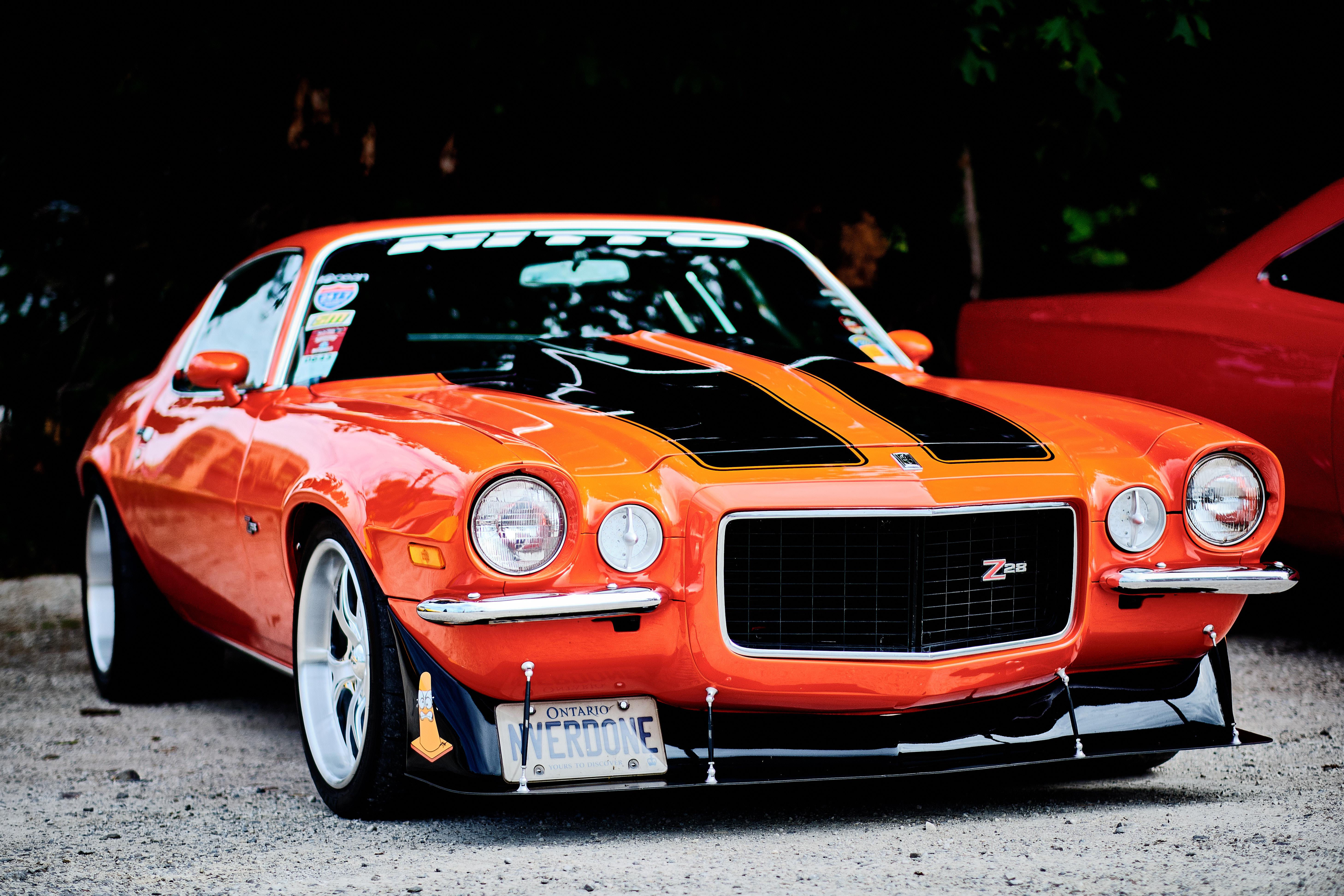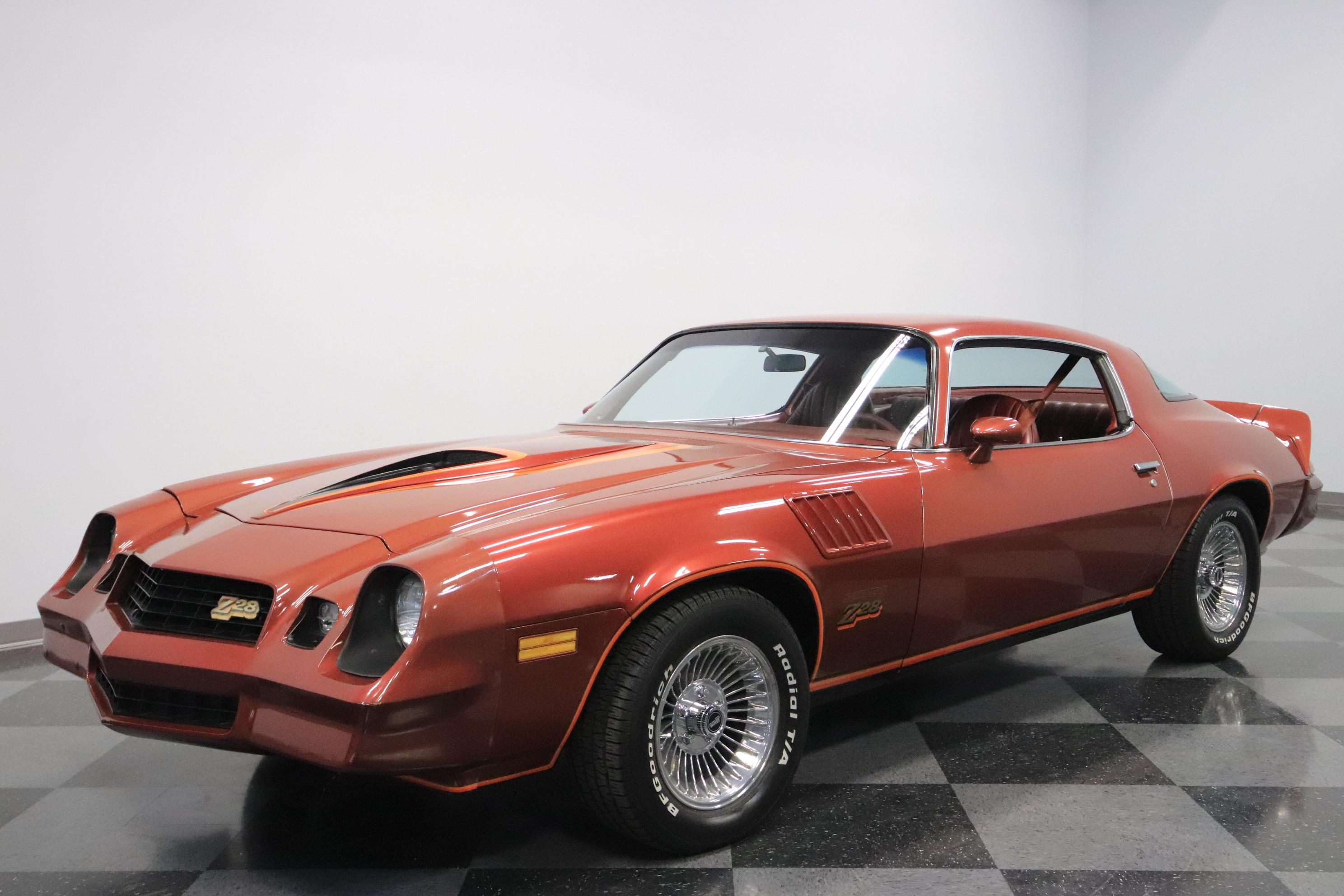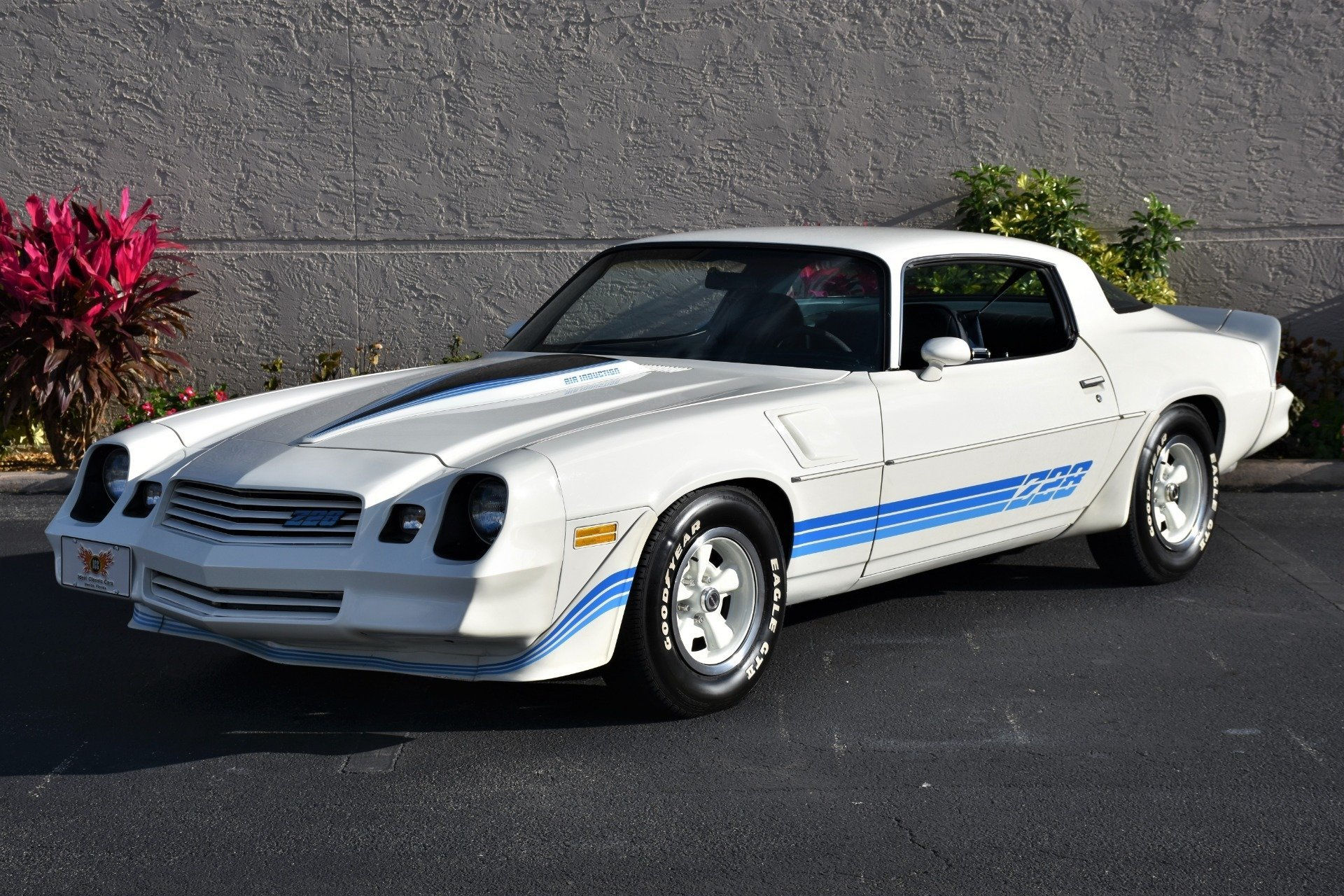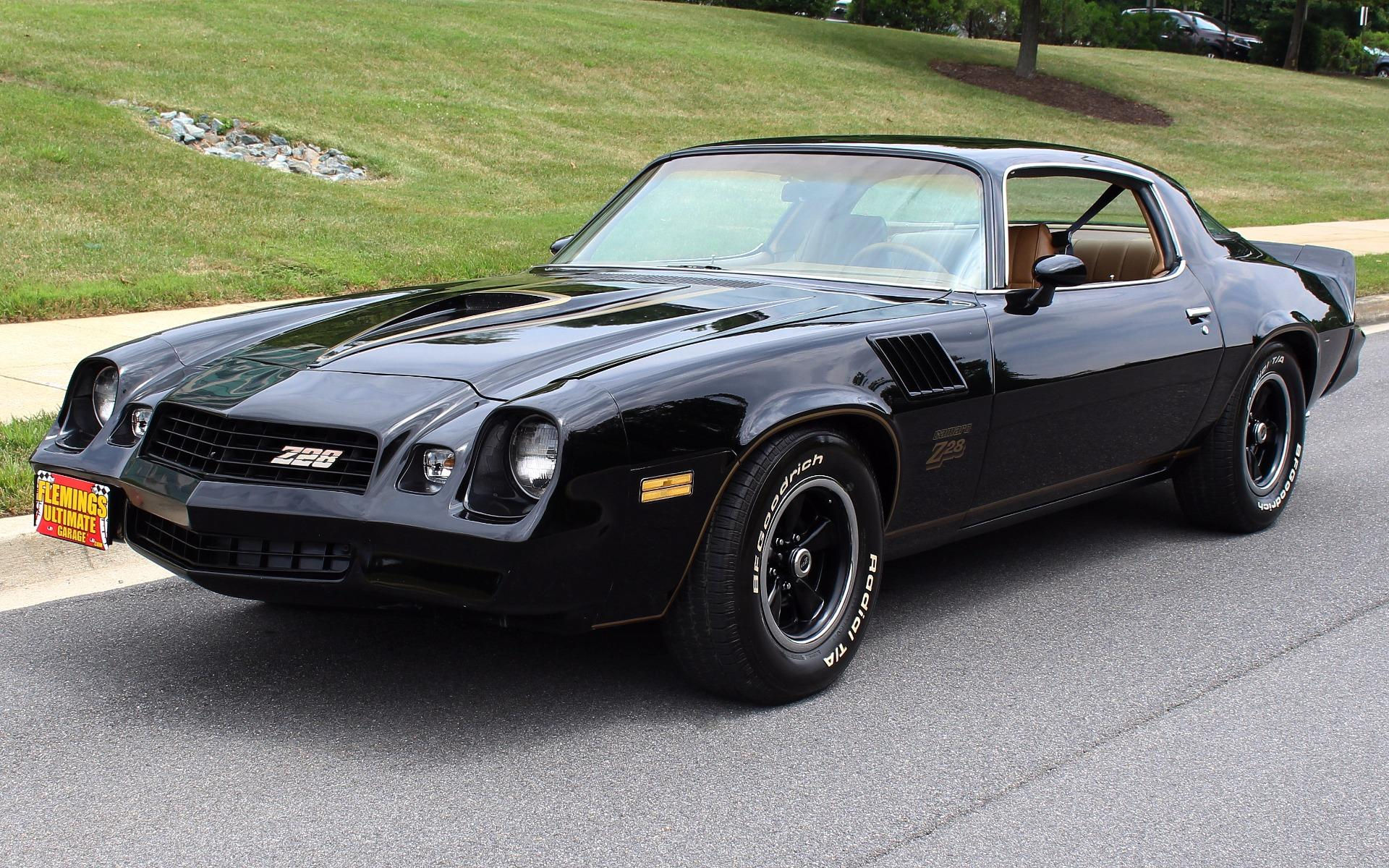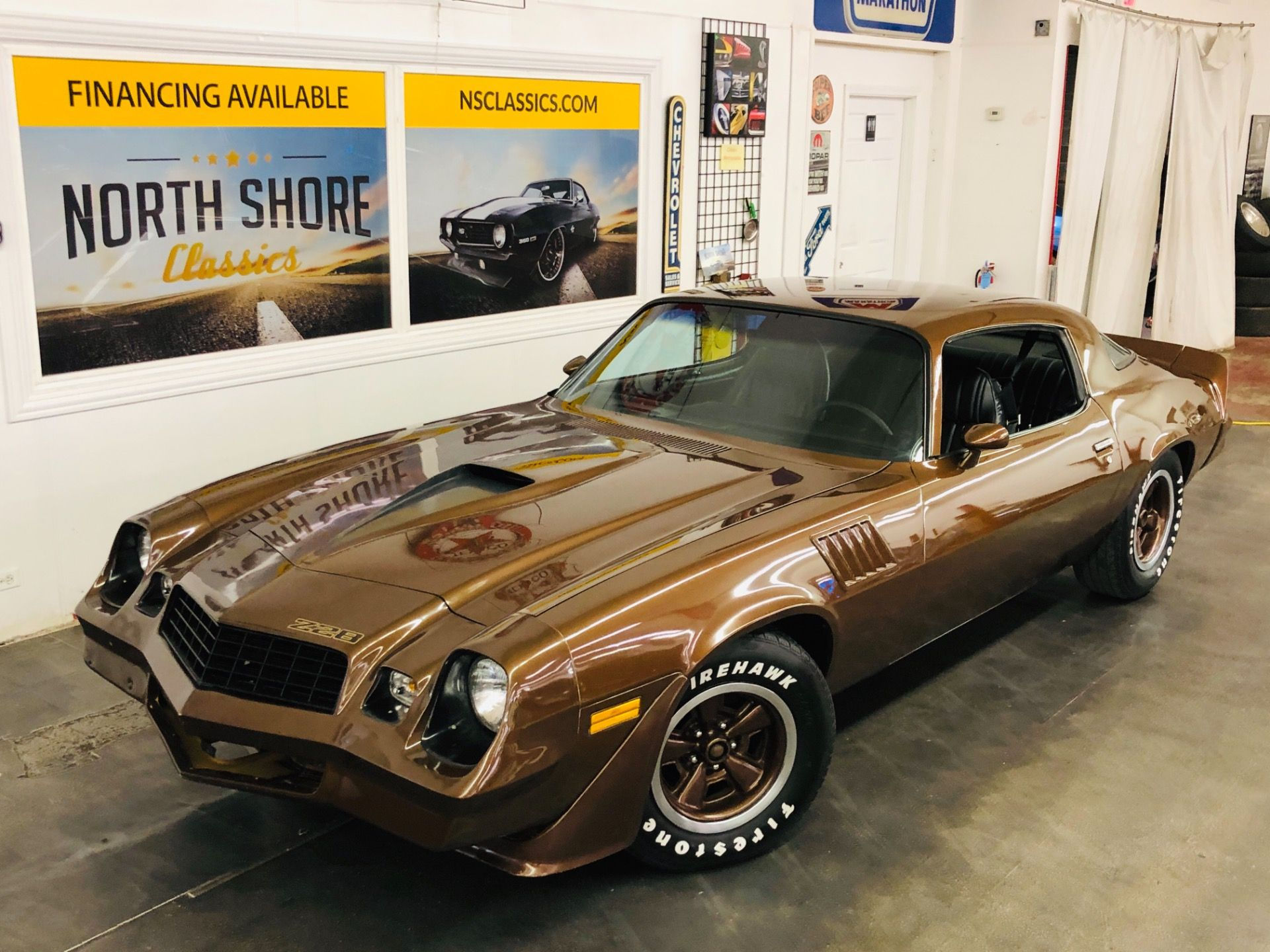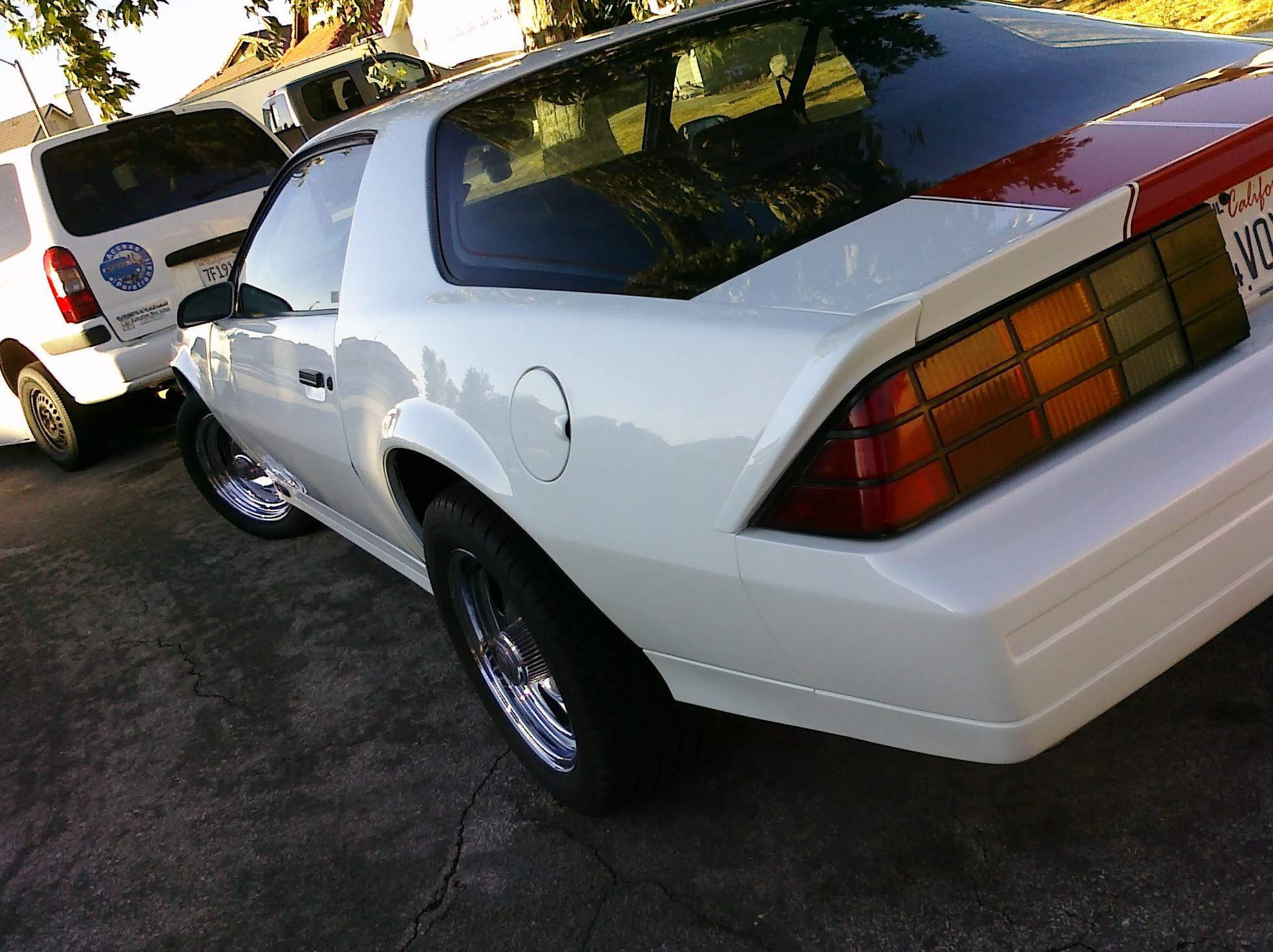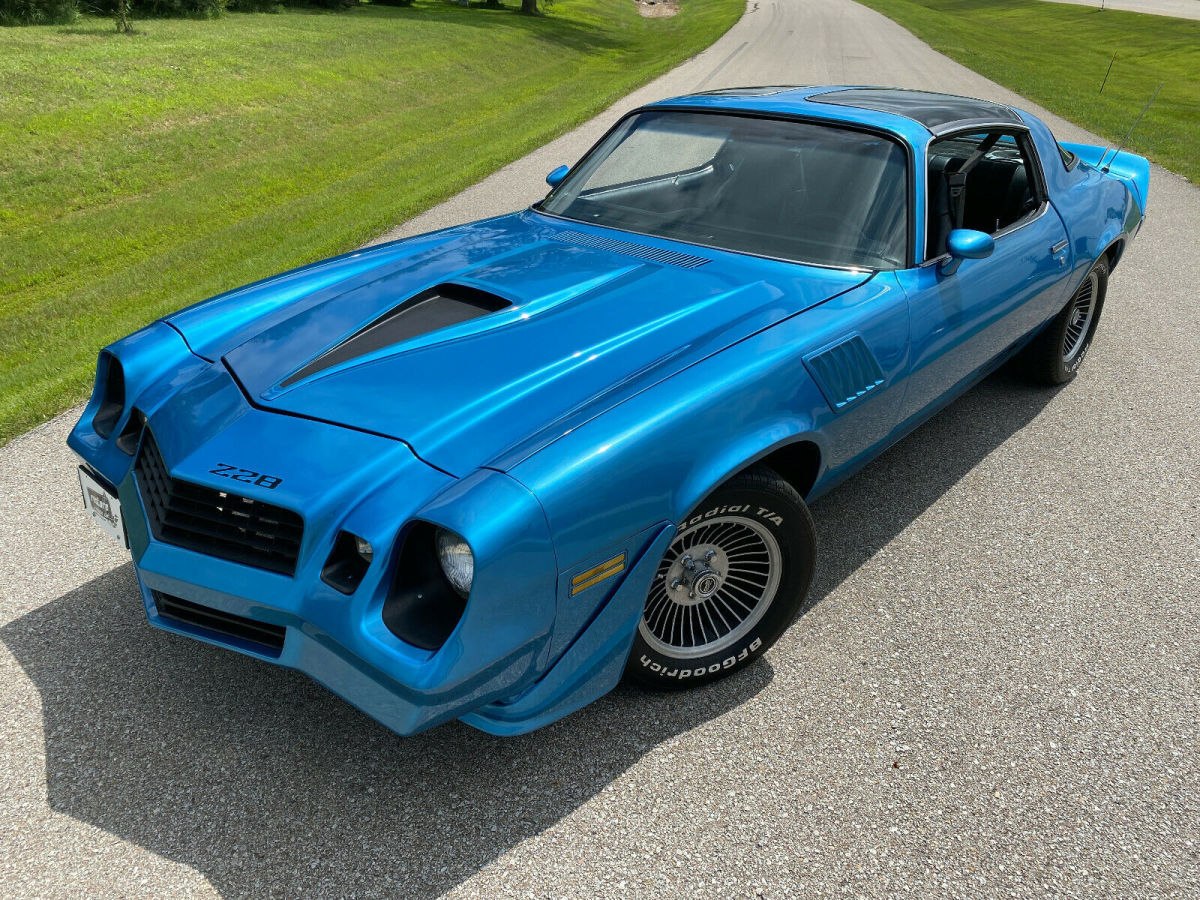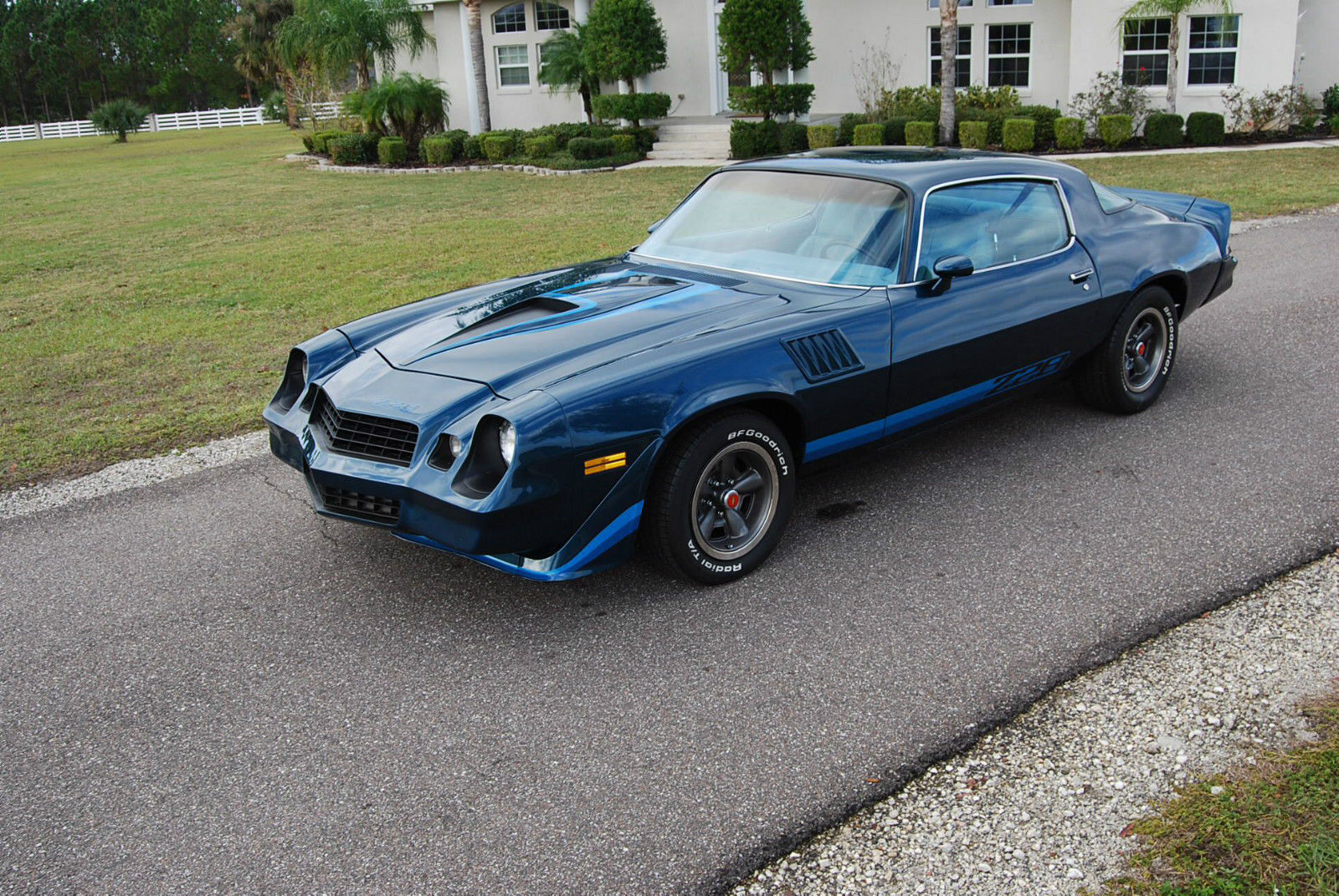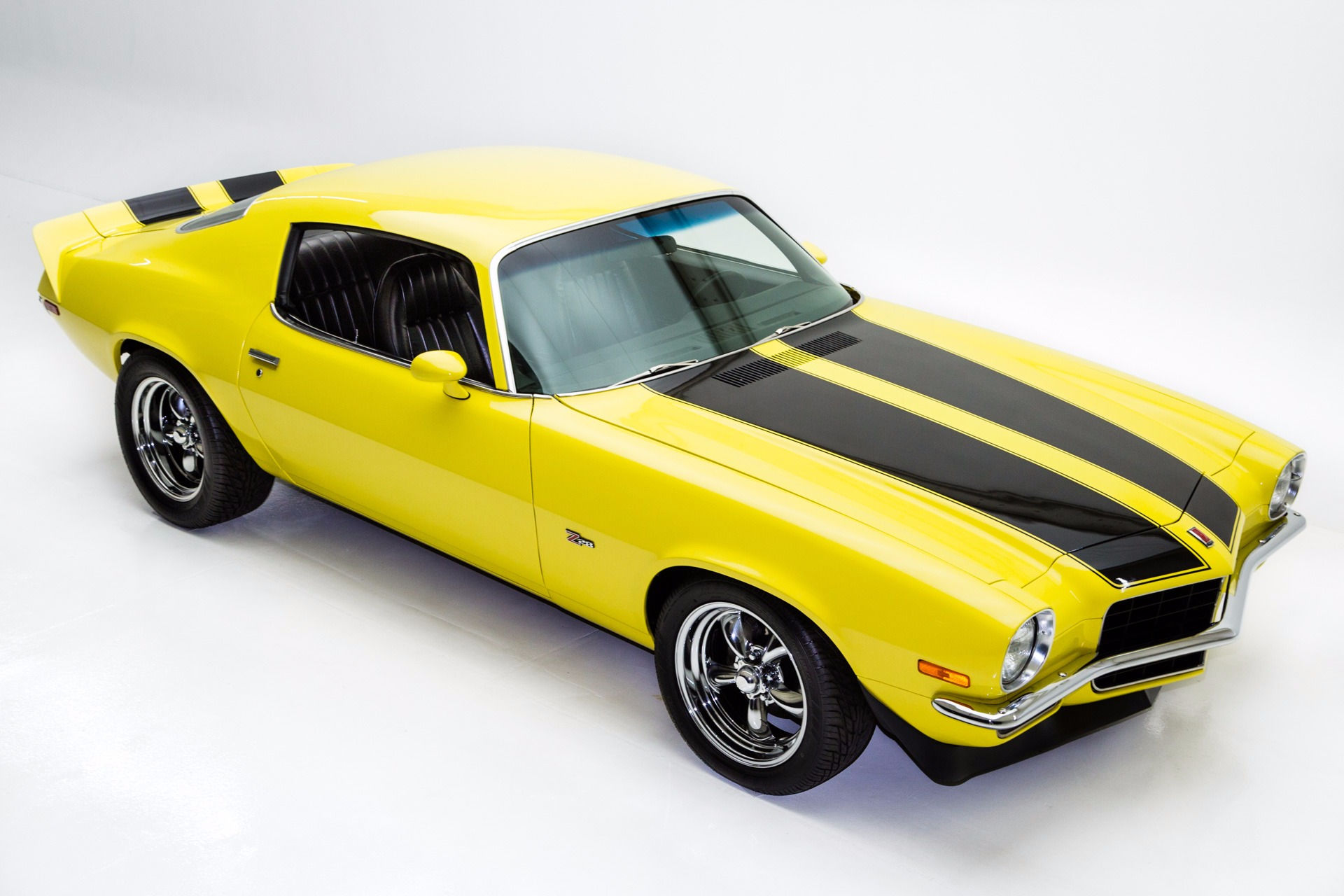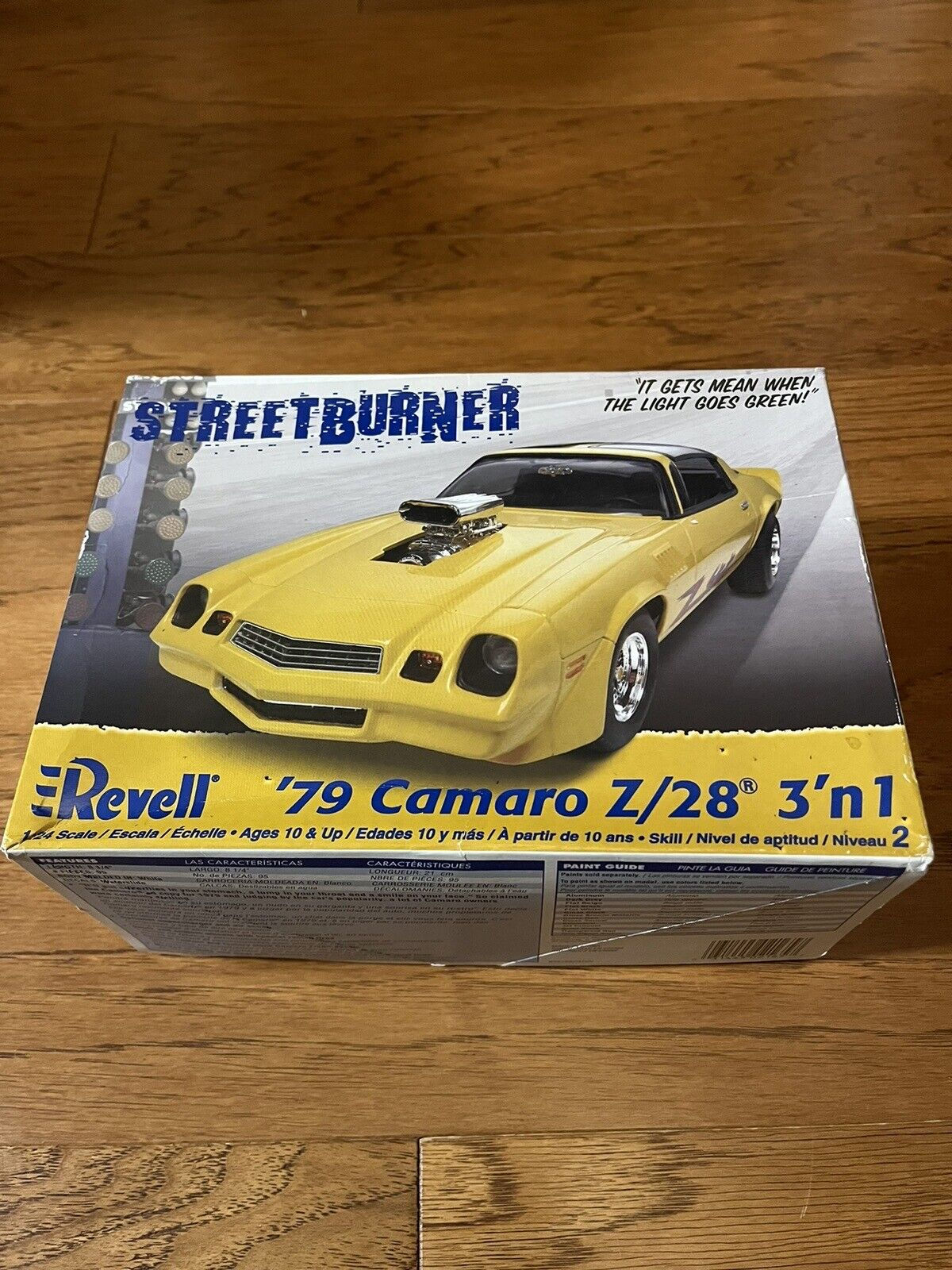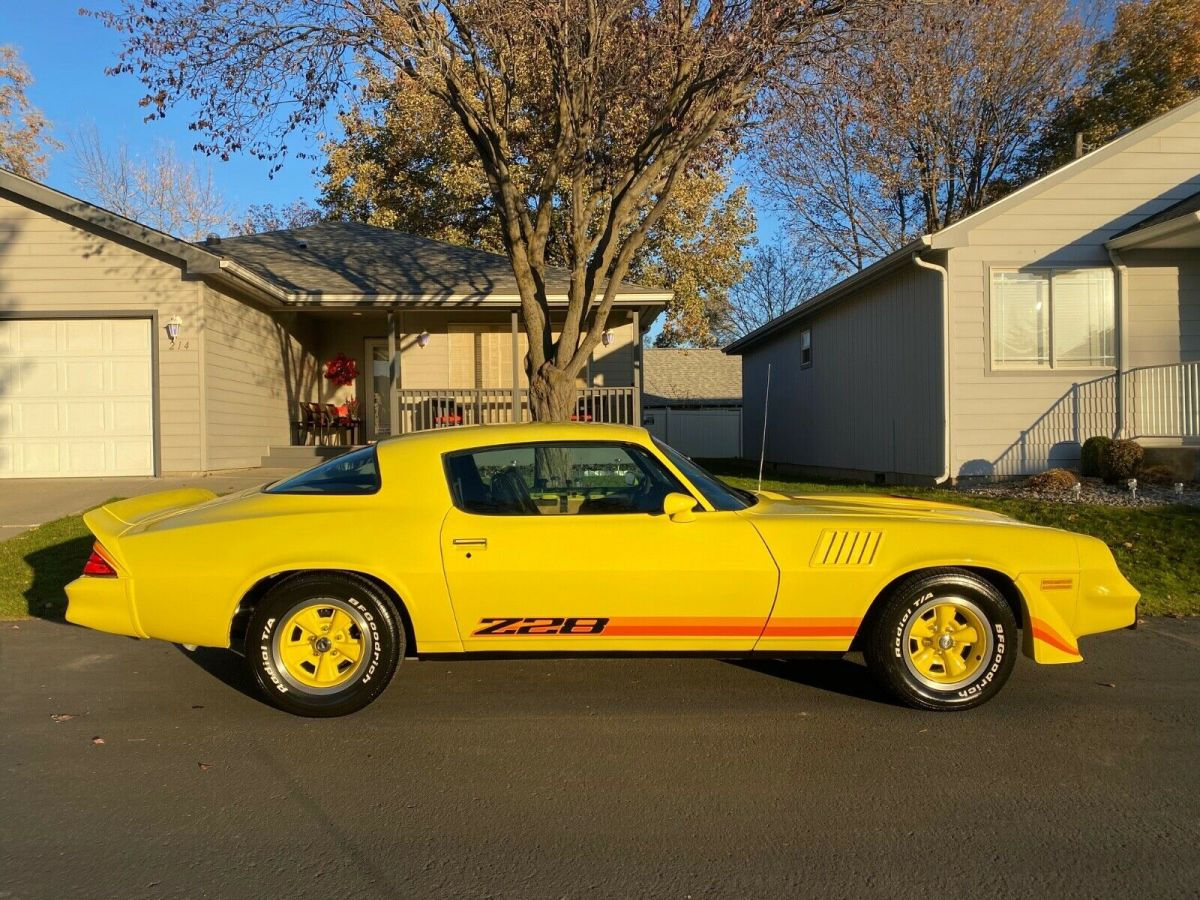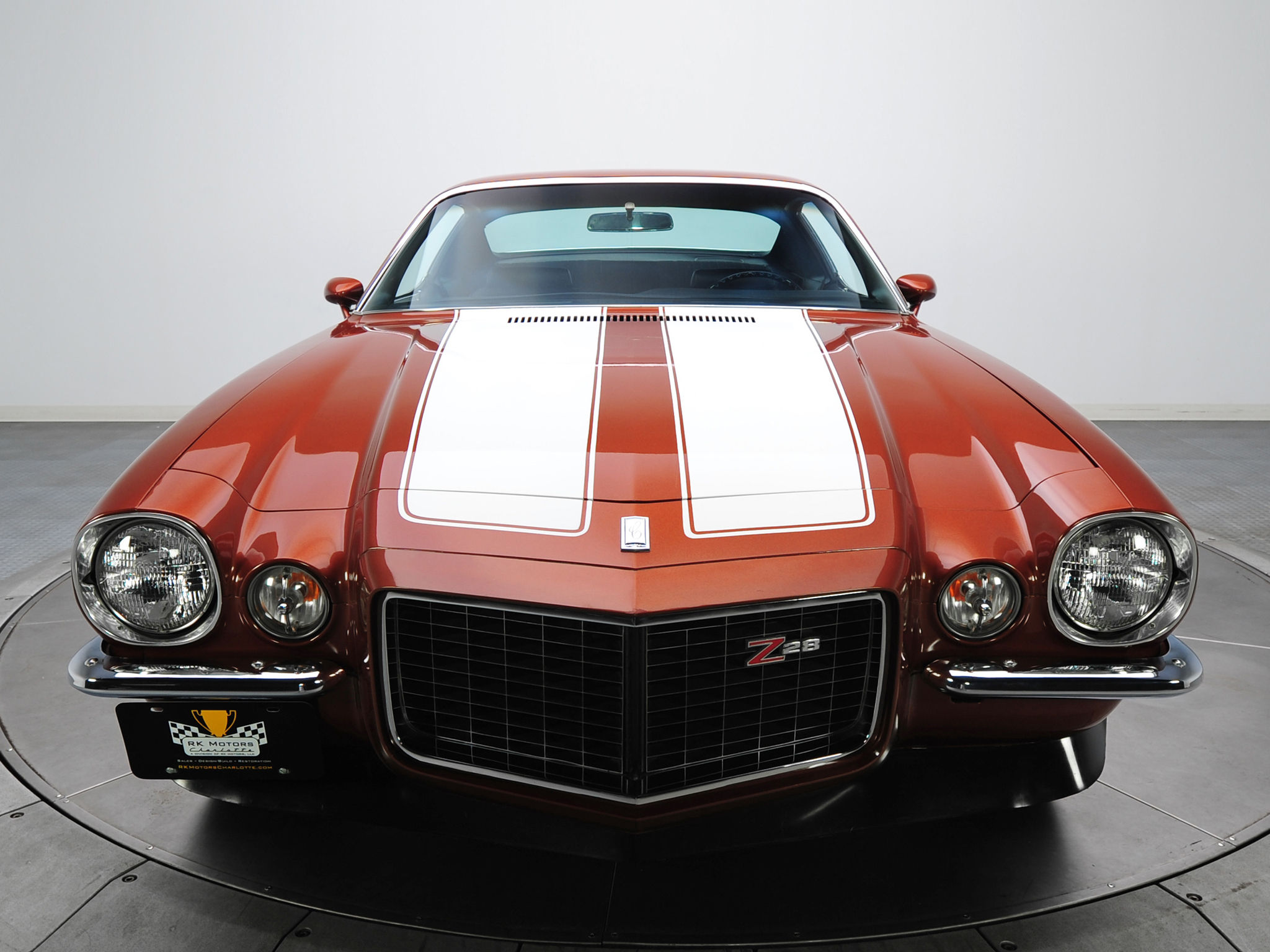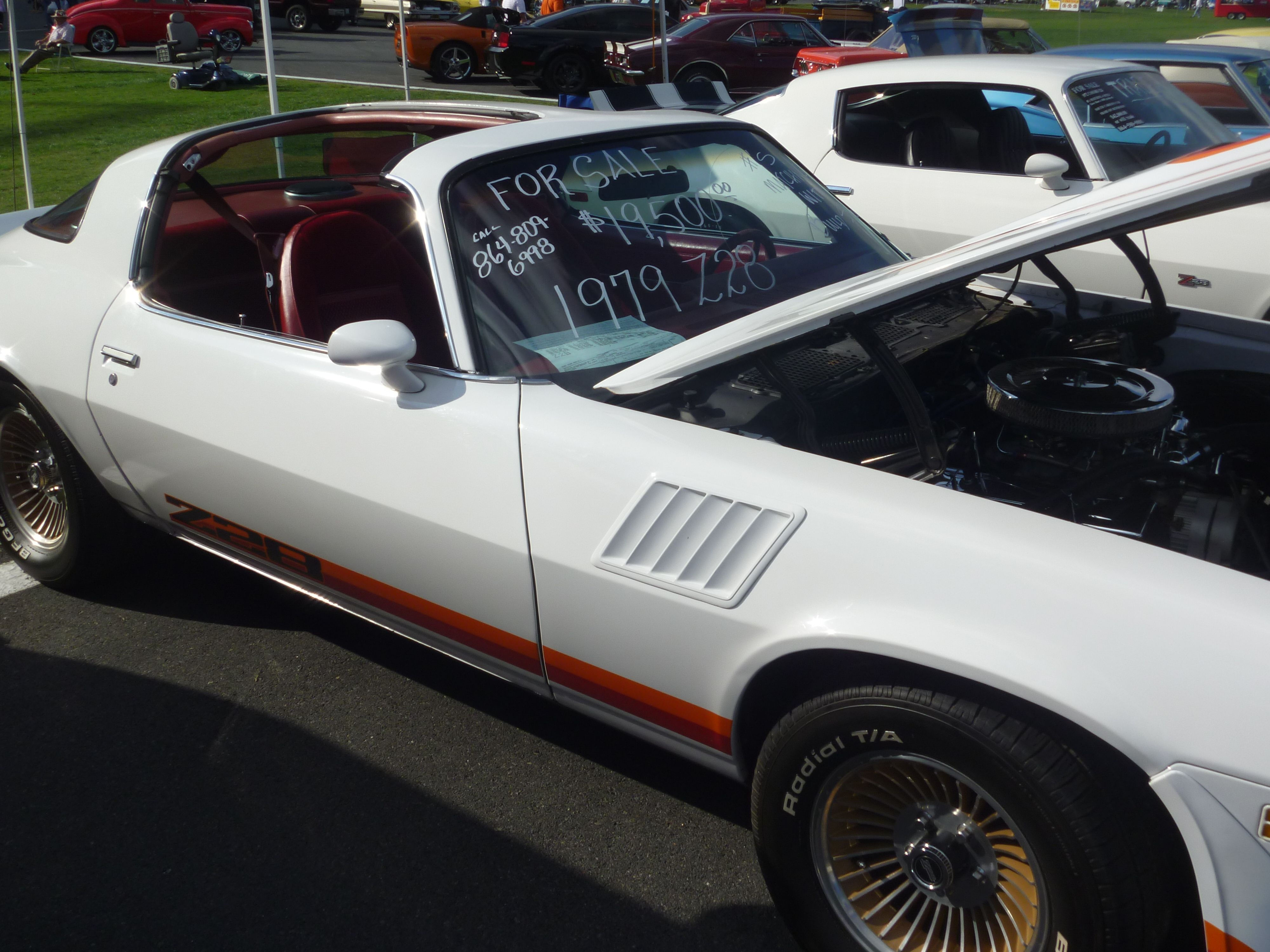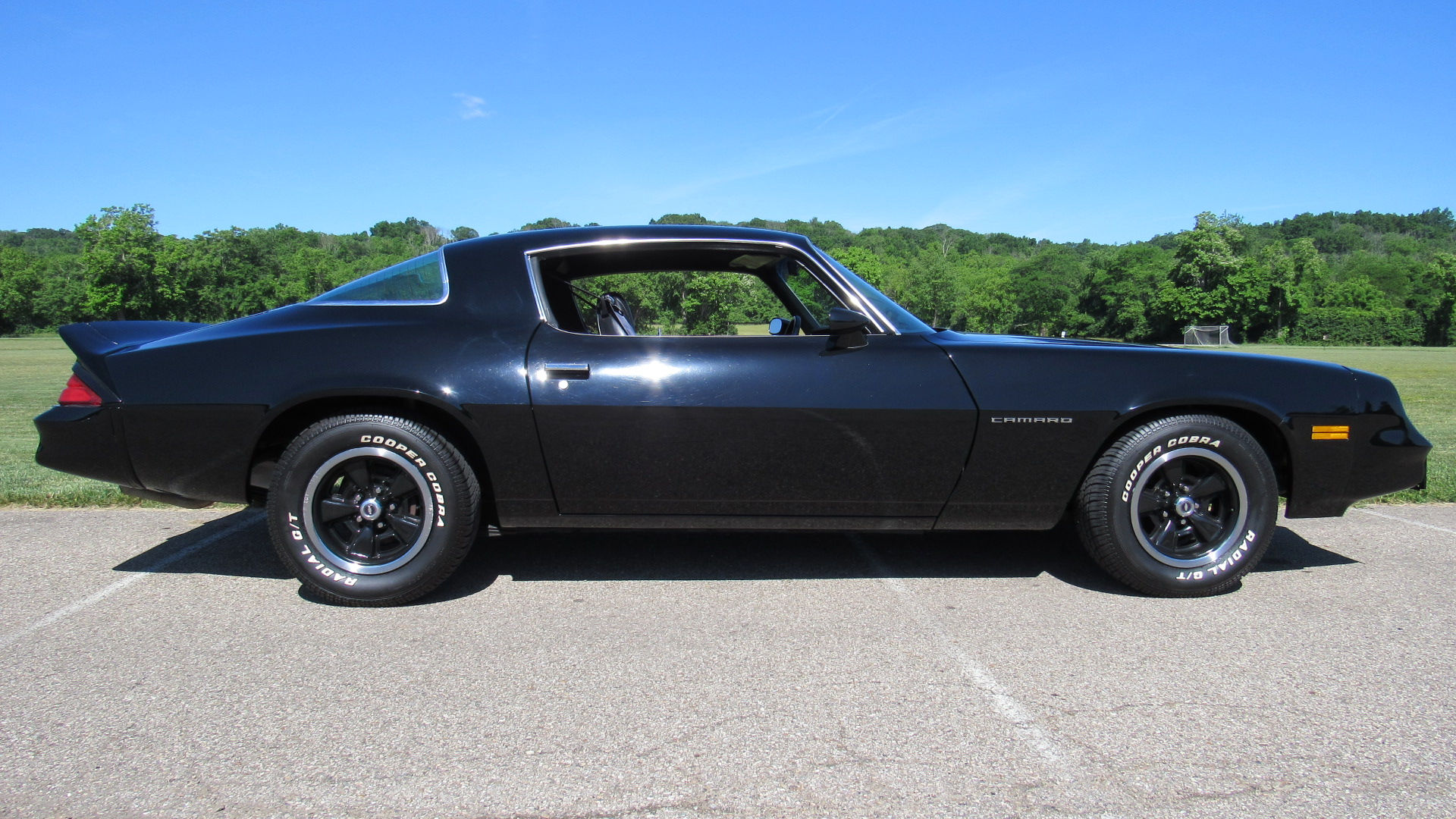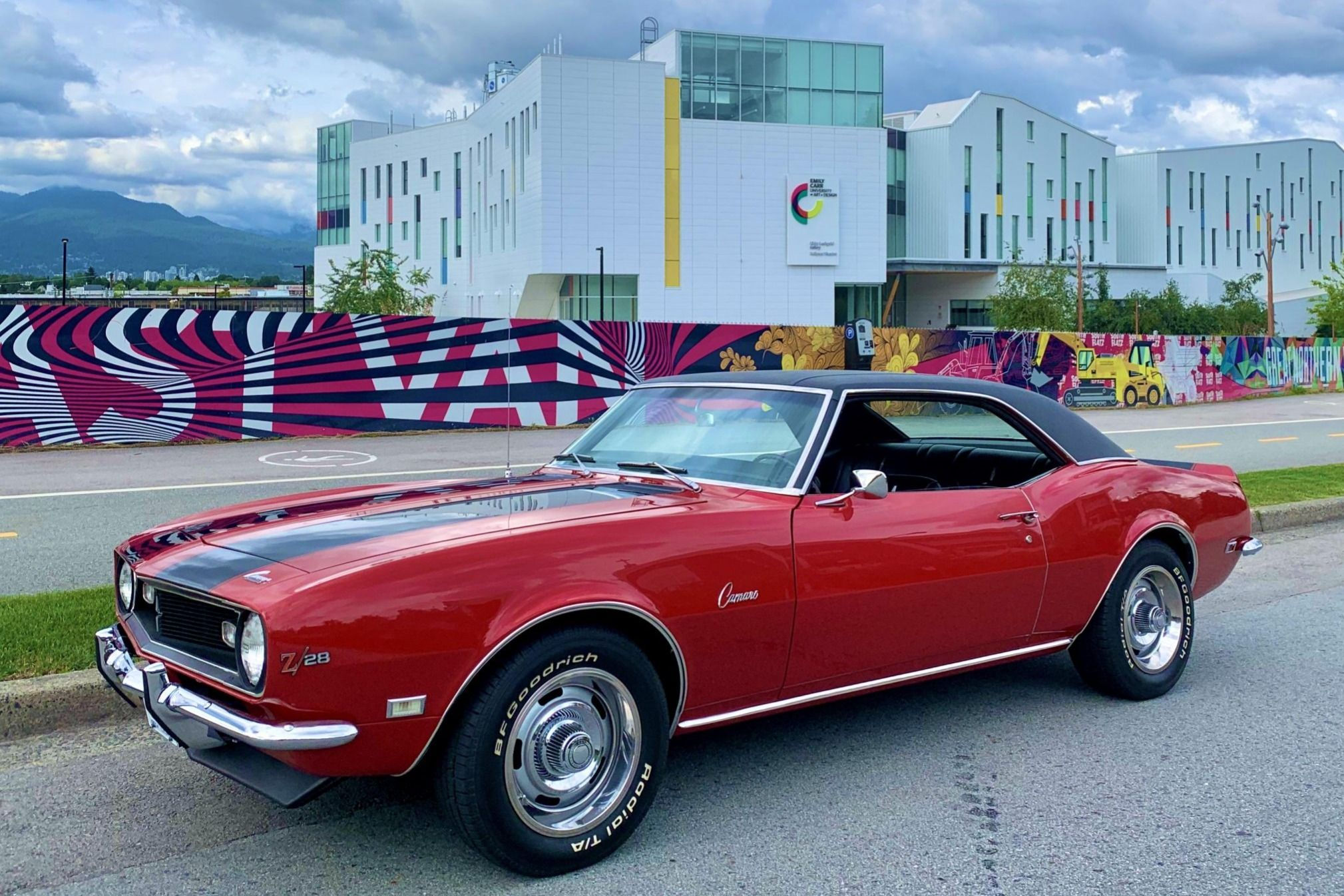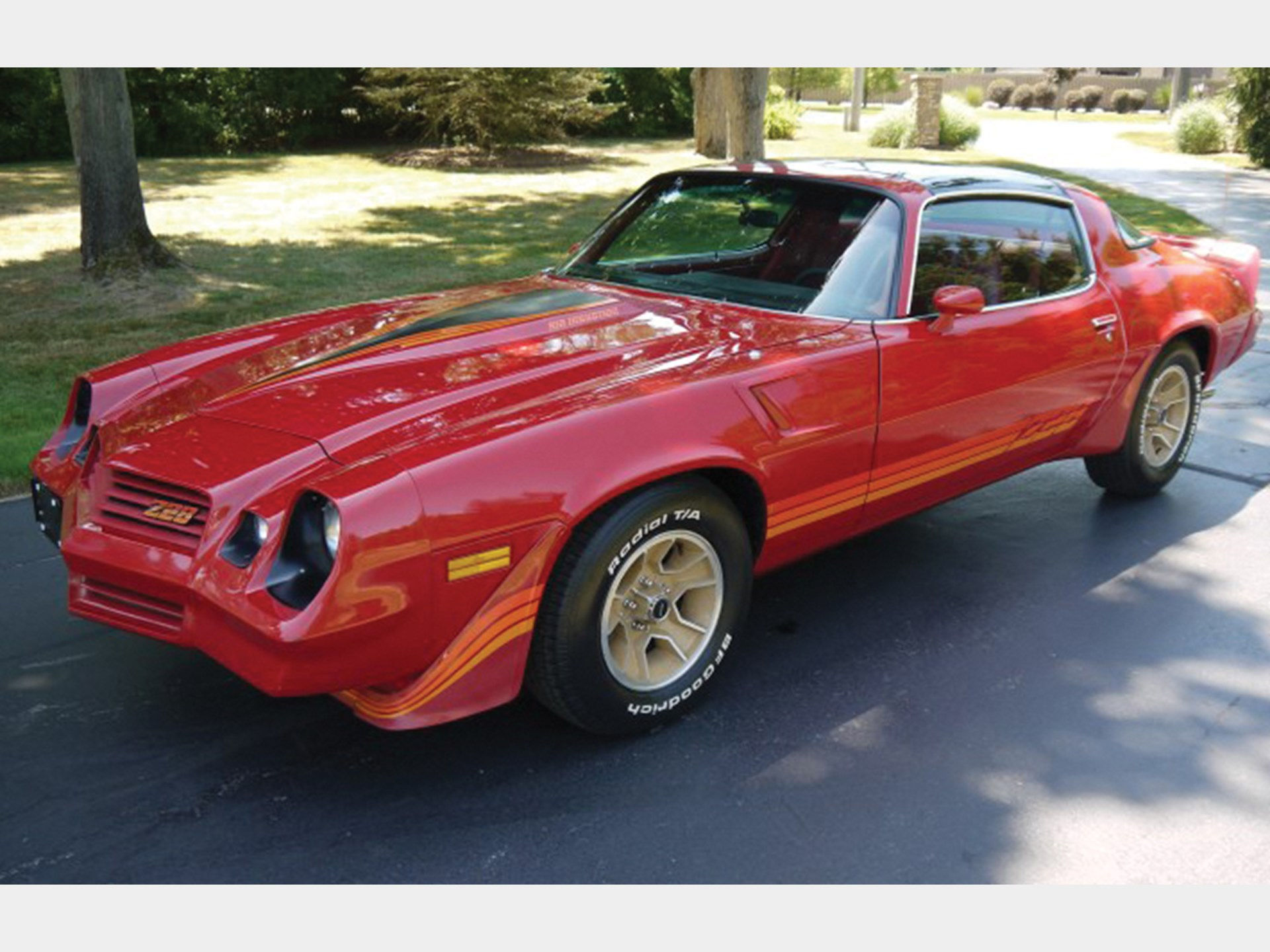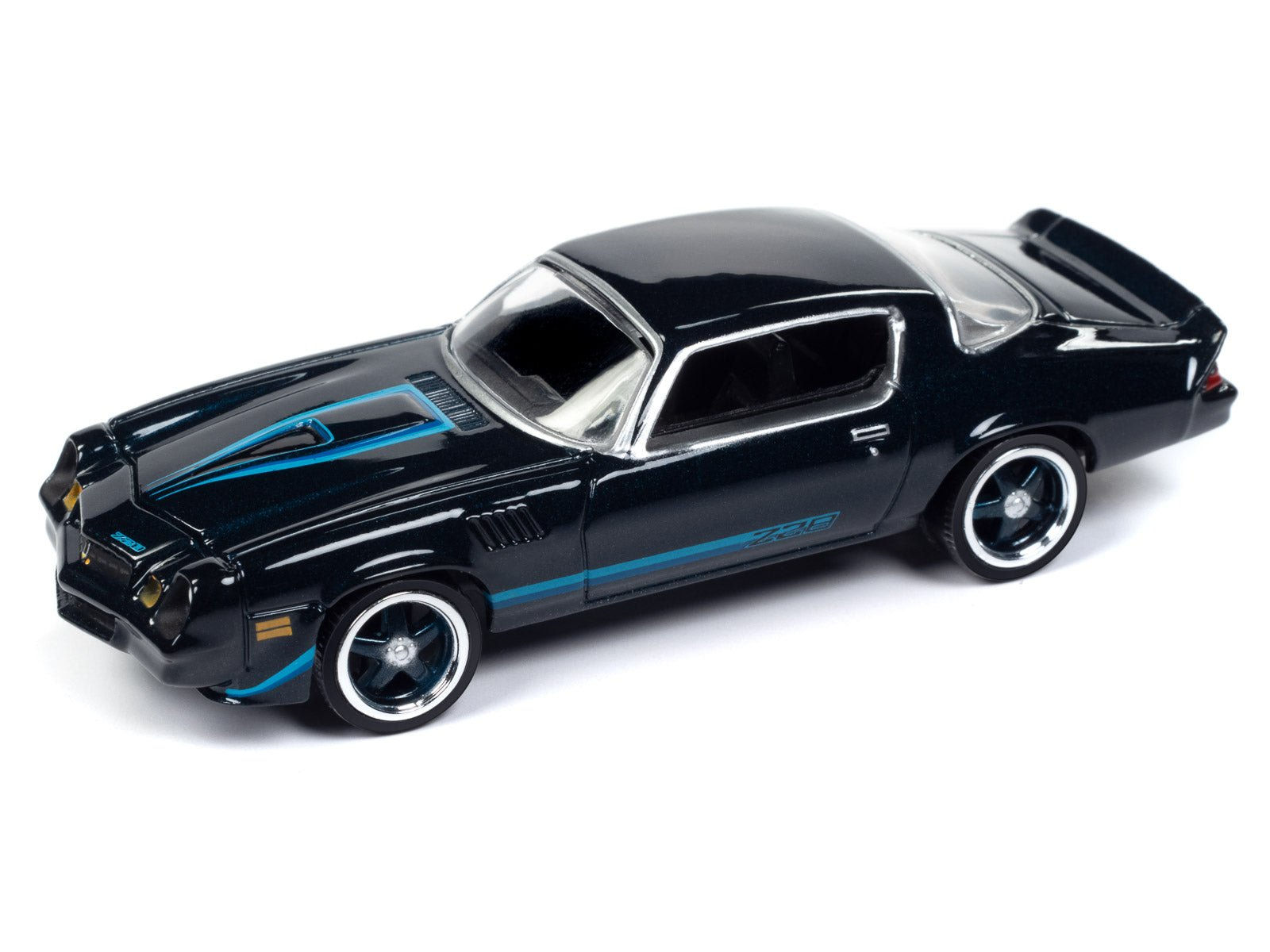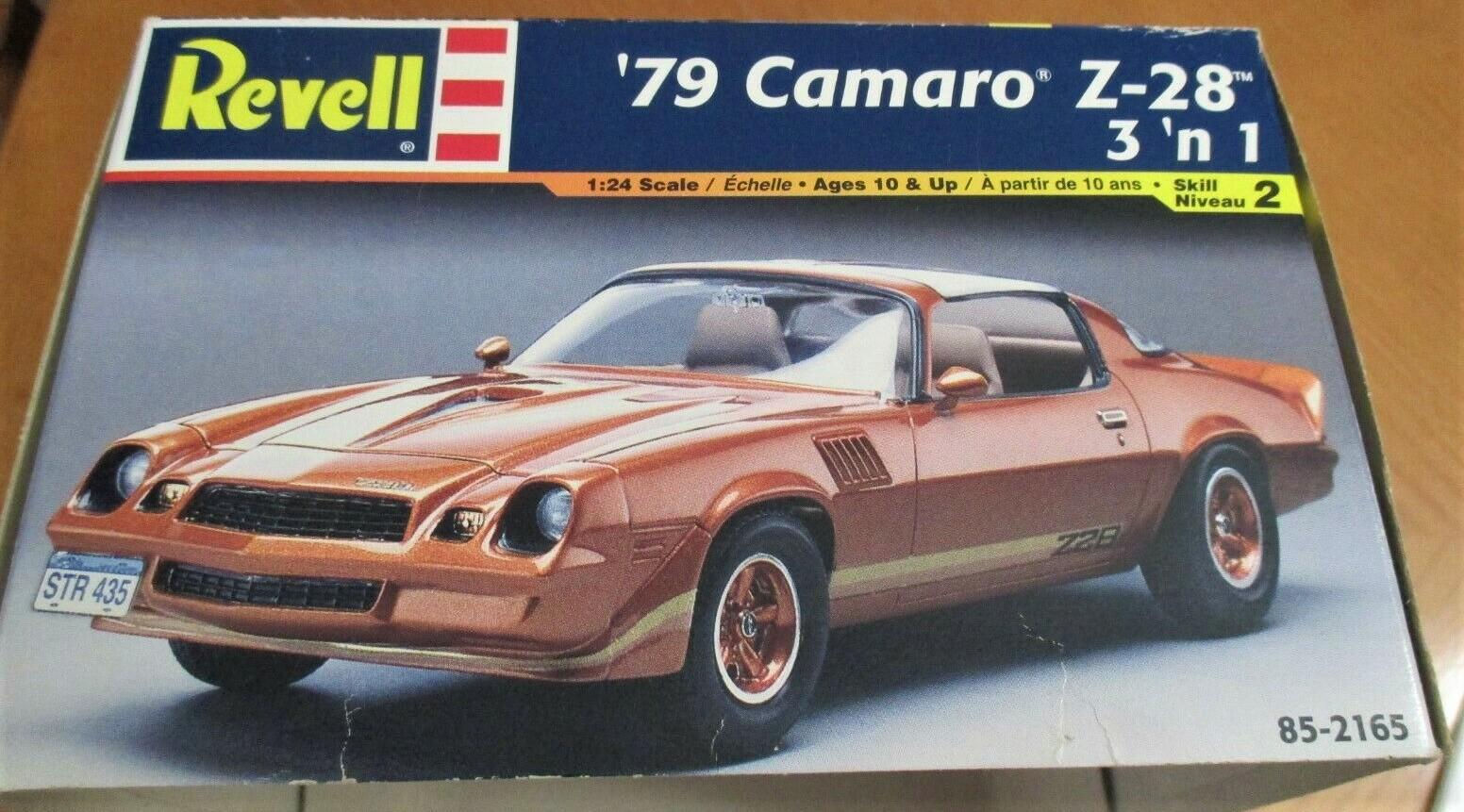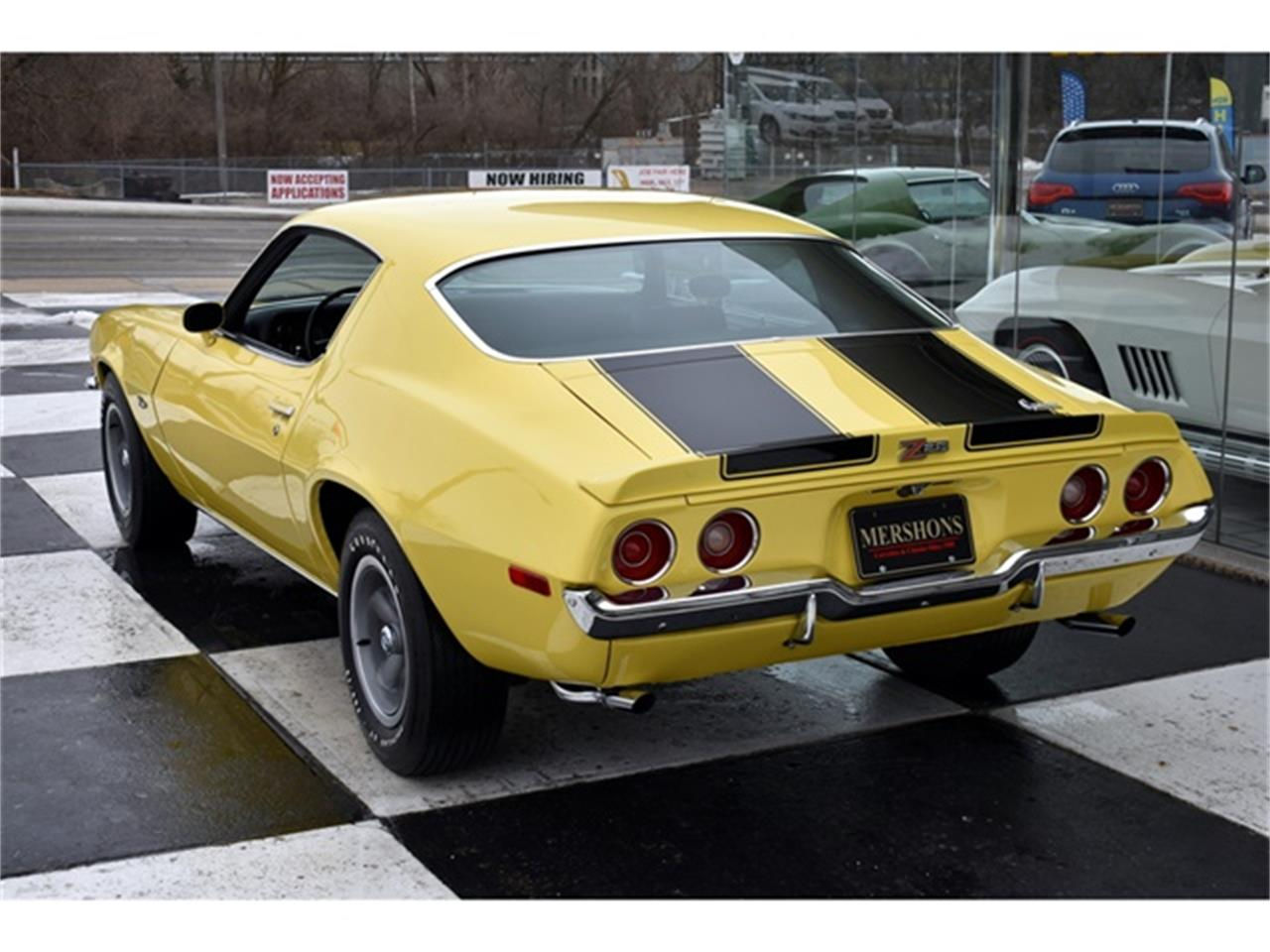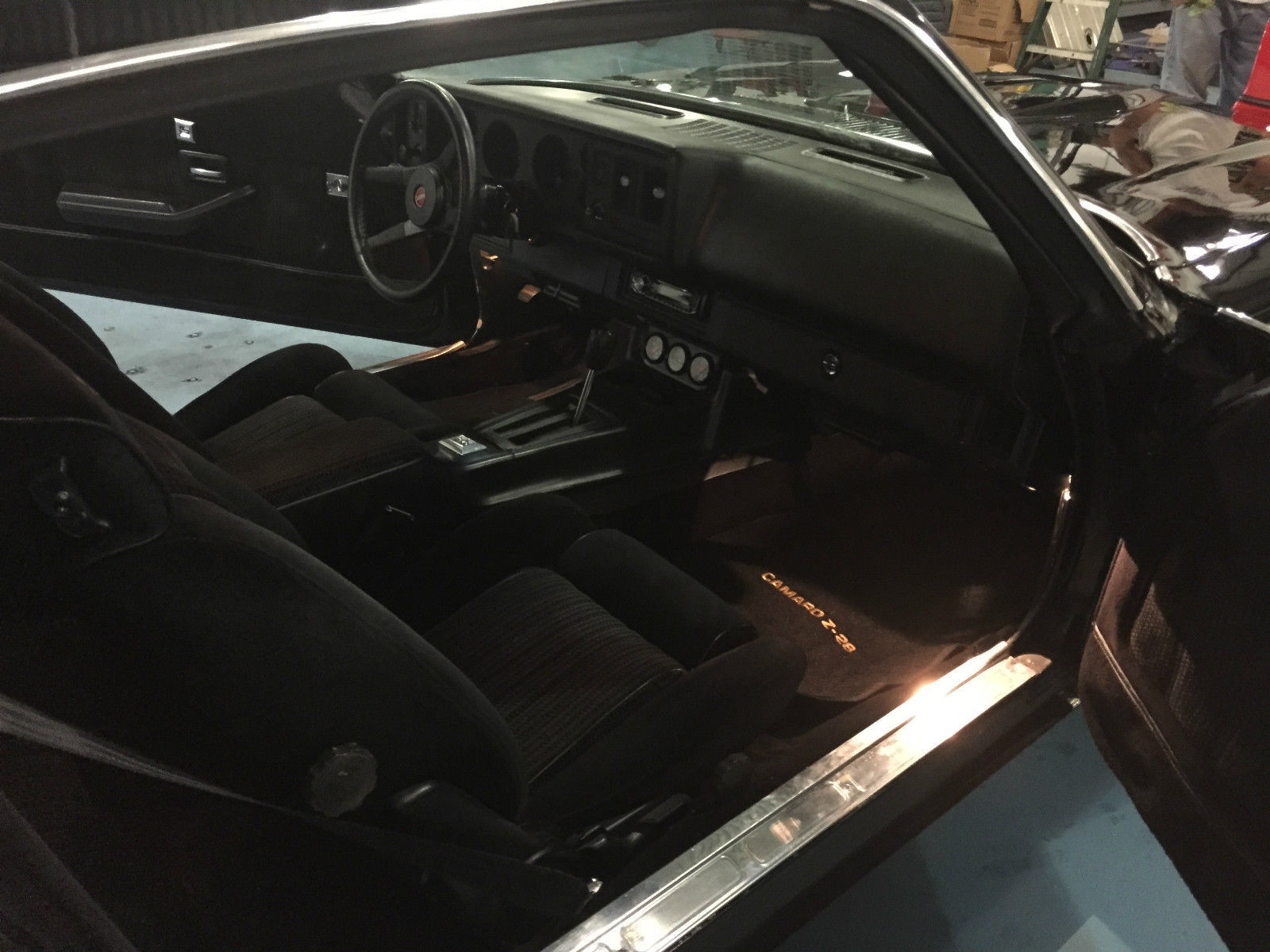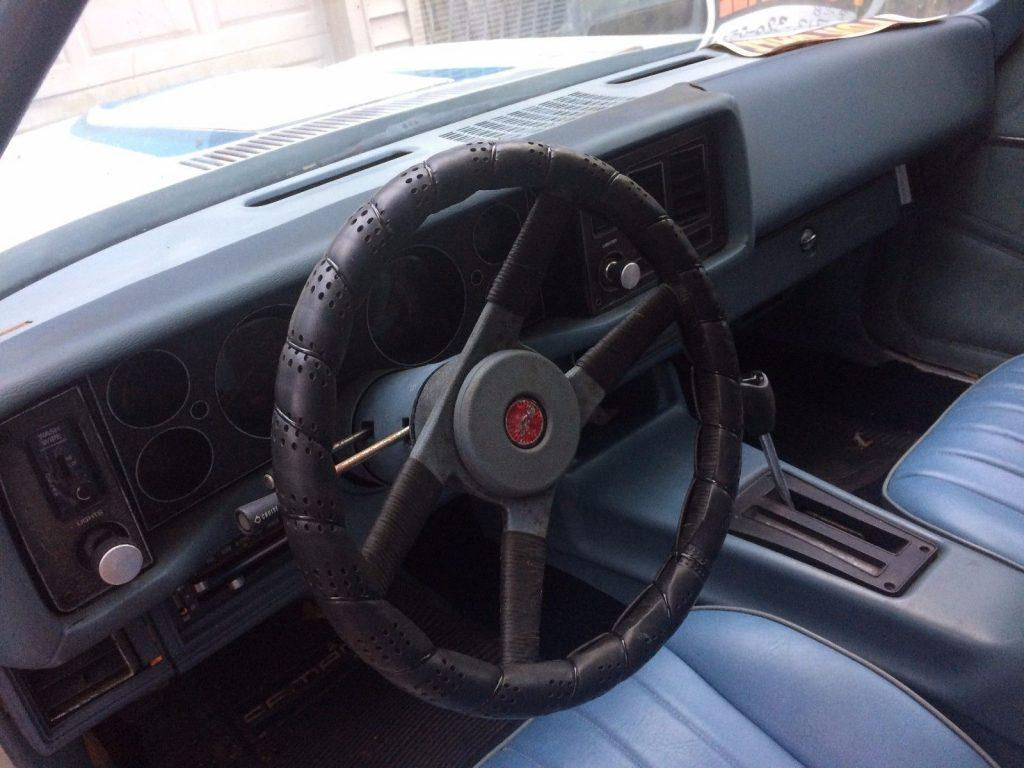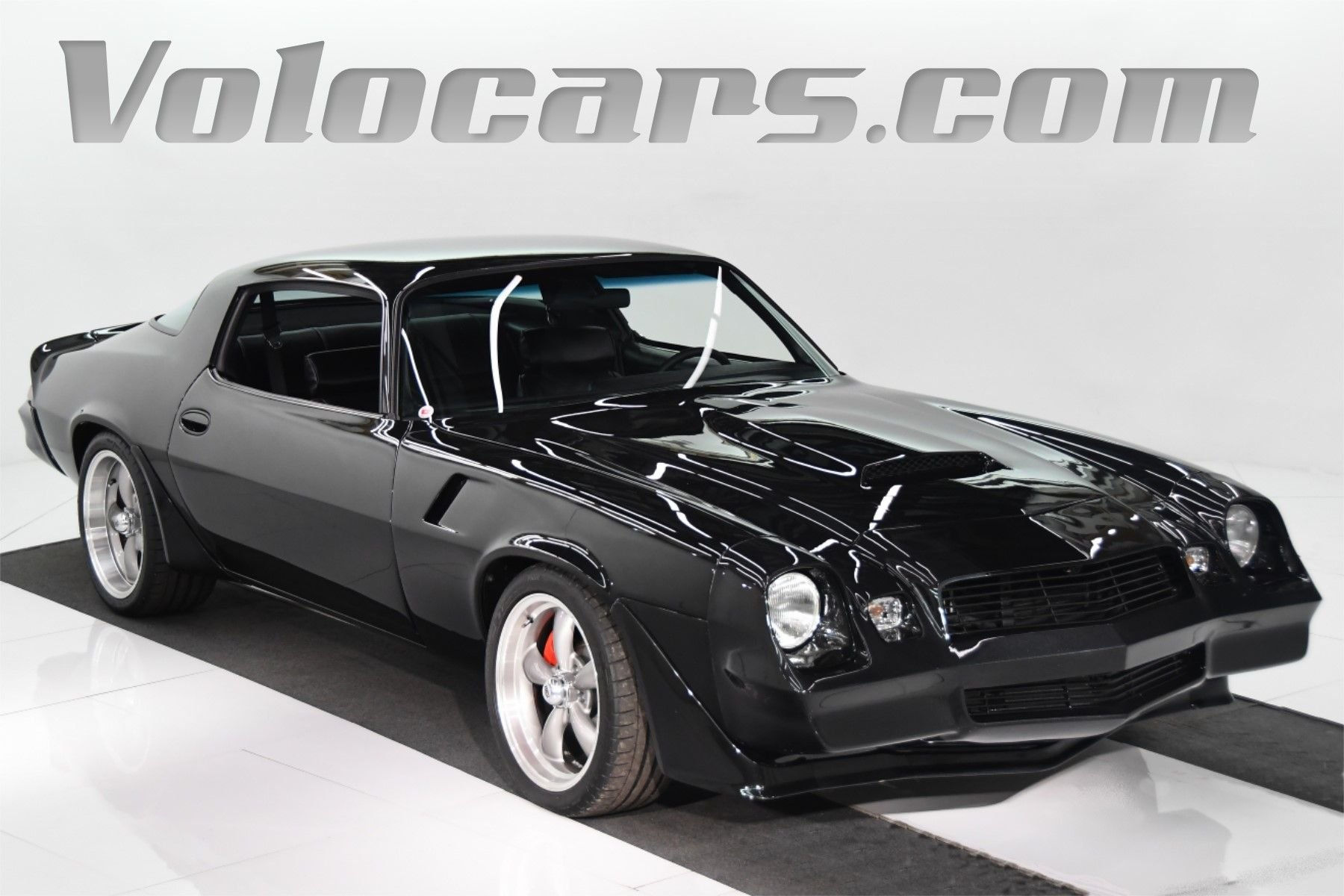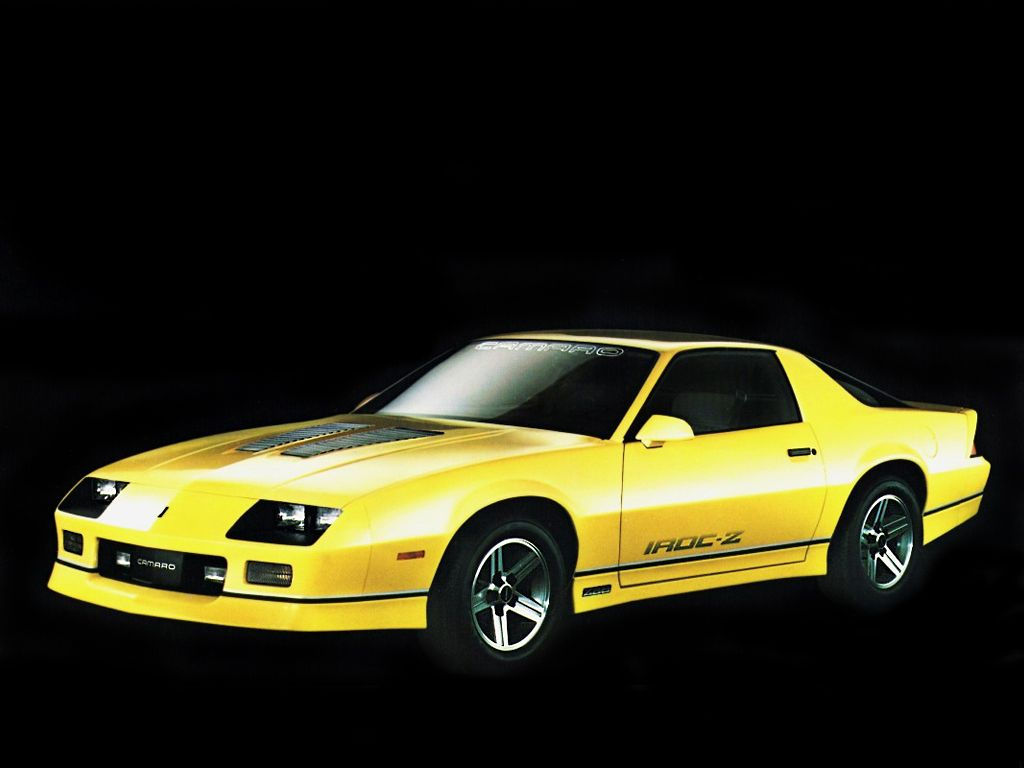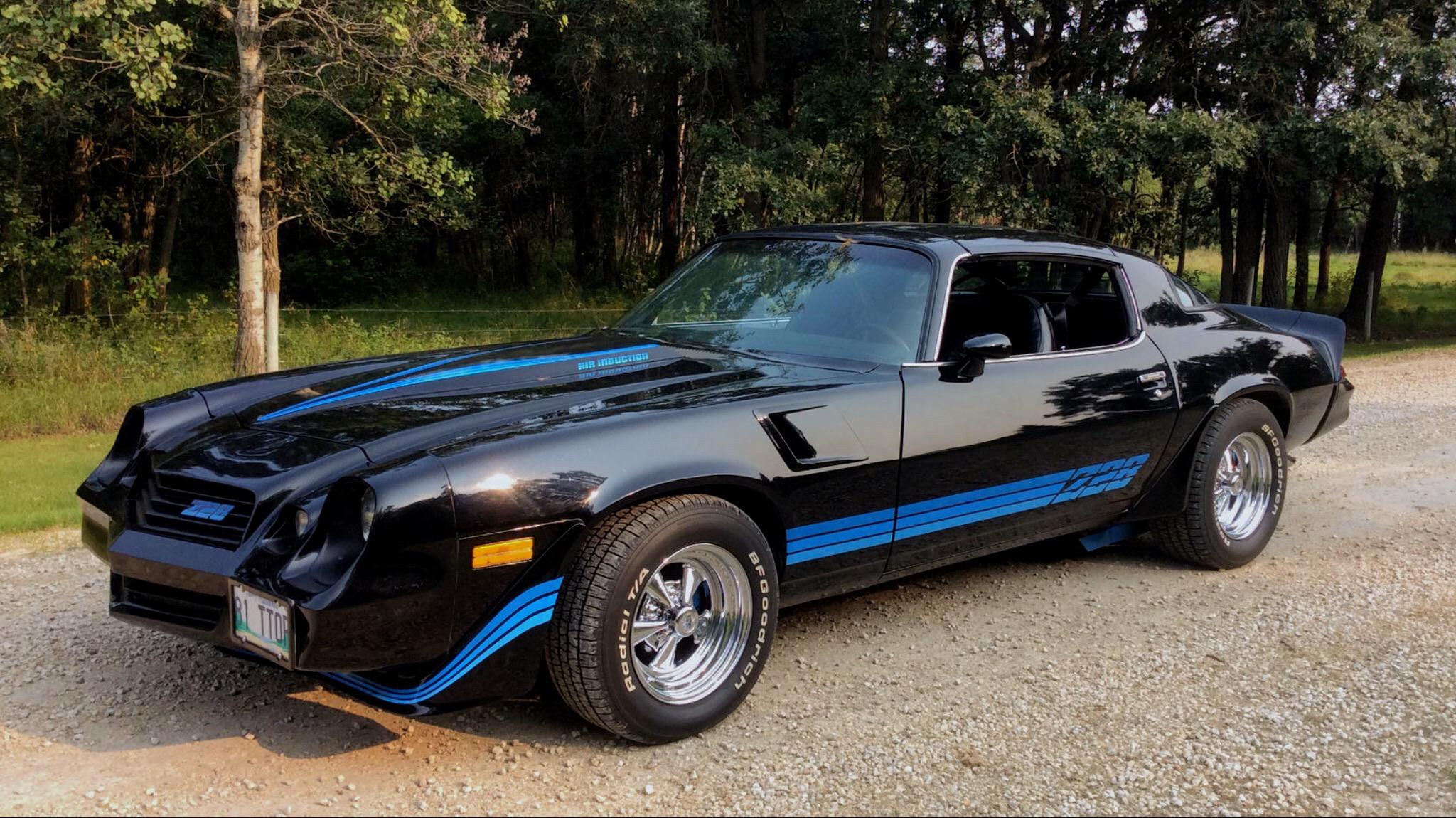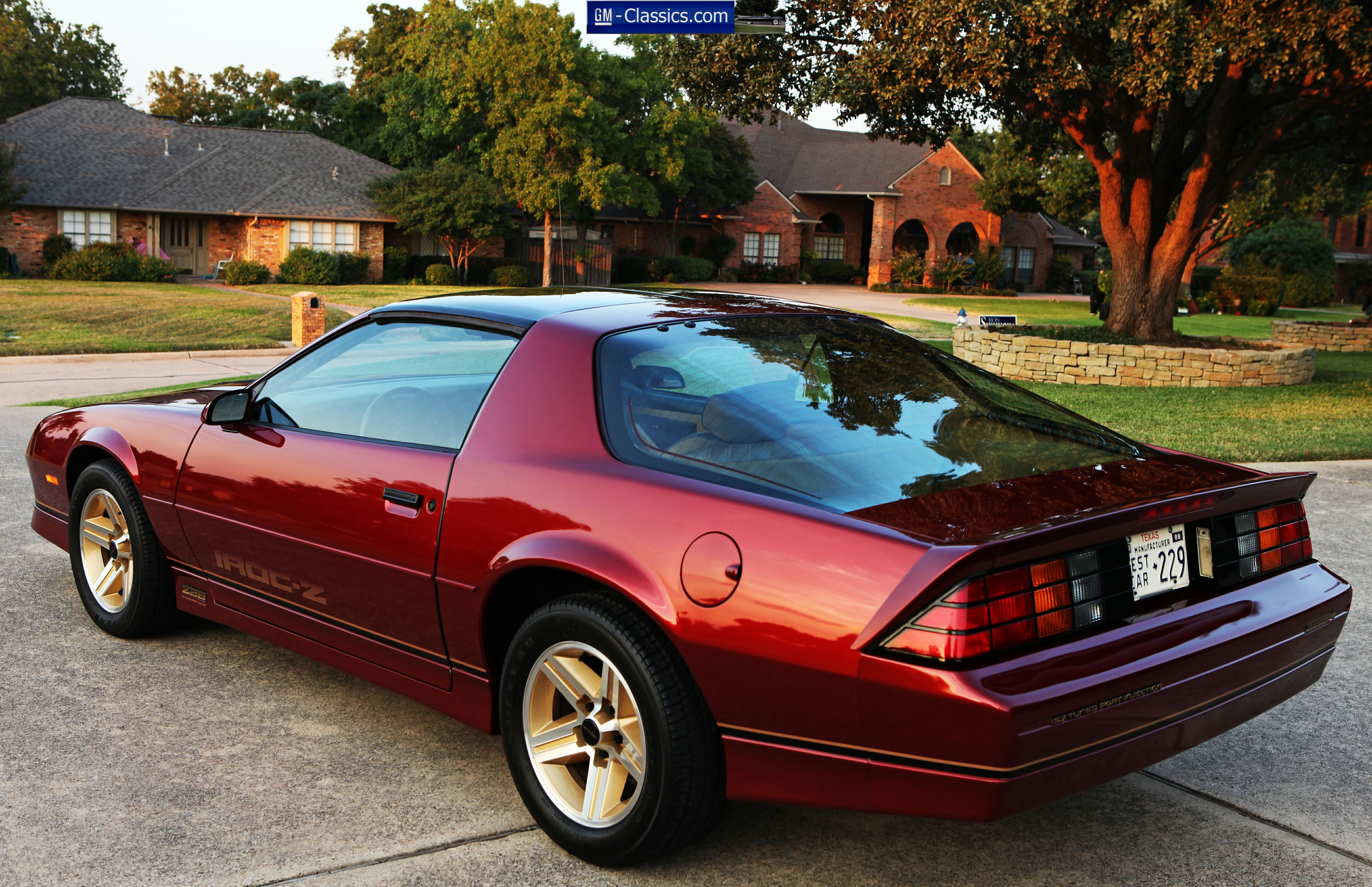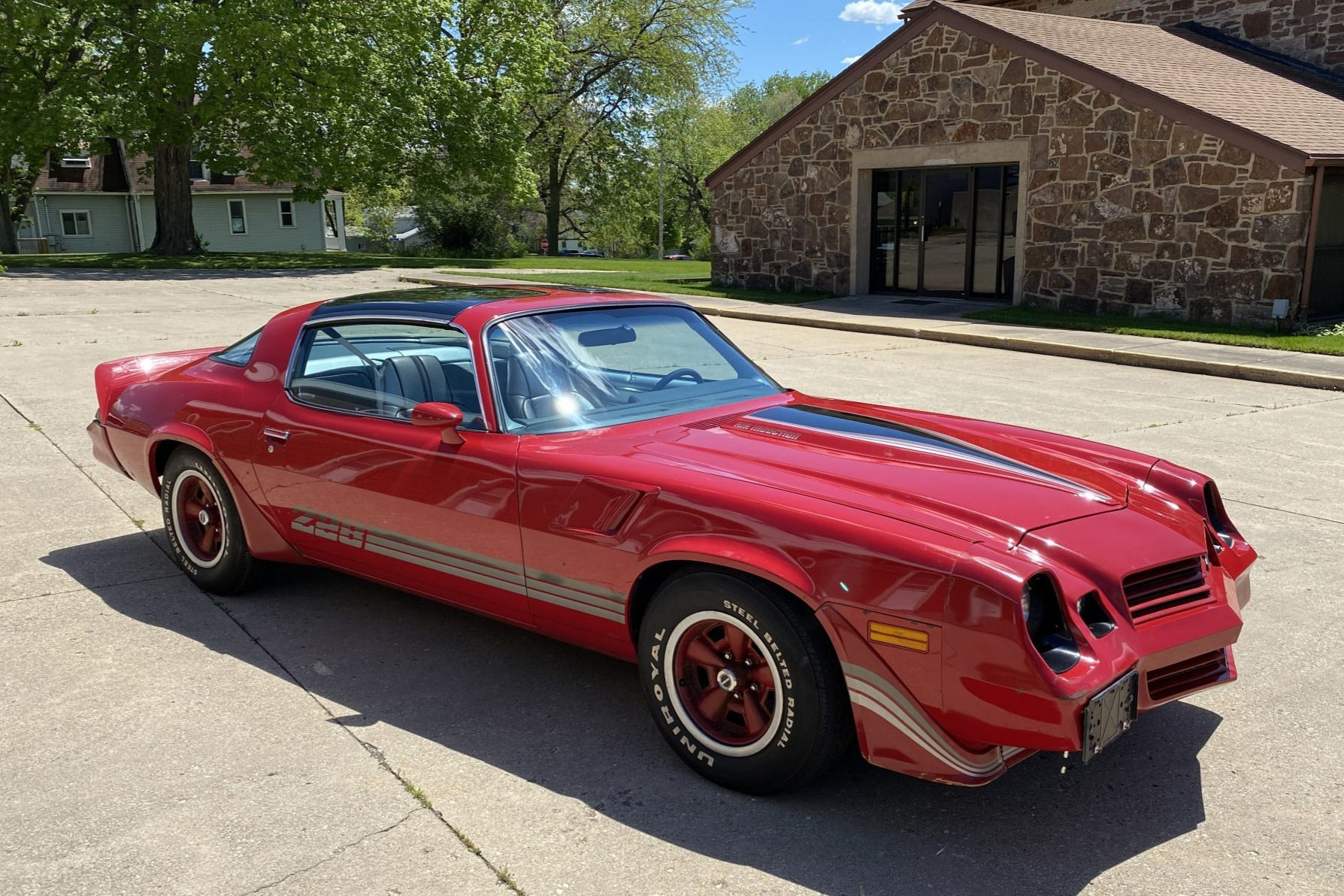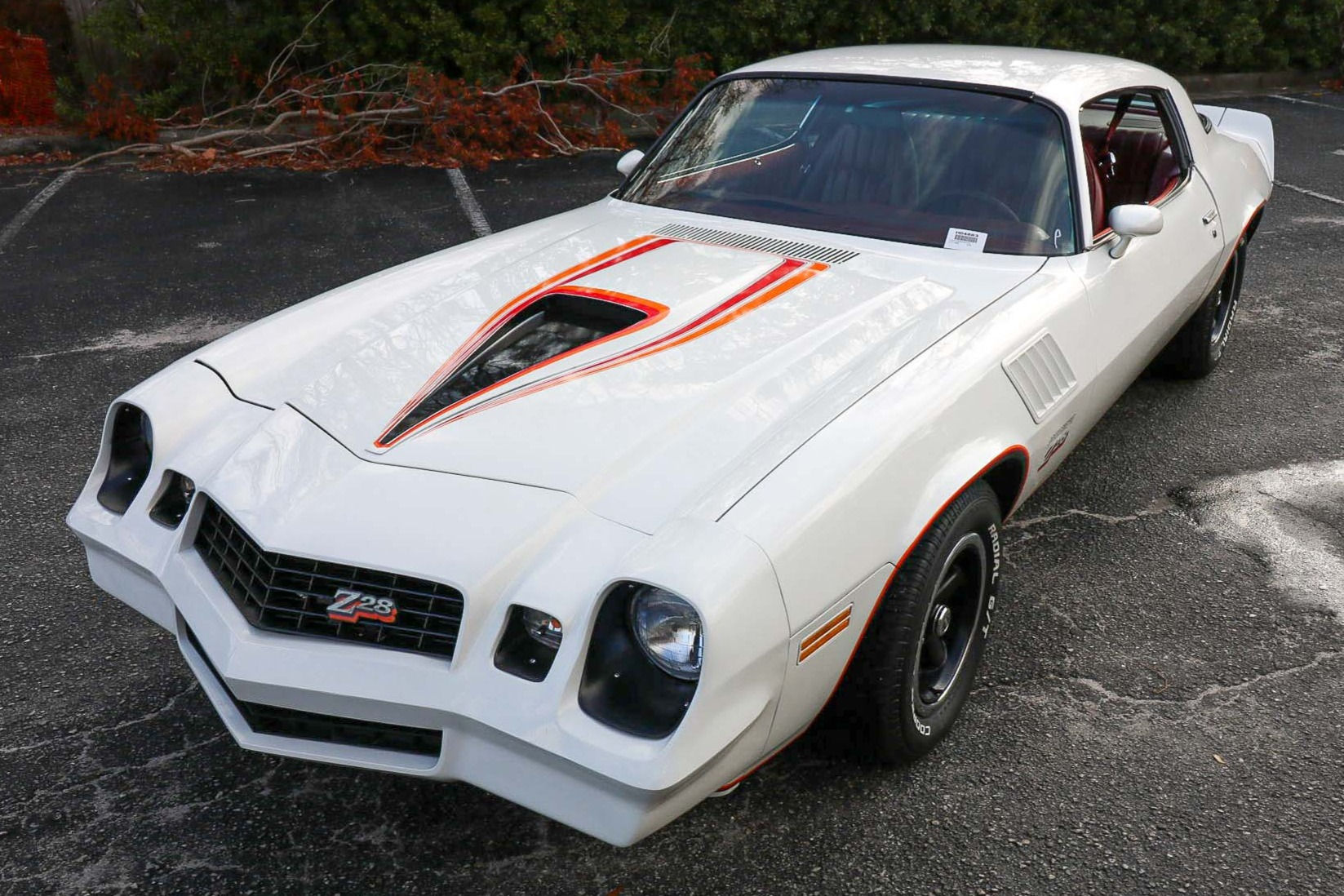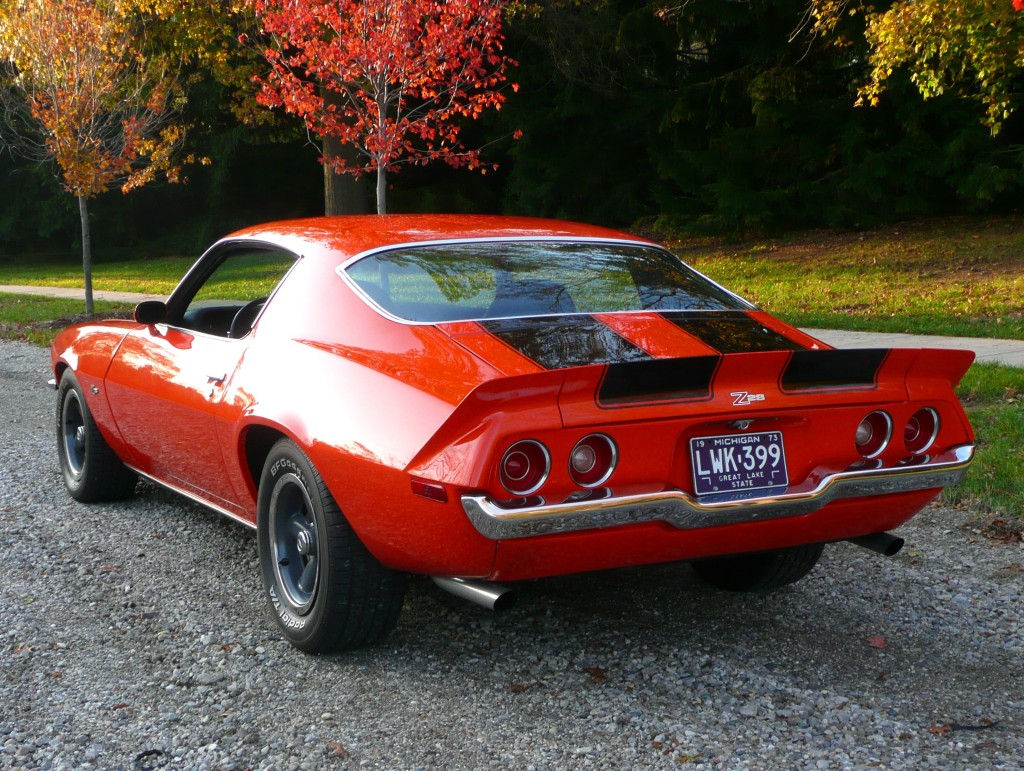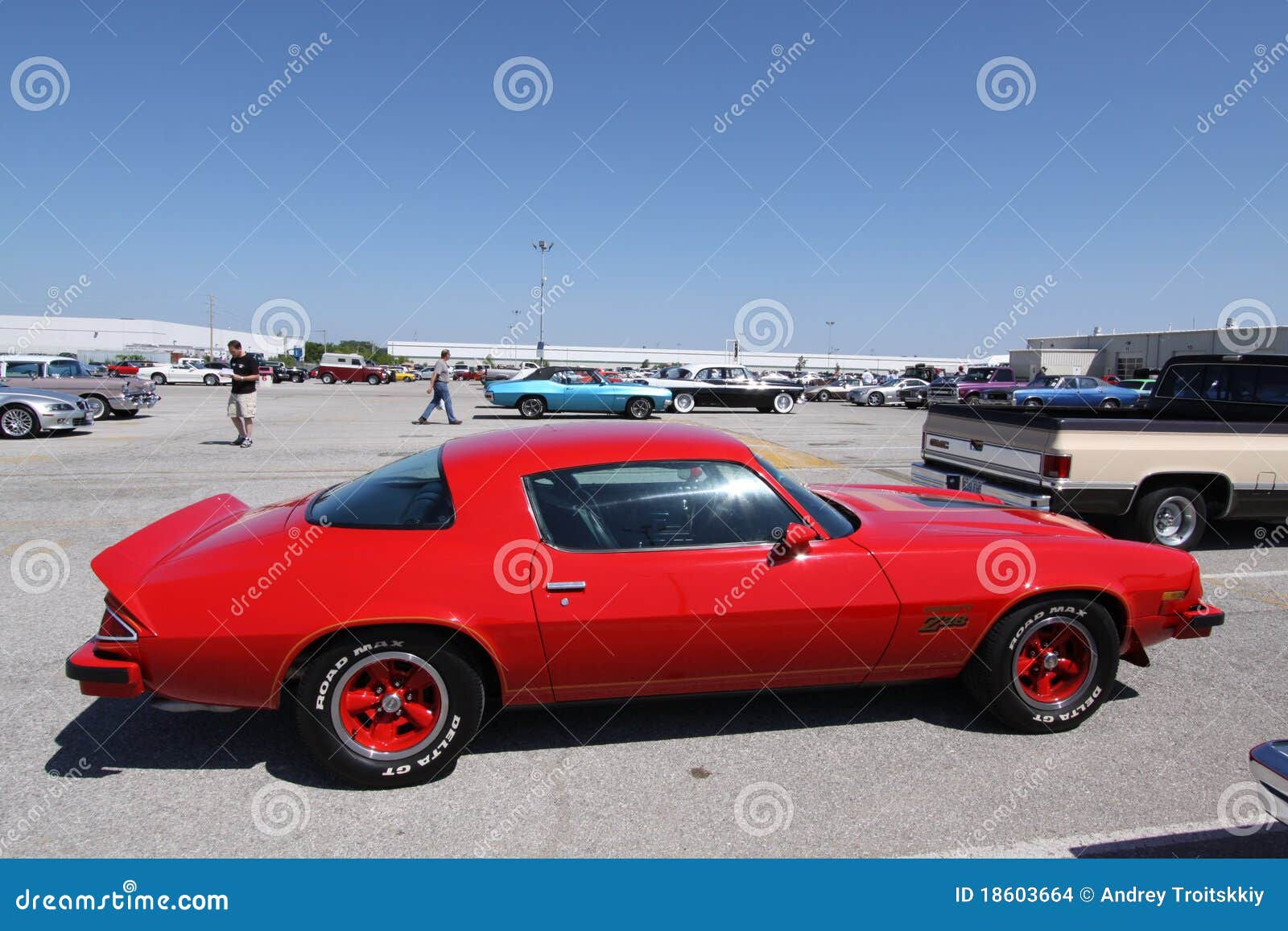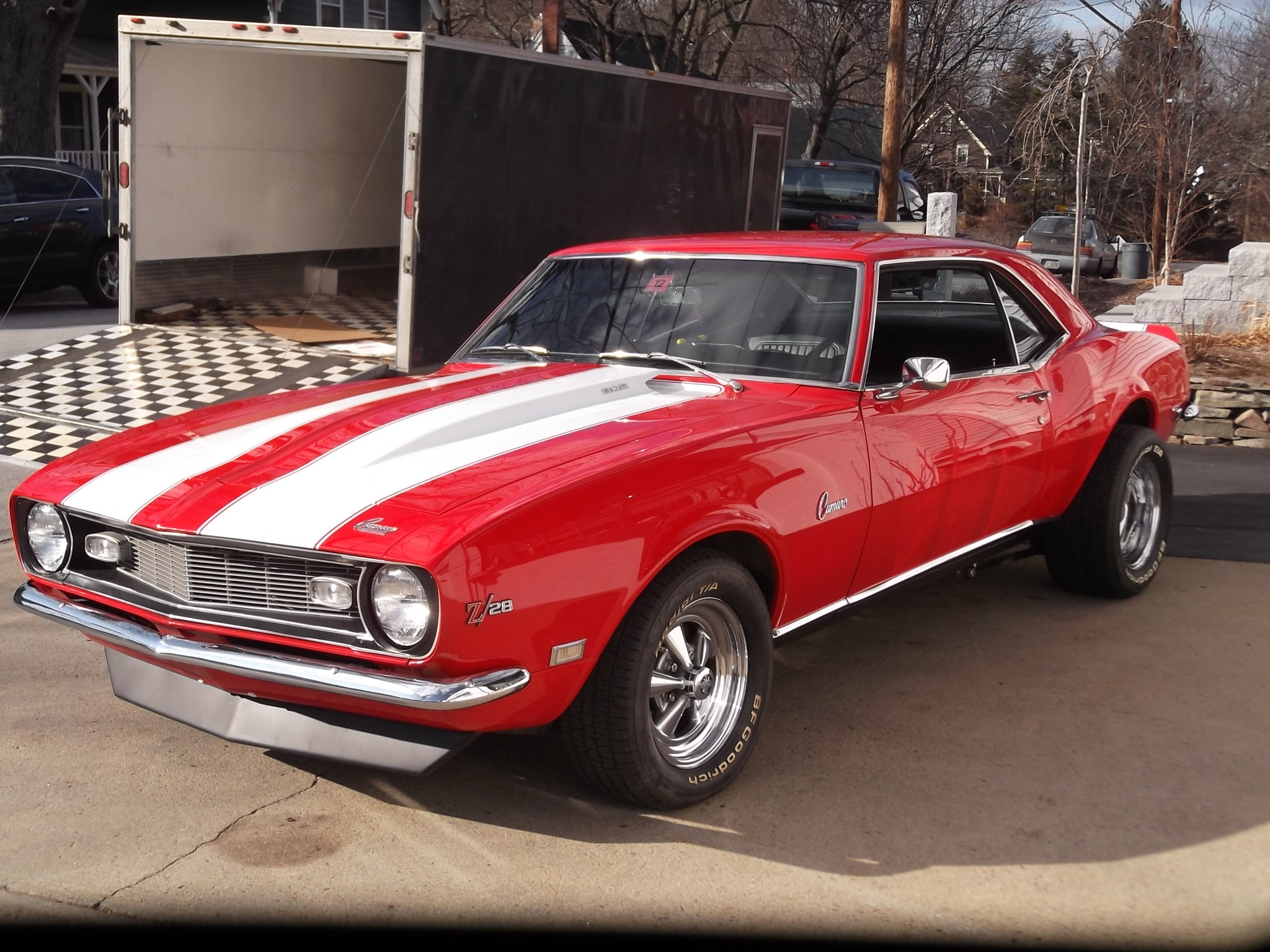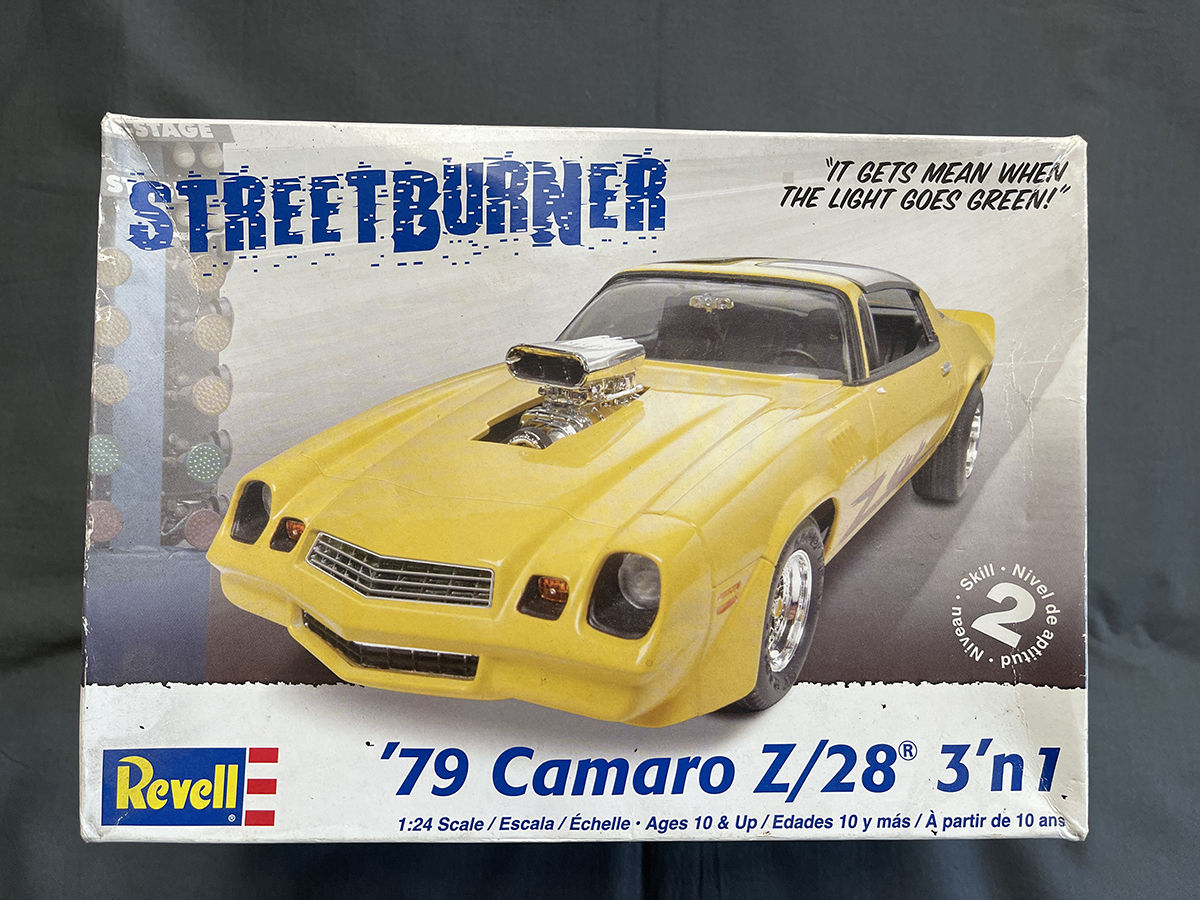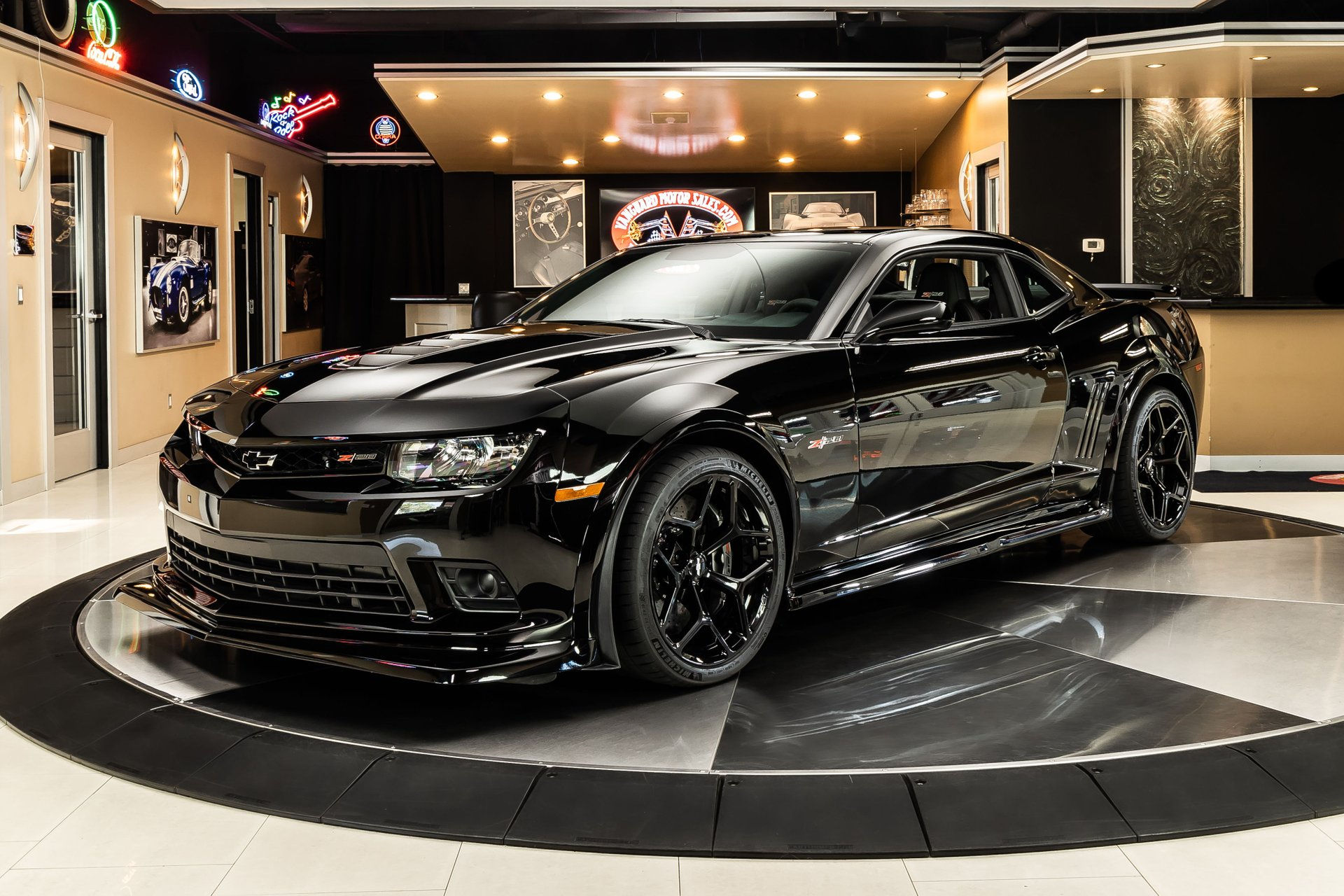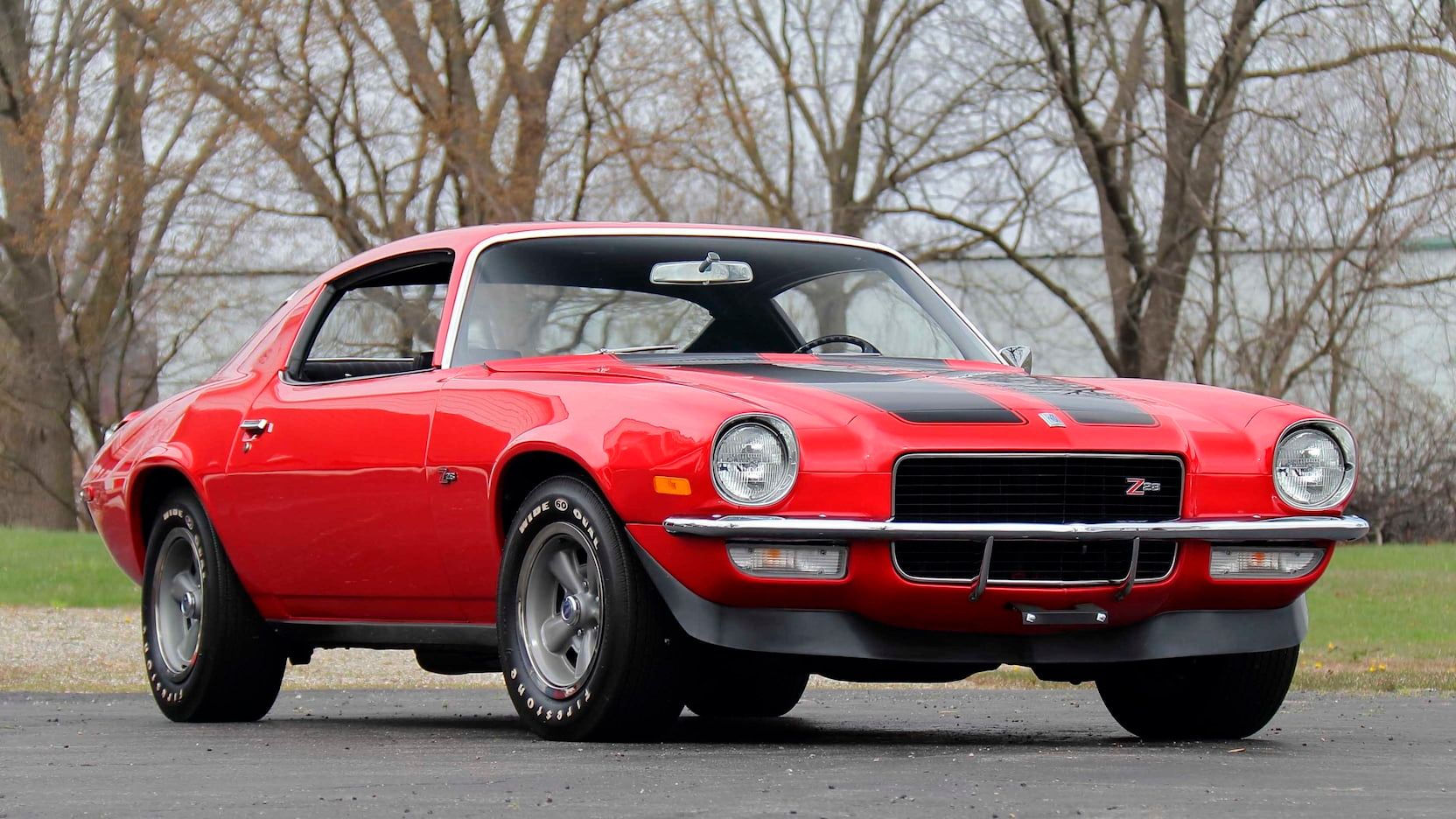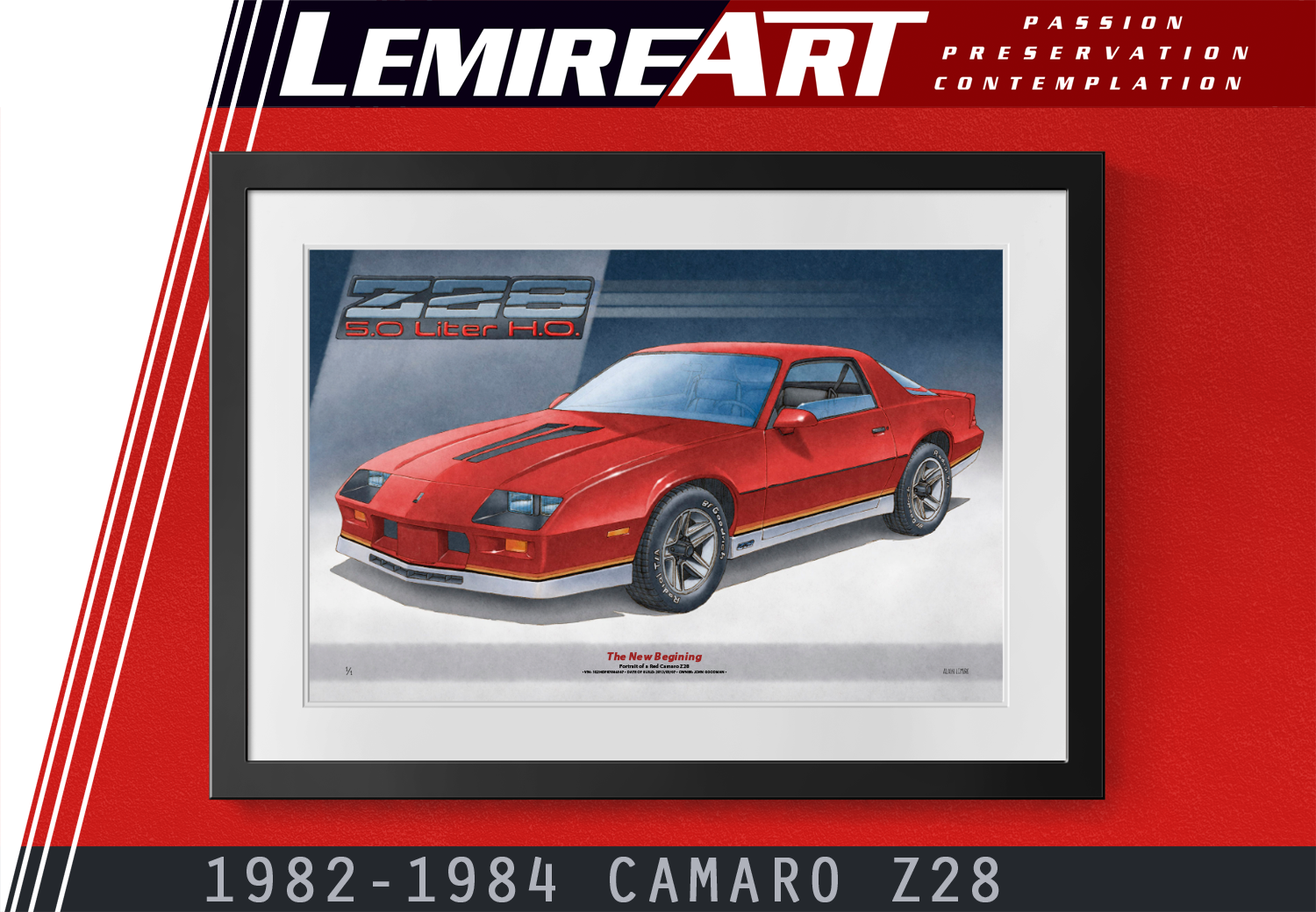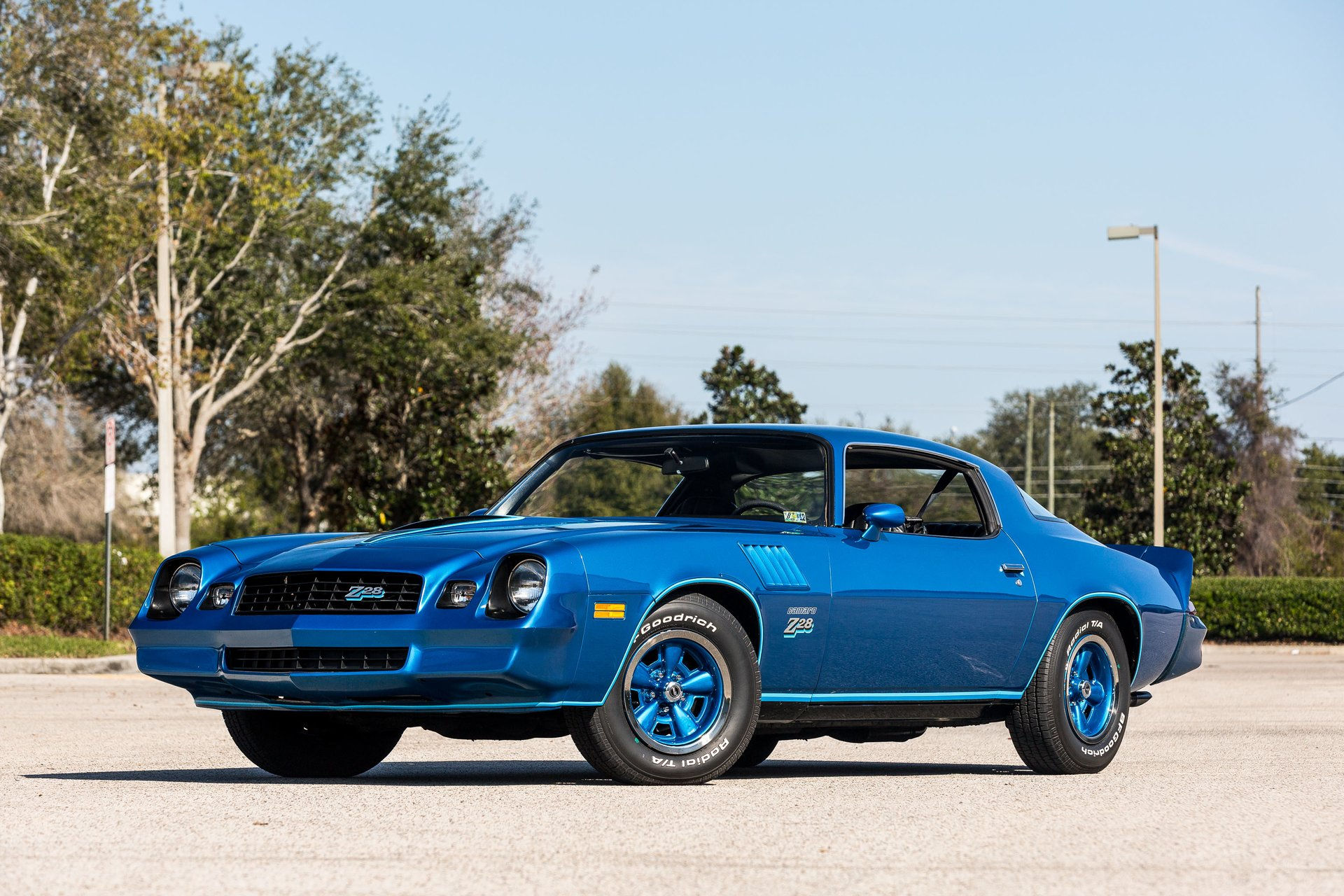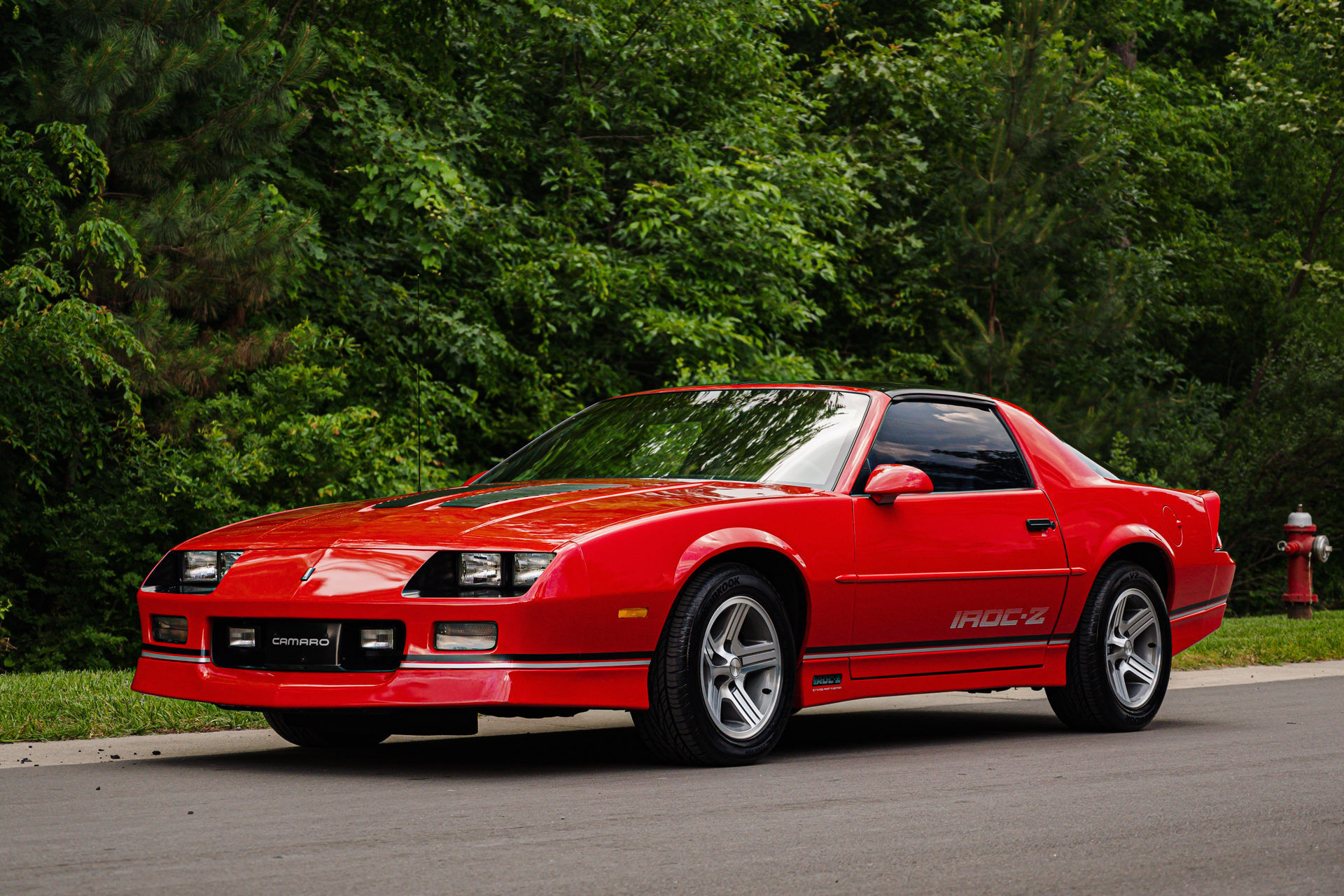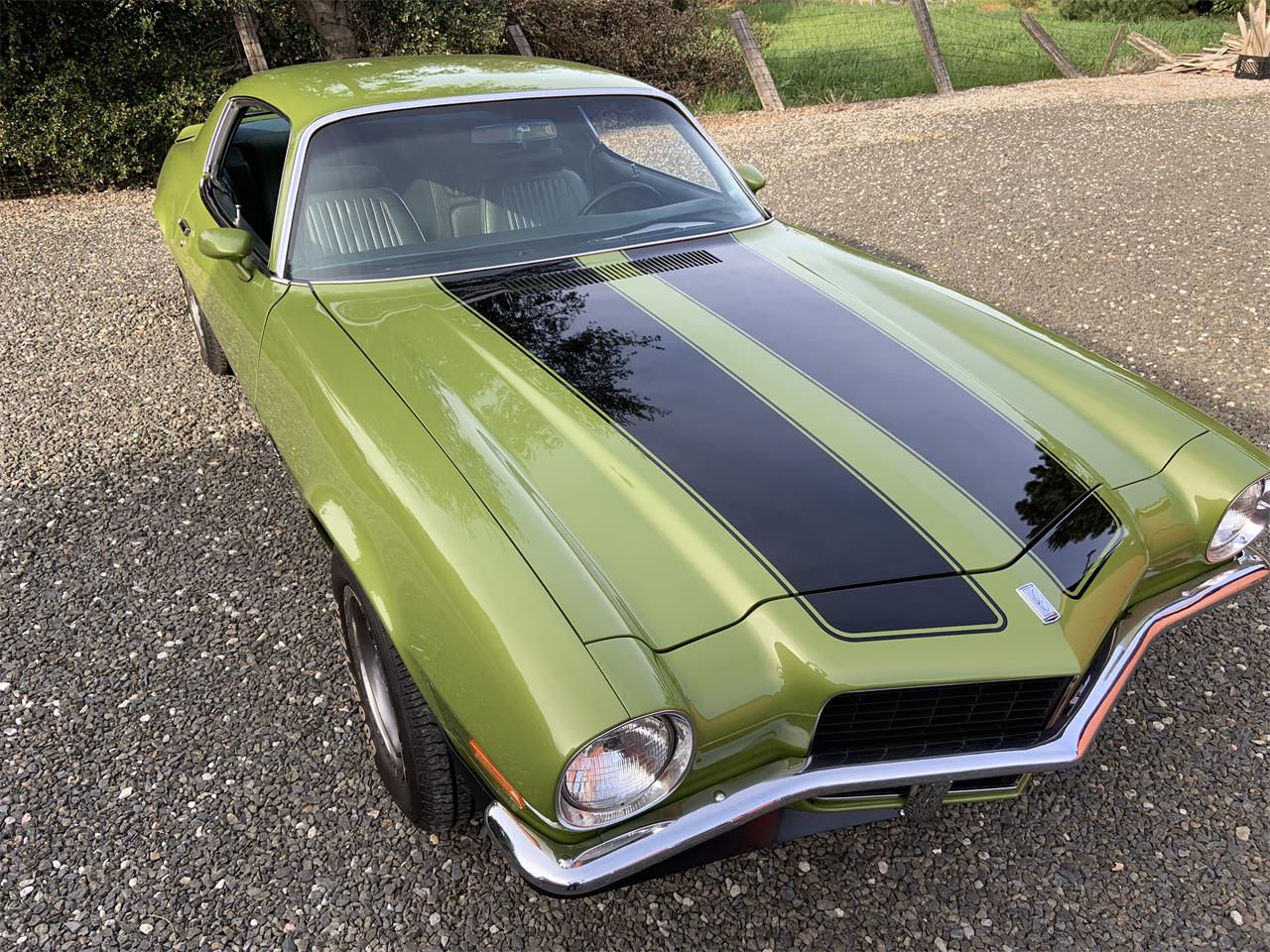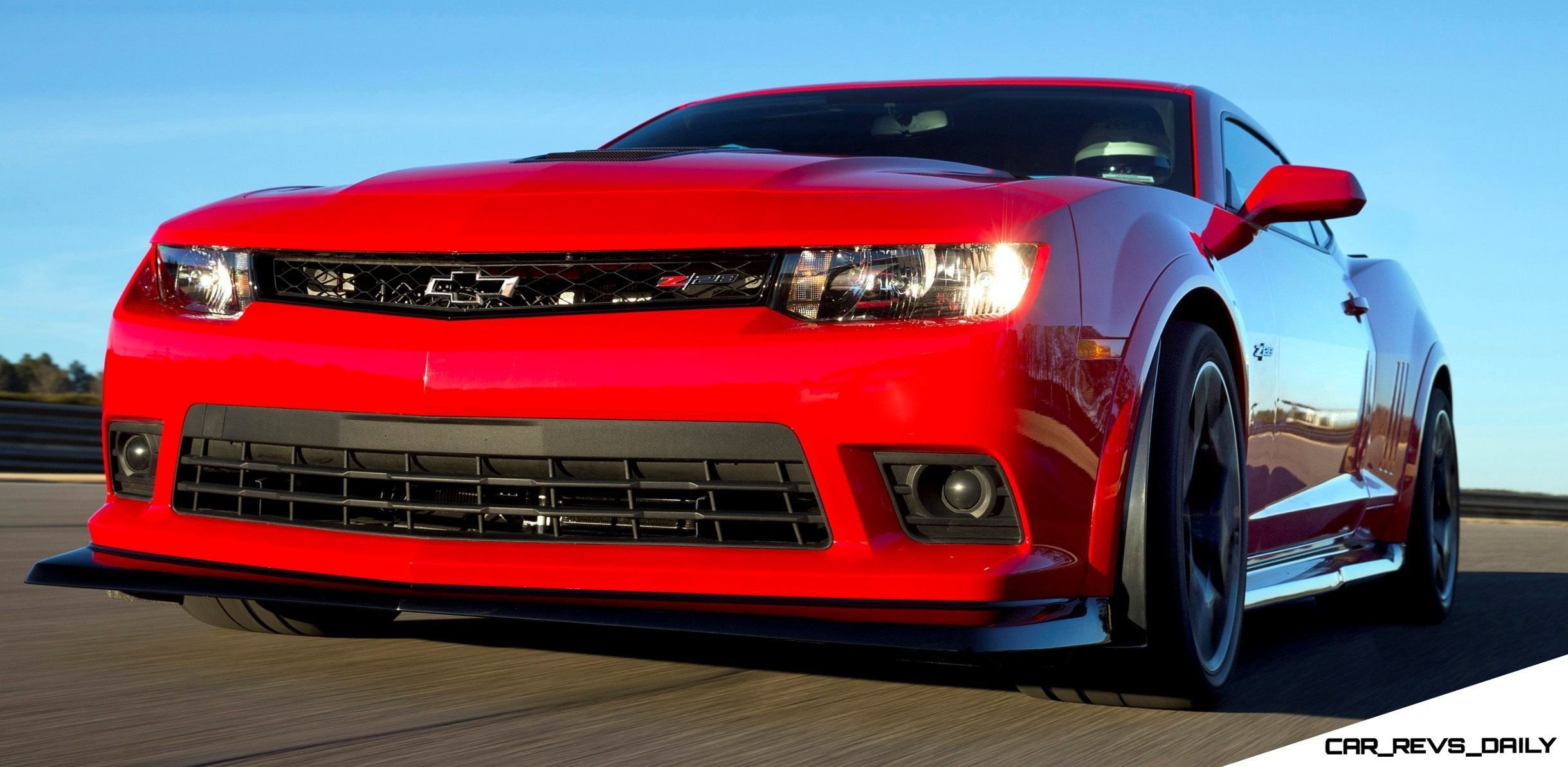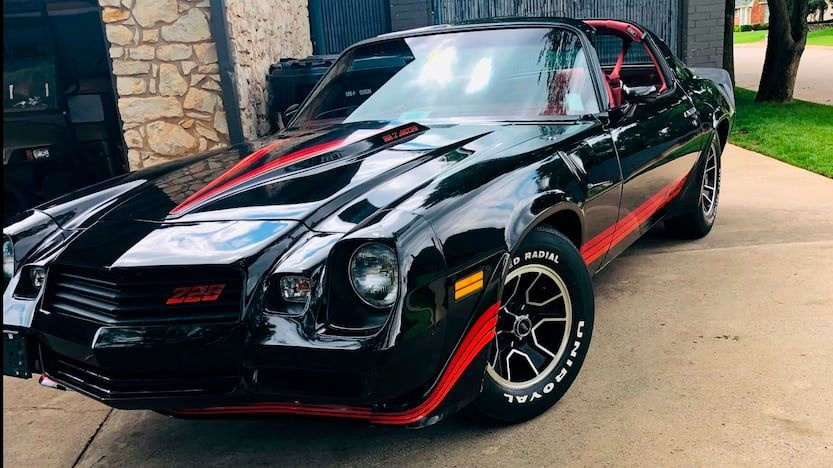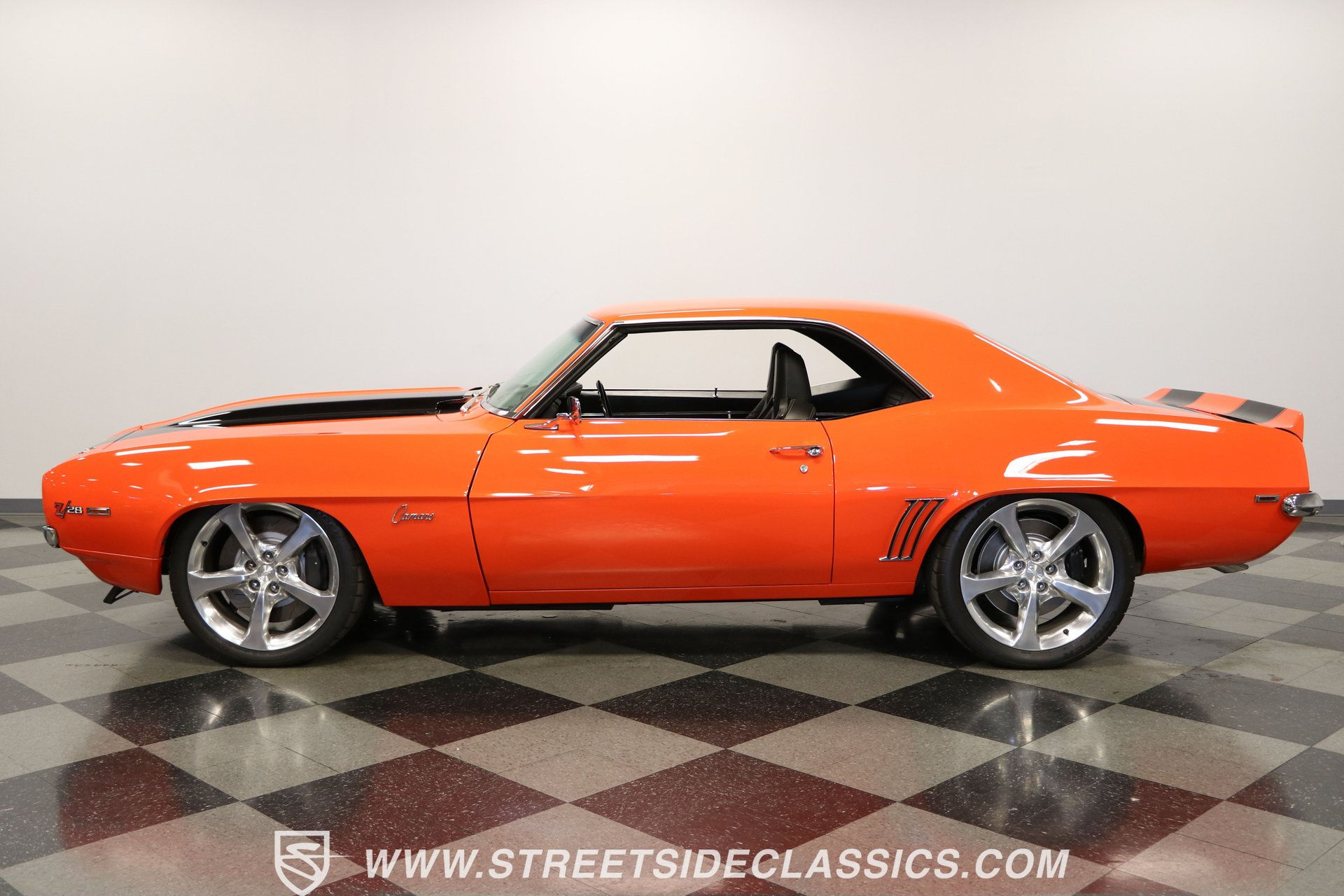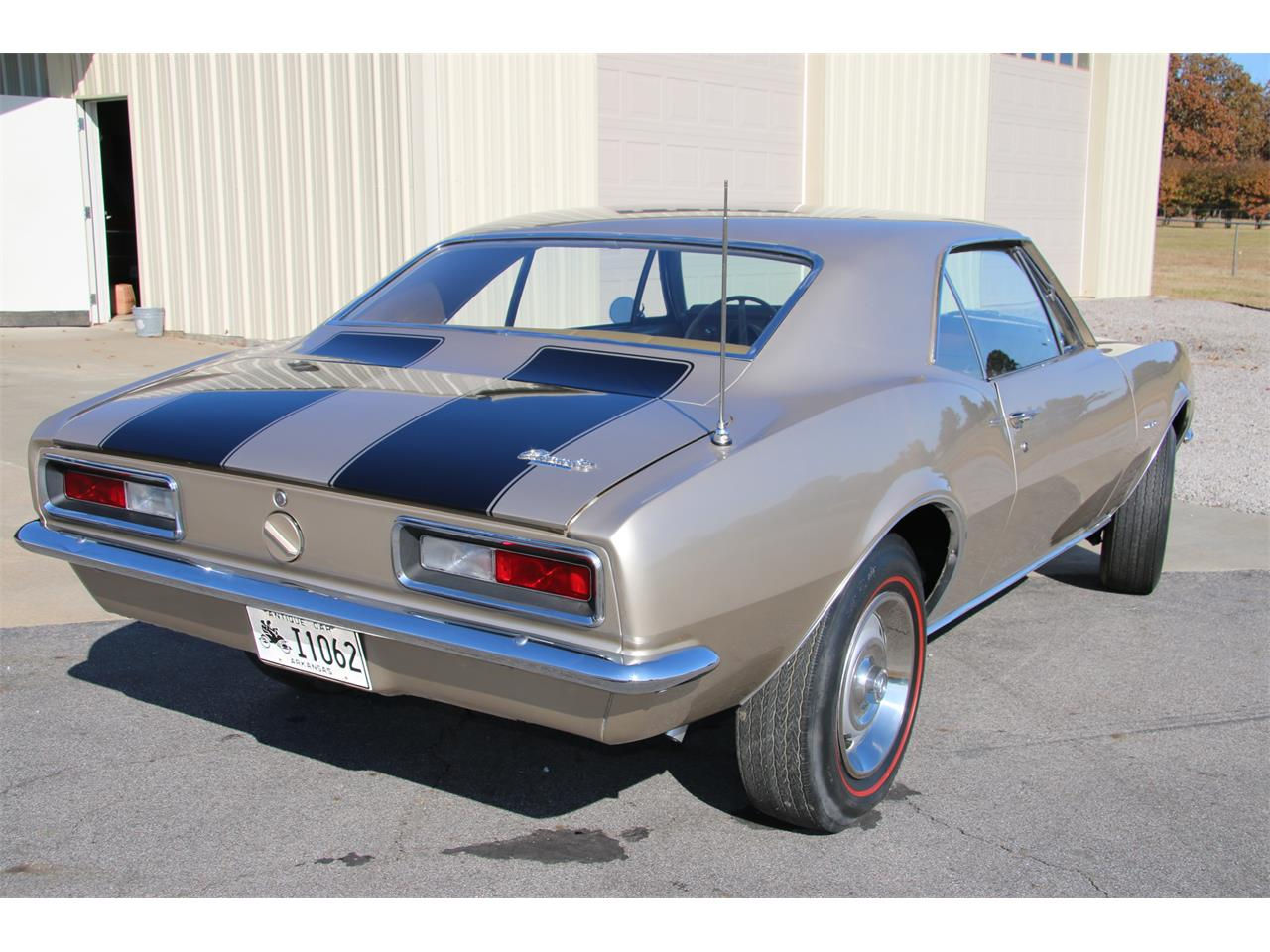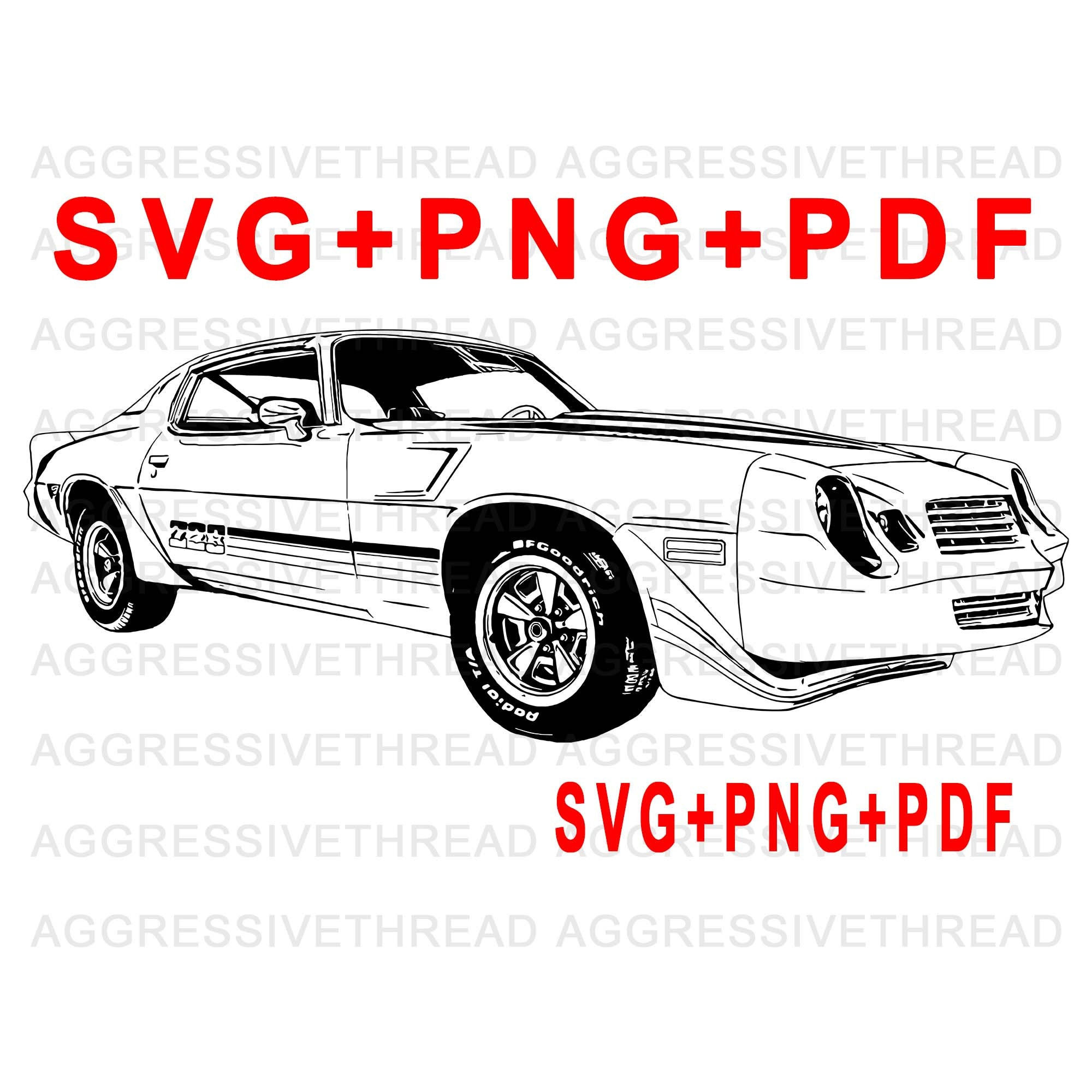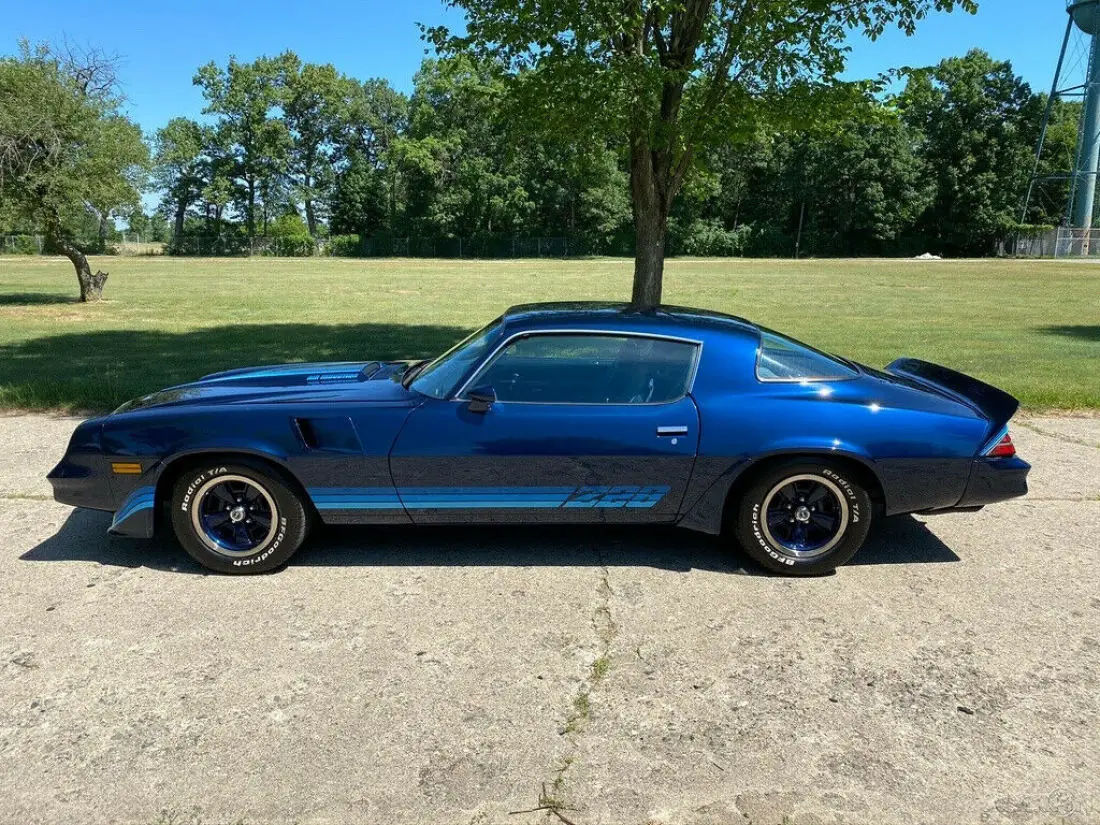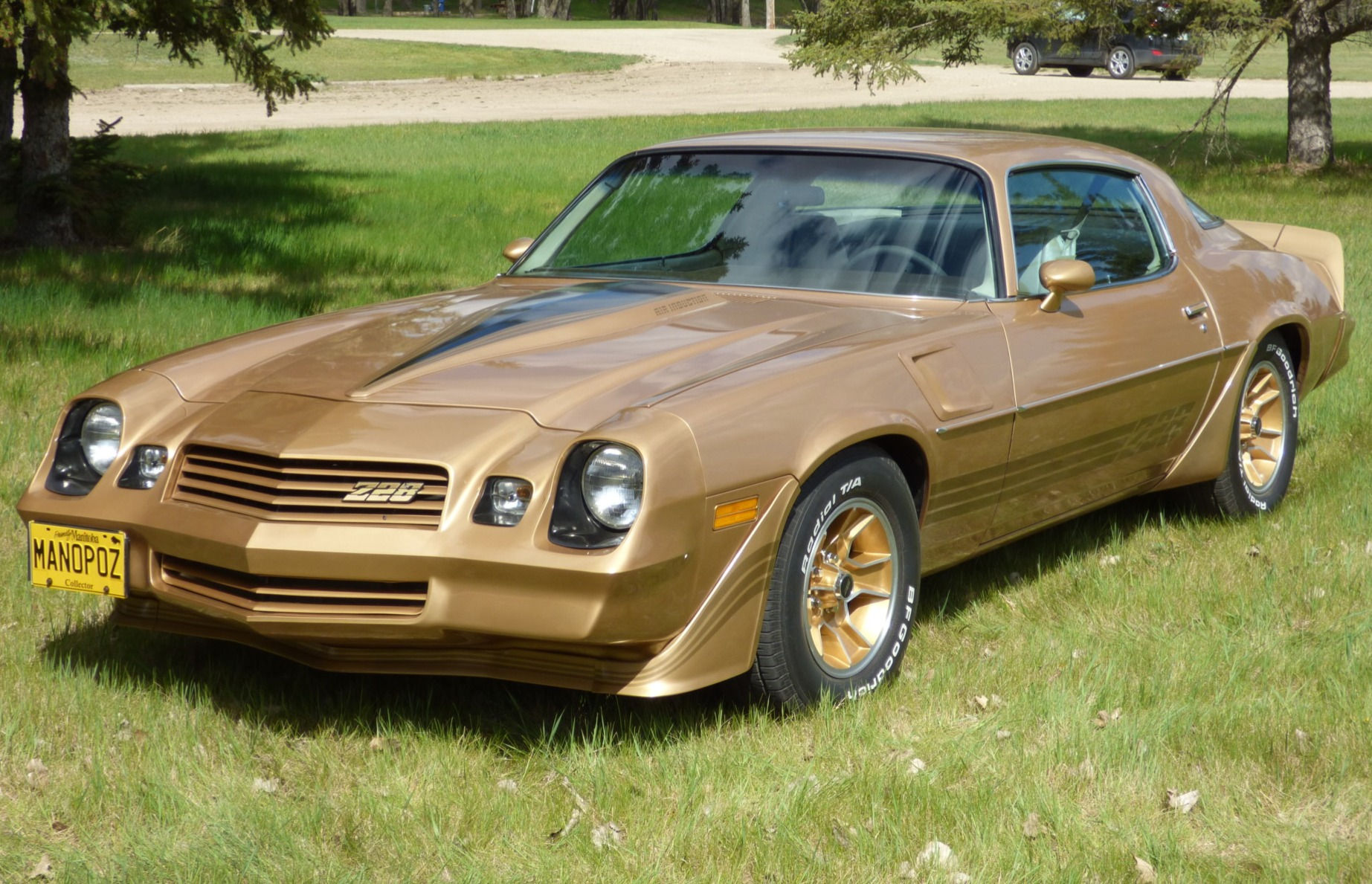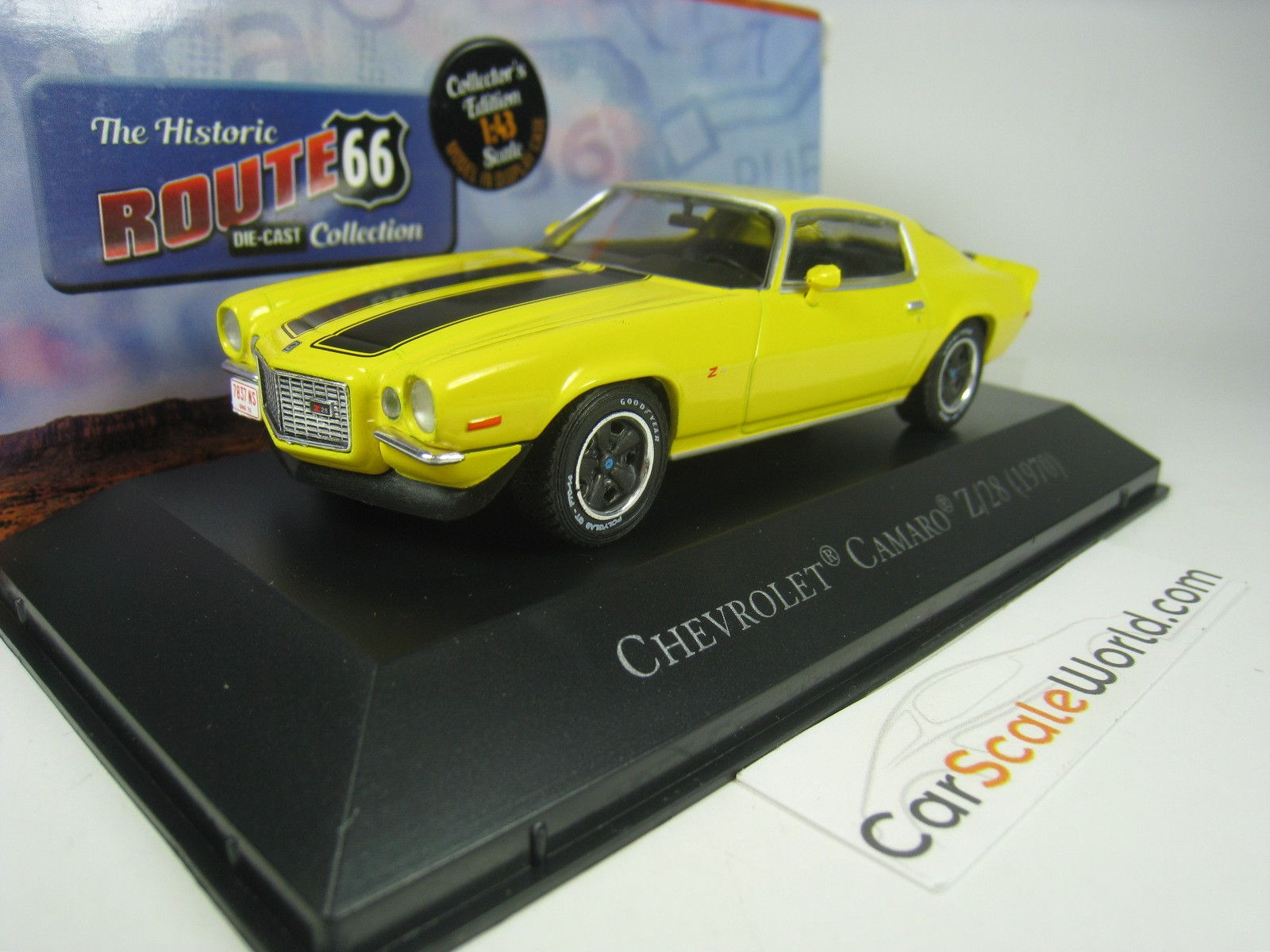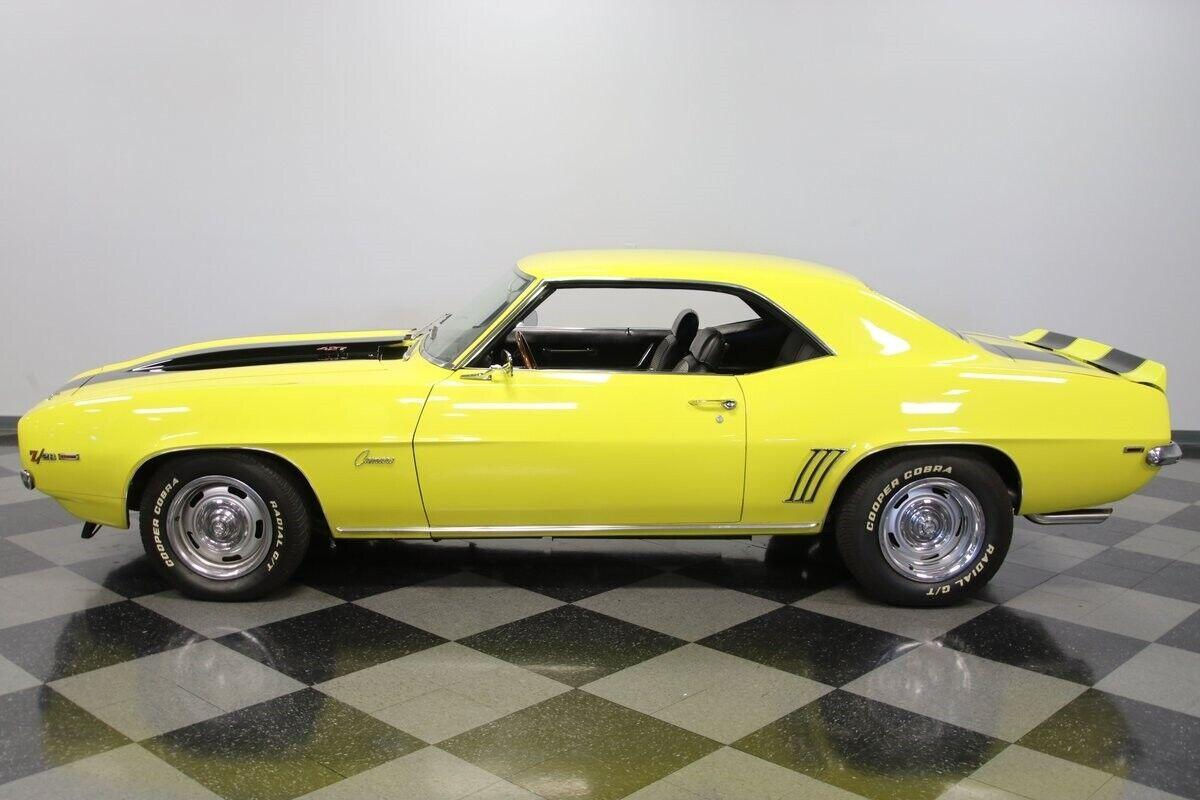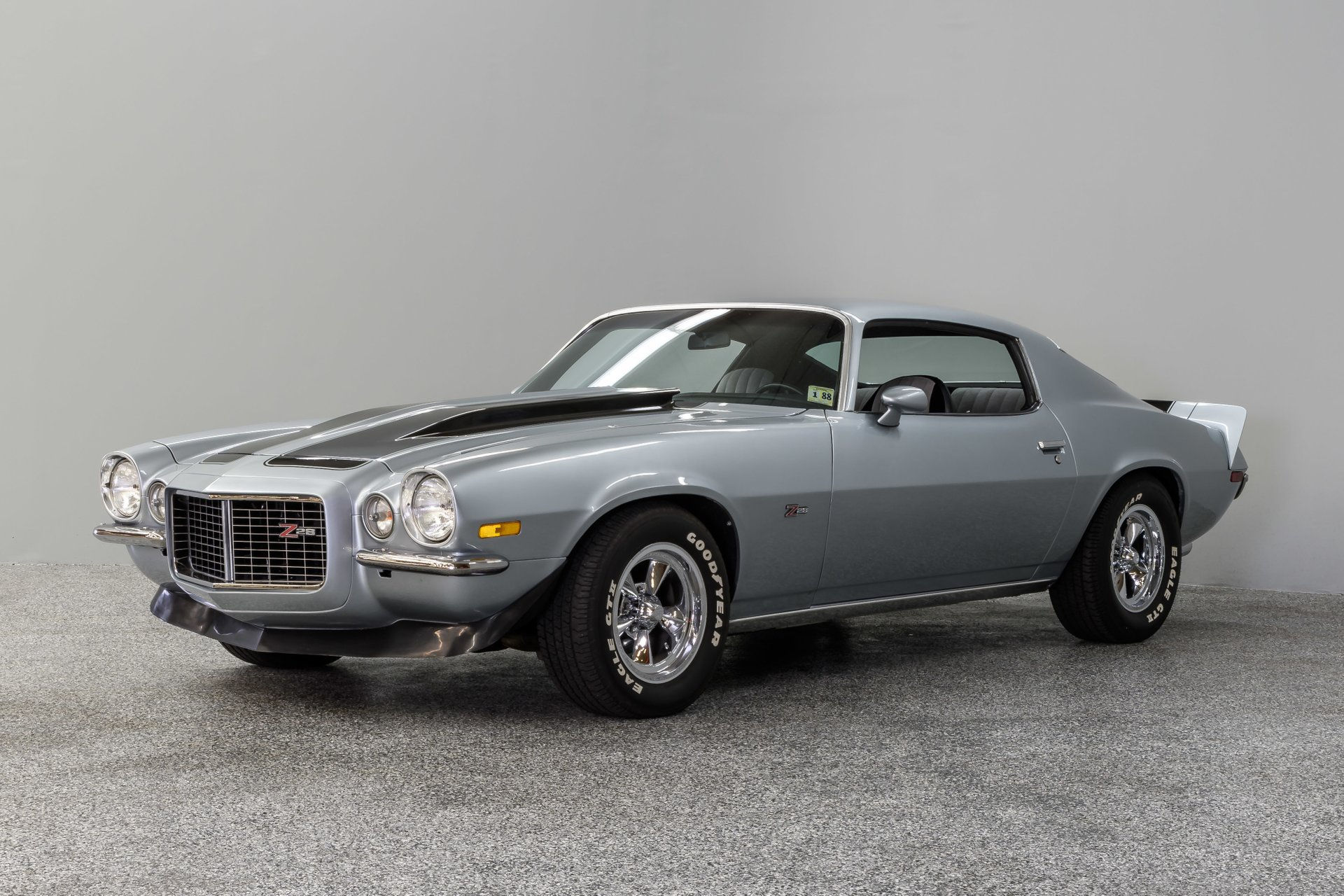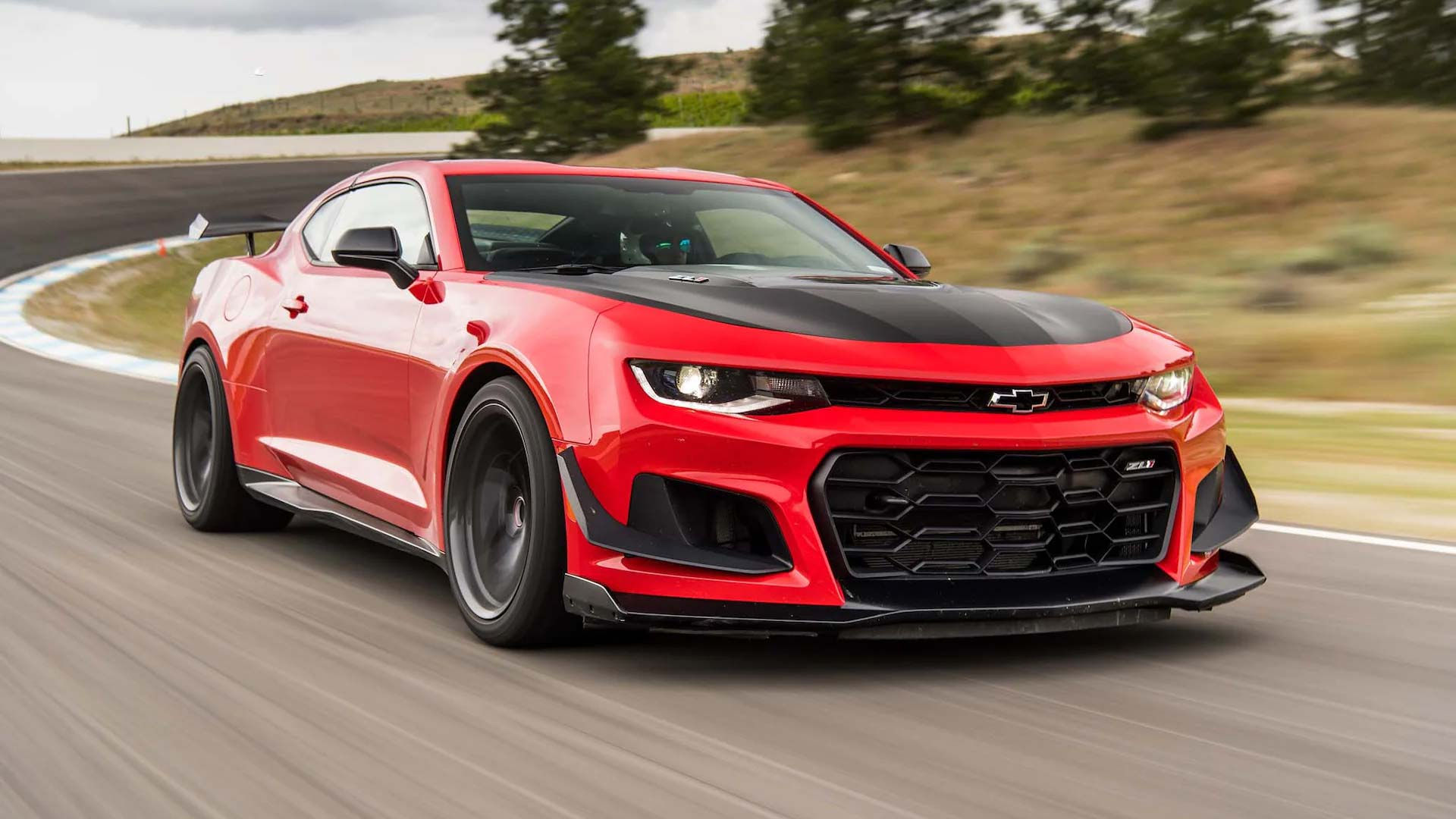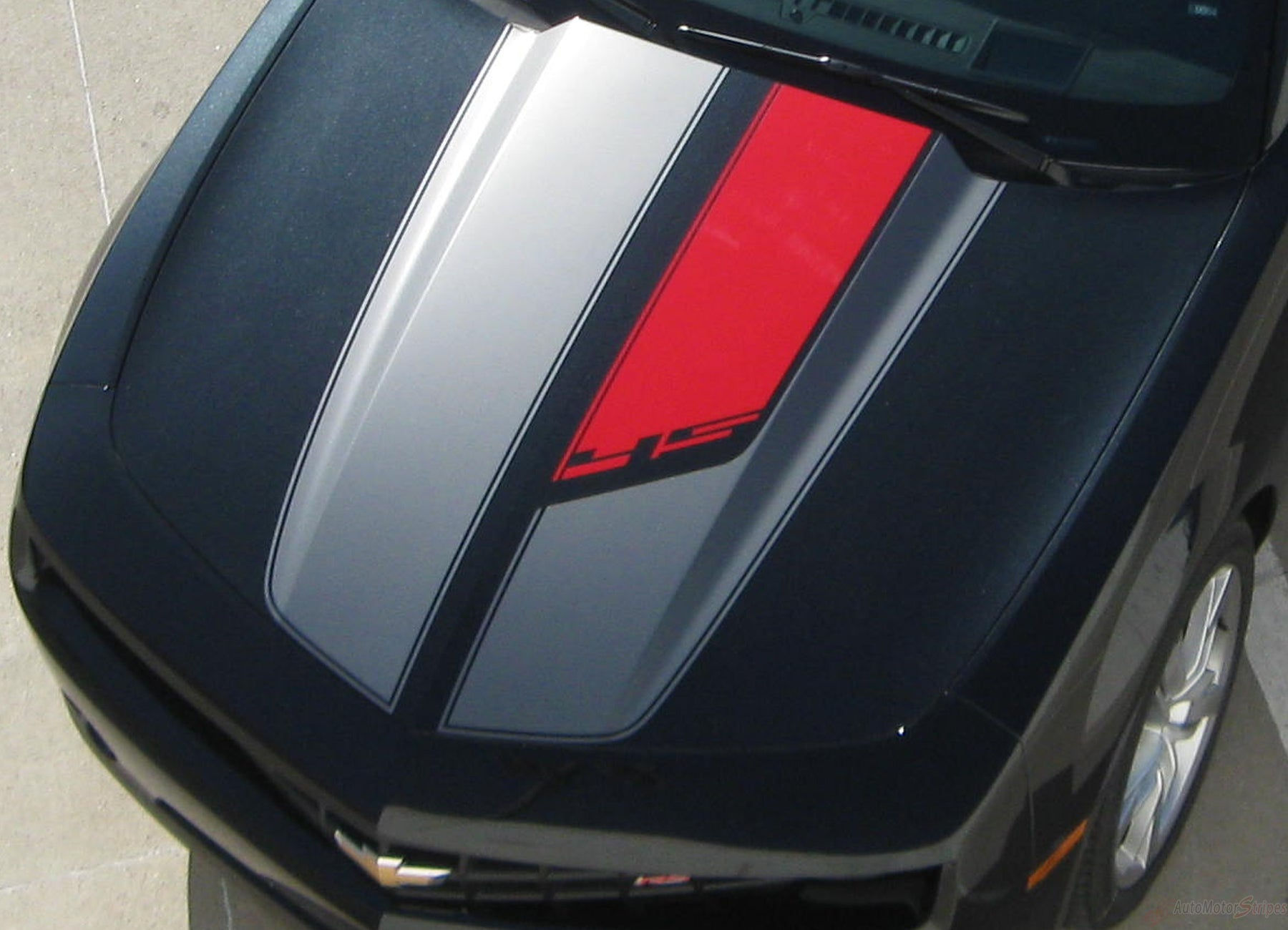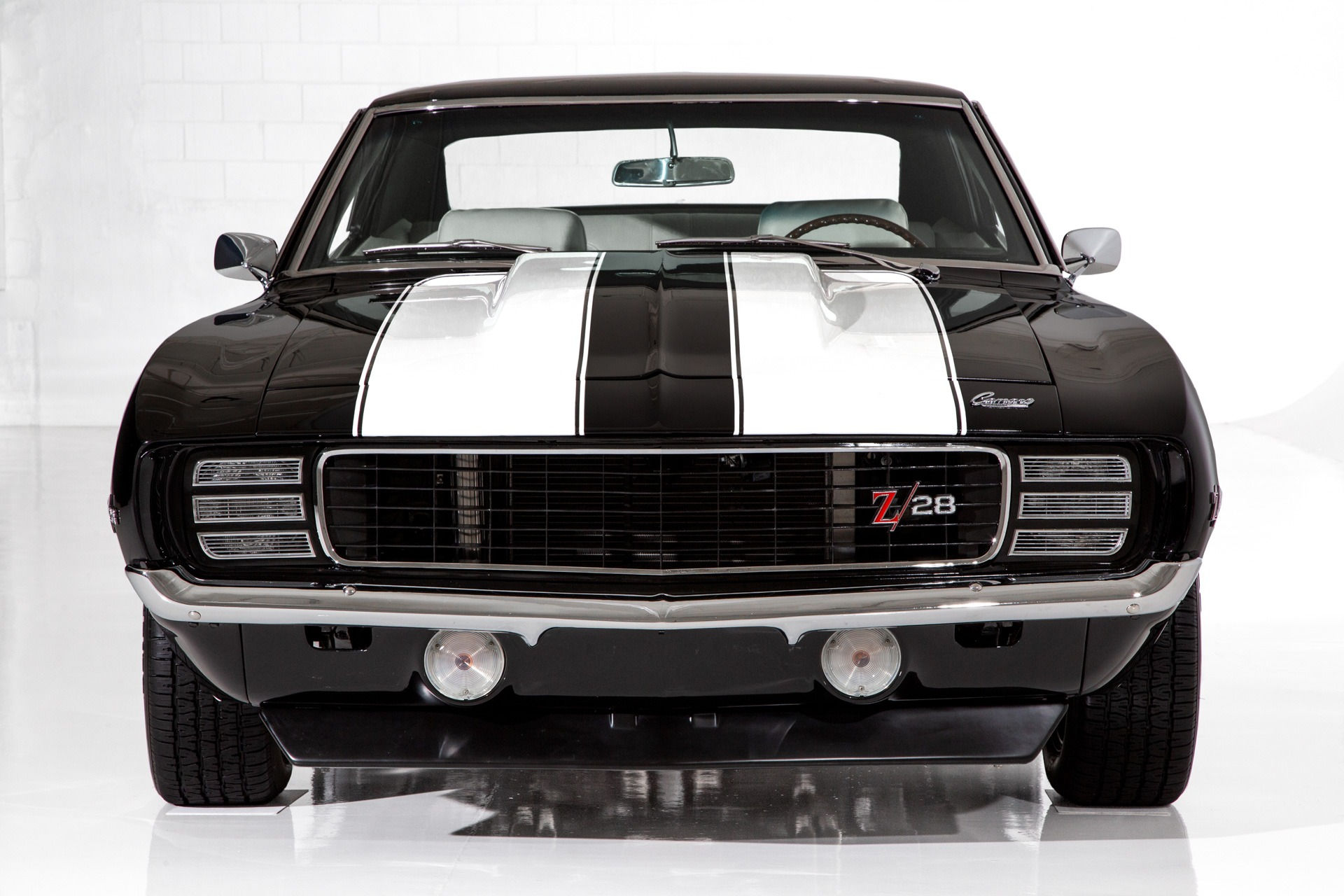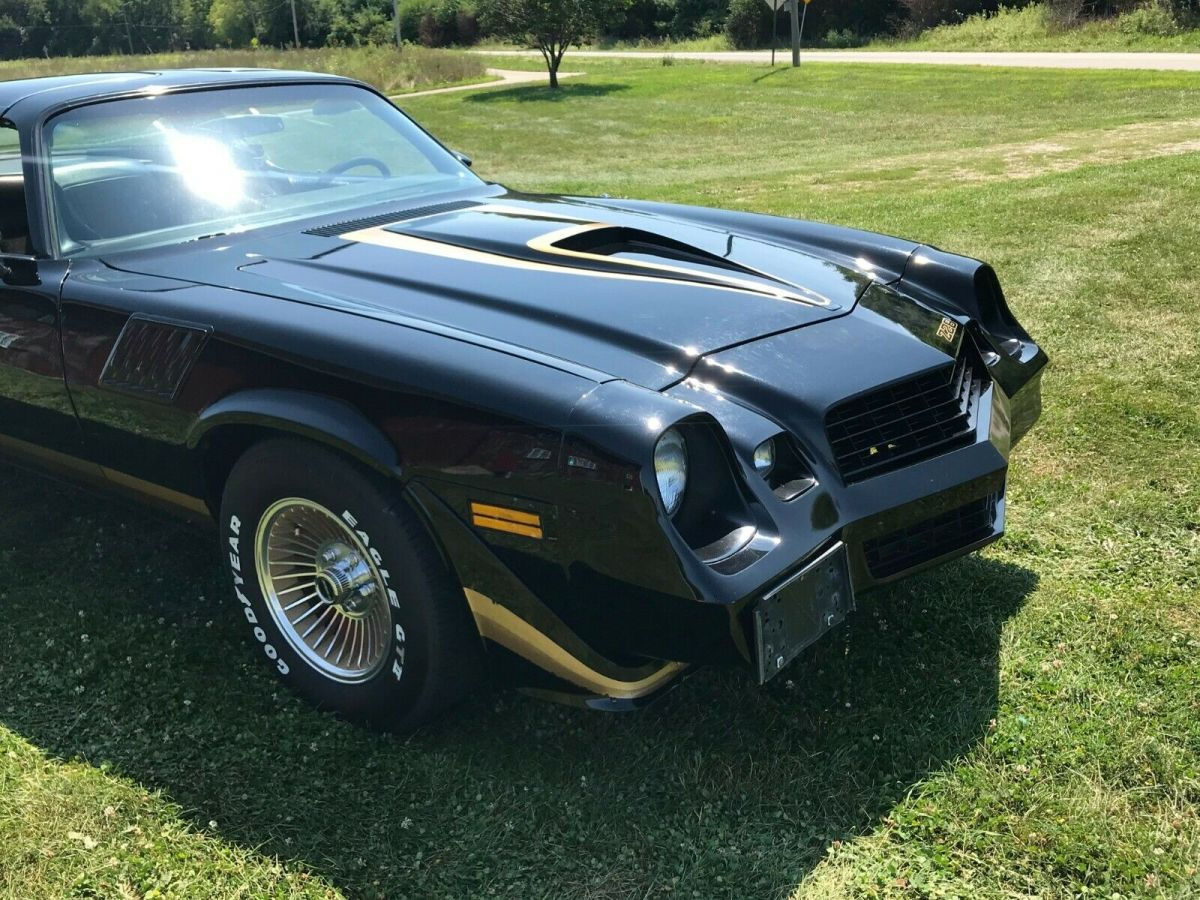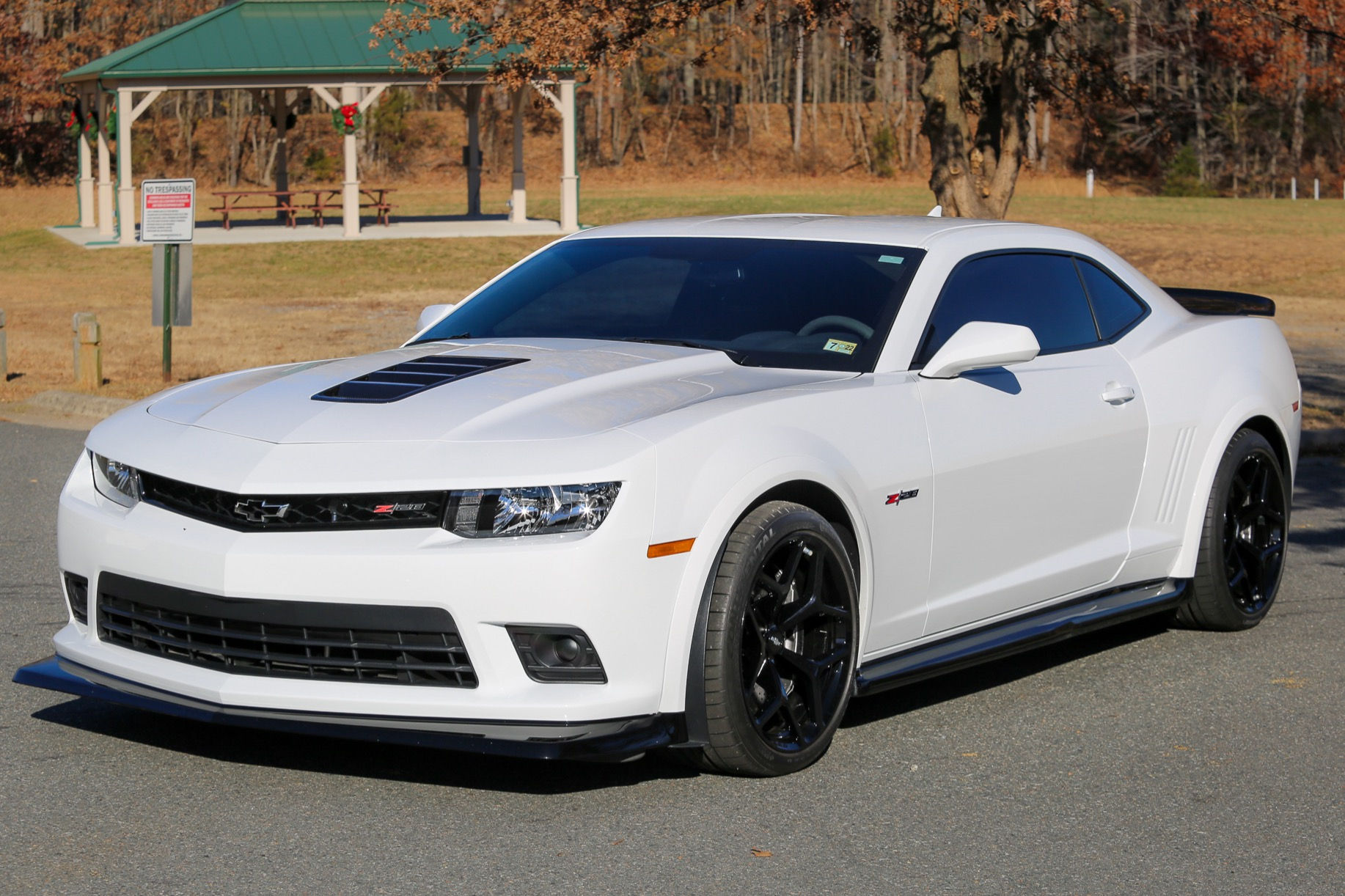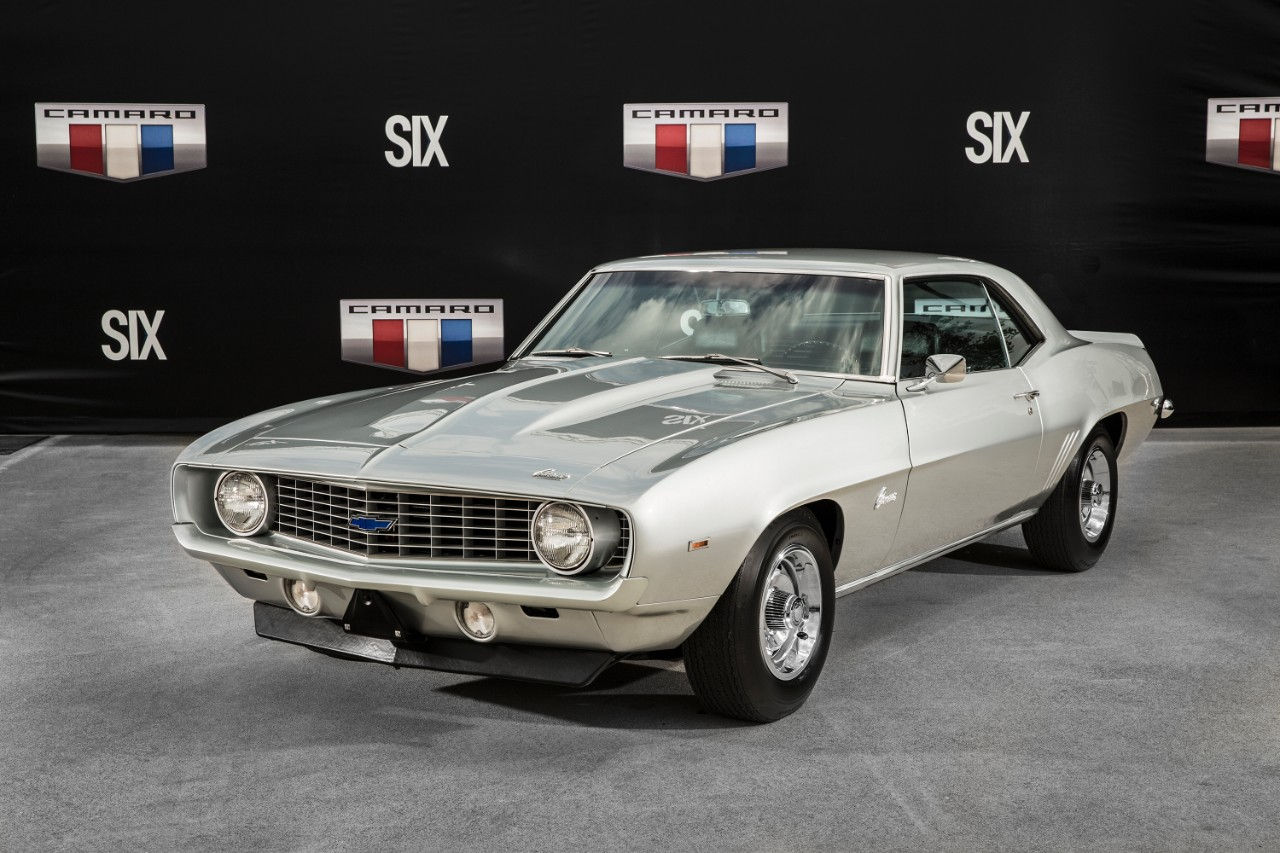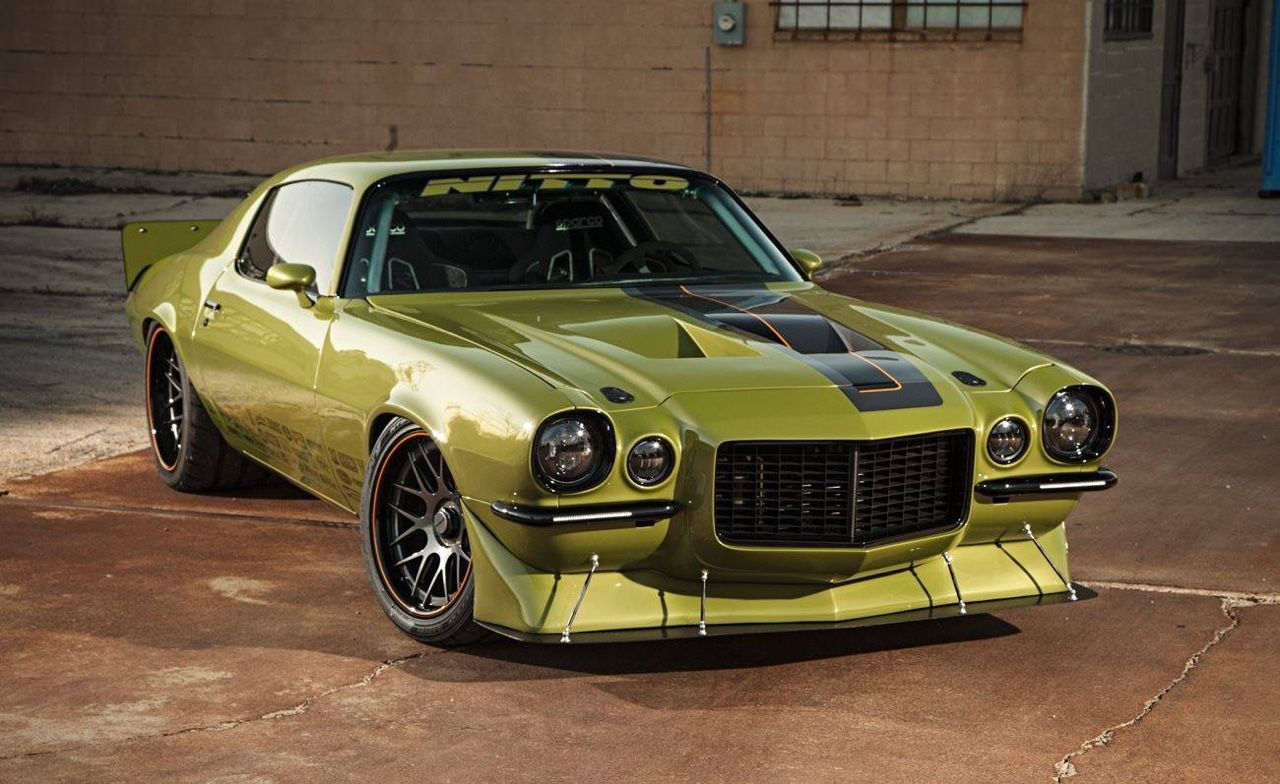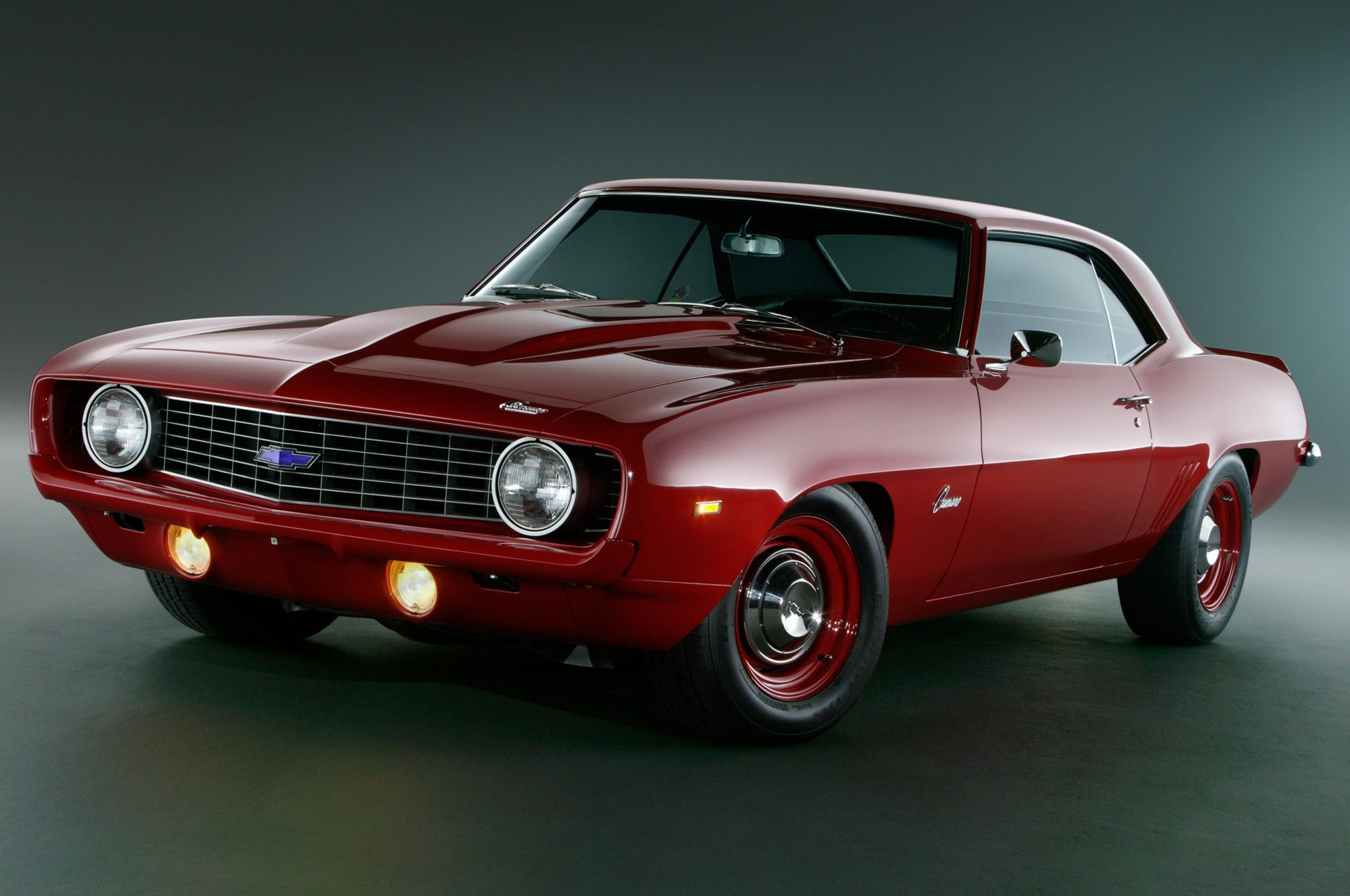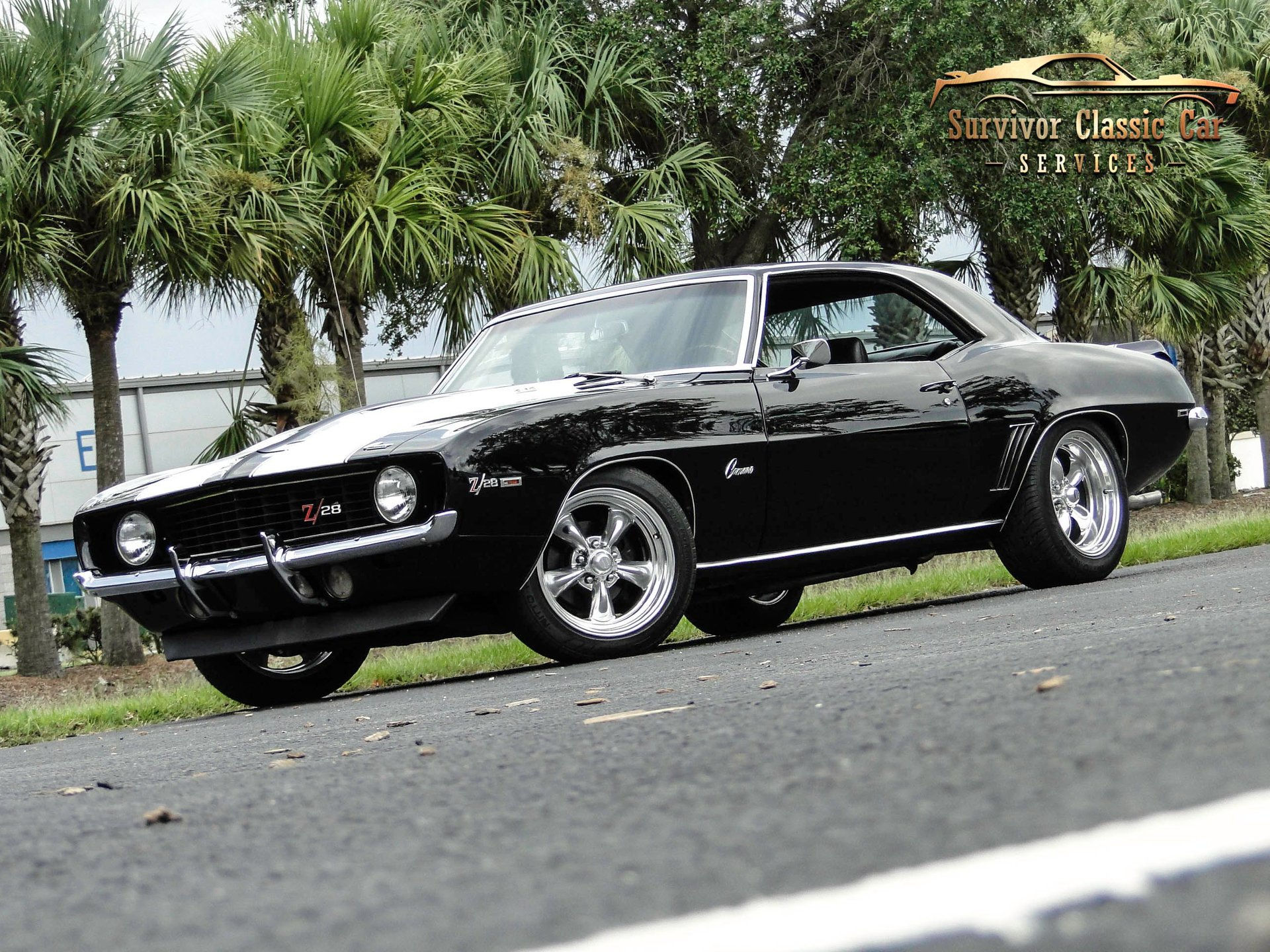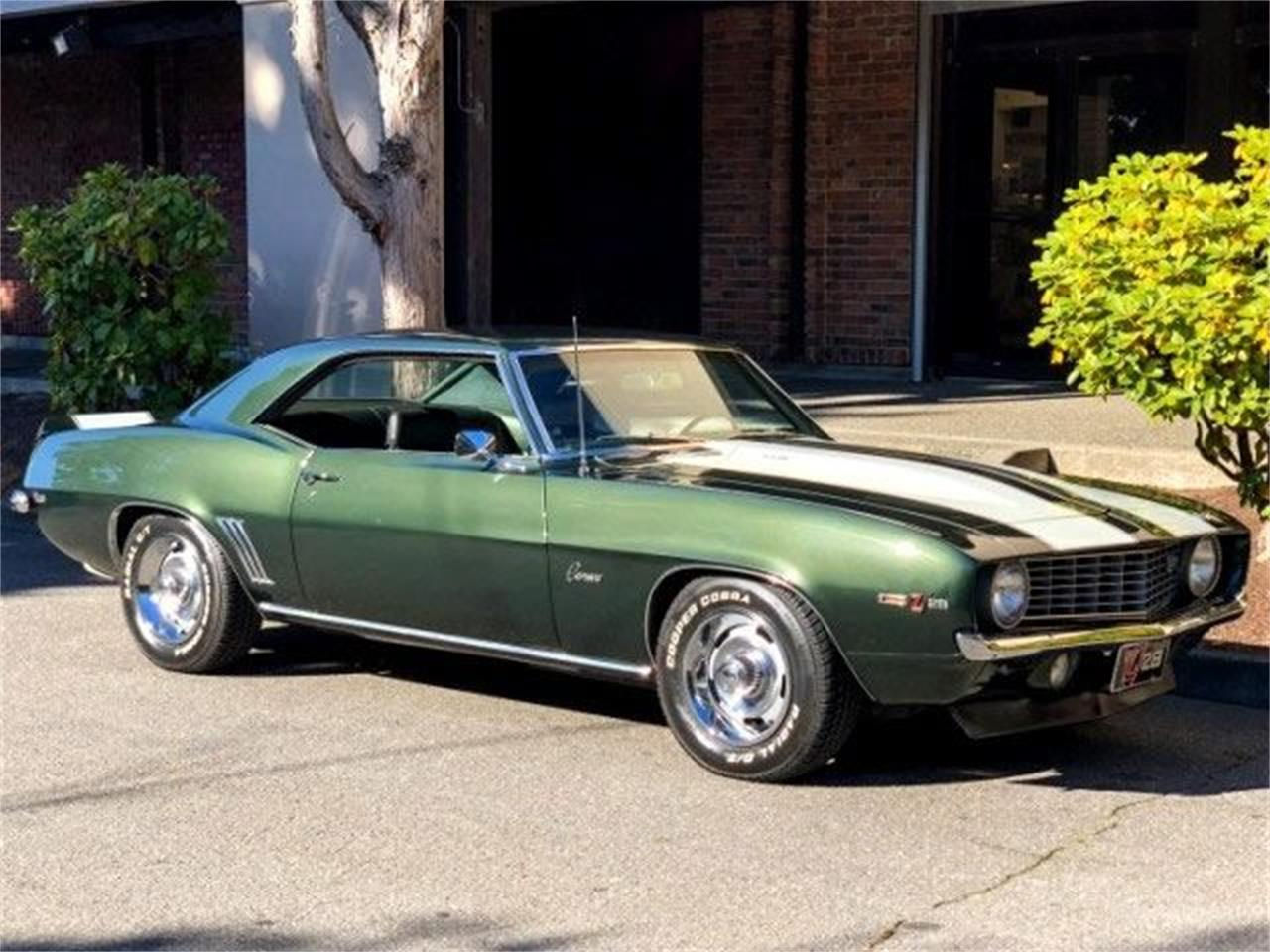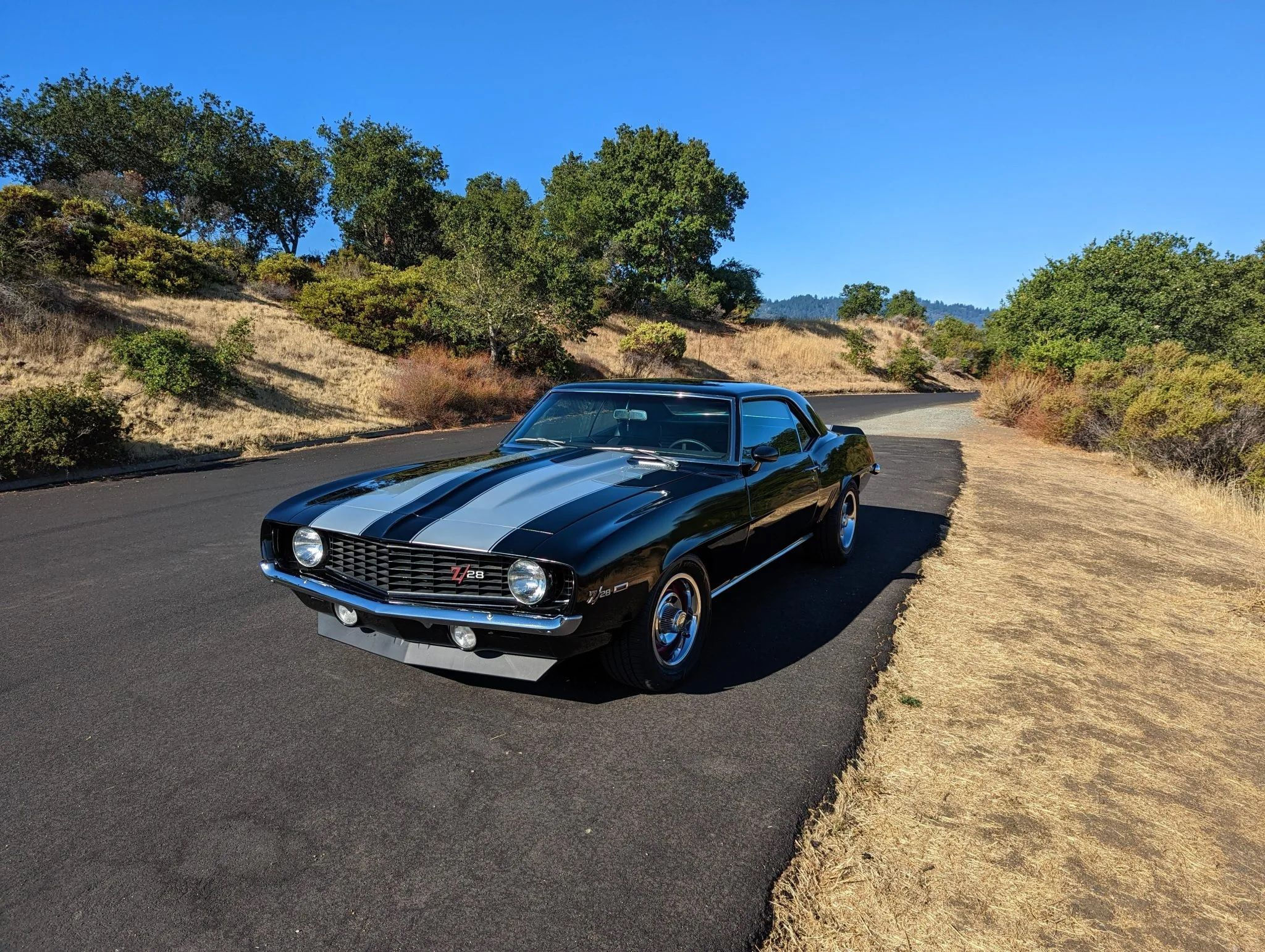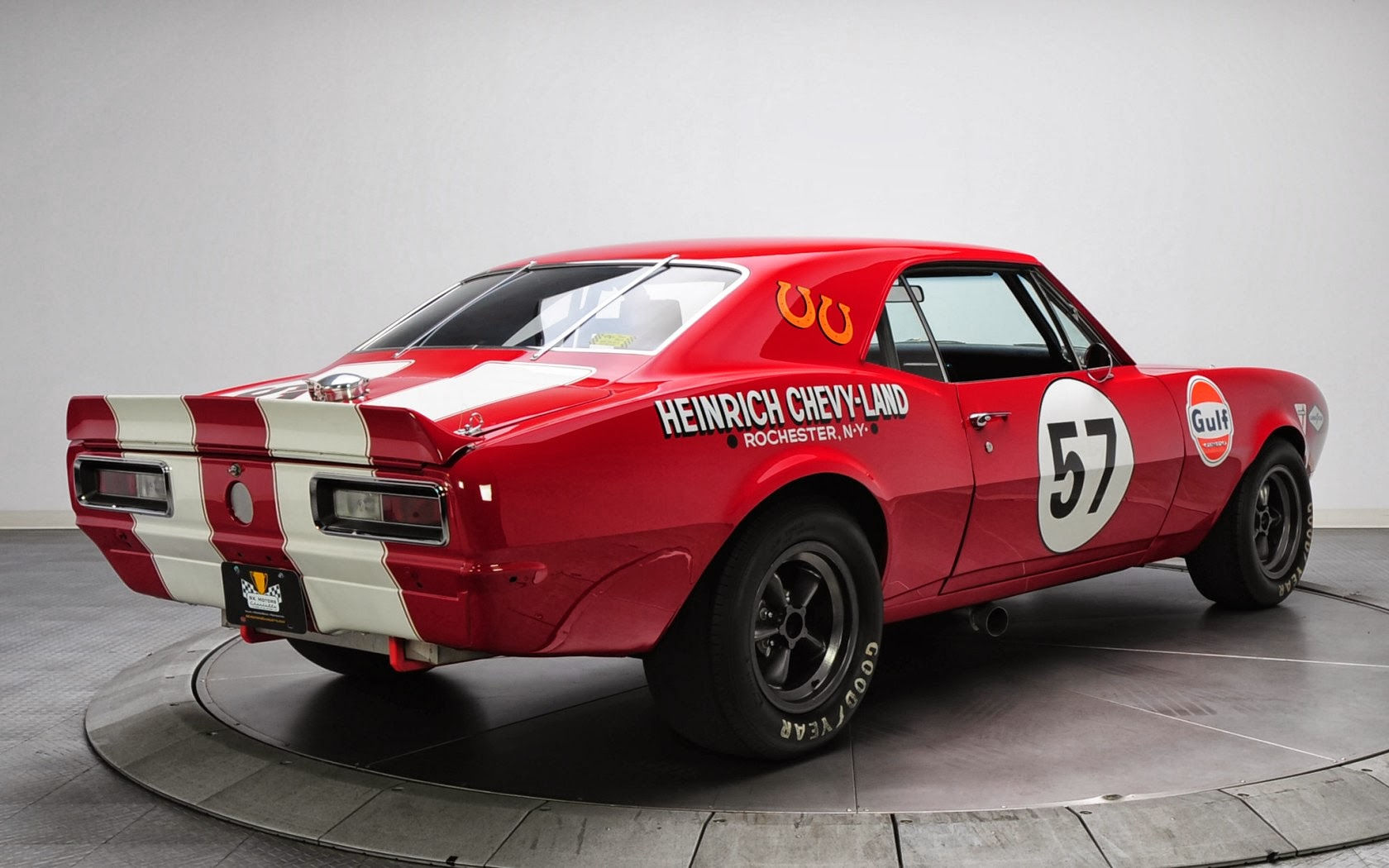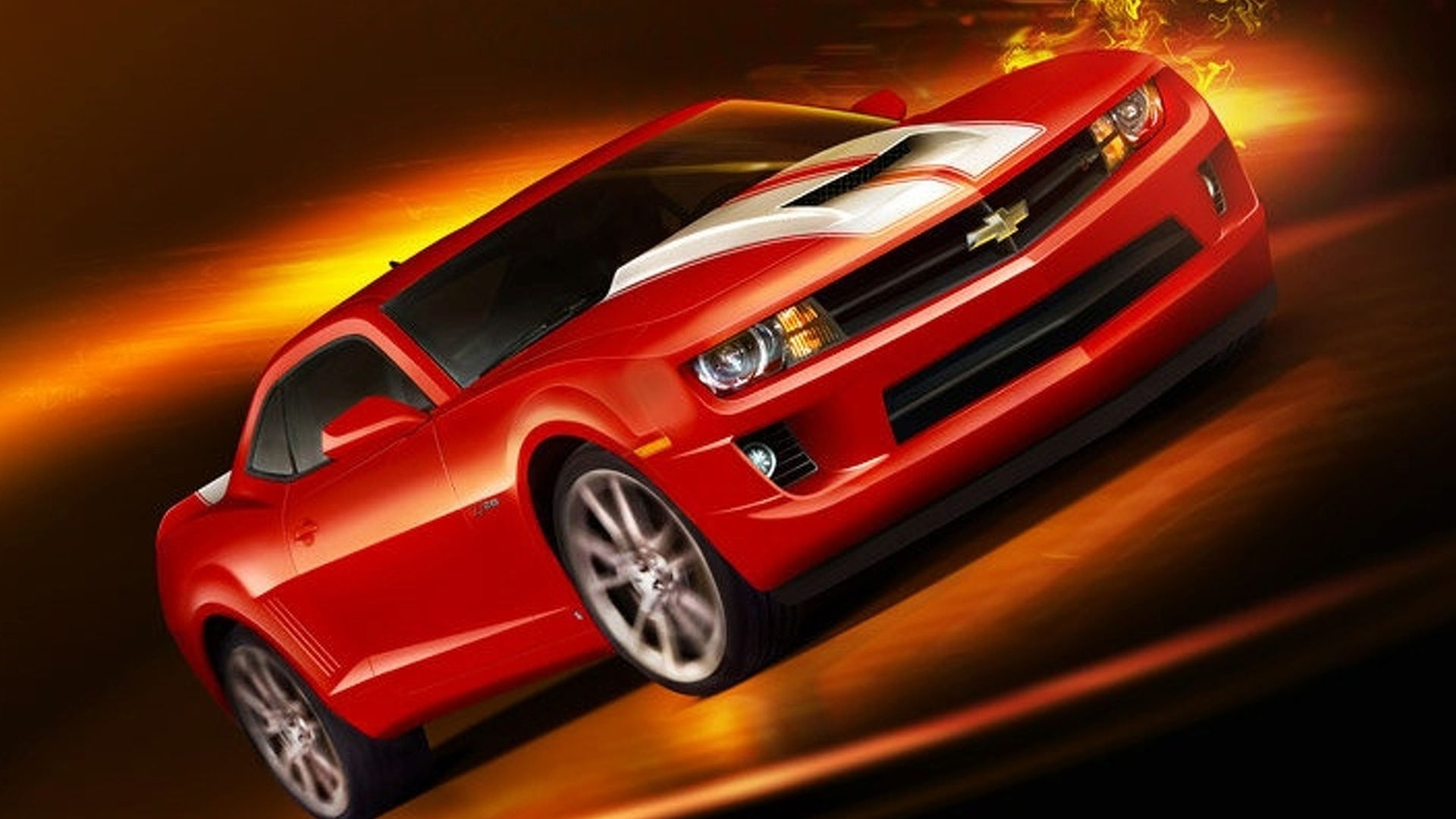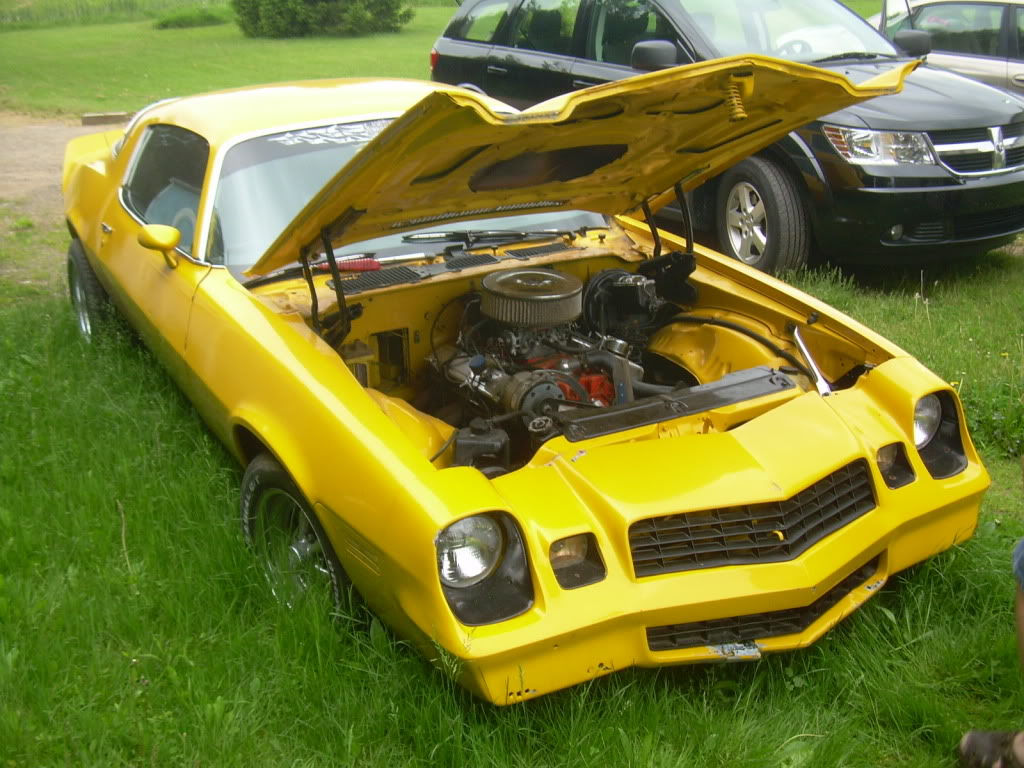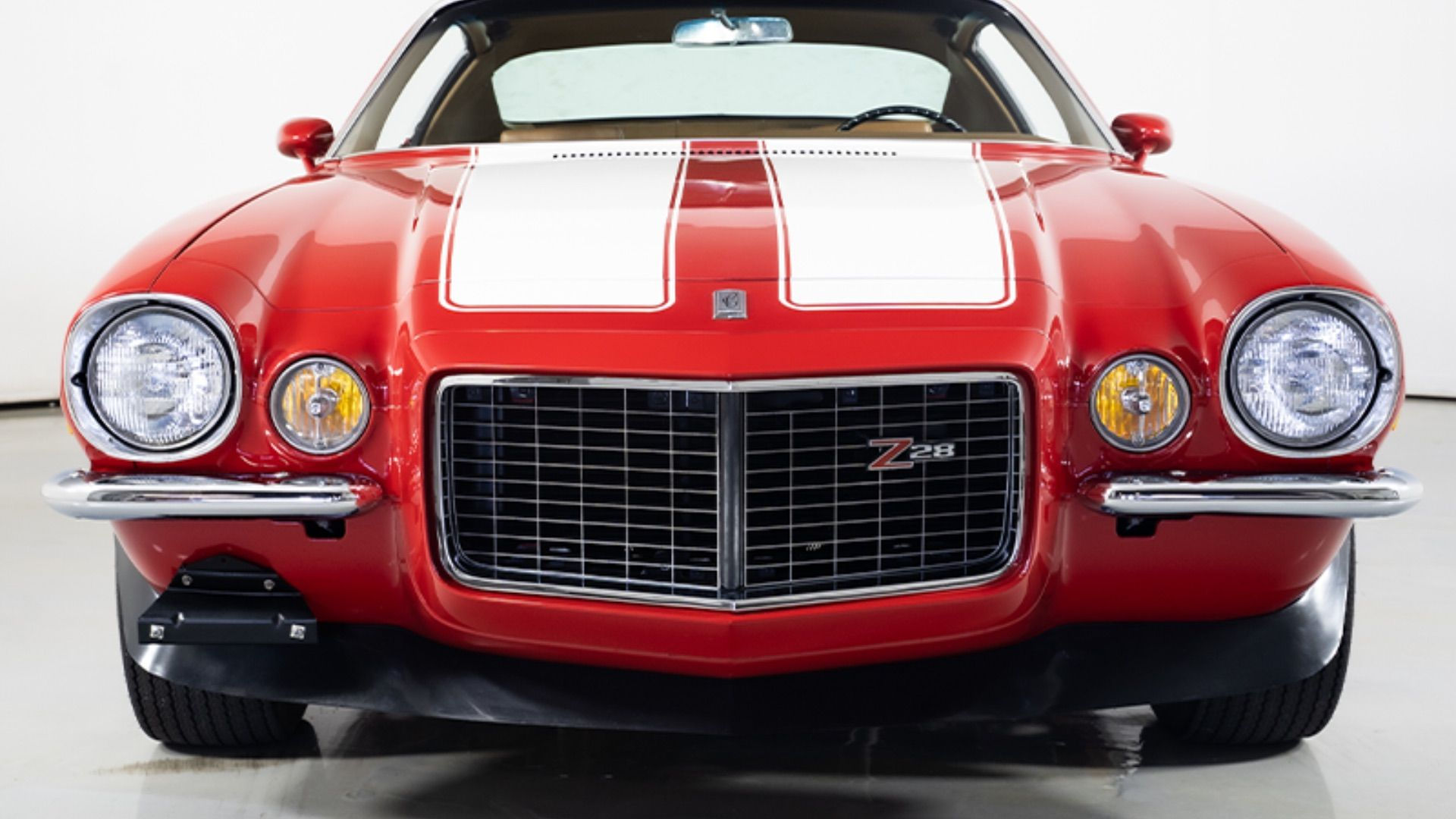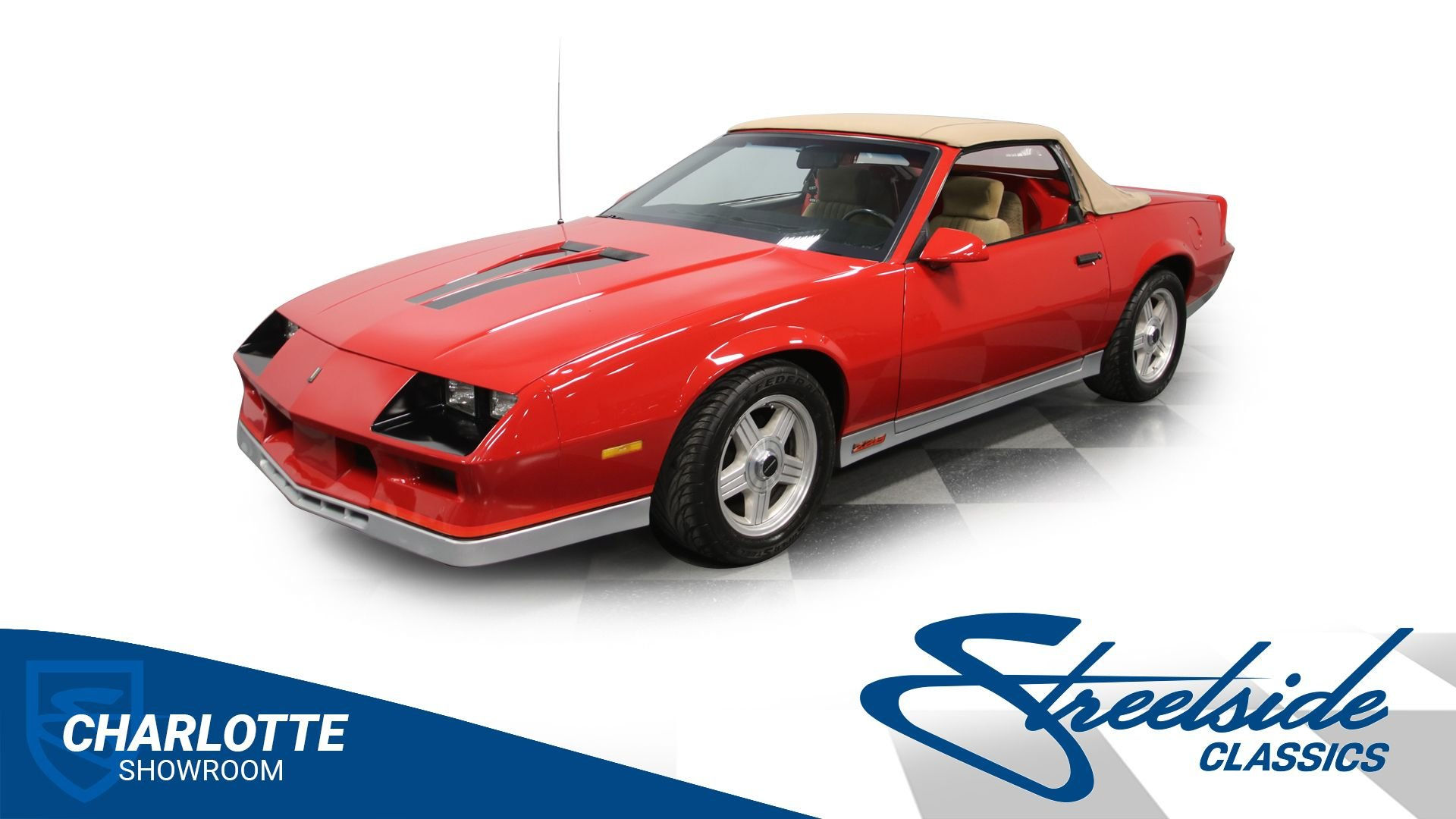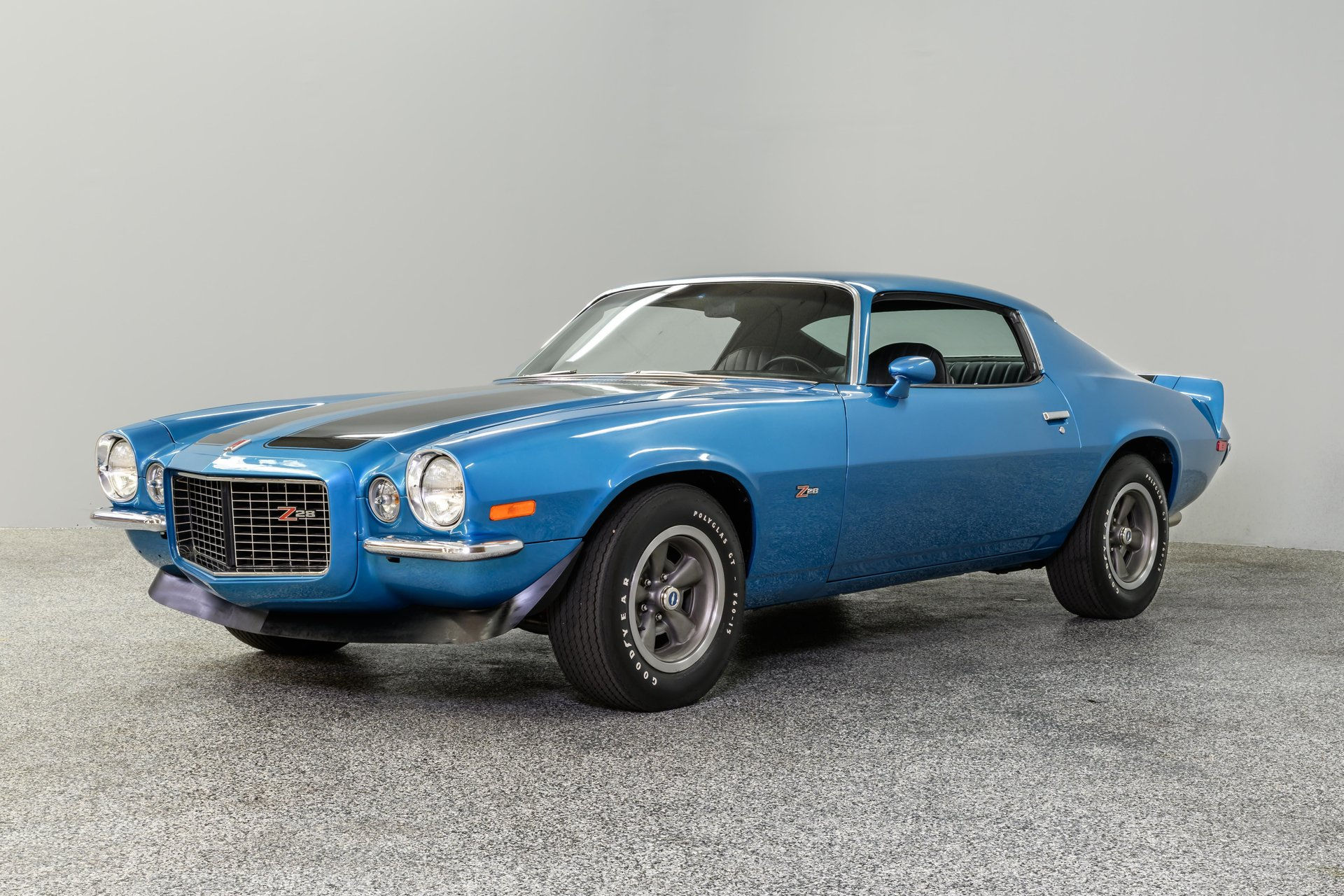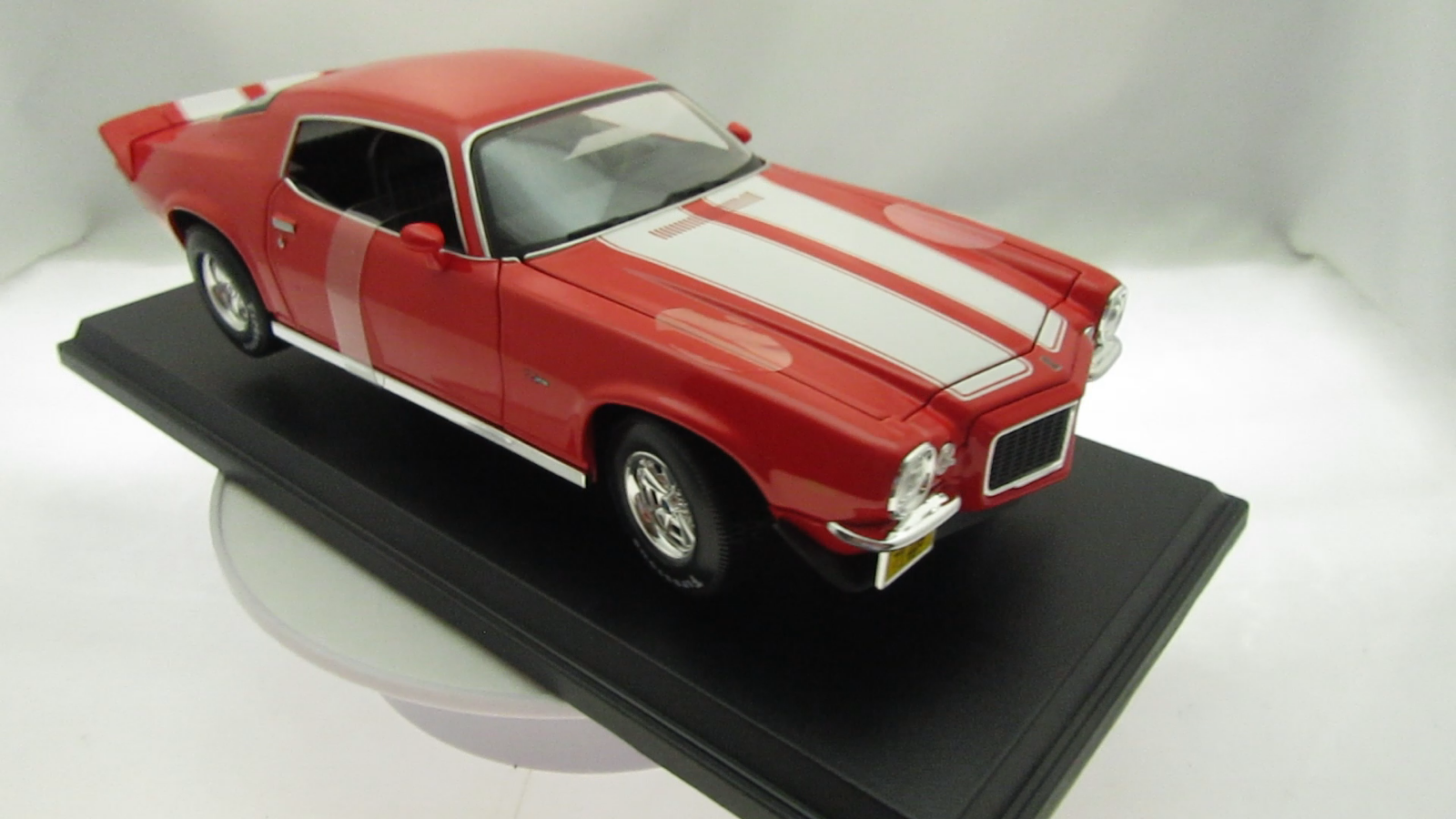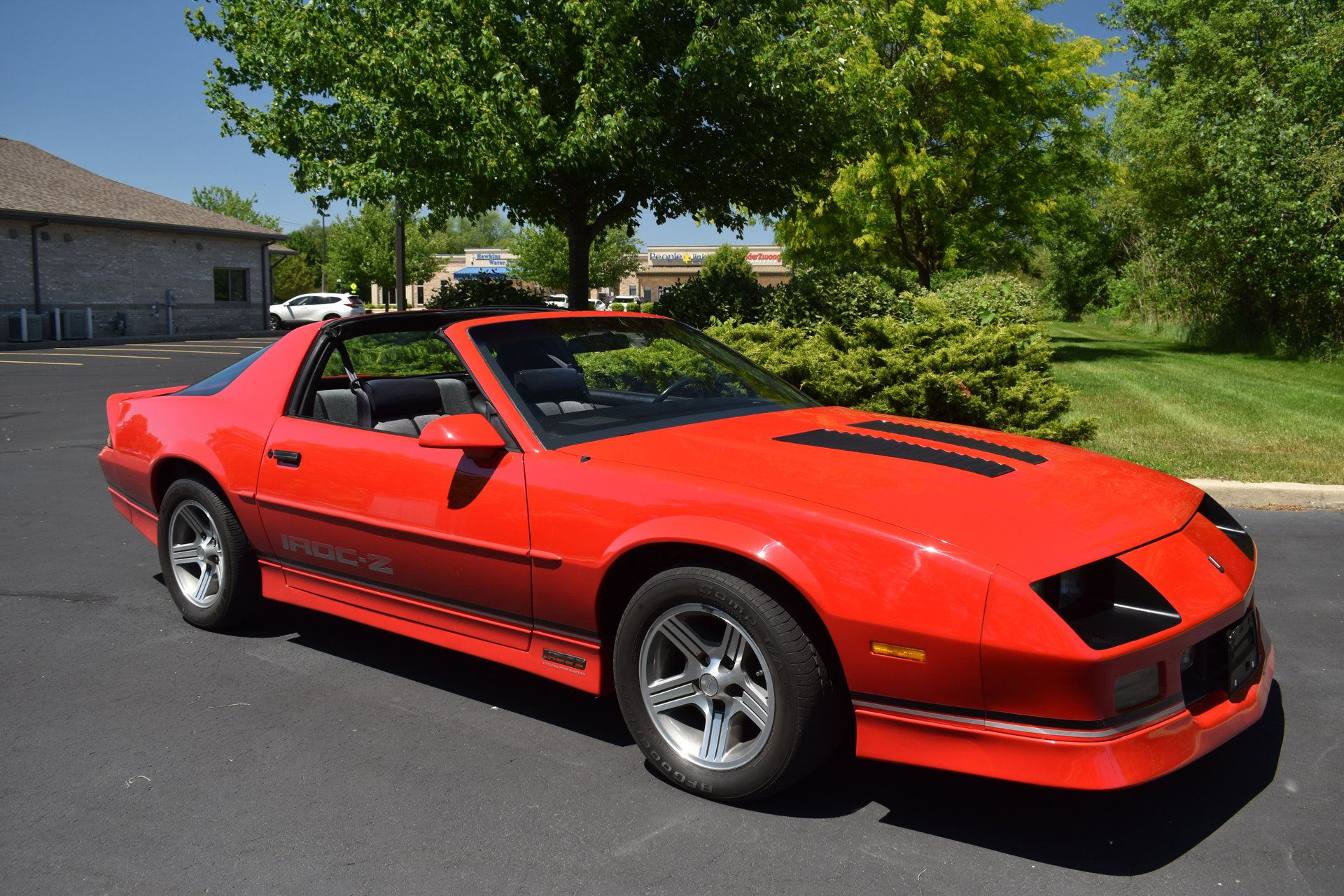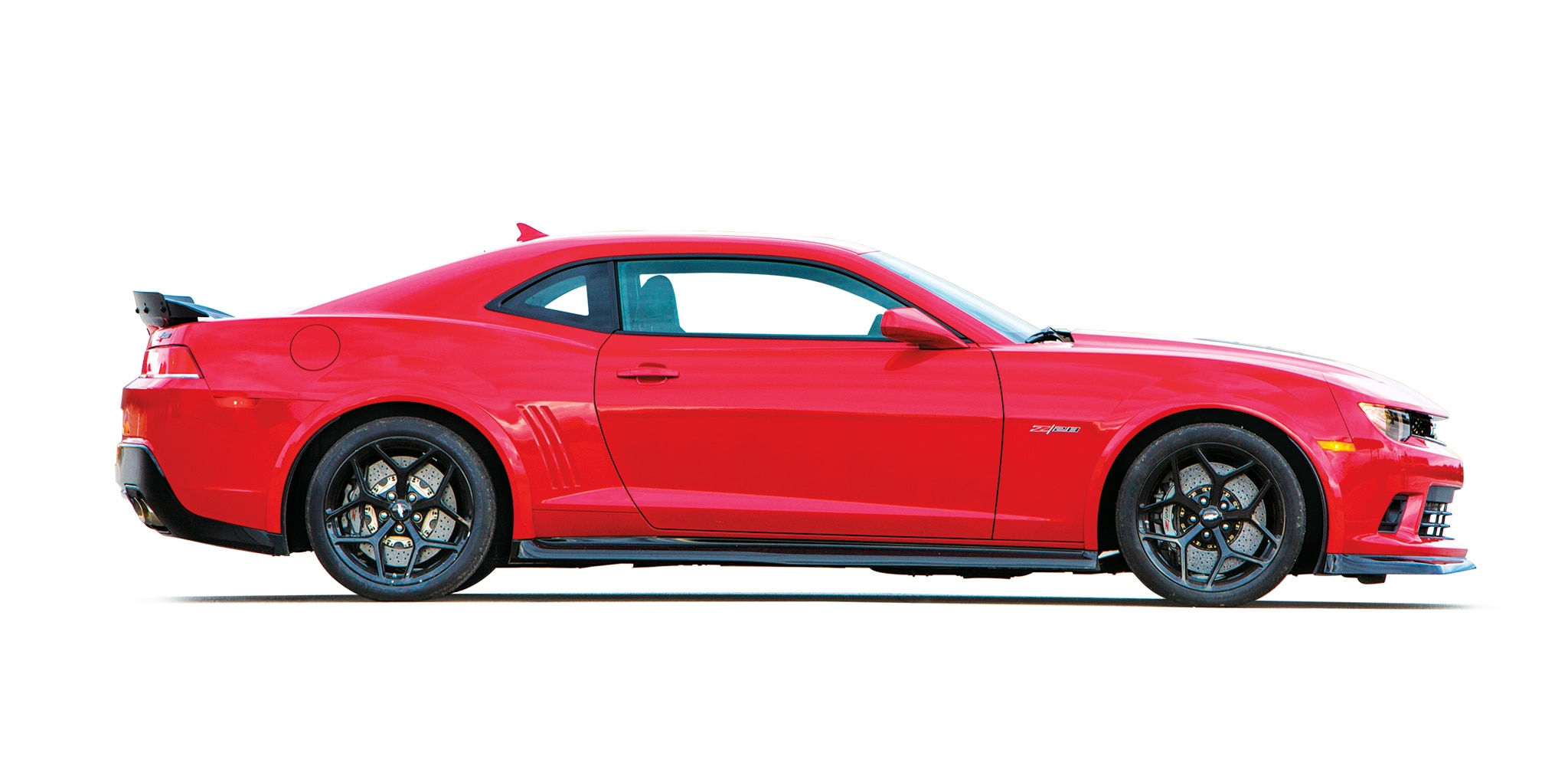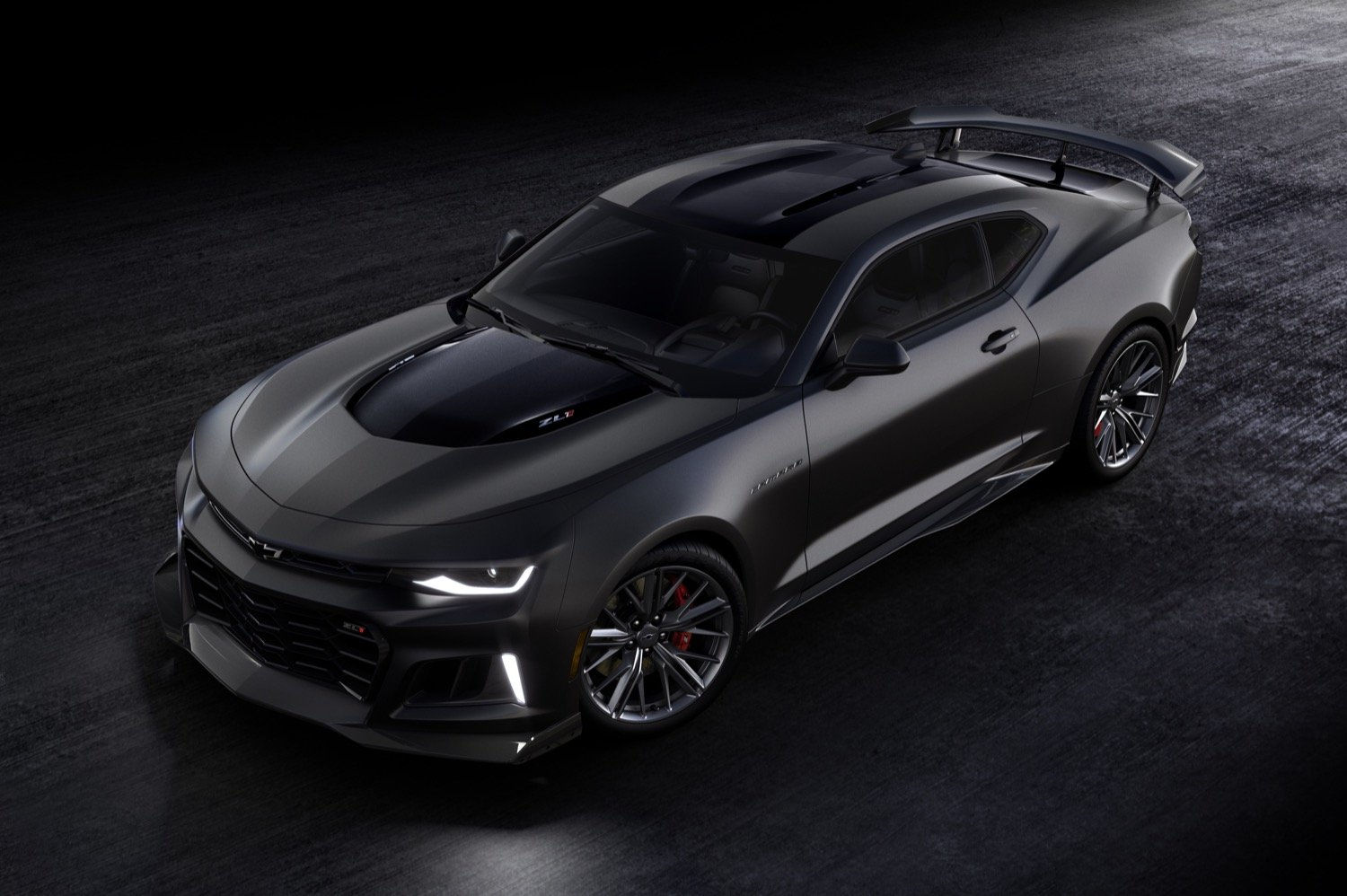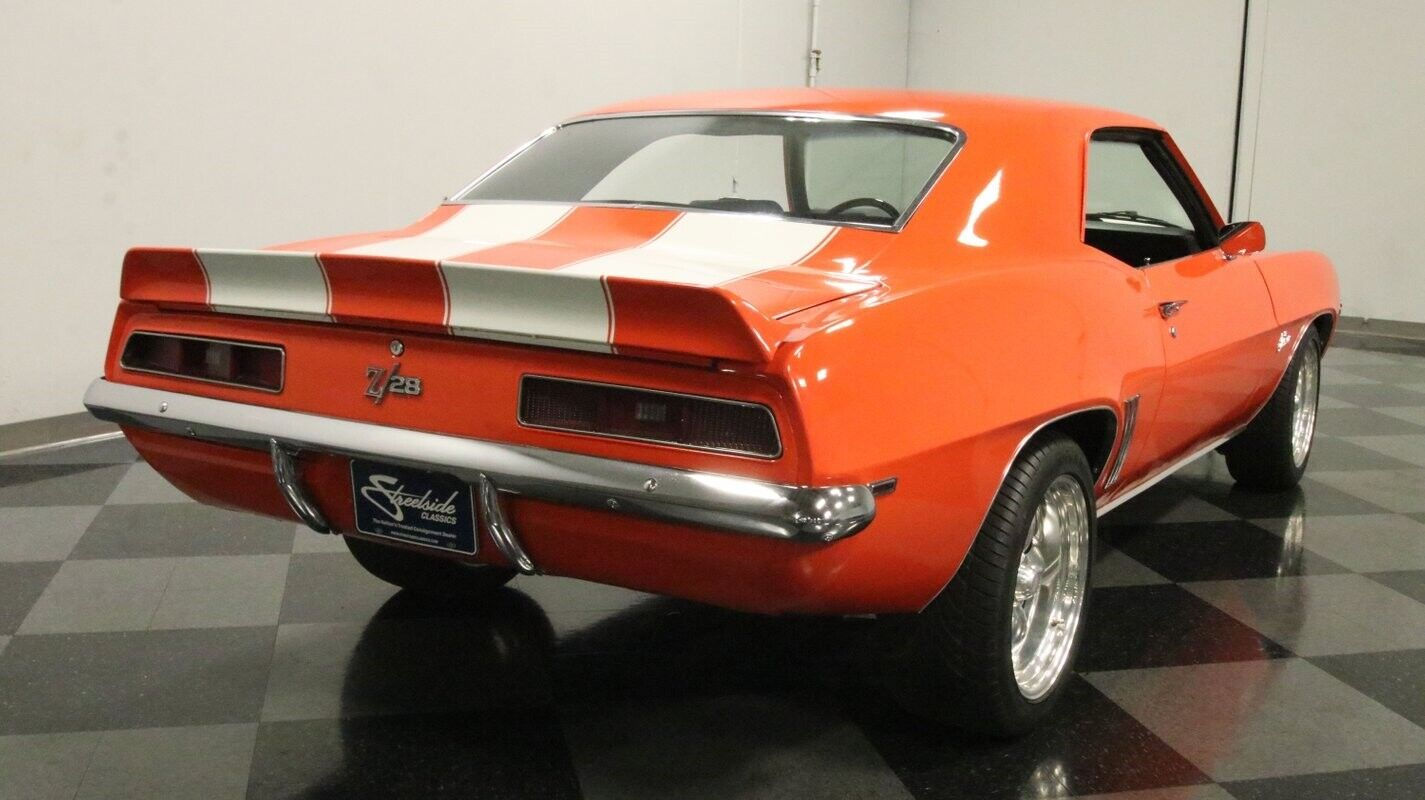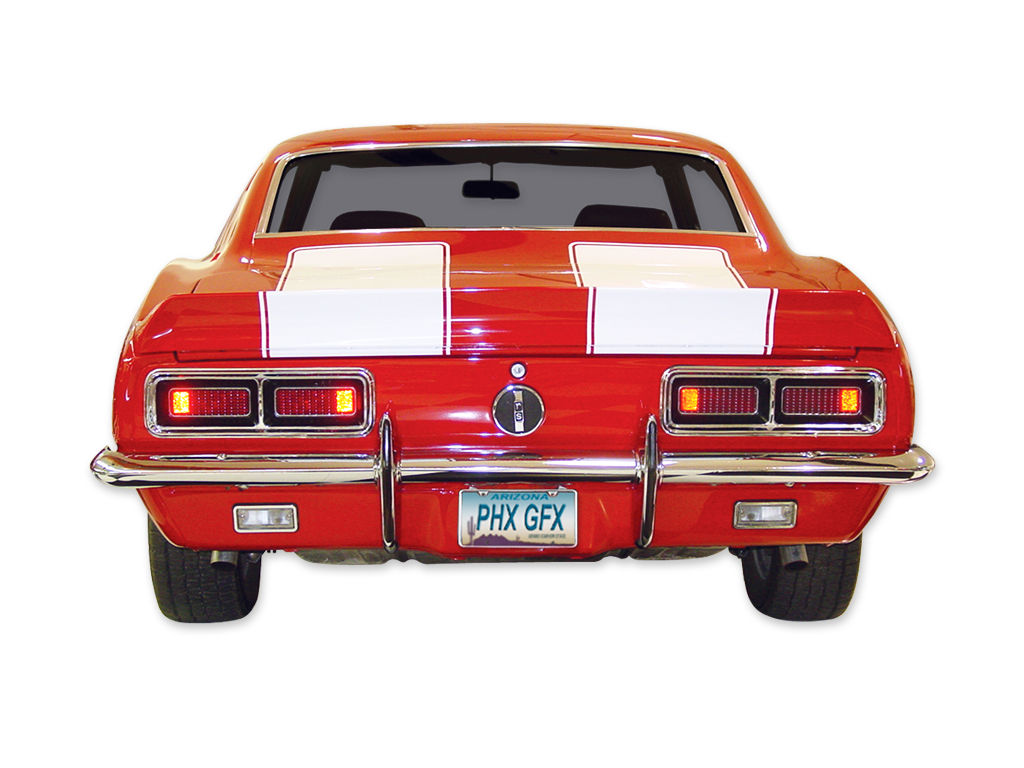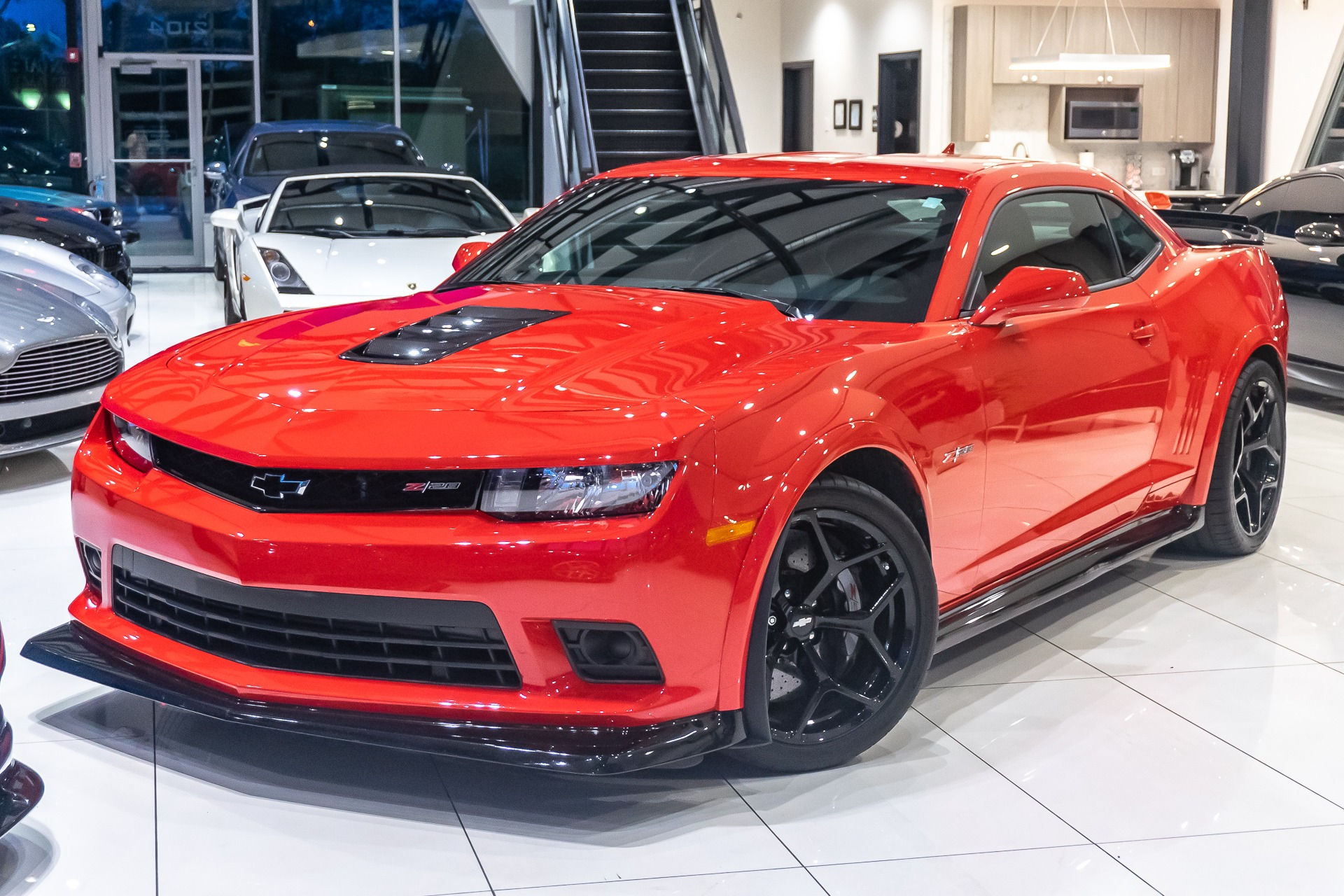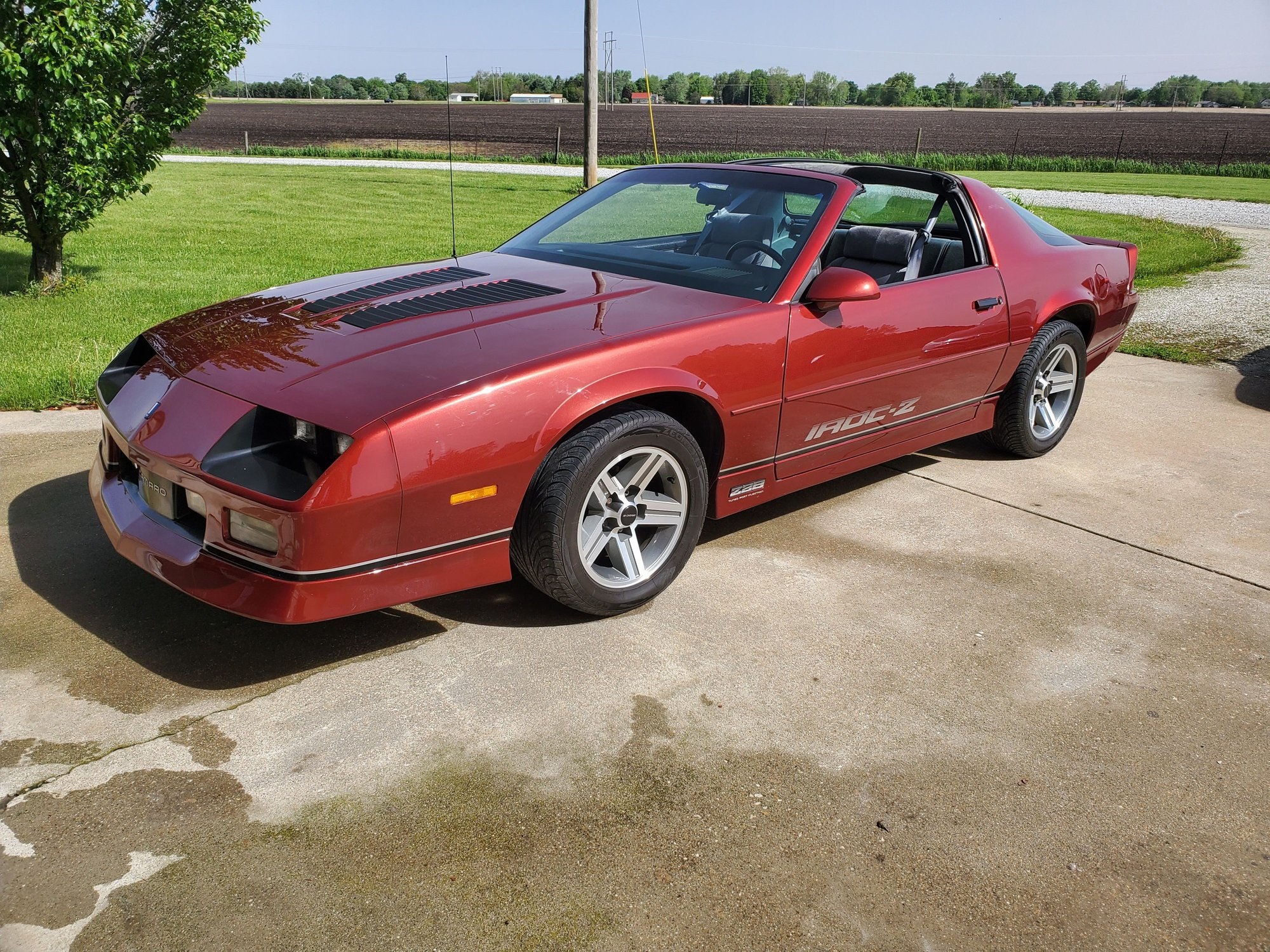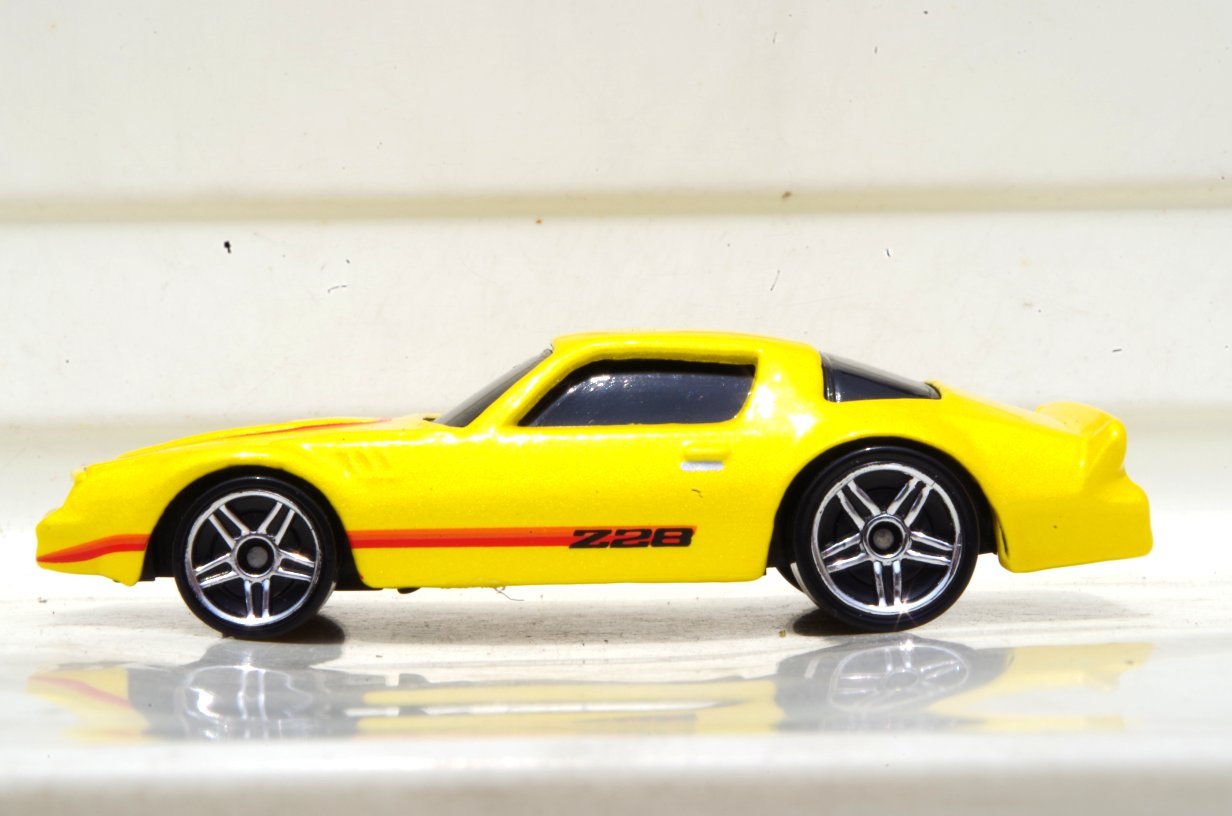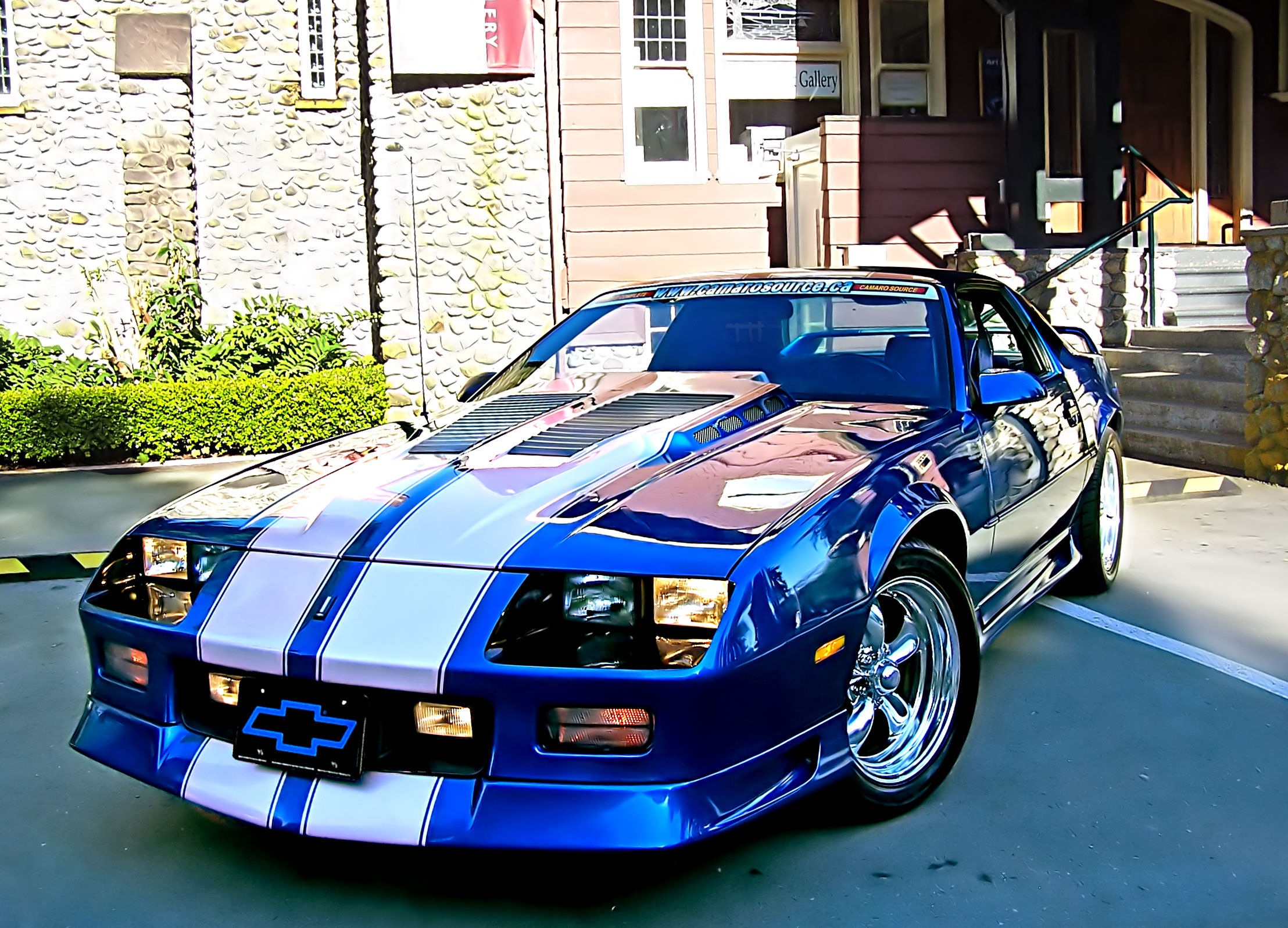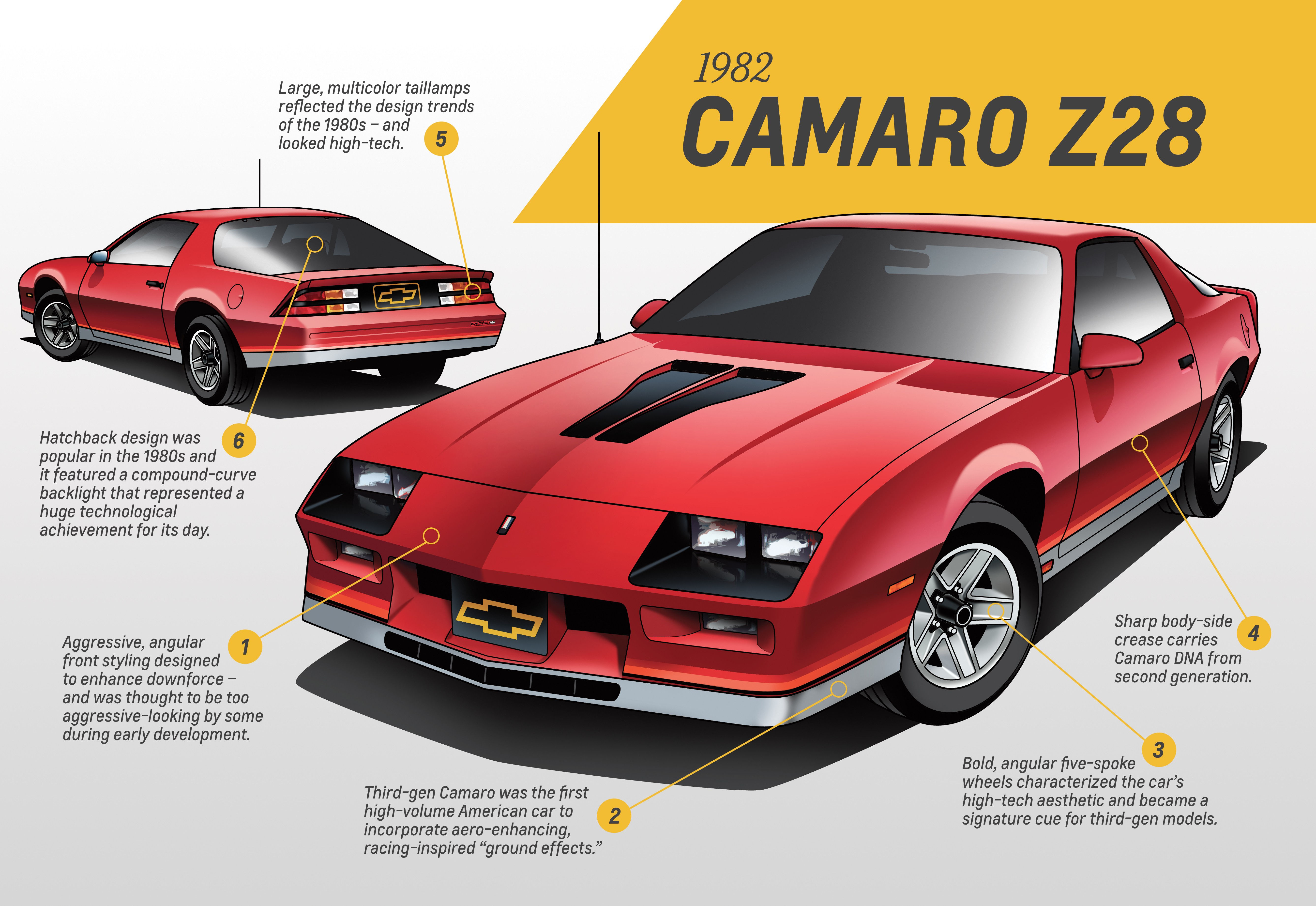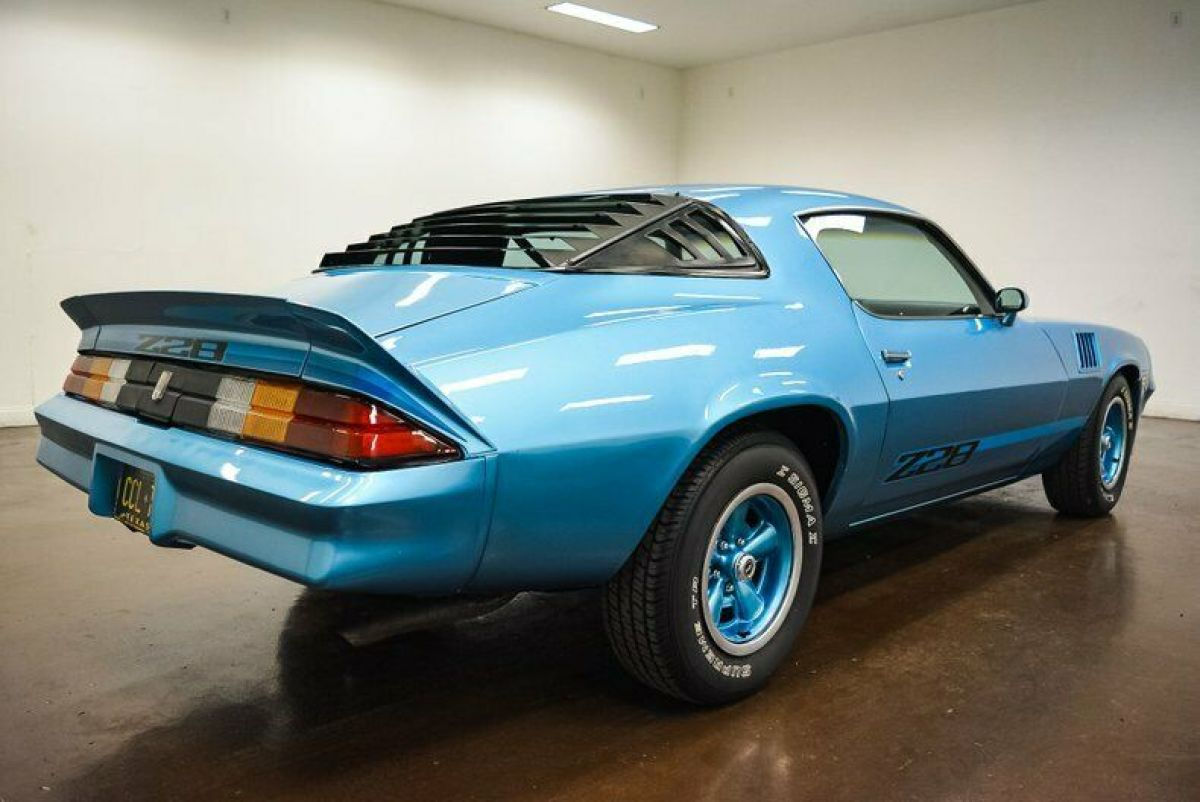The Allure of the '79 Camaro: A Modeler's Dream Unveiled
The image presents a compelling tableau for any enthusiast of classic muscle cars and model building: a Revell kit of a 1979 Chevrolet Camaro Z-28 nestled beside a Hot Rod Magazine, and complemented by a vibrant red diecast Camaro. This seemingly simple arrangement speaks volumes about passion, nostalgia, and the enduring appeal of automotive icons. Let's delve into the details and explore the stories woven within this photographic vignette.
The Star of the Show: The '79 Camaro Z-28
The centerpiece is undeniably the Revell model kit of the 1979 Camaro Z-28. This particular year holds a significant place in Camaro history. Following a period of stylistic evolution, the second-generation Camaro (1970-1981) reached its zenith in terms of performance and aesthetics in the late 1970s. The '79 model, depicted in the kit’s vibrant yellow livery, epitomized the powerful yet refined muscle car of the era. Its box art, bursting with energy, captures the essence of the car's aggressive stance and sporty lines. The details on the box – the emphasis on "Z28," the subtle highlighting of the car's features, even the inclusion of a palm tree-lined road – all contribute to a compelling narrative of sunny California cruising. This wasn't just a car; it was a symbol of freedom, power, and youthful aspiration.
The choice of Revell as the manufacturer is also noteworthy. Revell, a long-standing name in the model kit industry, has a reputation for accuracy and detail. Selecting a Revell kit implies a commitment to quality and a desire for a meticulously crafted replica. It speaks to the modeler's appreciation for the intricacies of the build process and the satisfaction of bringing a legendary car to life, piece by piece.
The Supporting Cast: Hot Rod Magazine and the Diecast Camaro
The presence of the Hot Rod Magazine, specifically the “Musclecar” edition, adds another layer to the scene. Hot Rod magazine has been a cornerstone of automotive culture for decades, chronicling the evolution of hot rods, muscle cars, and custom vehicles. The inclusion of this magazine suggests a broader interest in the world of American performance cars, going beyond just the Camaro itself. It hints at a deeper dive into the history and modification of these automotive icons, a fascination with their mechanics, their design, and their cultural impact.
The red diecast Camaro, small but striking, acts as a counterpoint to the larger model kit. It's a representation of instant gratification – a ready-made replica, capturing the car's form without the labor of construction. This juxtaposition highlights a fundamental dichotomy in the hobby: the meticulous crafting involved in building a model kit versus the immediate satisfaction of owning a pre-assembled miniature. It could represent different stages of a collector's journey or perhaps two different approaches to appreciating the Camaro’s legacy.
The Narrative: A Story Unfolding
The image, beyond its literal representation, hints at a story. We might imagine a passionate modeler, surrounded by his collection of automotive magazines and tools, eagerly anticipating the construction of his '79 Camaro Z-28. Perhaps this is a tribute to a cherished memory – a ride in a similar car from his youth, a dream car long desired, or maybe an homage to a specific period of American automotive history.
The red diecast car could be a smaller, more readily available version that the modeler uses as a point of reference during the construction of the Revell kit, or perhaps a "preview" of what the finished product might look like, or even a "companion piece" in a growing collection of Camaros. The scene becomes almost like a still life, a quiet moment of contemplation and dedication to a cherished hobby.
Beyond the Image: The Broader Significance
This image transcends its subject matter. It’s a window into the world of model building, a hobby that requires patience, precision, and a deep appreciation for detail. It's a testament to the enduring appeal of classic American muscle cars, their continued relevance in our cultural consciousness, and the enduring fascination with their history.
Furthermore, the image speaks to a deeper appreciation for craftsmanship. Whether it's the meticulous work involved in producing the model kit, the artistry of the box art, or the engineering prowess that went into the design of the original Camaro, the image celebrates a focus on detail and a commitment to quality that often gets overlooked in our fast-paced modern world.
In conclusion, the seemingly simple image of a model kit, a magazine, and a diecast car is far richer than it first appears. It's a microcosm of automotive history, a celebration of craftsmanship, and a glimpse into the passion of a hobbyist engaged in a timeless pursuit. The scene invites us to not just observe, but to participate in the story, to imagine the build process, to reflect on the enduring appeal of these automotive icons, and to appreciate the artistry of recreating them in miniature form.

